Understanding NIST Cloud Security
NIST Cloud Security is a framework established by the National Institute of Standards and Technology (NIST), a non-regulatory United States government agency operating under the United States Department of Commerce. That sets and publishes measurement standards, including cybersecurity ones. Since its founding in 1901, NIST has been at the cutting edge of new technology, innovation, and security standards across various industries.
Role of NIST in Cybersecurity
NIST is renowned for cybersecurity policy formulation and research in the areas below:
- Cryptography: Development of encryption protocols like AES (Advanced Encryption Standard).
- Risk Management: Publishing regulations for security risk identification, estimating, and security risk management.
- Cloud Security: Developing standards for making cloud infrastructures secure in the face of rising cyberattacks.
- Compliance & Regulations: Enabling federal and private-sector organizations to meet security compliance requirements (e.g., FedRAMP, FISMA, HIPAA, and GDPR).
Why is NIST Cloud Security Important?
As more and more cloud computing adoption is made, more and more organizations store and process sensitive data in the cloud. Although cloud platforms are cost-efficient, scalable, and elastic, they are also associated with security risks such as:
Data Breaches – Sensitive information exposure due to misconfigurations or weak security controls.
Insider Threats – Misuse of access rights by employees or third-party suppliers.
Lack of Visibility – Nonavailability to monitor and keep security violations in check in the cloud.
Compliance Missteps – Failure to comply with directive policies concerning safeguarding data and privacy.
Shared Responsibility Challenges – Security duties function differently for the customer and cloud provider, creating security loopholes.
Why NIST Enhances Cloud Security
NIST cloud guidelines correct such blunders with a well-defined process by which organizations can:
1. Implement a Systemic Approach to Cloud Security
Enterprises manage security threats systematically employing appropriate security controls as applicable for cloud infrastructure per the recommendations of NIST. Some of them include:
- Access Control (AC) – Managing the authentication and authorization of the user.
- Encryption (SC) – Advanced encryption methods in the protection of information.
- Incident Response (IR) – Preparing plans of response in the event of a security threat.
- Continuous Monitoring (CM) – Identification and stopping of the threats in real-time.
Organizations can decrease risk and have the utmost security using NIST controls in the cloud business.
2. Support Organizations’ Compliance Requirements
Different sectors should adhere to industry regulatory guidelines on data protection. NIST guidelines are compliant with:
- FedRAMP (Federal Risk and Authorization Management Program) – Required CSP security standard for providing services to U.S. federal agencies.
- HIPAA (Health Insurance Portability and Accountability Act) – Offers patient health information assurance within the cloud.
- FISMA (Federal Information Security Management Act) – Requires federal agencies to have strong security controls according to NIST standards.
- GDPR (General Data Protection Regulation) – While a European directive, GDPR compliance can be simplified through the use of NIST’s risk management framework.
Businesses can then trace their security practice back to these demands of laws and regulations by adhering to NIST guidelines and thereby avoid fines and lawsuits.
“You might like to explore: Hippa Penetration Testing and GDPR Penetration Testing to ensure your systems meet regulatory standards“
3. Provide a Risk-Based Framework to Assess Threats
NIST promotes a risk-based strategy for cybersecurity, where organizations:
- Identify assets and sensitive data held in the cloud.
- Assess possible threats and vulnerabilities.
- Implement security controls to mitigate risks.
- Monitor security posture on an ongoing basis.
- Respond and Recover in case of a security incident.
This approach enables organizations to distribute security efforts based on the risk severity, preventing unnecessary security spending on non-critical measures and focusing on critical vulnerabilities.
4. Apply Consistent Security Controls Across Multiple Cloud Environments
Modern businesses often function in hybrid cloud or multi-cloud environments with the services of AWS, Microsoft Azure, Google Cloud, and local data centres. Each of these cloud vendors does have security mechanisms and compliance in place, though, creating inconsistent security policies.
NIST frameworks provide access to standardized security controls, which function across any form of cloud environment and make certain that:
Uniform security policies are being implemented on any specific cloud platform.
Security controls within hybrid cloud implementations are seamlessly integrated.
Human error and security misconfigurations are reduced.
Through compliance with NIST standards, an organization can achieve an integrated and cohesive cloud security plan regardless of which cloud service provider it’s on.
Main NIST Cloud Security Standards & Frameworks
NIST has created several frameworks to address cloud security:

A. NIST SP 800-53: Security and Privacy Controls for Federal Information Systems
This standard includes a comprehensive list of security controls for the protection of information systems. It organizes security controls into:
- Access Control (AC) – Controlling user access and authentication.
- Audit and Accountability (AU) – Logging security incidents.
- Risk Assessment (RA) – Identifying threats and vulnerabilities.
- System and Communications Protection (SC) – Securing data transmission.
Cloud service providers (CSPs) must comply with NIST SP 800-53 to meet federal security requirements.
B. NIST SP 800-37: Risk Management Framework (RMF)
It provides a risk-based approach to adding security to cloud systems. It is a six-step process:
1. Classify the system based on the sensitivity of data.
2. Select security controls from NIST SP 800-53.
3. Implement the controls in the cloud environment.
4. Assess security controls and effectiveness.
5. Approve the system for use.
6. Monitor continuously for security threats.
C. NIST SP 800-171: Protecting Controlled Unclassified Information (CUI)
This is a key recommendation for organizations that collaborate with the U.S. Department of Defense (DoD) and other federal agencies. It calls for security for non-federal organizations that hold Controlled Unclassified Information (CUI) in the cloud.
D. NIST Cybersecurity Framework (CSF)
The NIST CSF is a widely used security framework founded on five core functions:
1. Identify – Get familiar with cloud assets and threats.
2. Protect – Enforce security controls (e.g., encryption, IAM).
3. Detect – Monitor for security threats.
4. Respond – Establish incident response strategies.
5. Recover – Ensure business continuity after incidents.
E. NIST SP 800-190: Application Container Security Guide
As containerized applications (e.g., Docker, Kubernetes) are becoming popular, NIST SP 800-190 offers advice on how to secure containerized cloud environments, including image security, runtime protection, and risks of container orchestration.
NIST Cloud Security Best Practices
To follow NIST security best practices in cloud environments, organizations can follow these best practices:
A. Implement Zero Trust Architecture (ZTA)
- Adhere to the NIST SP 800-207 Zero Trust Model.
- Apply continuous authentication and authorization.
- Apply the least privileged access to cloud resources.
B. Enhance Identity & Access Management (IAM)
- Apply multi-factor authentication (MFA).
- Apply role-based access control (RBAC).
- Monitor and manage privileged accounts.
C. Encrypt Data at Rest & In Transit
- AES-256 encryption usage for data storage.
- Employ Transport Layer Security (TLS) version 1.2 or higher for data transport.
- Secure key management by using Key Management Services (KMS).
D. Asses Security Posture Regularly
- NIST SP 800-37 guidance regular risk assessment.
- Monitoring of the cloud environment at all times.
- Utilize automated security tools to perform continuous vulnerability scanning.
E. Cloud Workloads and Applications Securement
- NIST SP 800-190 guideline employment for security within containers.
- Use Web Application Firewalls (WAFs) to protect cloud-based applications.
- Regularly patch and update cloud workloads to block exploits.
F. Implement Incident Response & Recovery Plans
- Implement NIST SP 800-61 incident response planning guidelines.
- Offer automatic response programs for security incidents.
- Disaster recovery (DR) and business continuity (BC) plans should be tested regularly.
G. Implement Cloud Security Compliance Standards
- Align security policy according to FedRAMP, HIPAA, etc. guidelines.
- Periodically audit cloud providers on being NIST-compliant.
- Utilize Security Information and Event Management (SIEM) tools for real-time monitoring of compliance.
NIST Cloud Security Standards Benefits
NIST implementation of cloud security has several benefits:
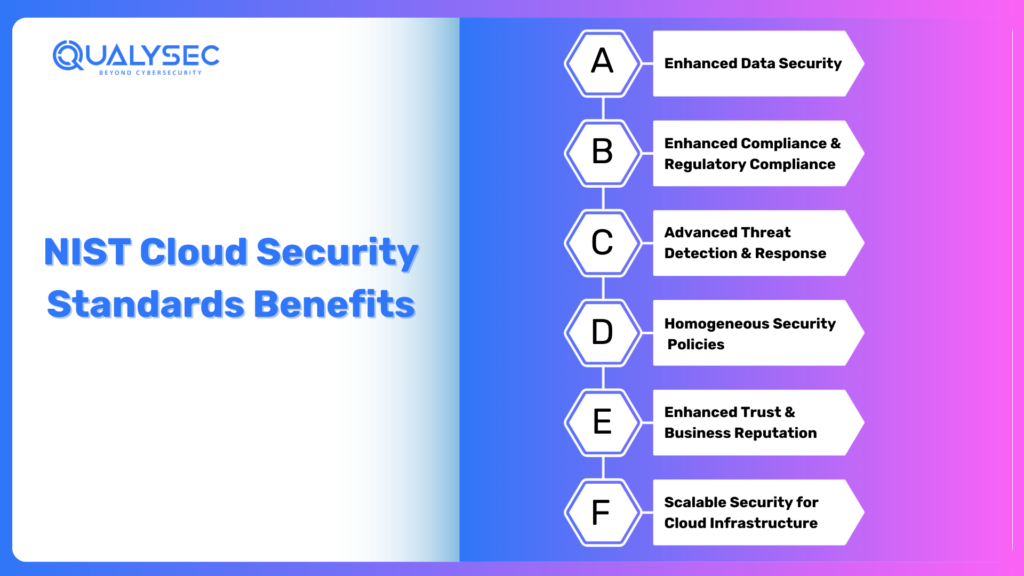
A. Enhanced Data Security
- Encryption, access controls, and risk management minimize the chance of data breach.
- Confidentiality, Integrity, and Availability (CIA) principles are implemented for safe cloud operations.
B. Enhanced Compliance & Regulatory Compliance
- NIST standards are FedRAMP, HIPAA, GDPR, and FISMA compliant, which simplifies compliance.
- Legal and contractual obligations can be attained by organizations with ease.
C. Advanced Threat Detection & Response
- Real-time detection of threats and constant monitoring are encouraged by NIST guidelines.
- Response to incidents is faster and downtime is minimal with security impact being reduced.
D. Homogeneous Security Policies
- Organizations enjoy the benefits of having an organized approach to cloud security.
- IT teams can form homogeneous policies for multi-cloud systems.
E. Enhanced Trust & Business Reputation
- Adoption of NIST-security practices increases the trust of partners and customers.
- Companies with secure cloud positions maintain a competitive edge.
F. Scalable Security for Cloud Infrastructure
- NIST frameworks enable scaling the security controls with evolving cloud environments.
- Supports safe deployment of multi-cloud and hybrid strategies.
NIST Cloud Security Challenges in Adoption
While it is worth it, NIST implementation of cloud security has challenges as follows:
A. Complexity of Adoption
- Calls for technical acumen to apply on top of existing IT infrastructure.
- Alignment of NIST controls across multiple cloud providers (AWS, Azure, Google Cloud) may be challenging.
B. SMB Compliance Burden
- Small companies can recognize a lack of resources in applying NIST frameworks to be difficult.
- Requires investment in security automation and compliance solutions.
C. Continuous Security Monitoring Needs
- The organizations require skilled security staff to monitor threats.
- SIEM and threat intelligence products can add operational expenses.
D. Multi-Cloud & Hybrid Environment Management
- Merging consistent security policies across various cloud providers can be cumbersome.
- Requires consolidation of identity, access, and security controls to multi-platforms.
Talk to our Cybersecurity Expert to discuss your specific needs and how we can help your business.
Conclusion
NIST cloud security guidelines provide a strong framework to secure cloud infrastructure, compliance, and cyber-risk reduction. Implementing best practices like Zero Trust, IAM, encryption, and monitoring can contribute substantially to enhancing the cloud security posture of an organization.
Where complexity exists, the advantages of applying NIST frameworks—more robust data security, compliance, and threat resistance—outweigh the complexity. With cloud expansion continuing, it will be crucial for organizations seeking to maintain a compliant and secure cloud.
Key Takeaway
NIST cloud security compliance is not only a best practice—it’s a necessity for organizations wishing to safeguard data, comply with regulations, and achieve long-term cloud security.

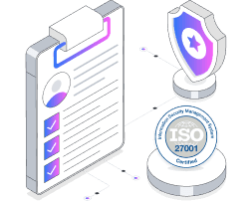
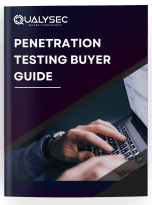


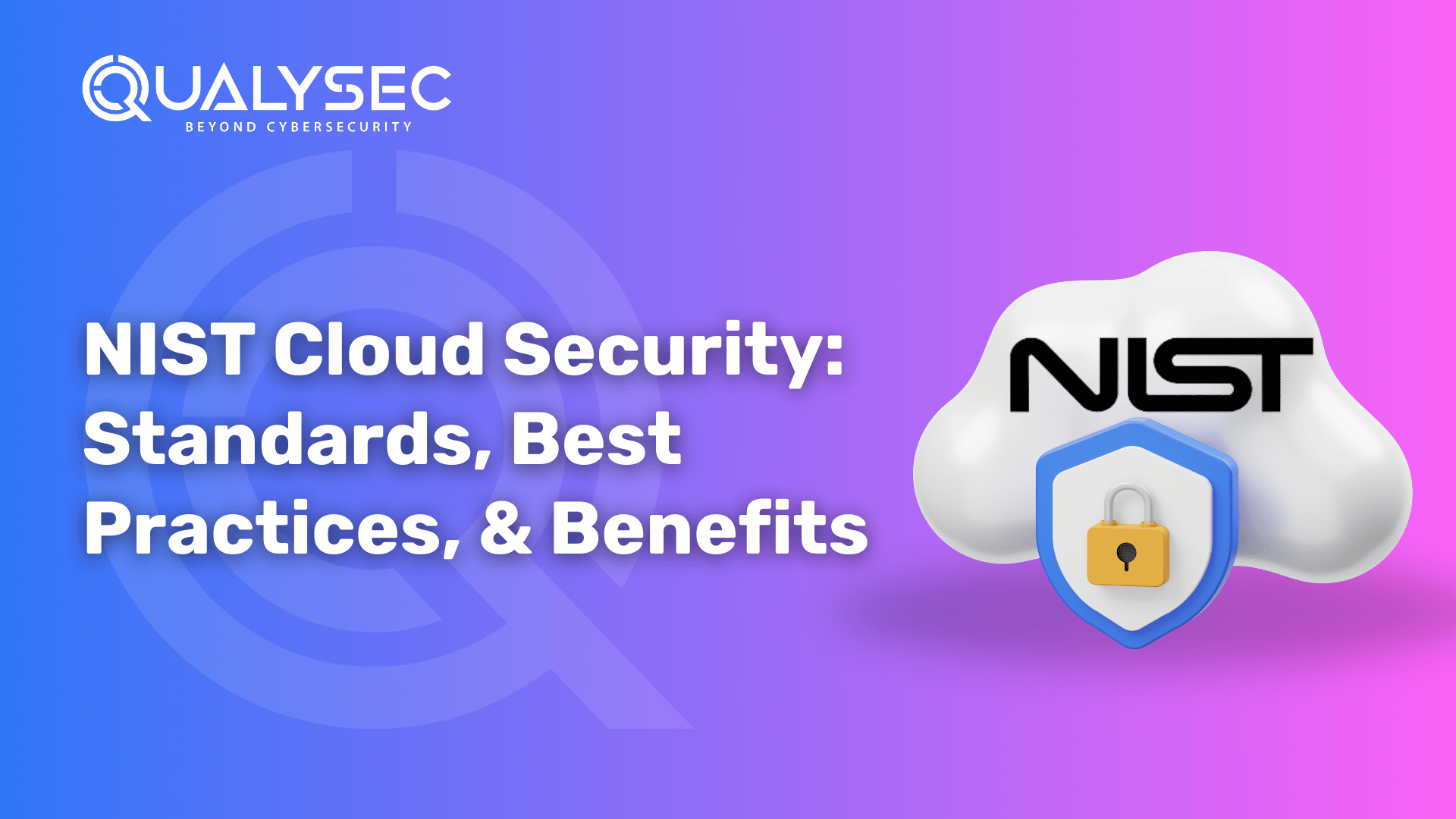



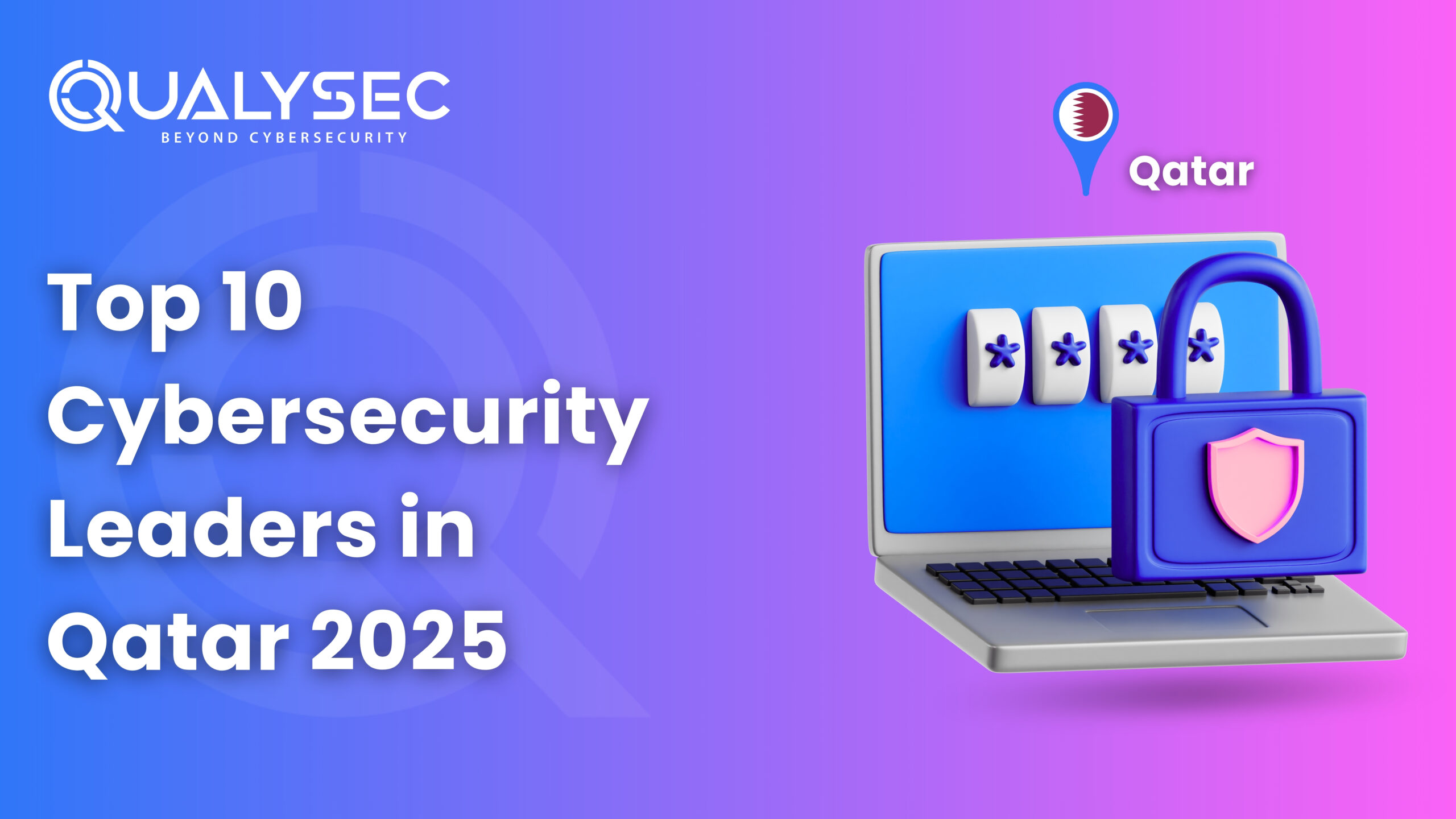
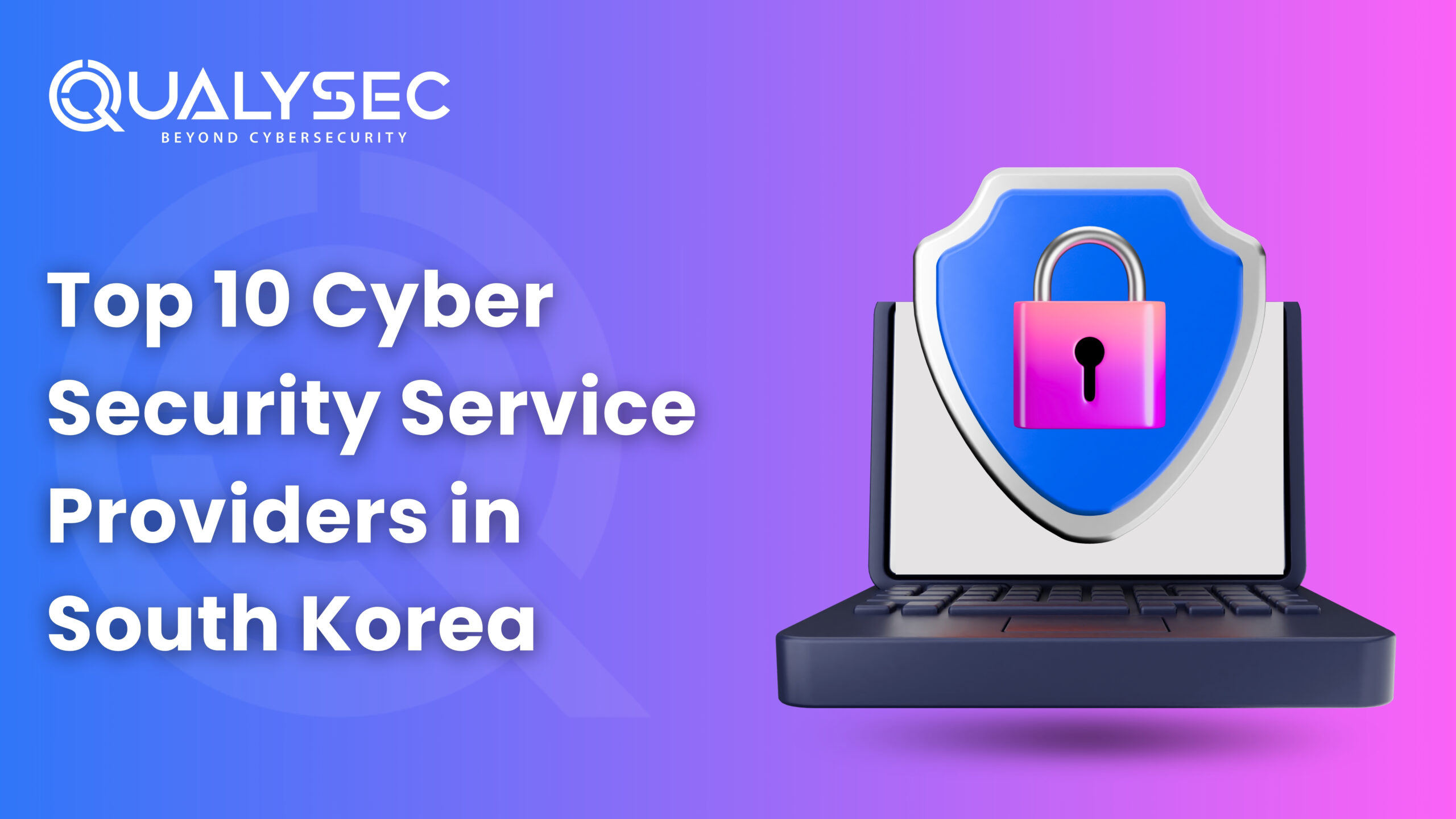
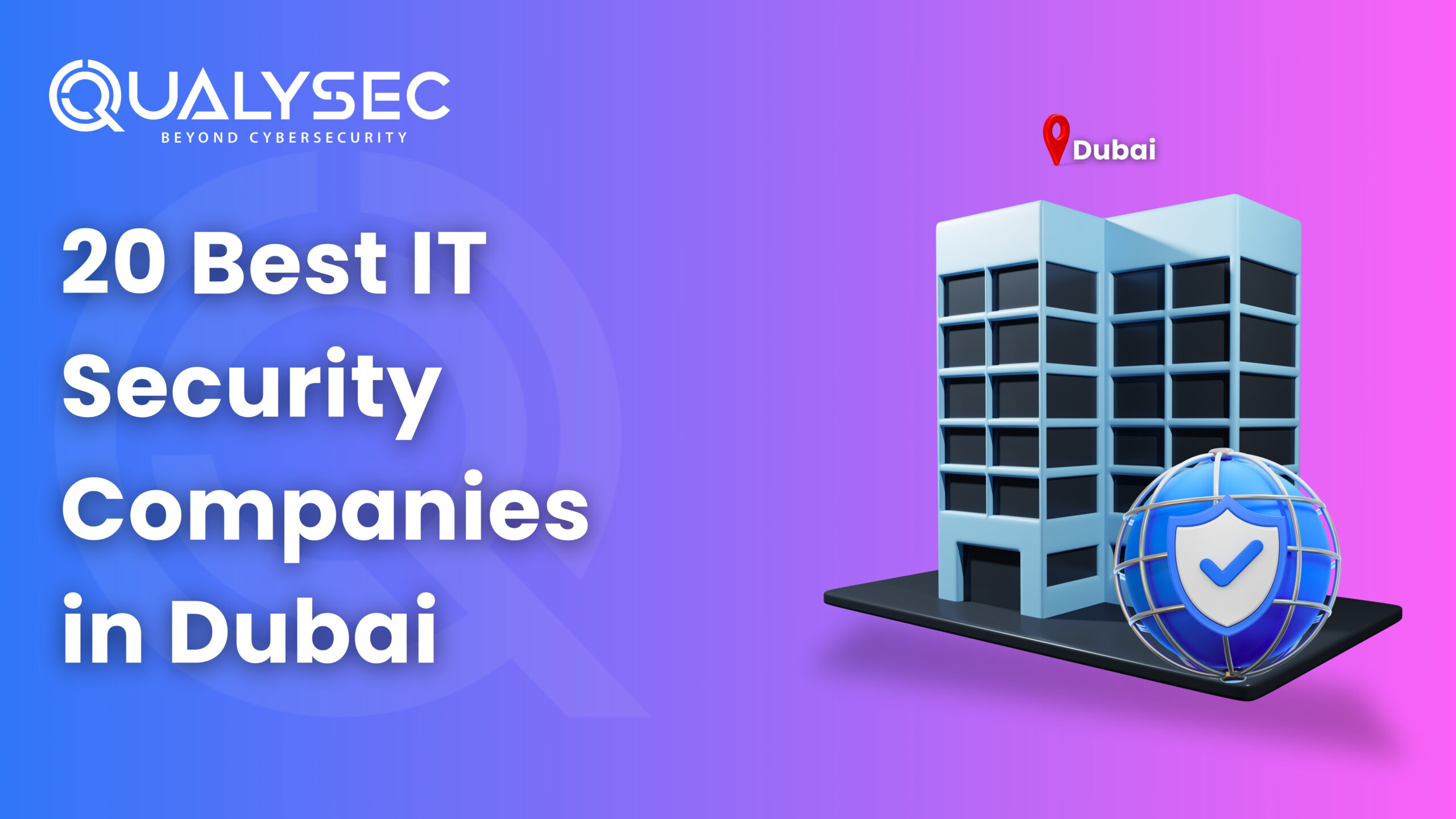
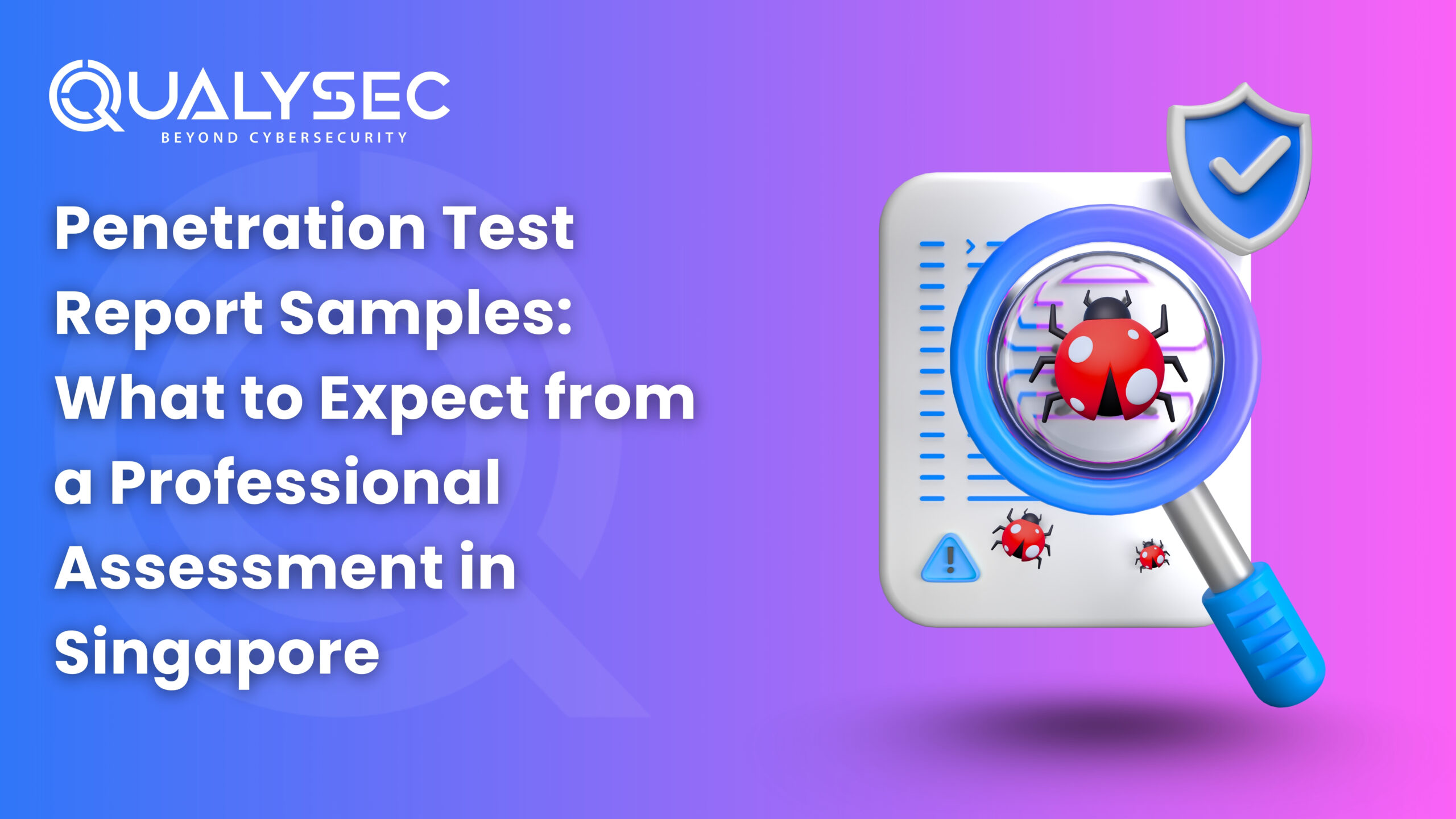
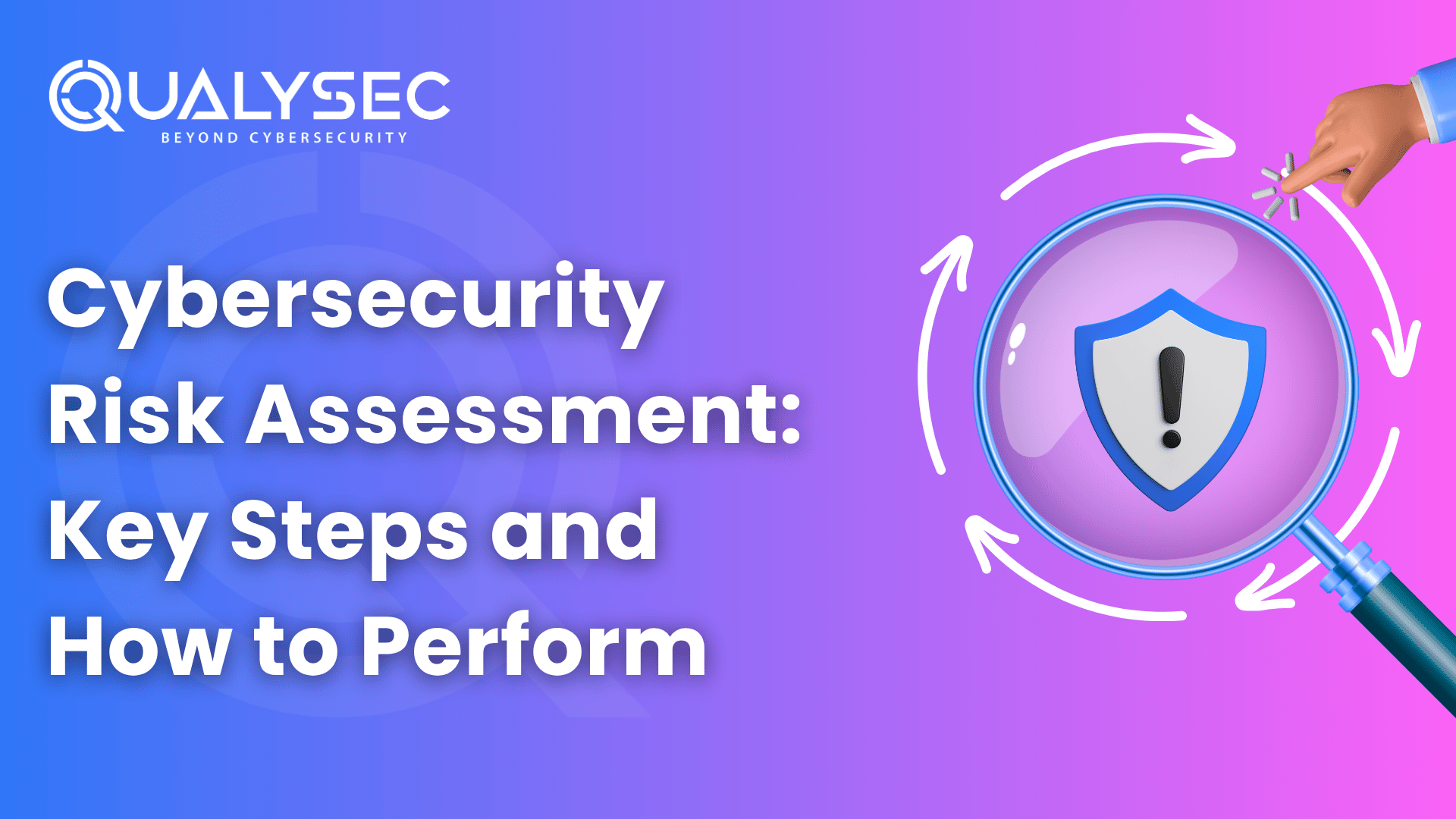
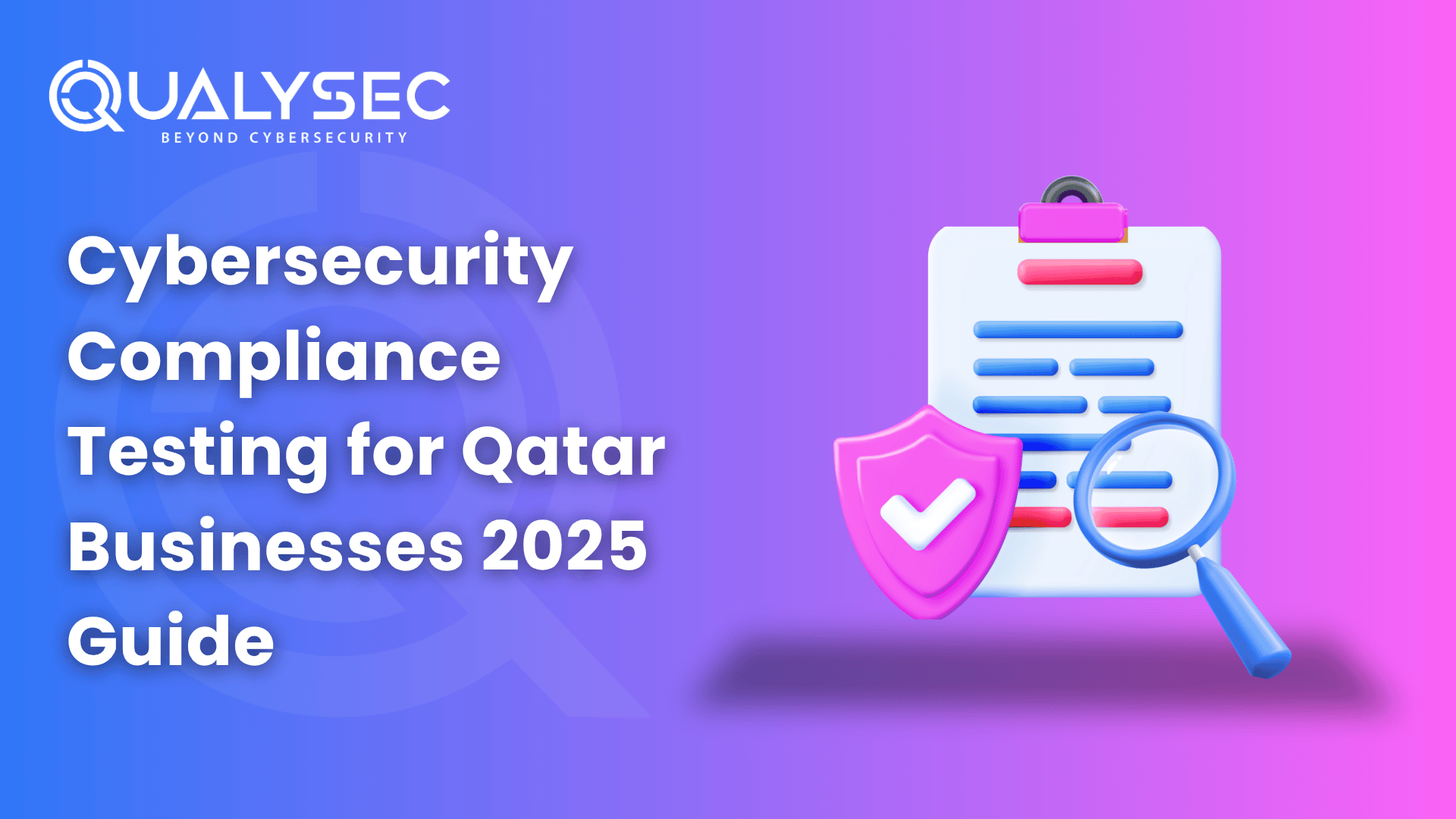
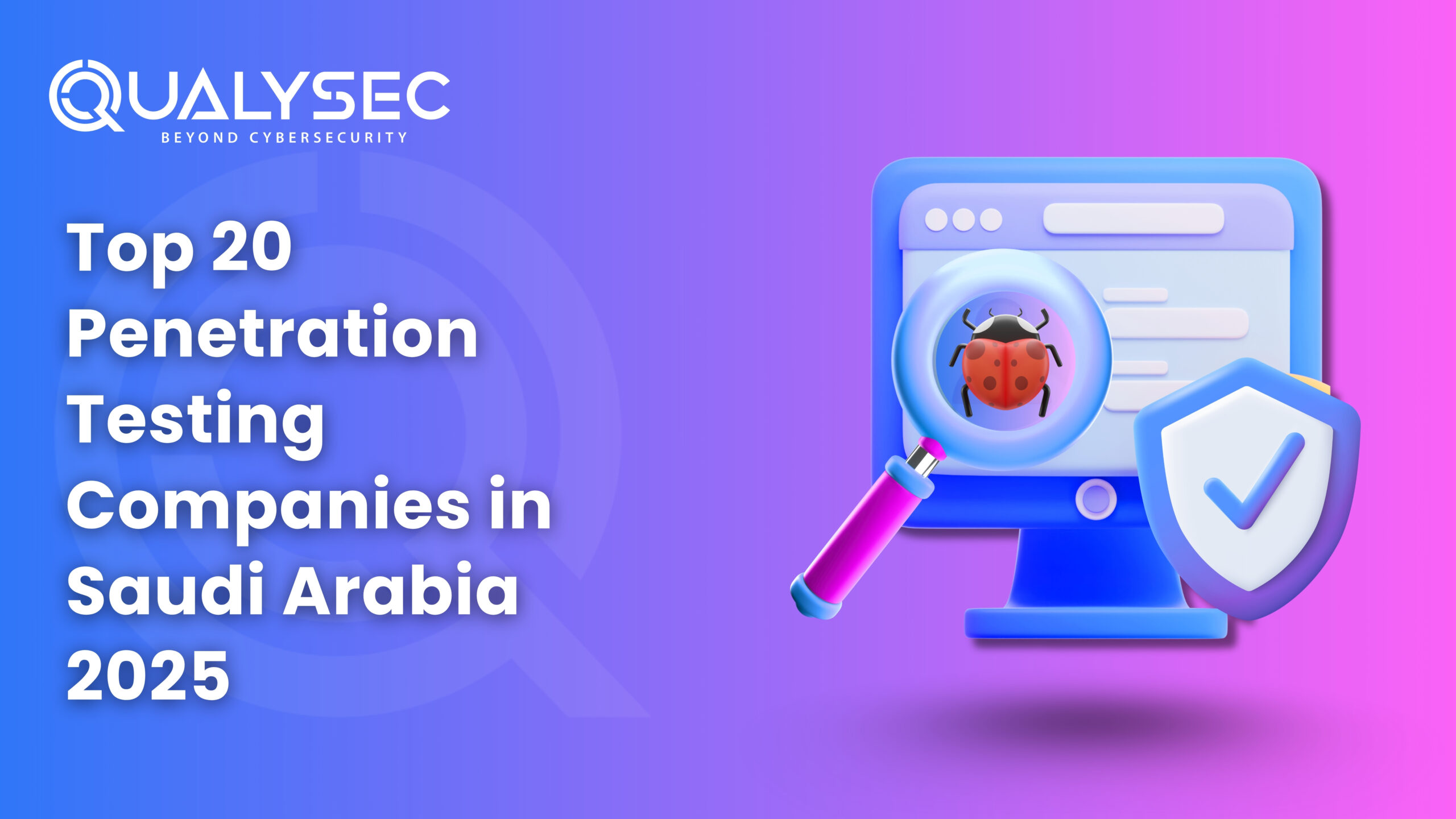
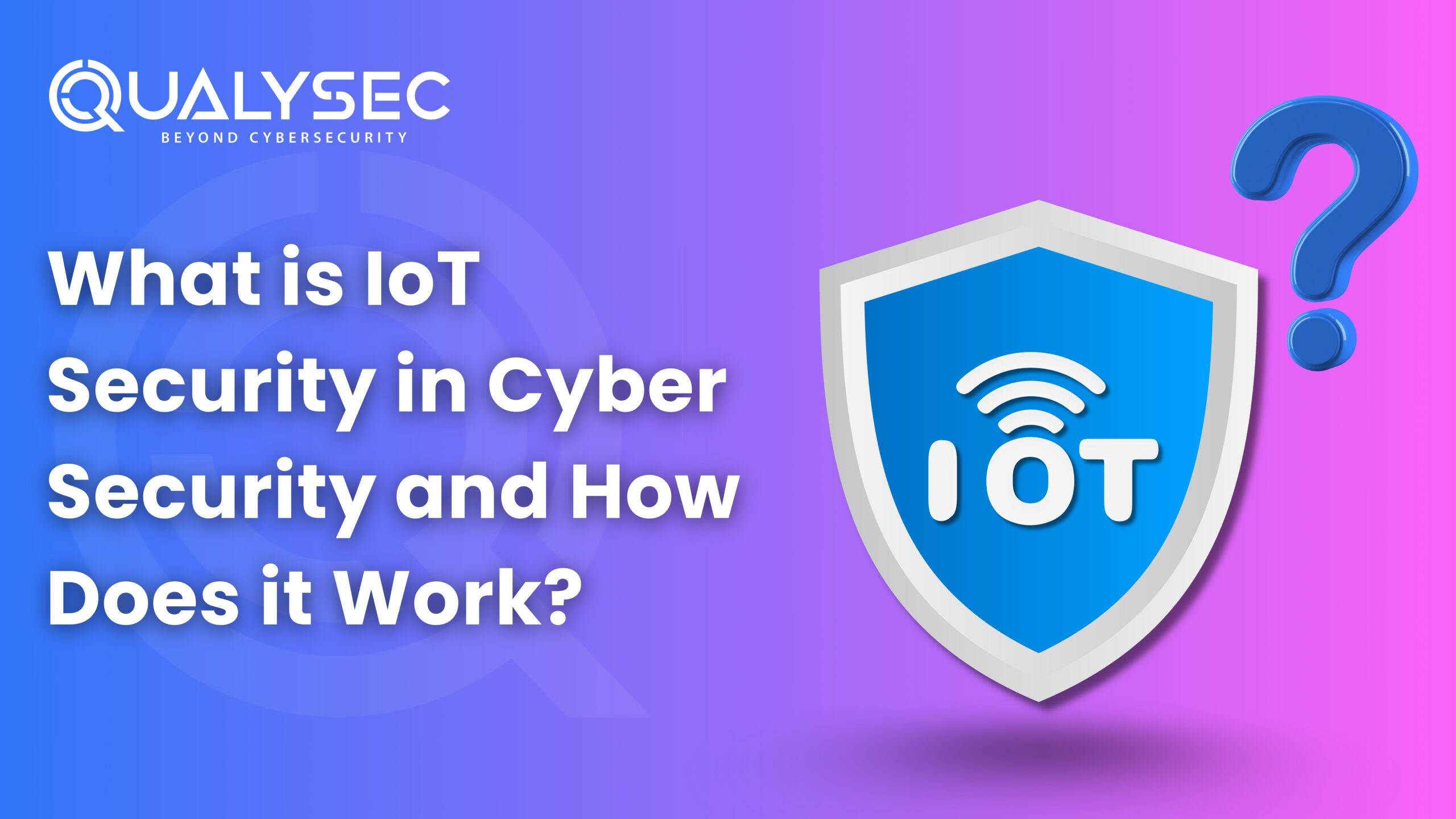
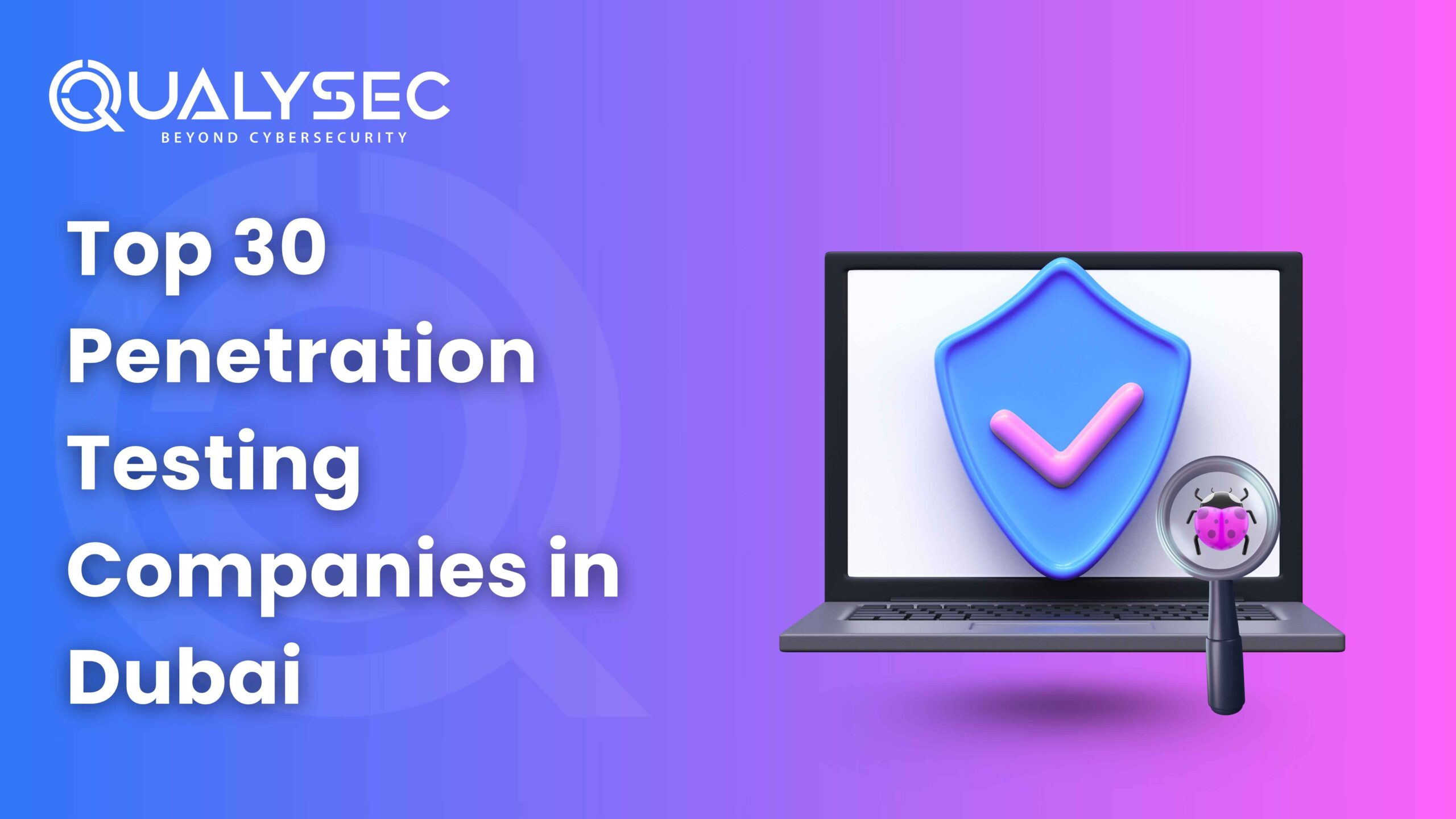

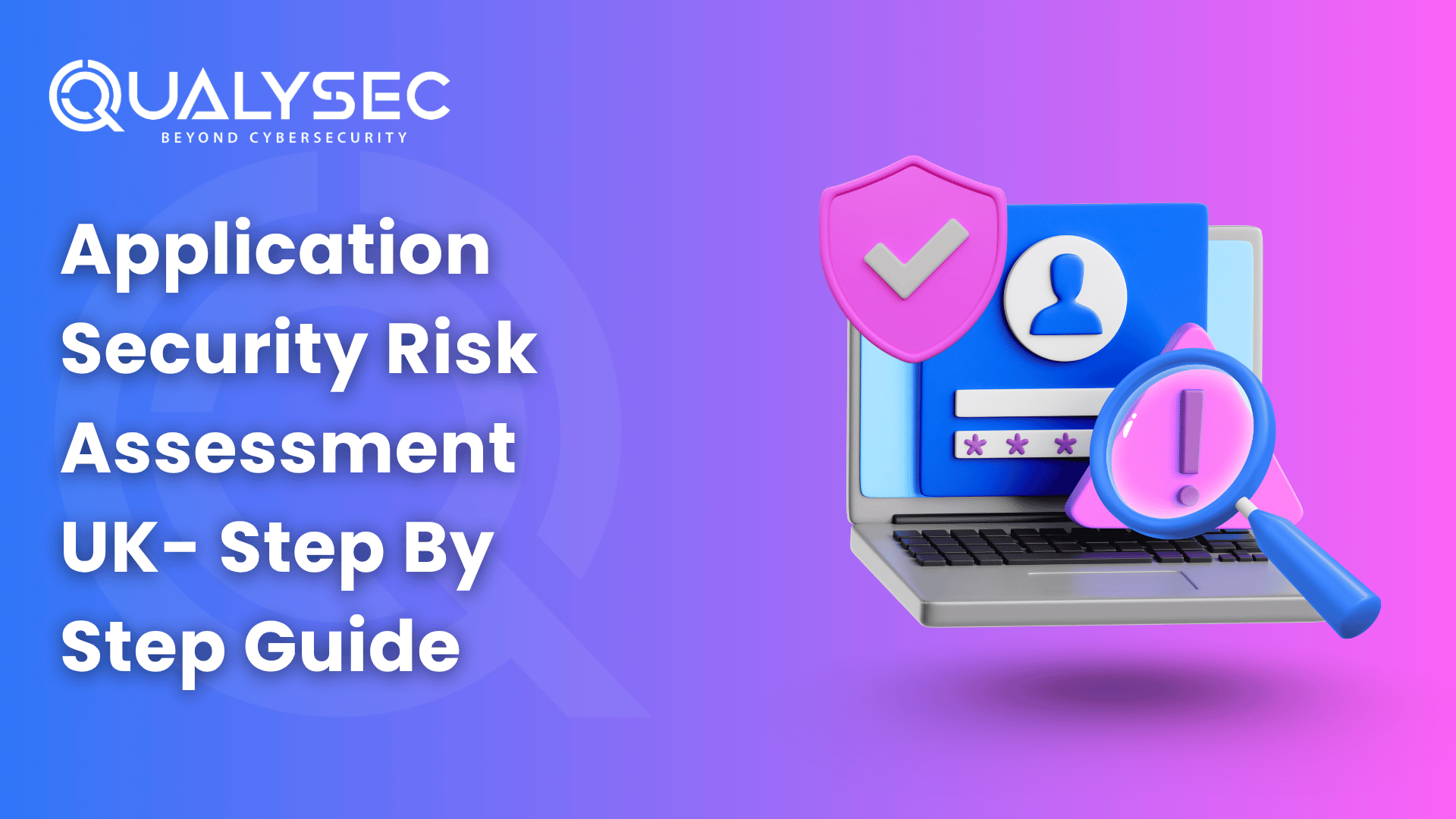
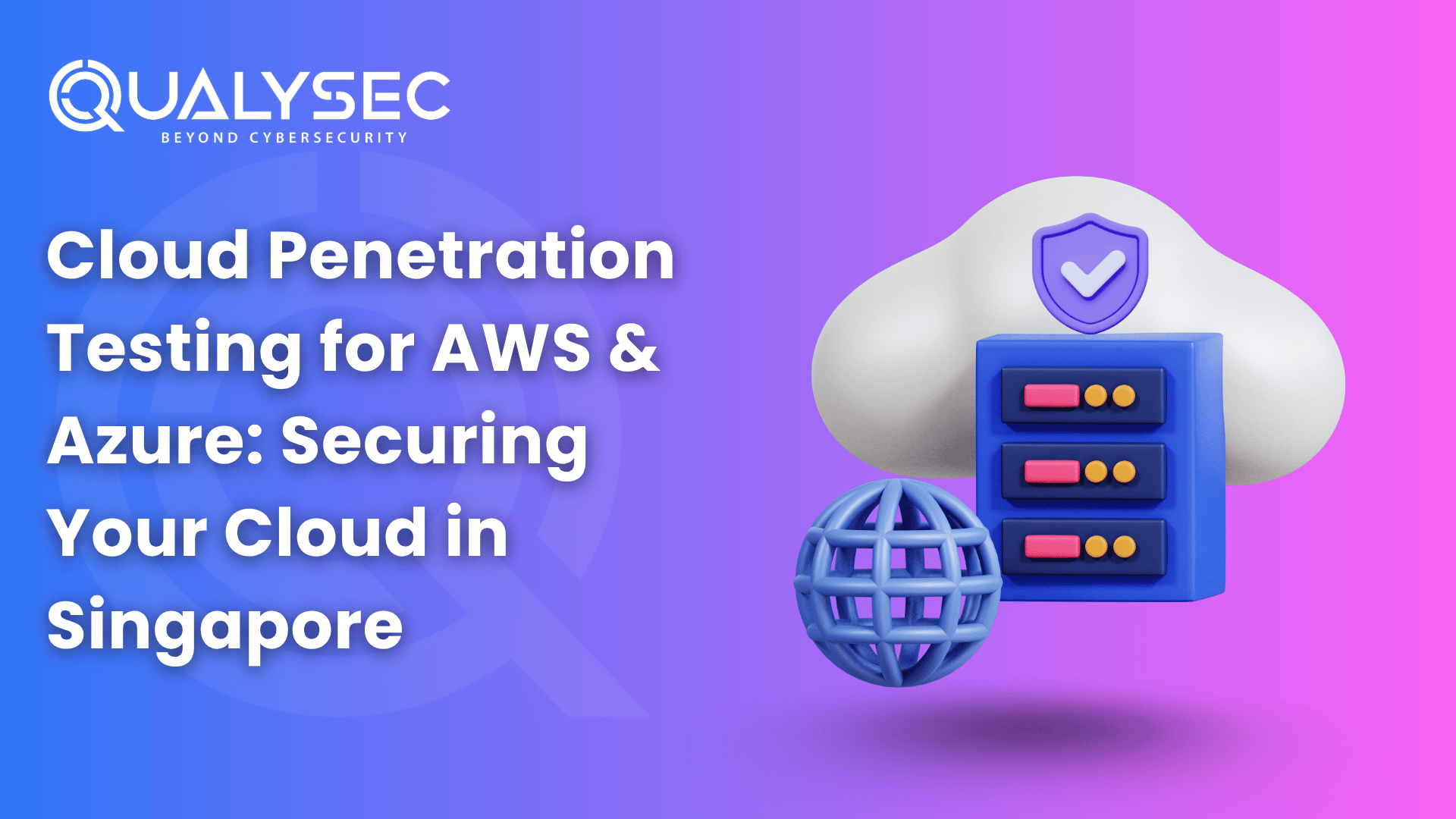
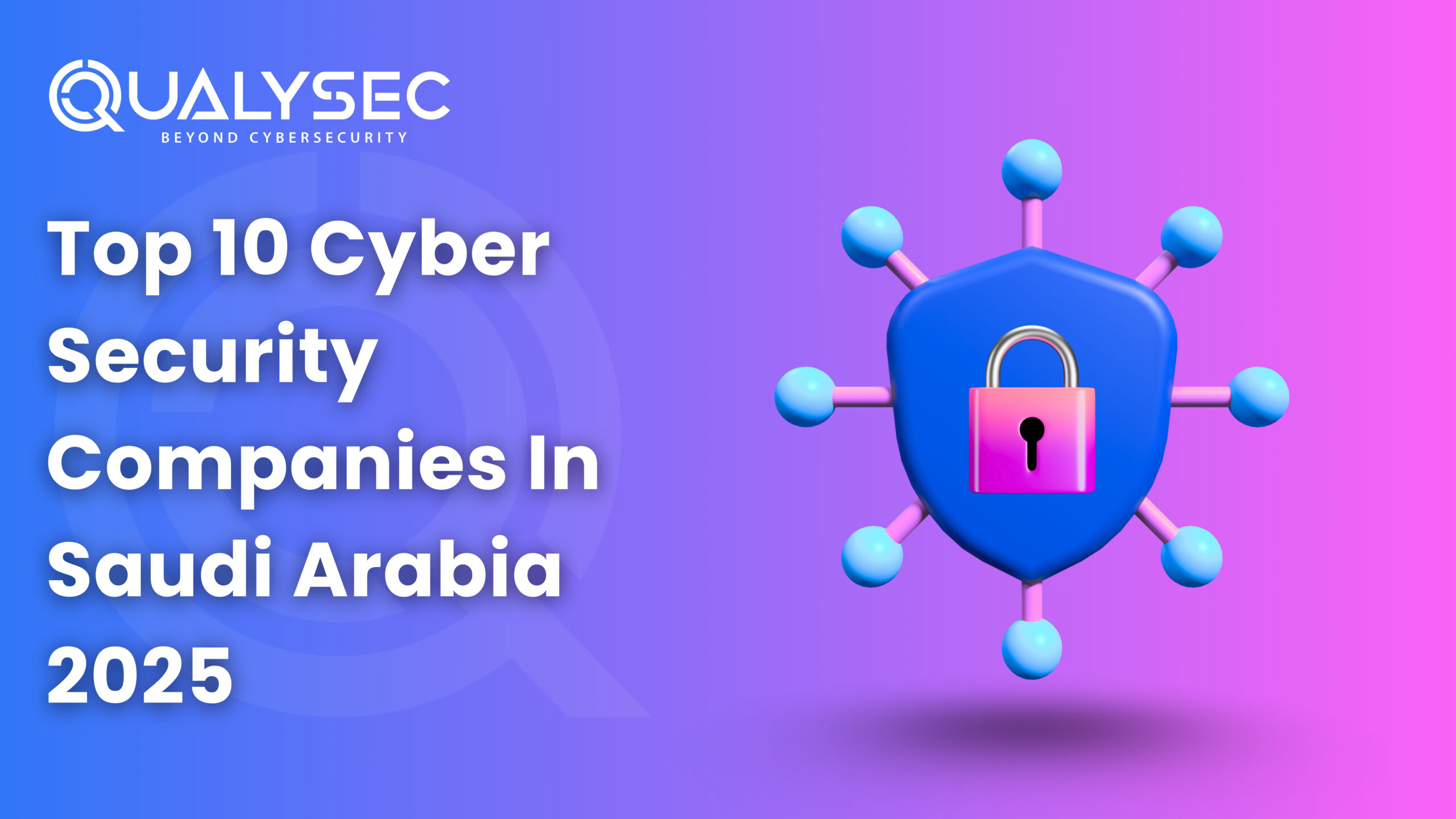
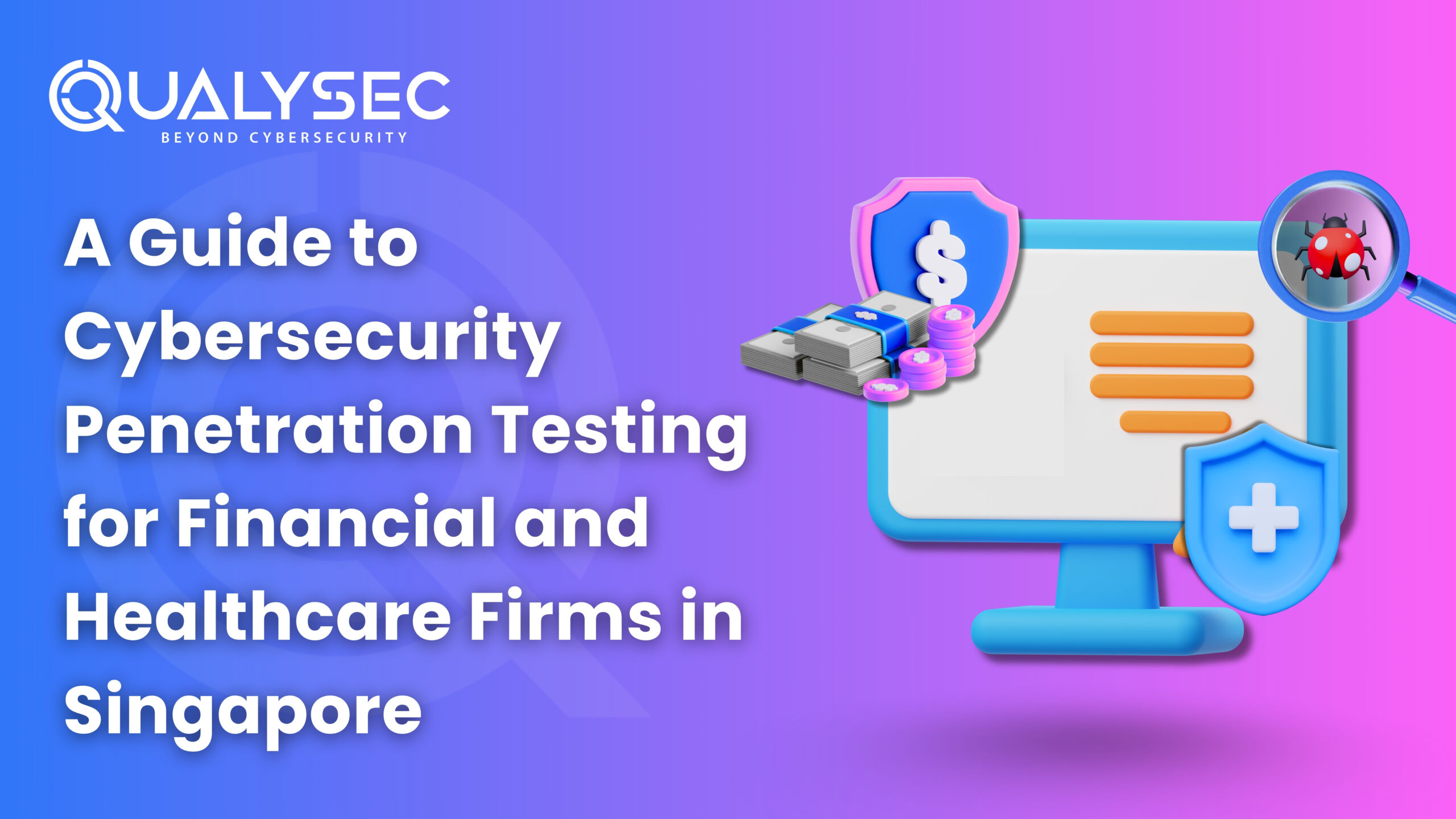

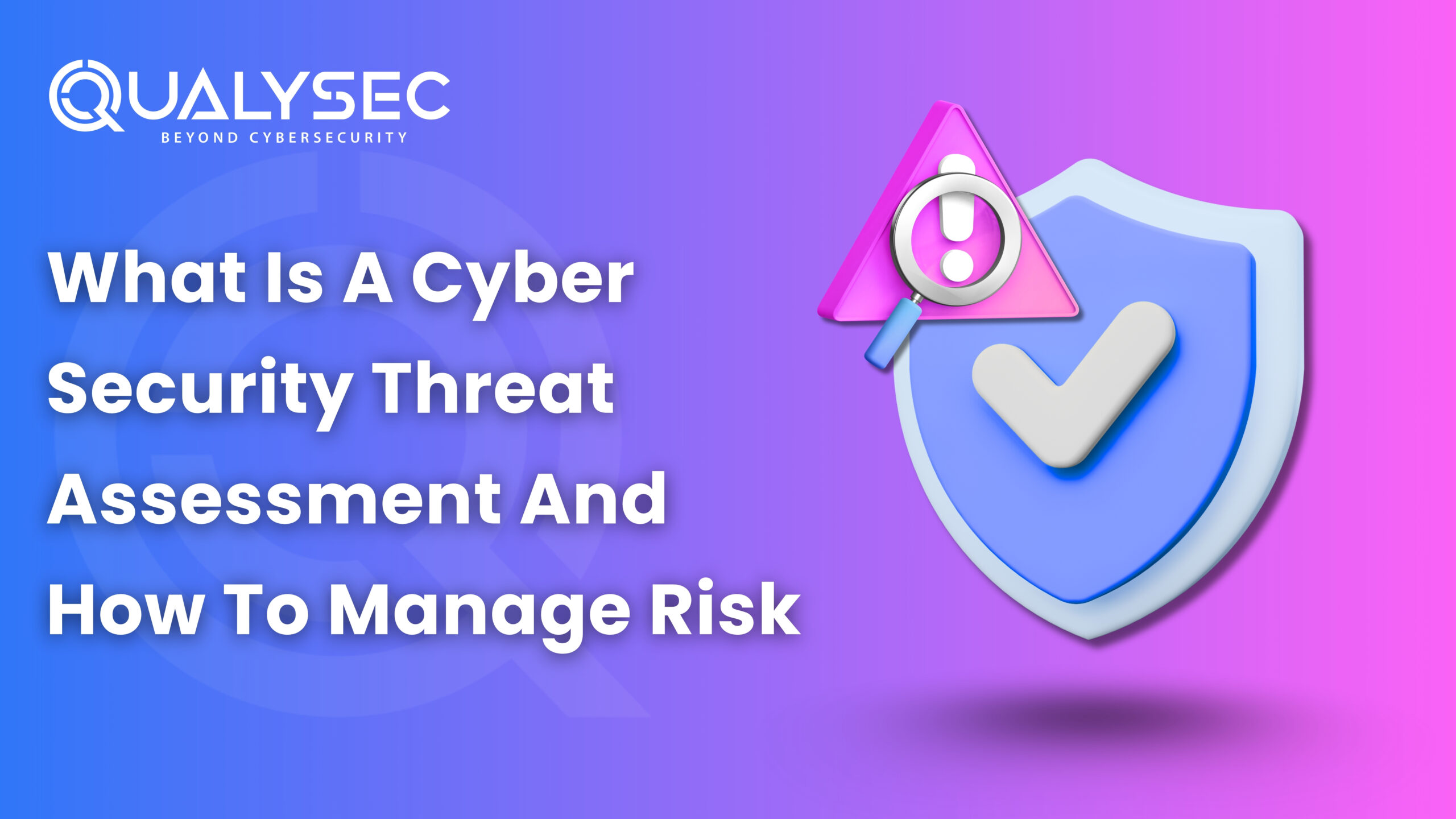

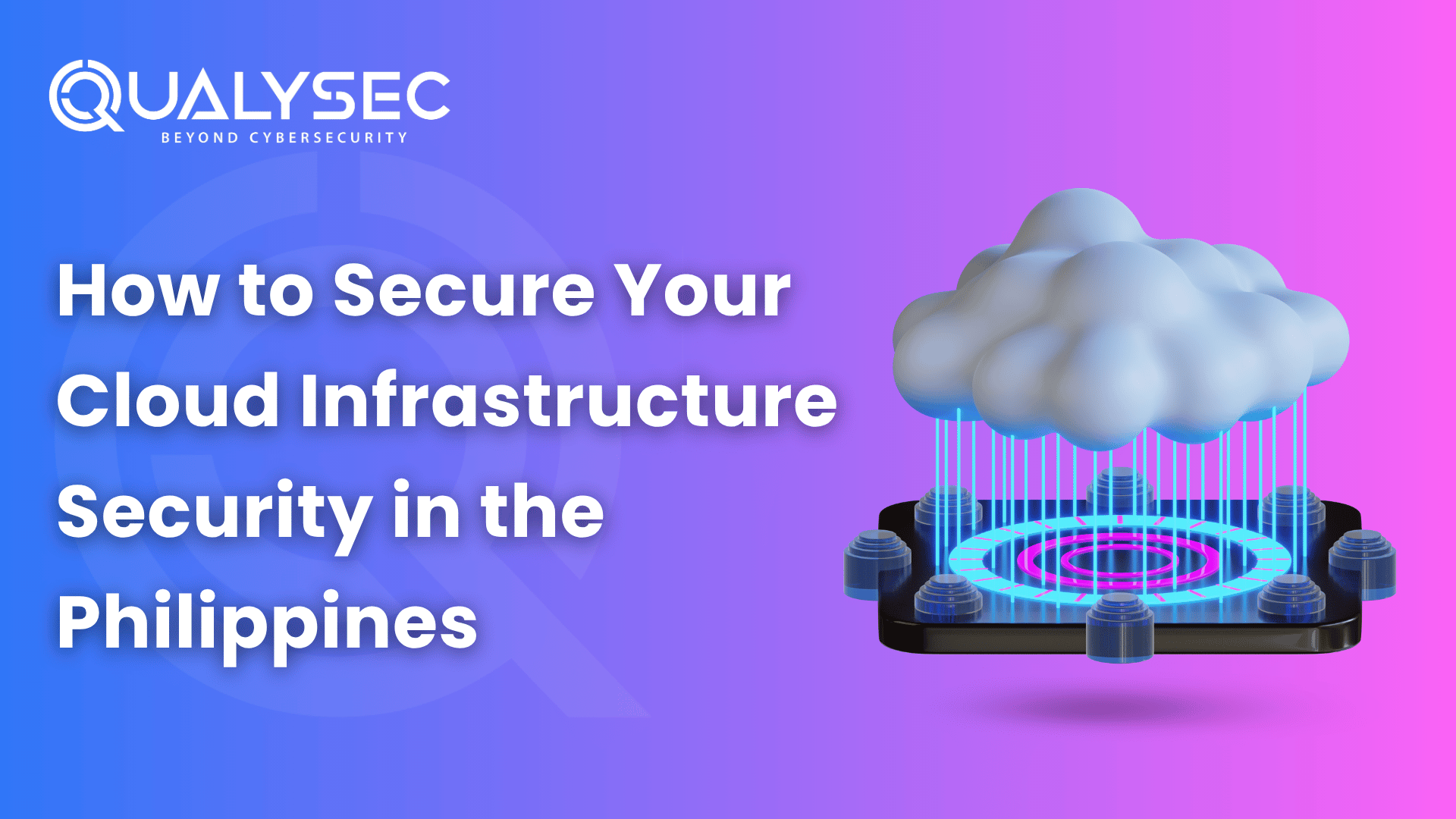
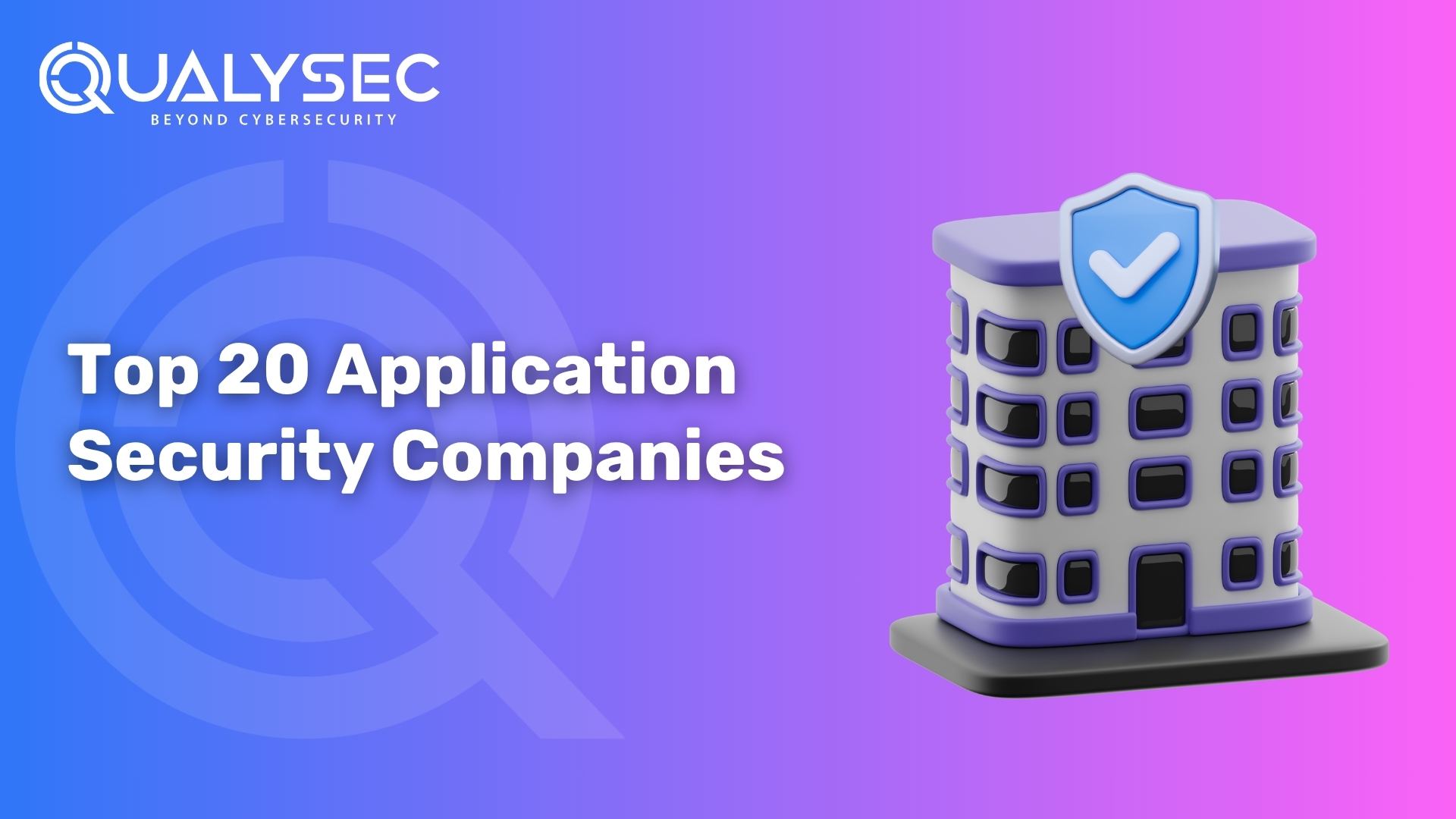
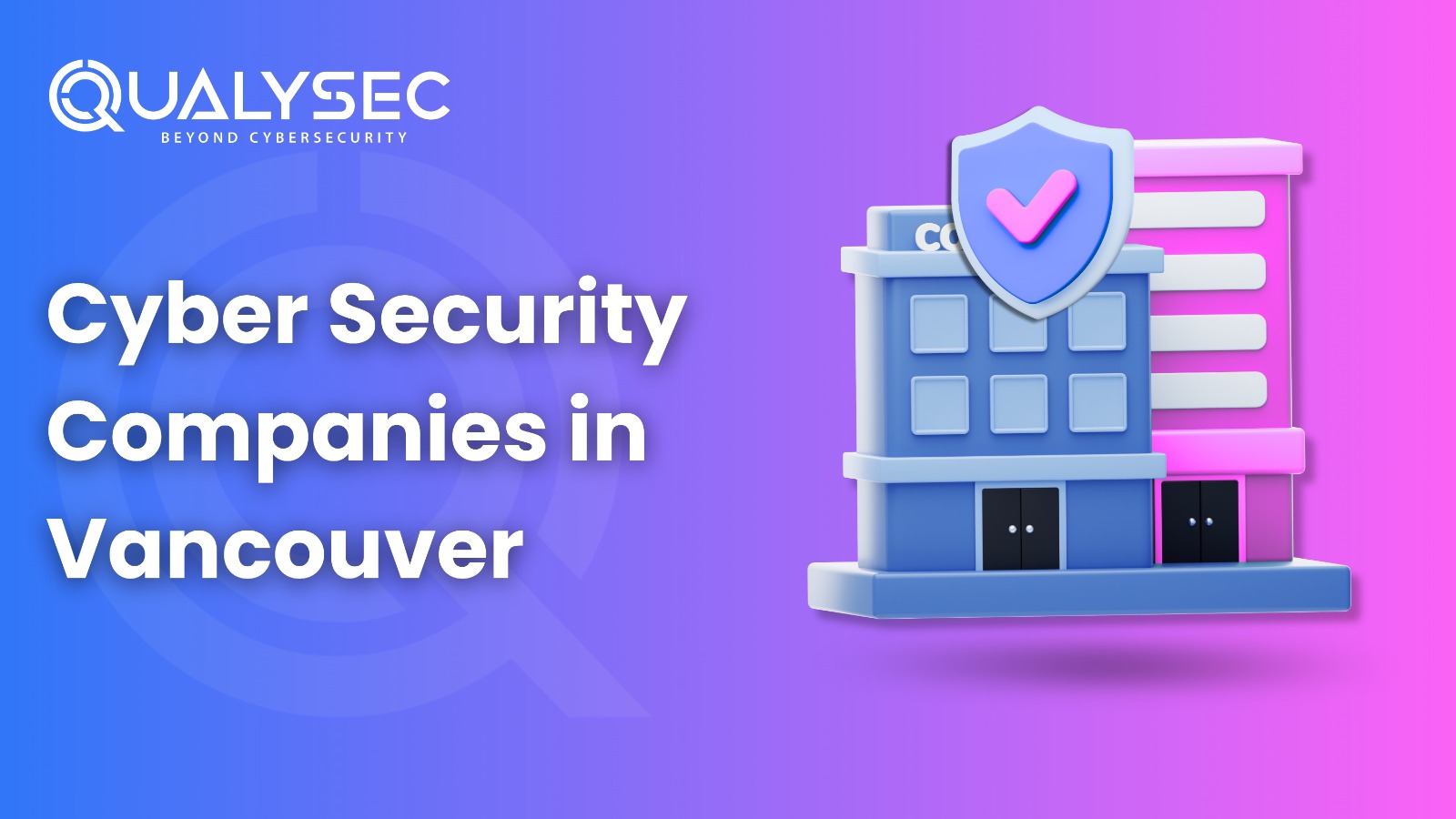
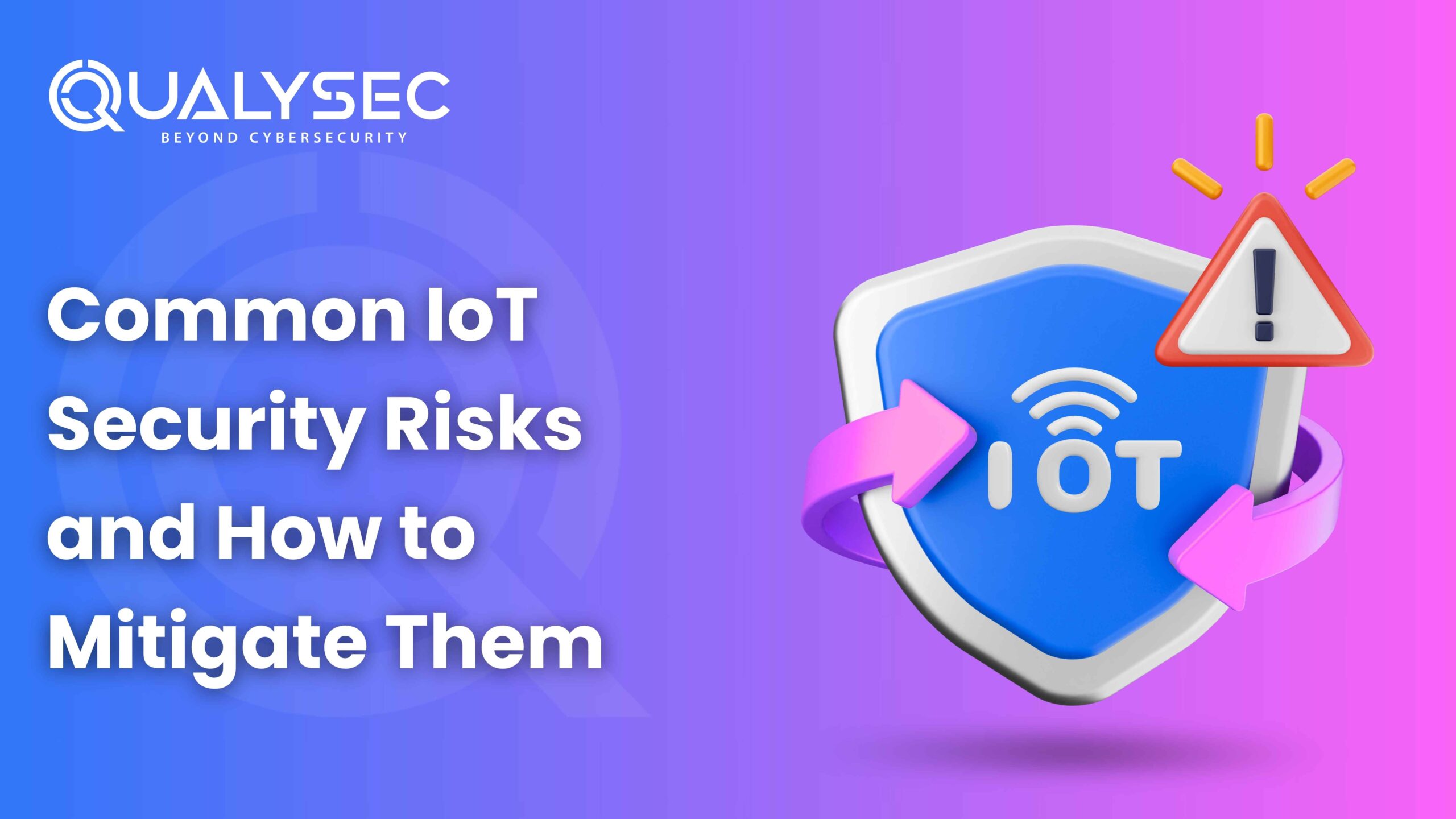
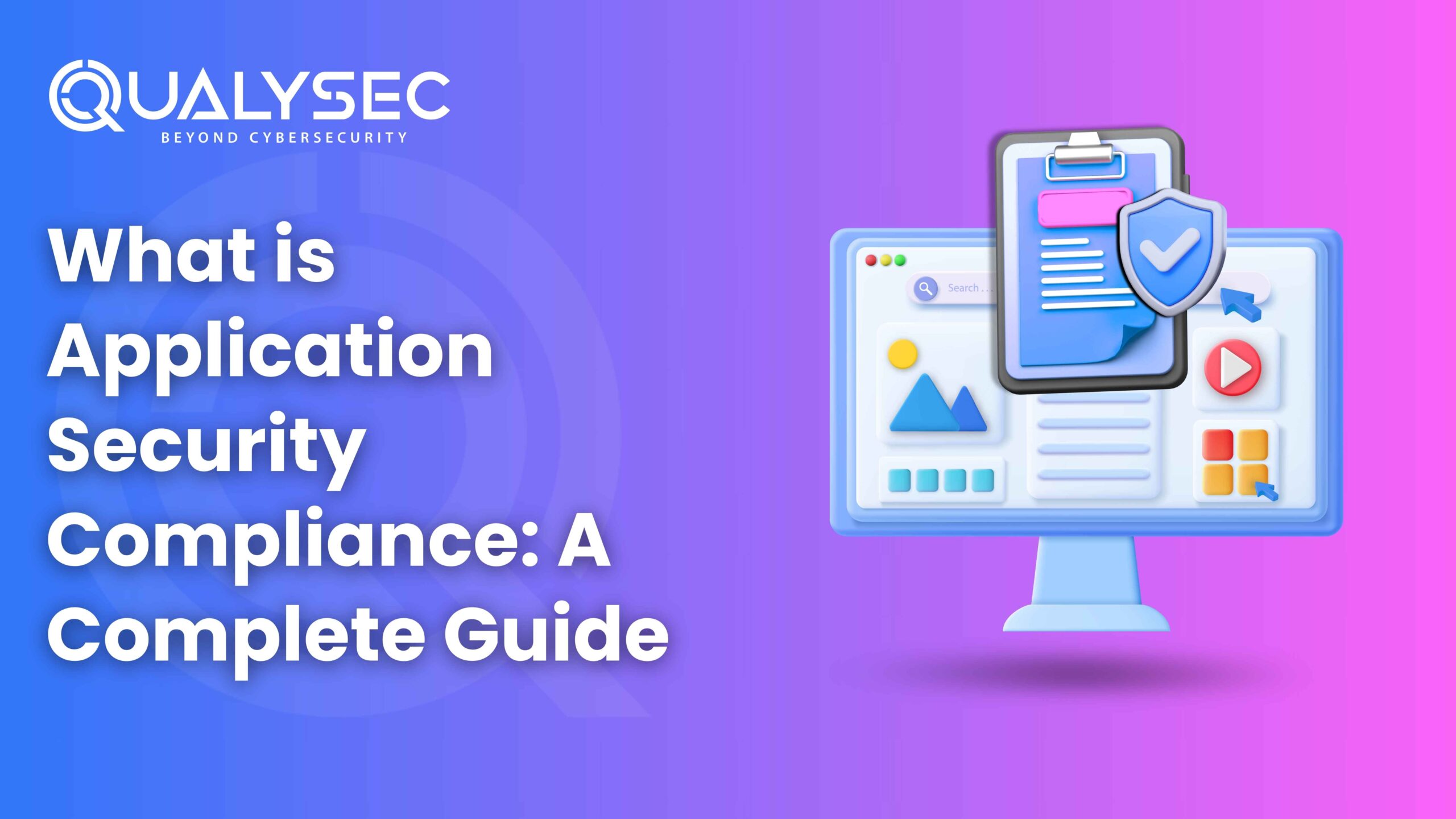
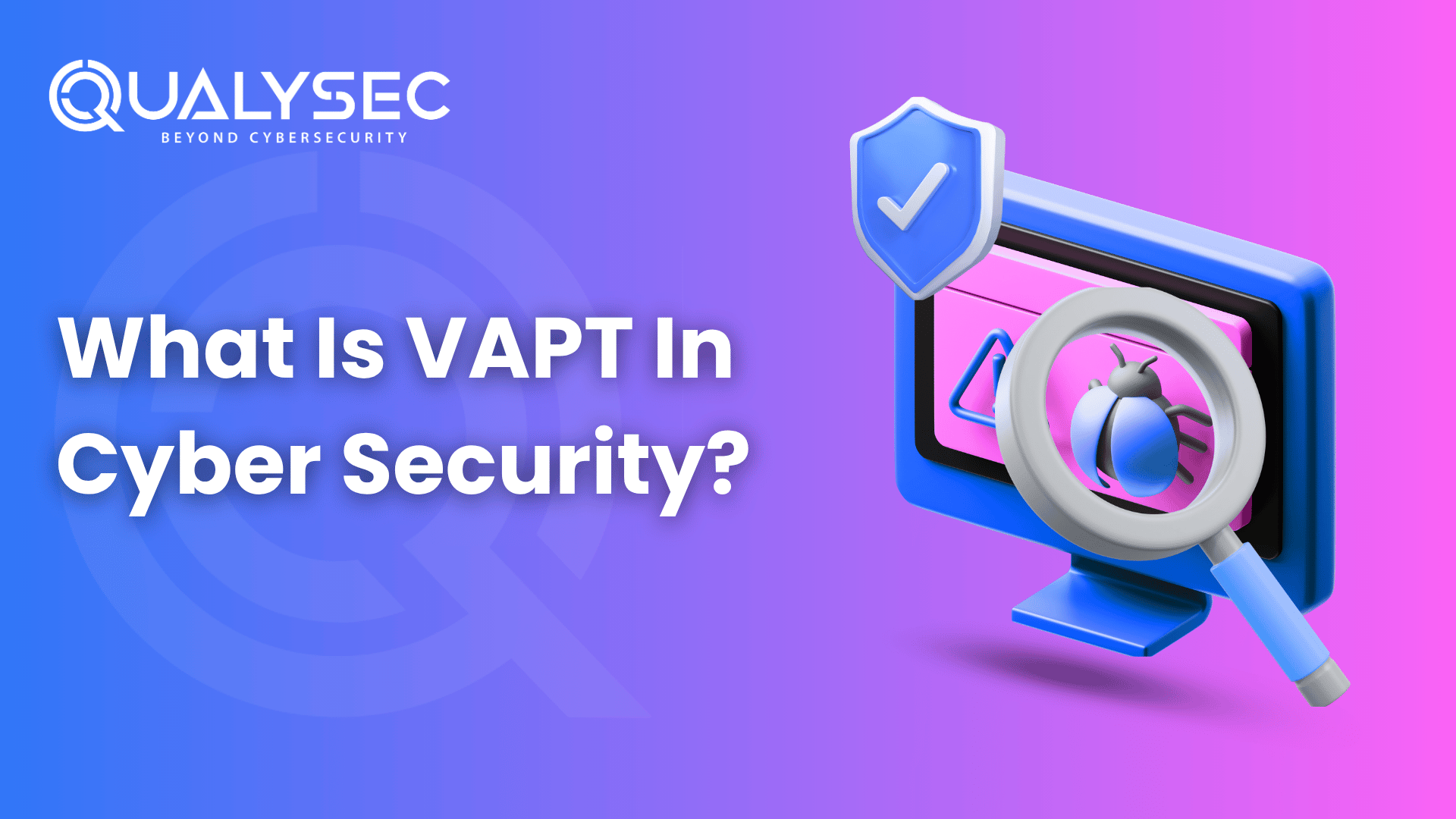
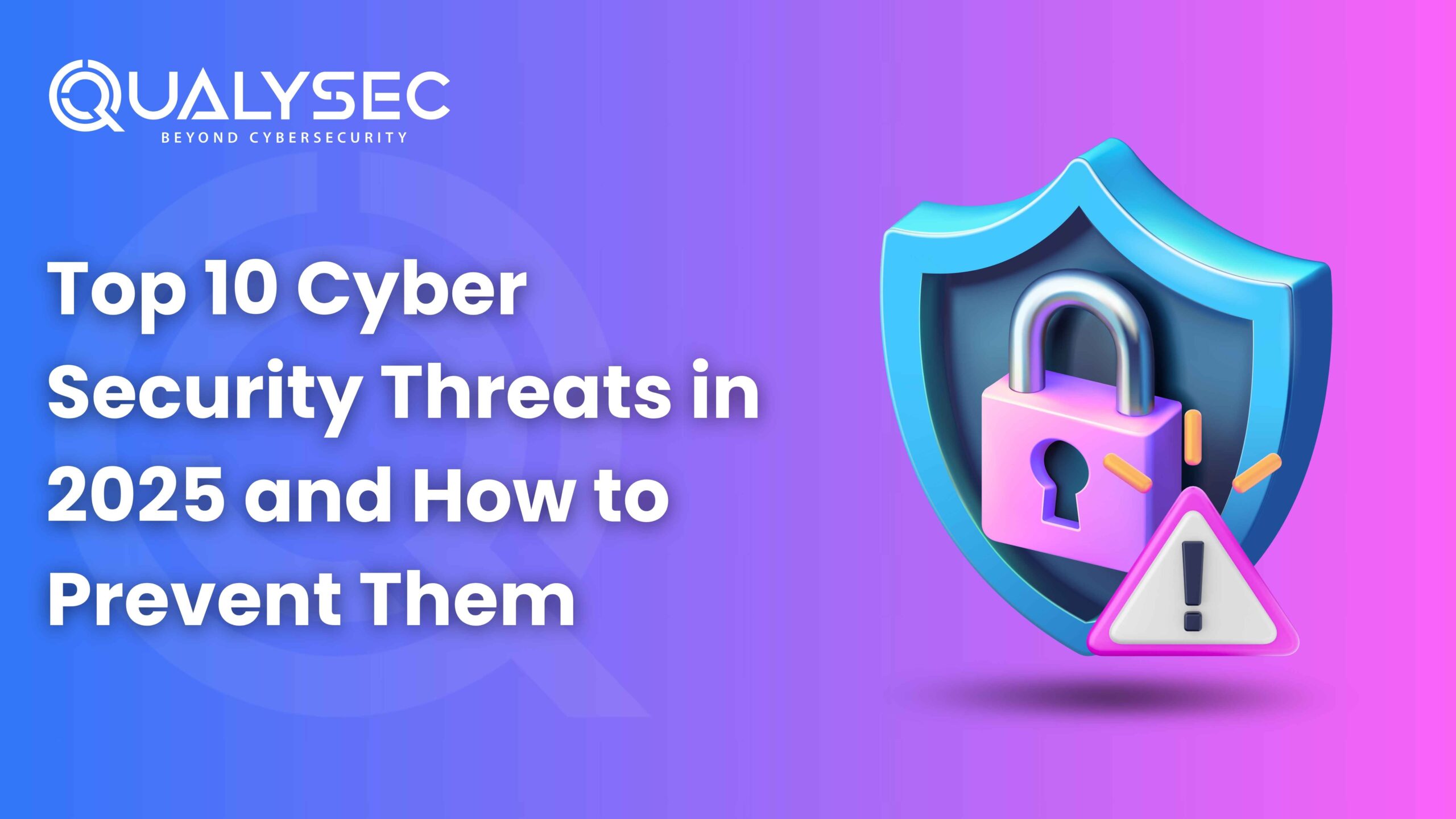
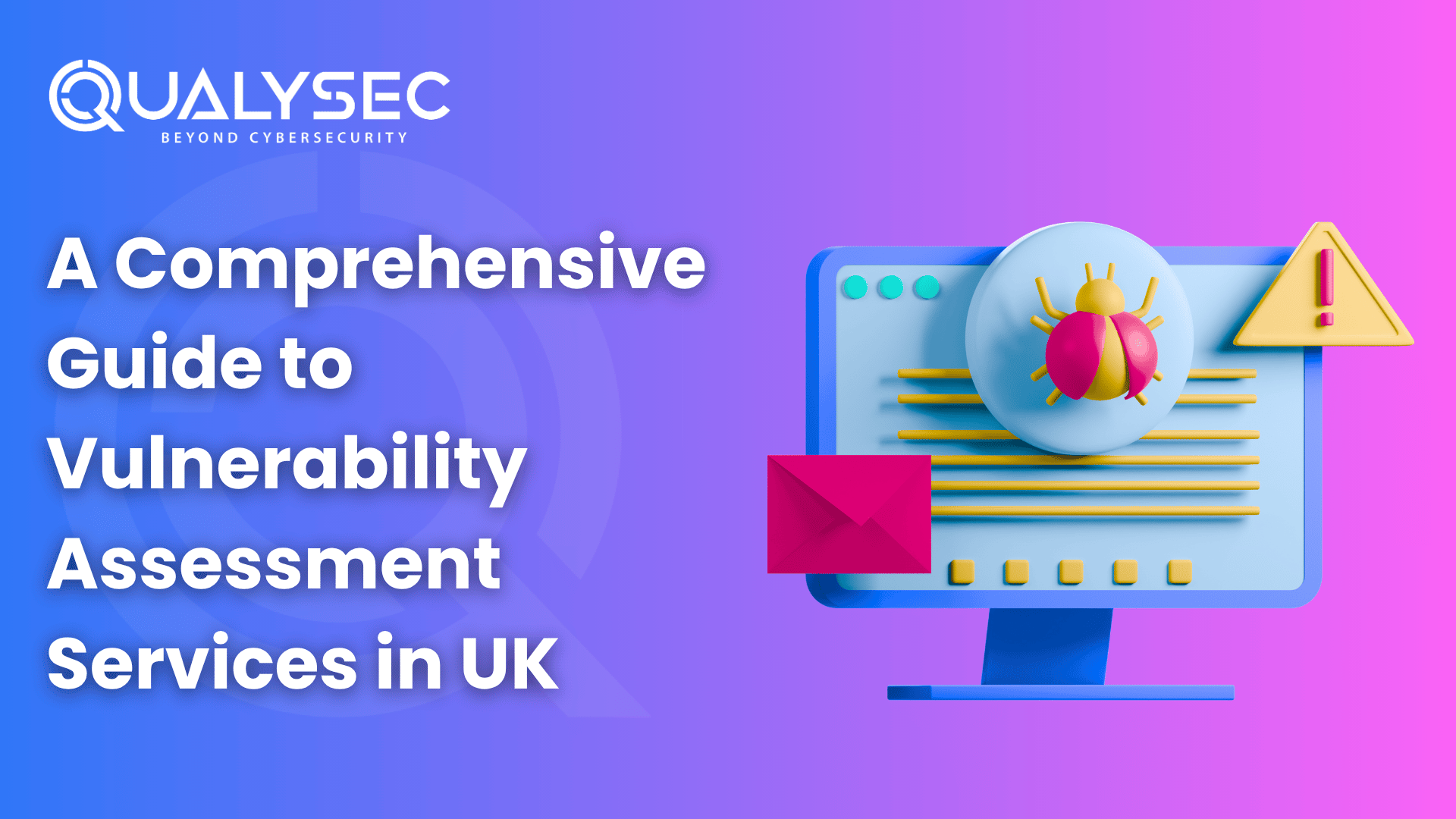
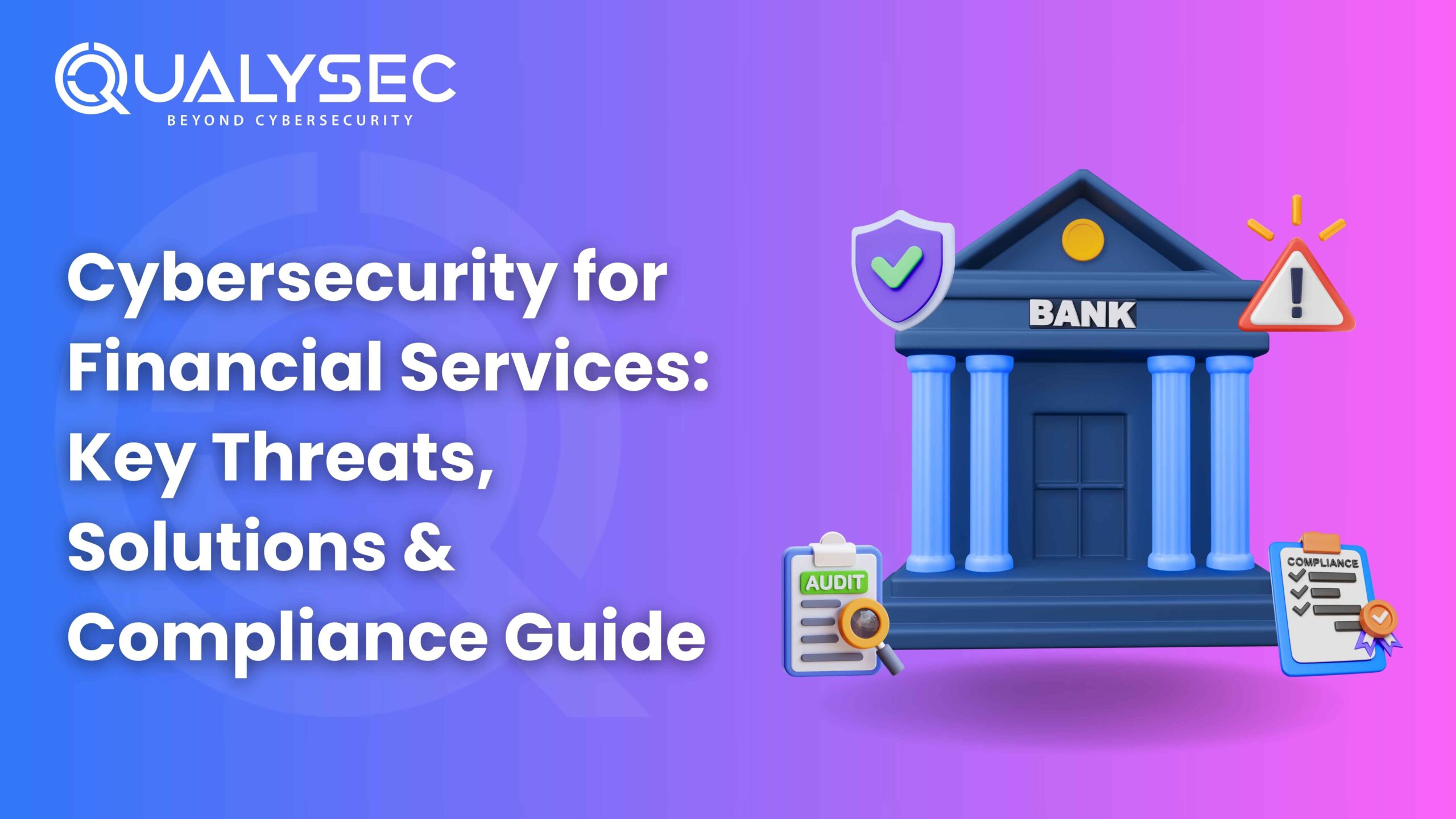
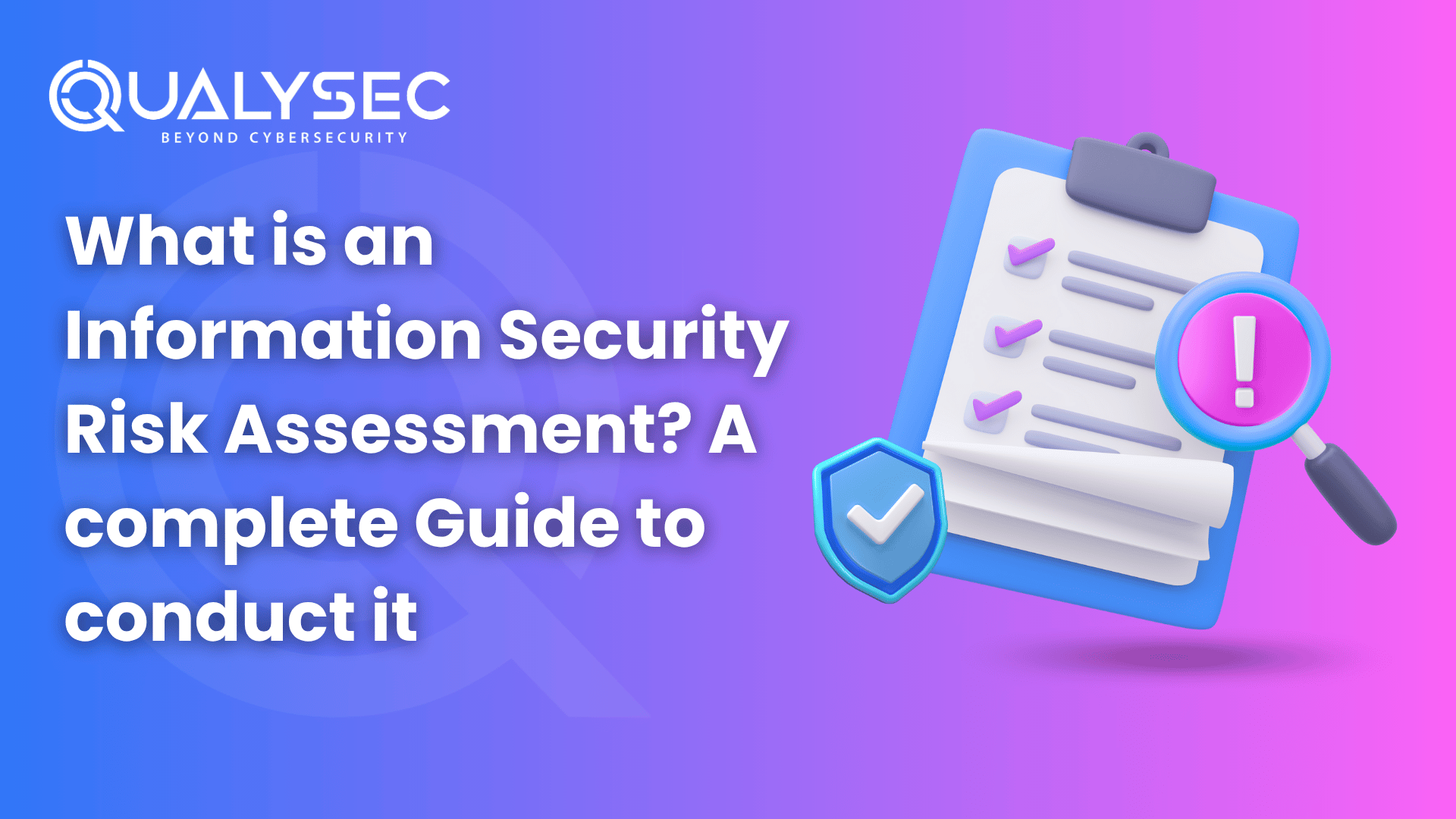
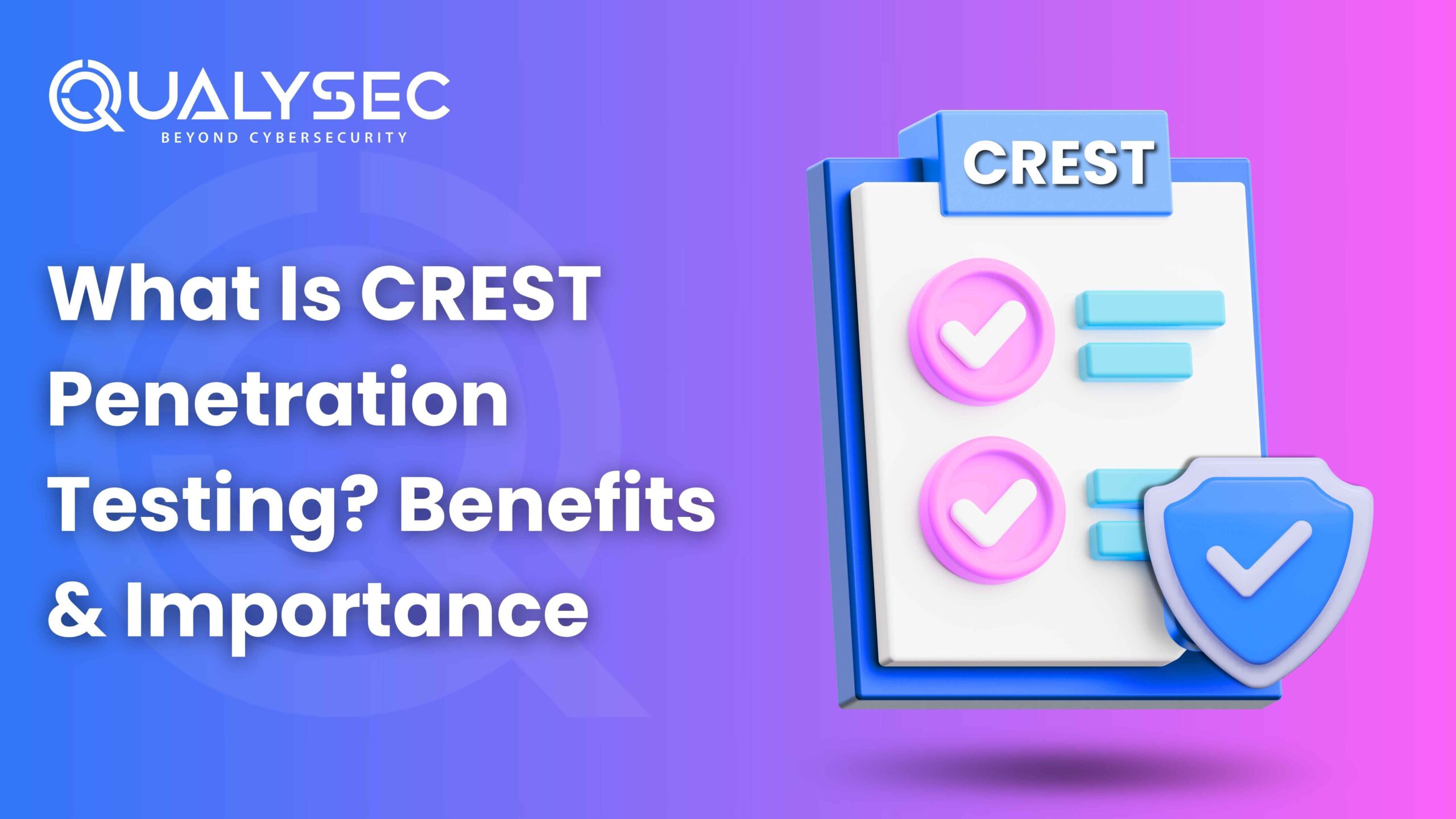
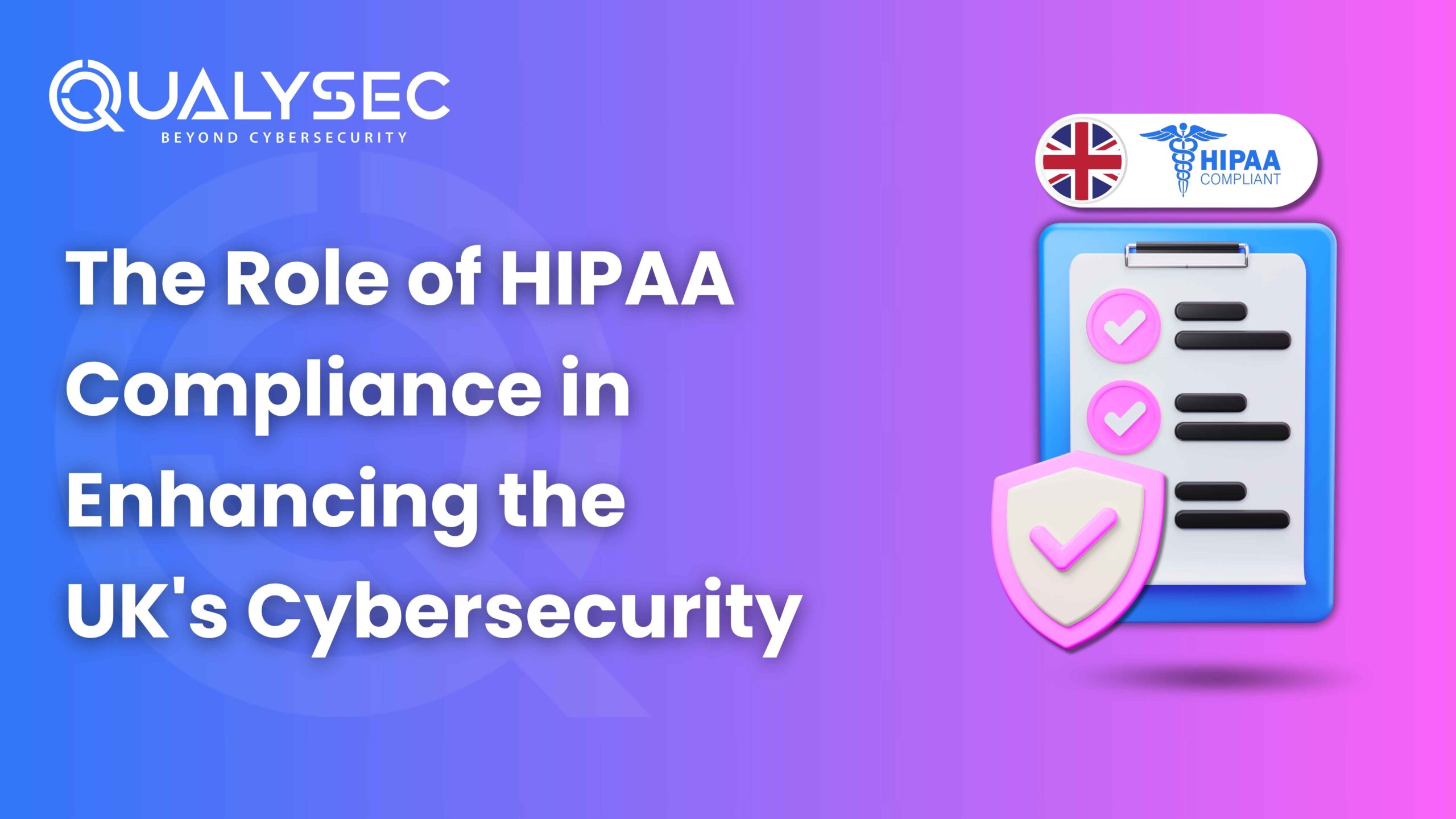
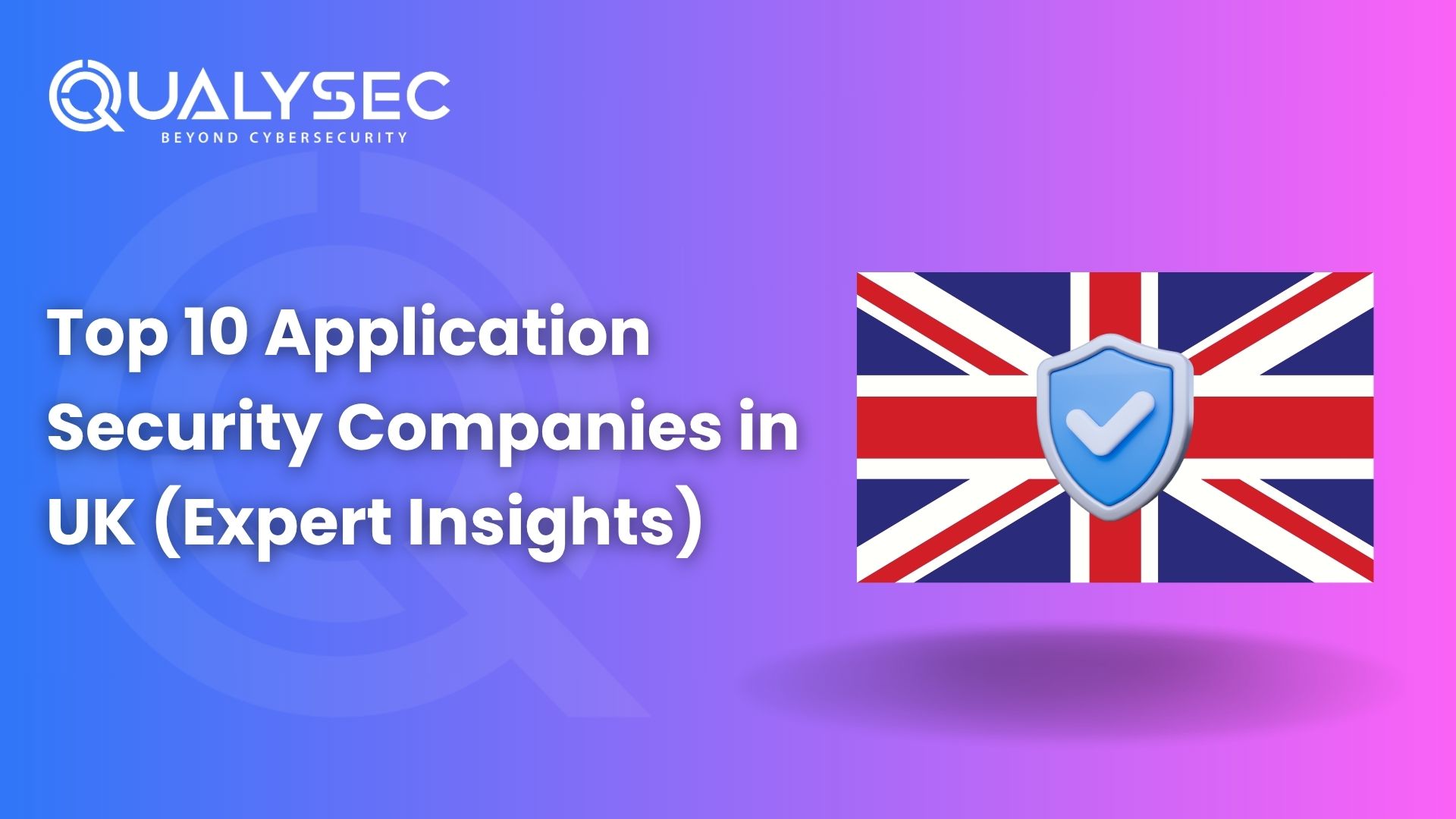

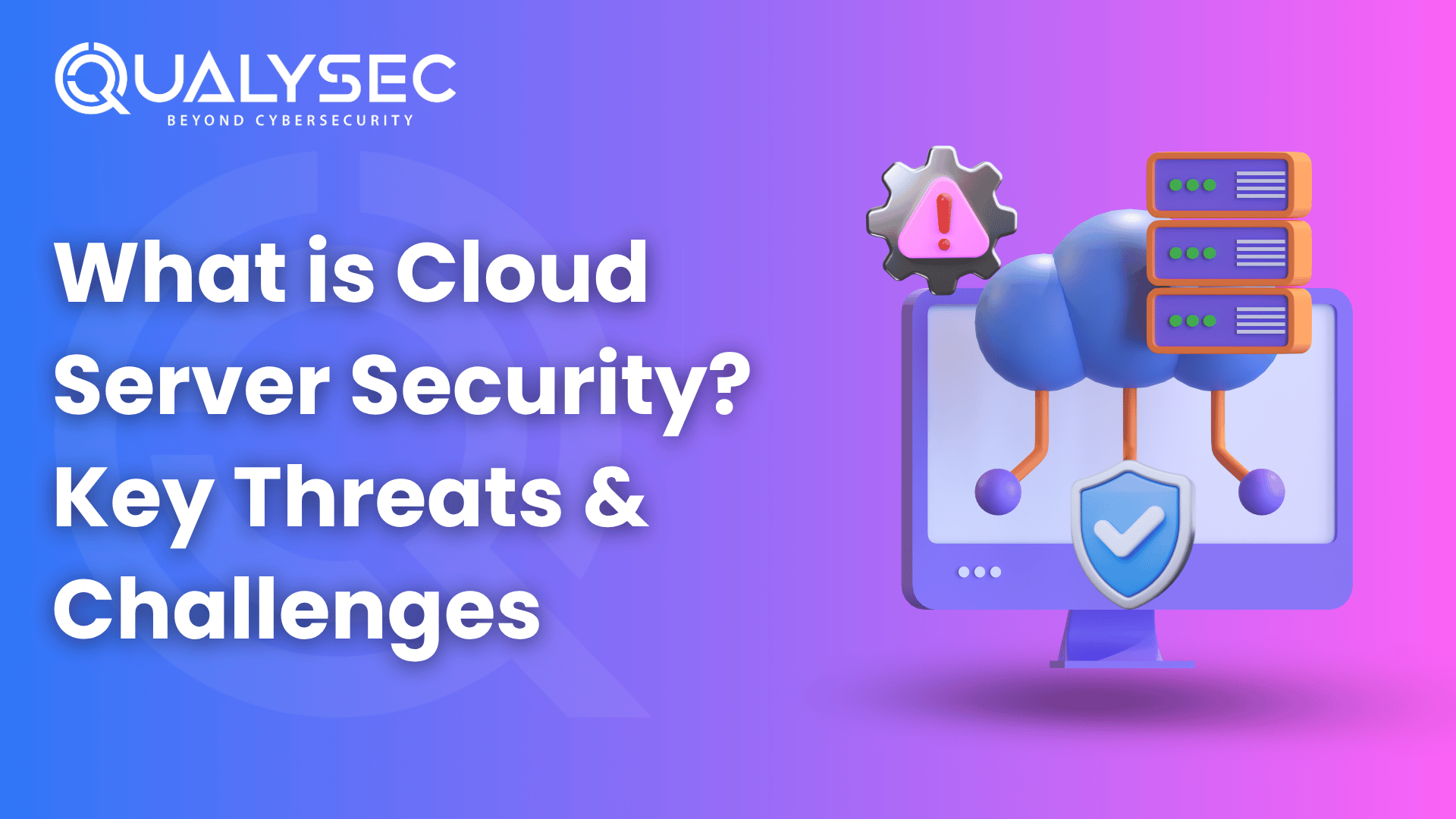
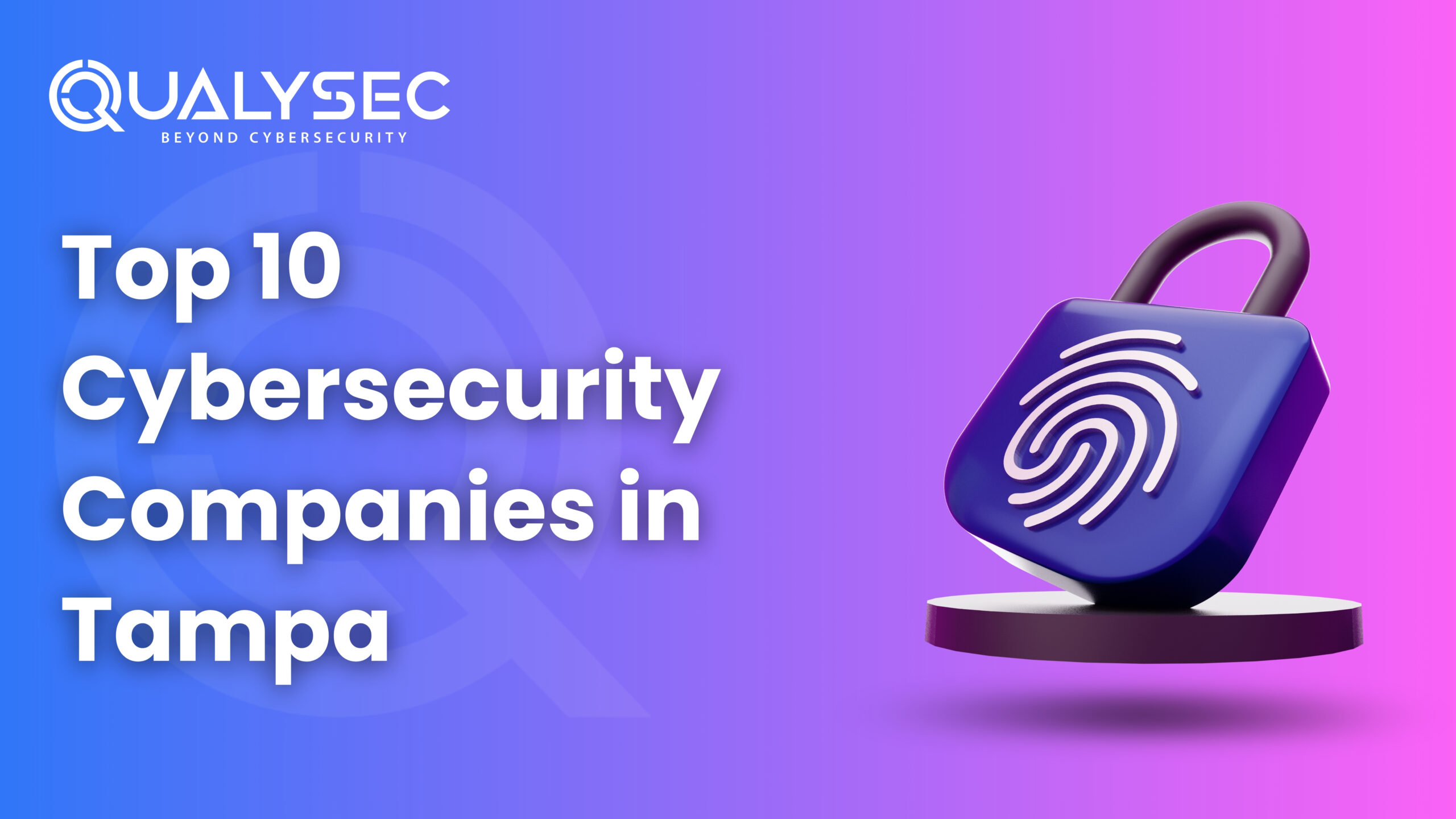
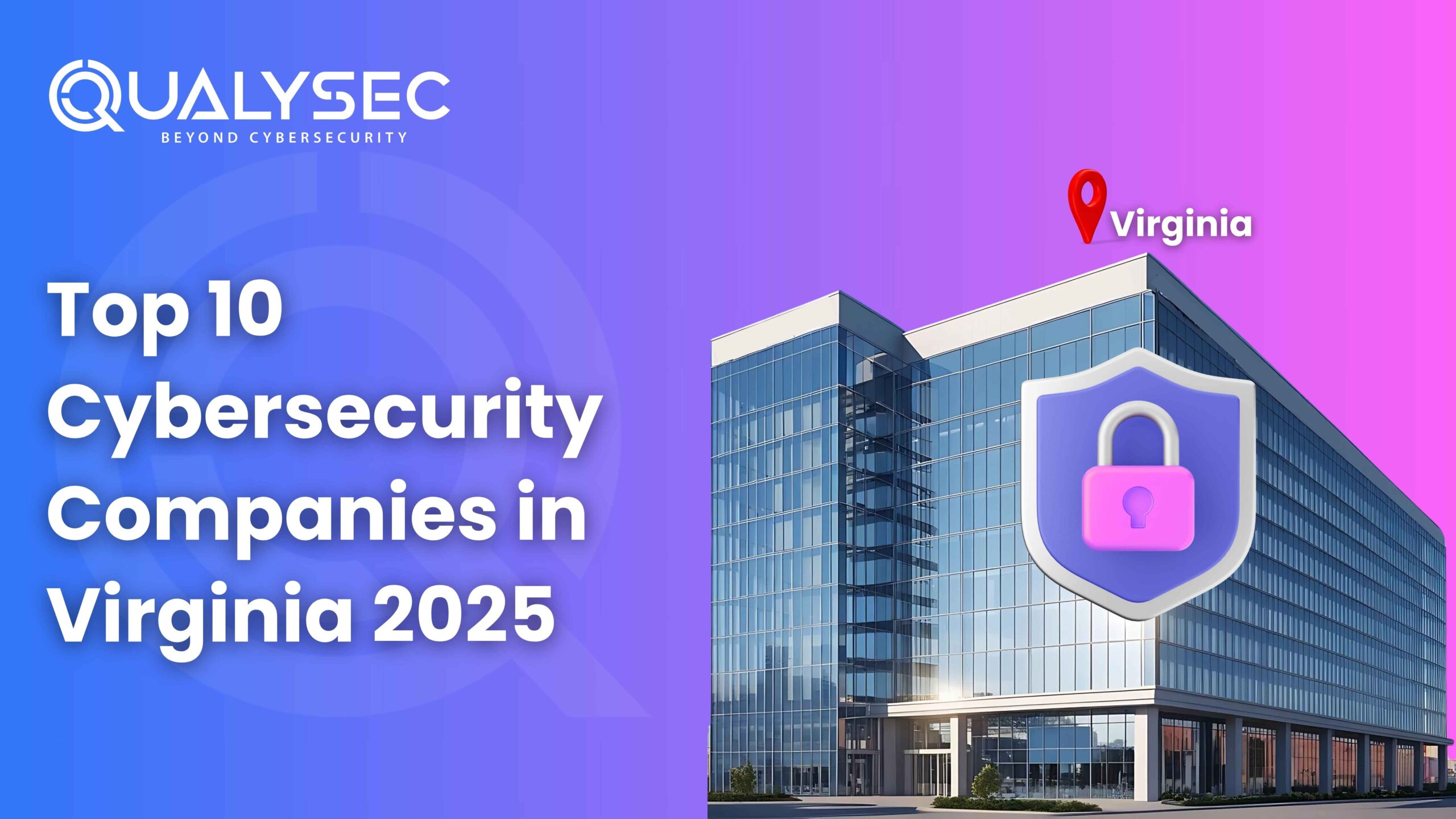
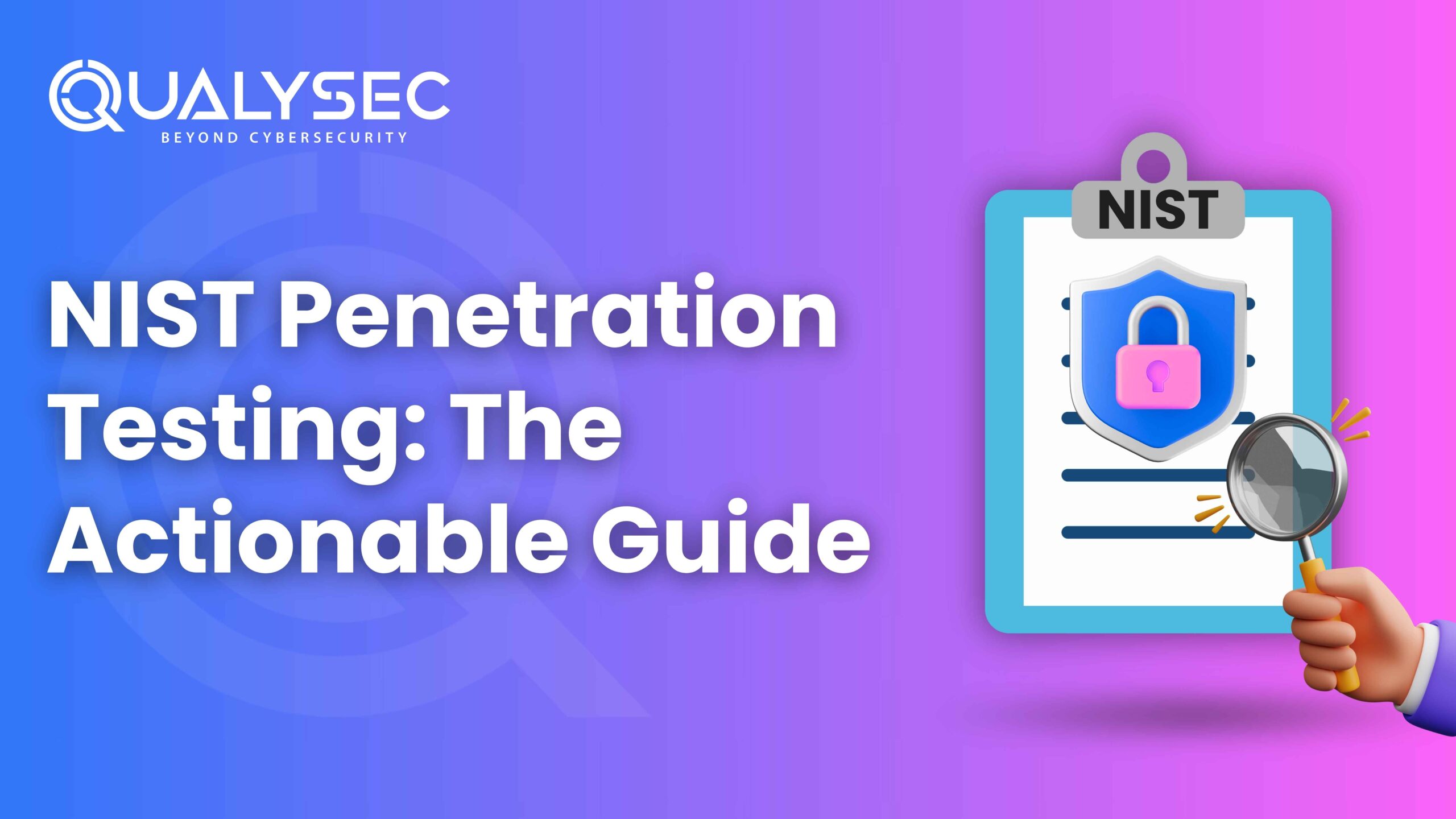
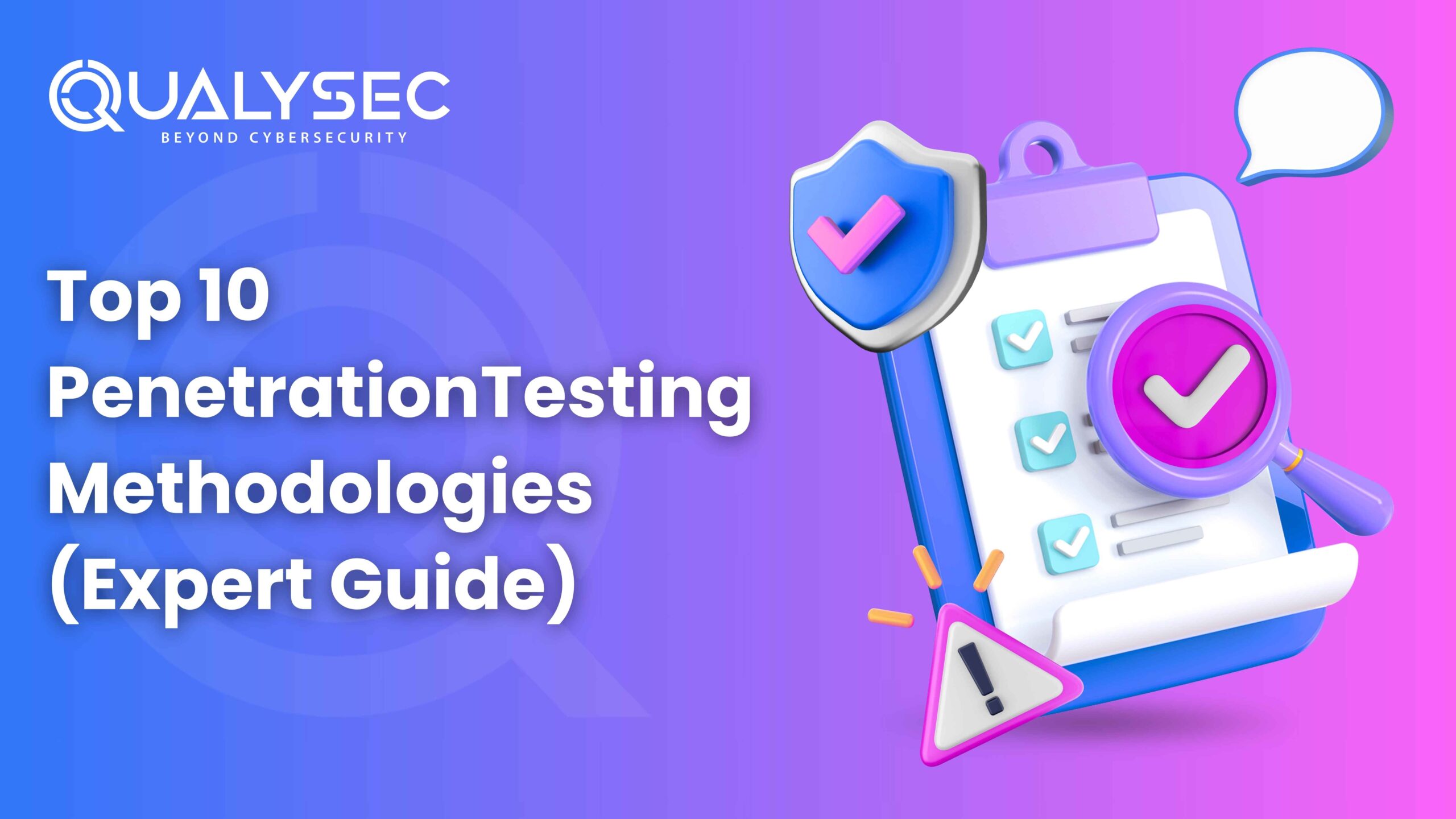
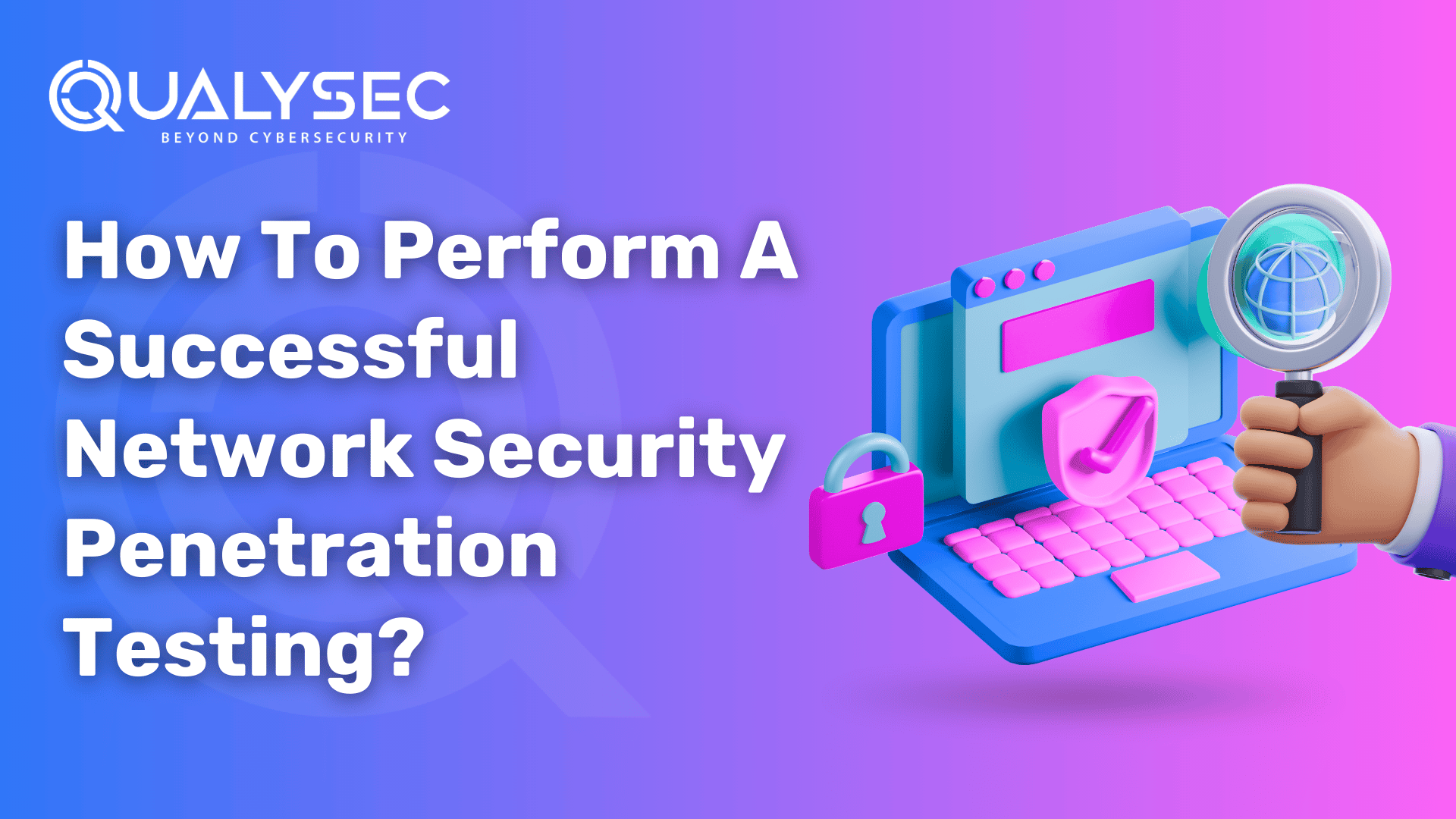
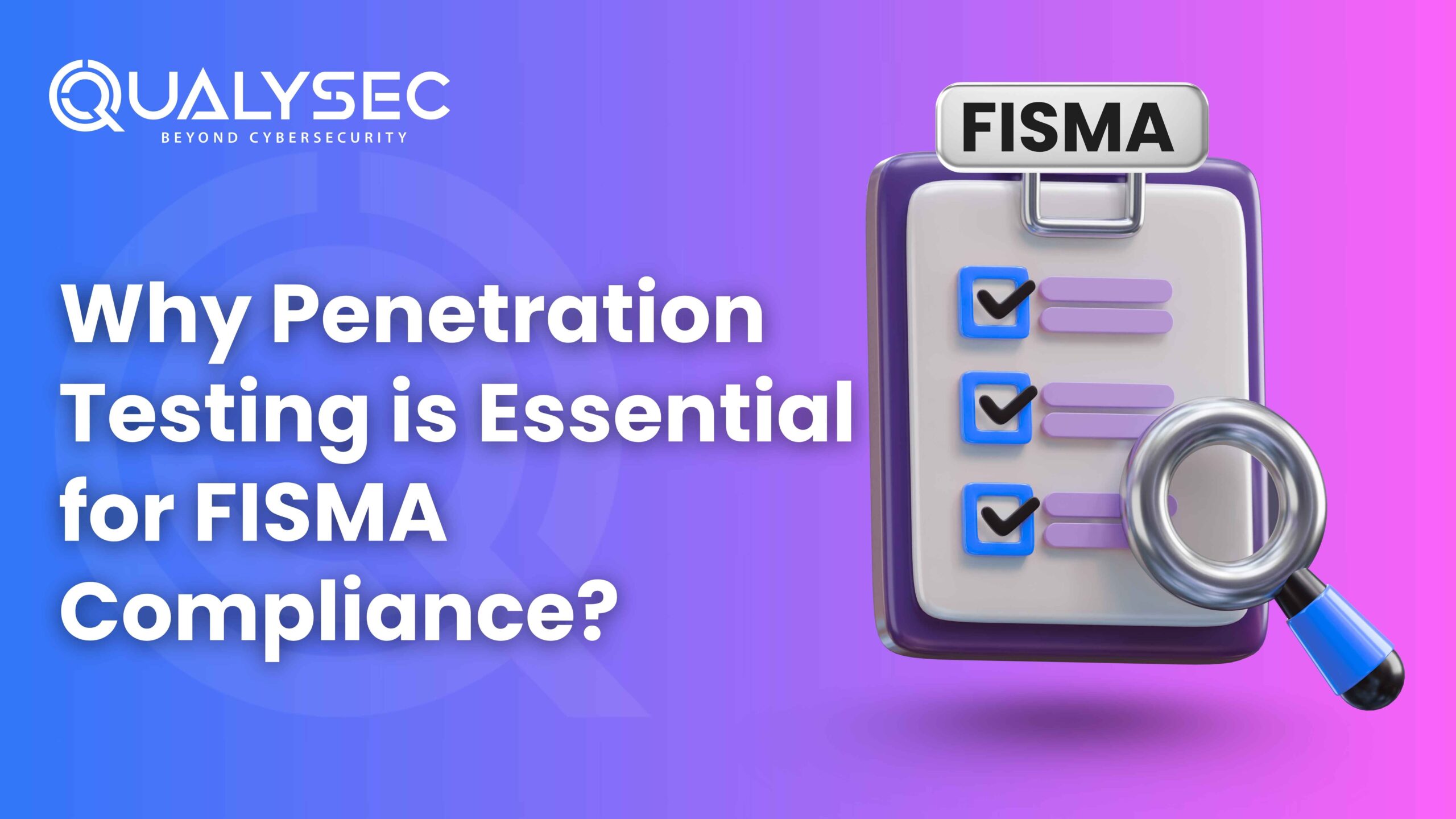
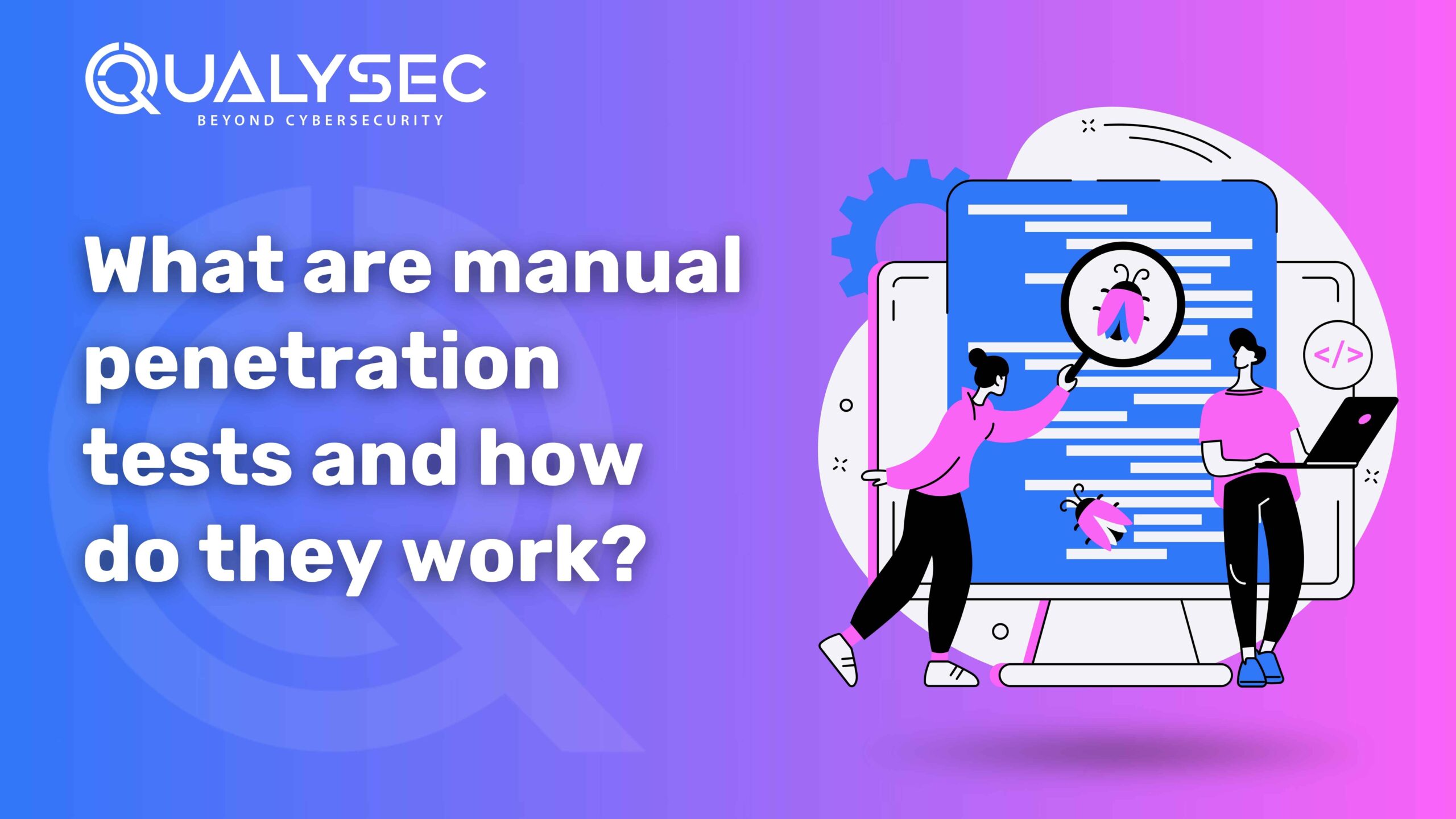
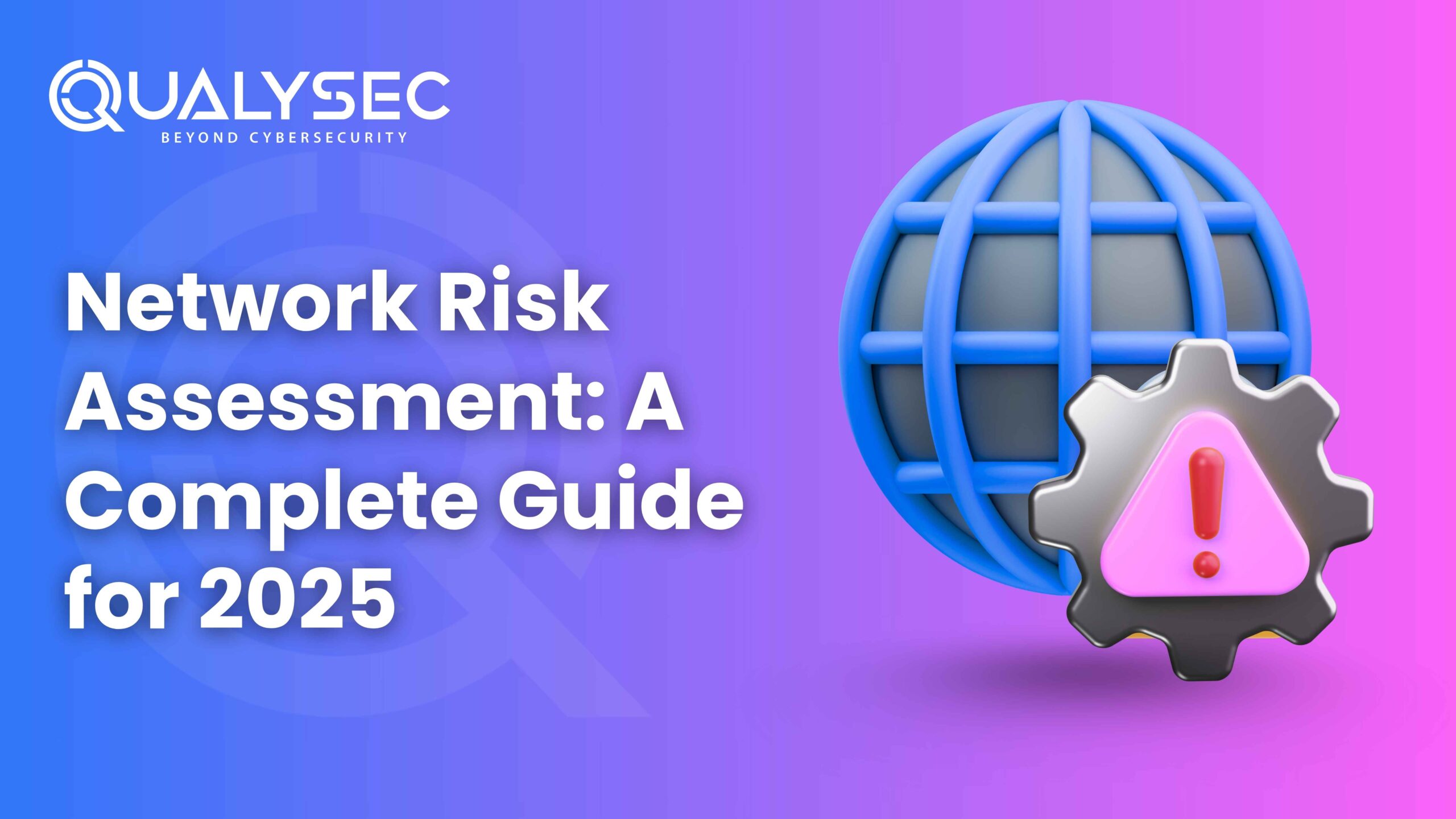
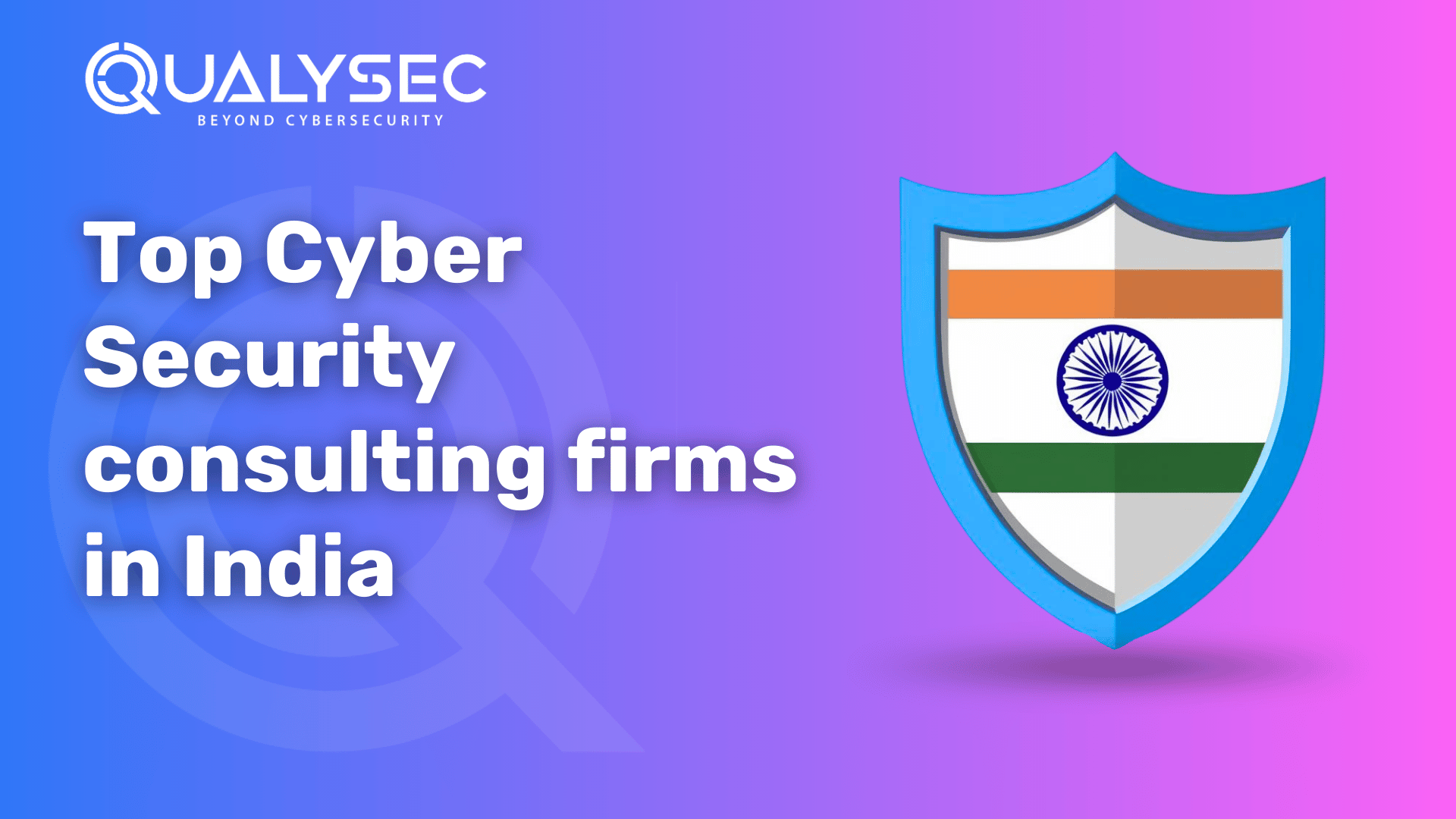
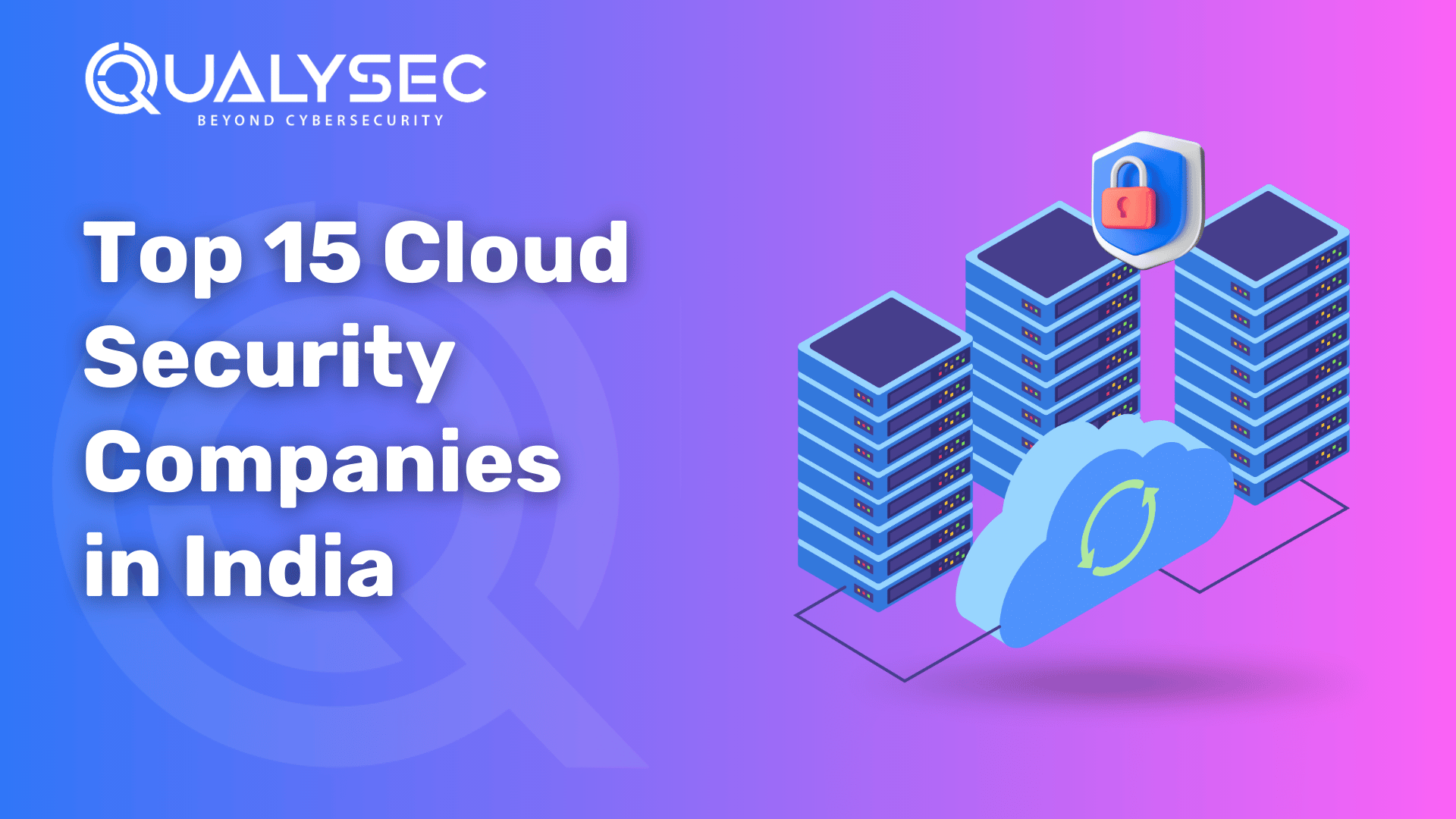
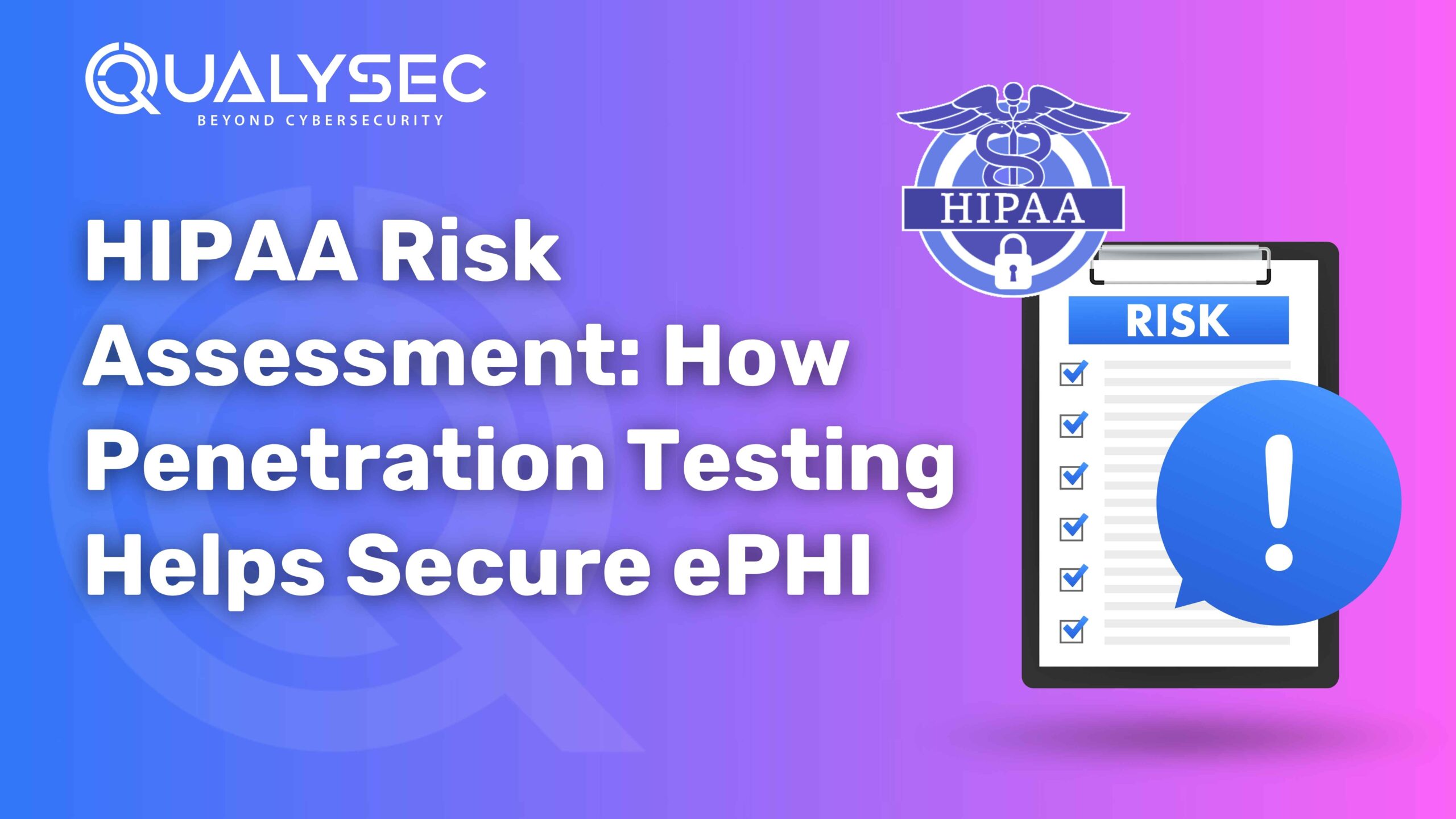
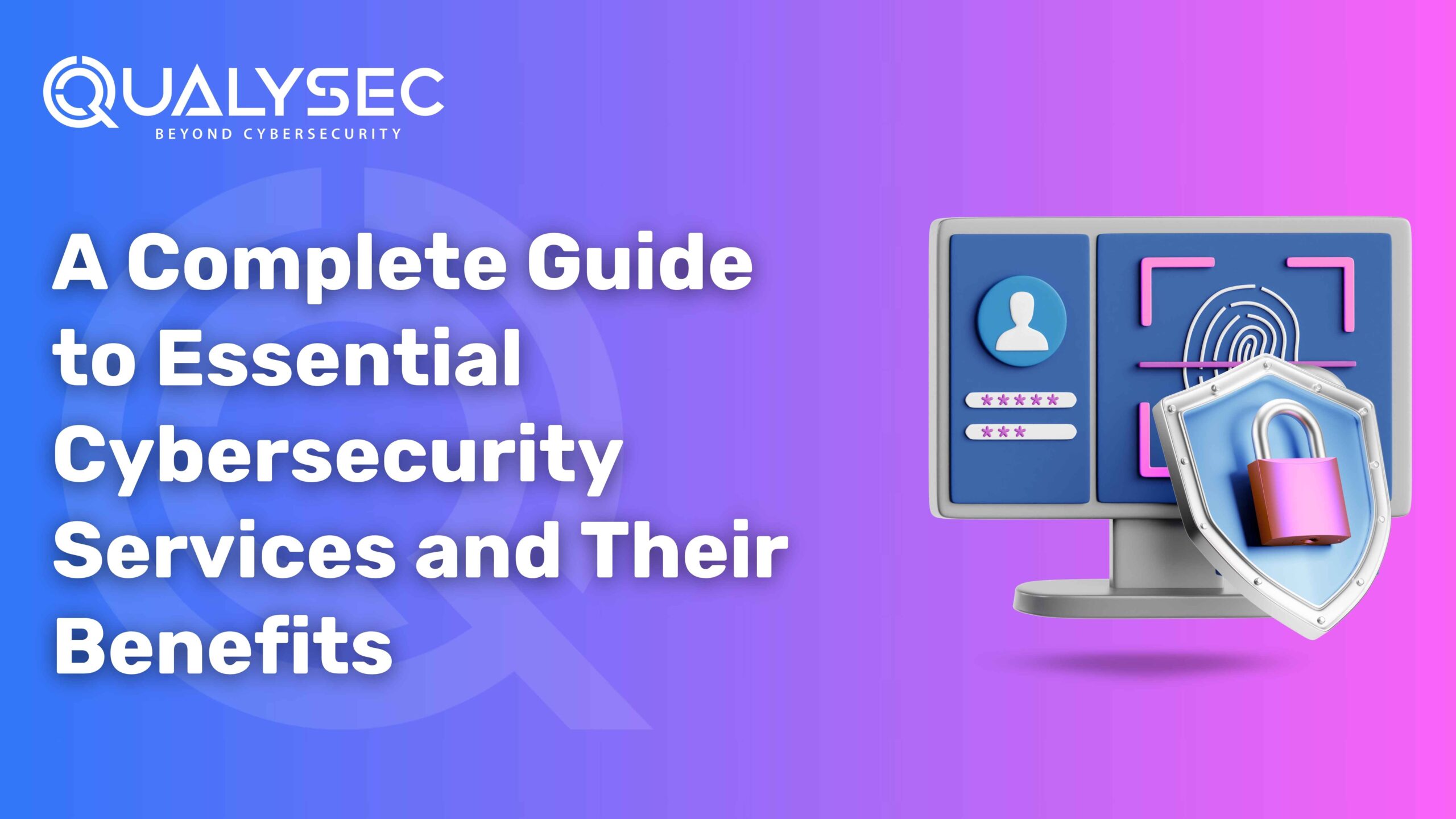
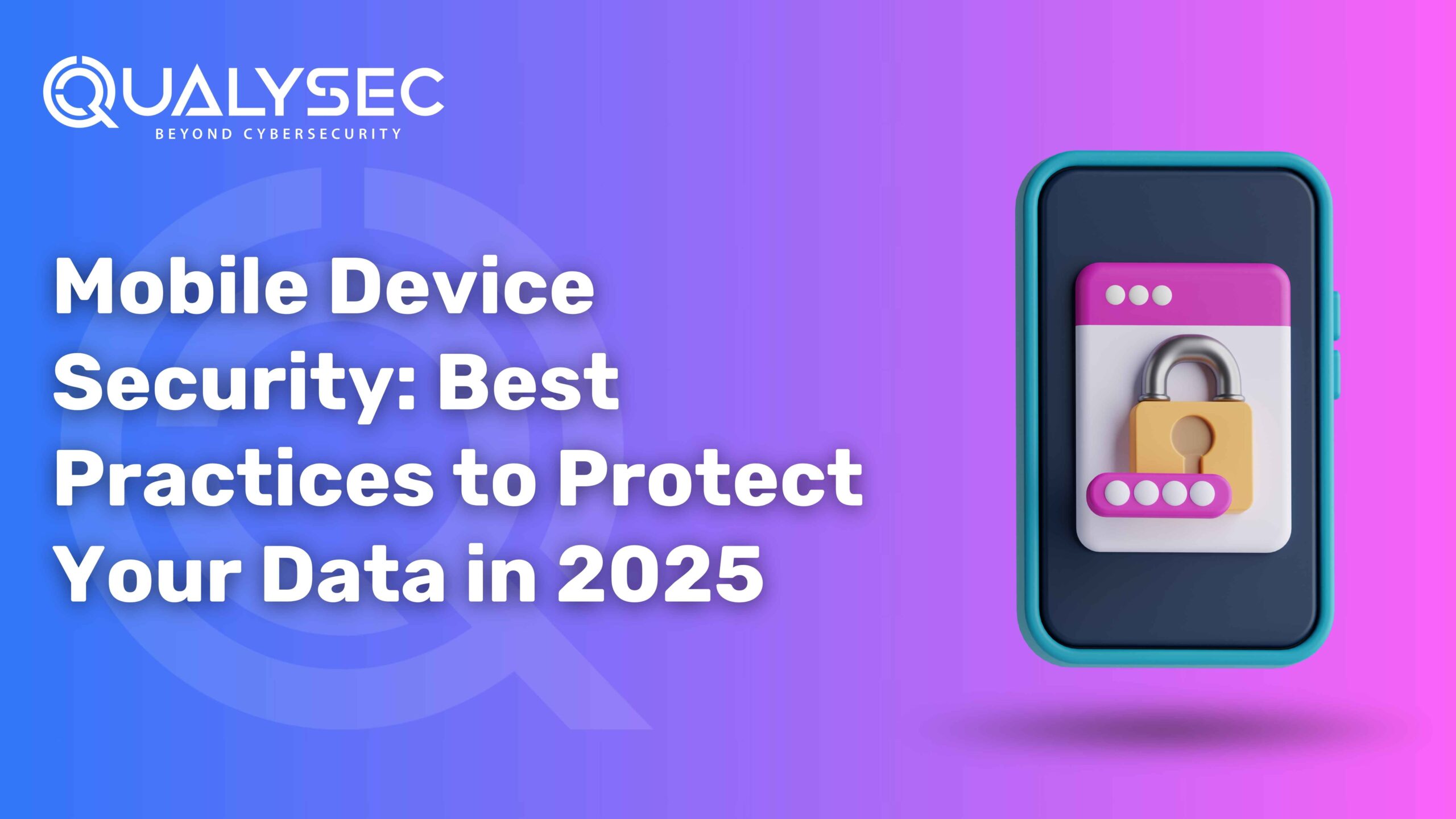
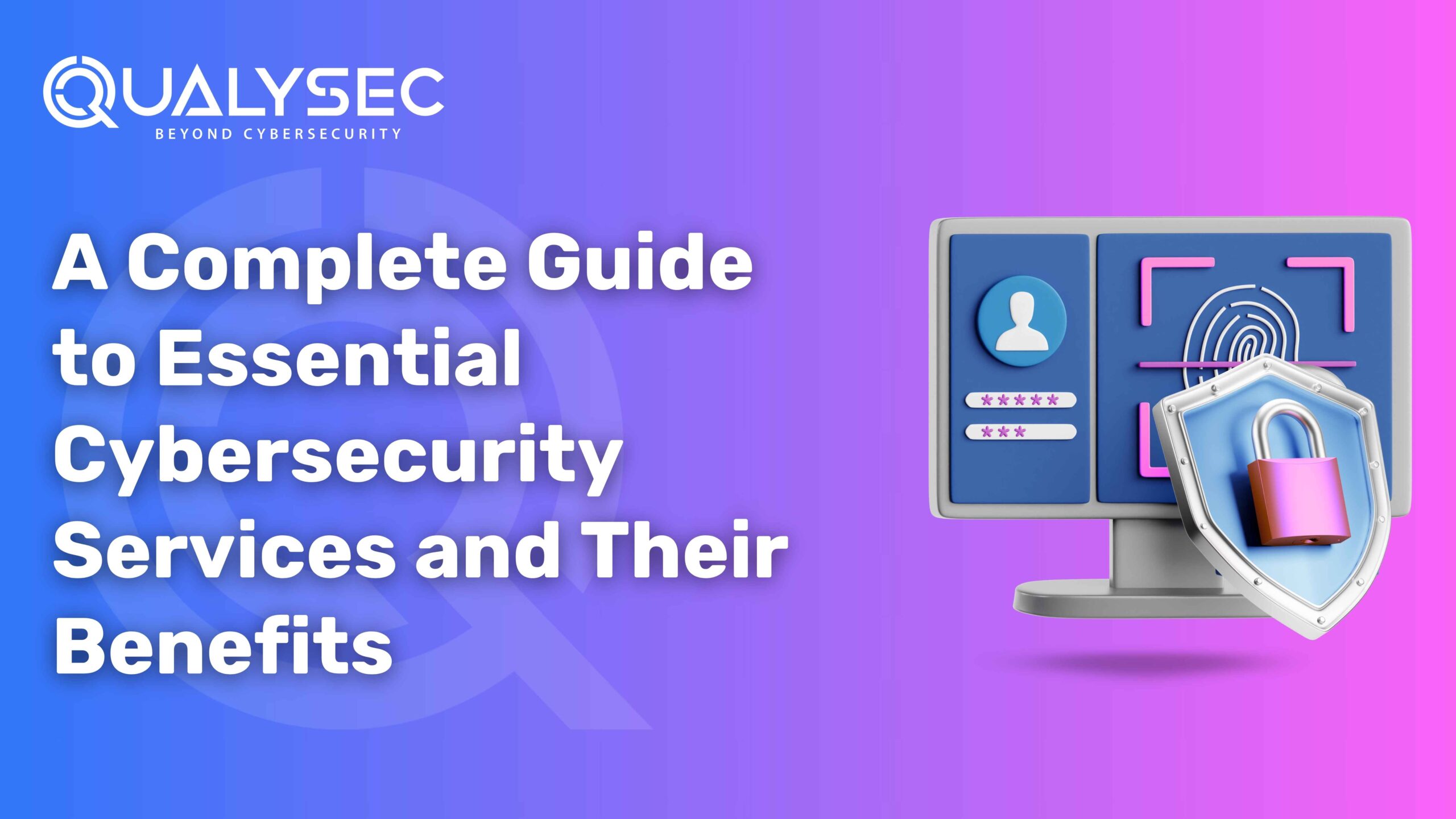

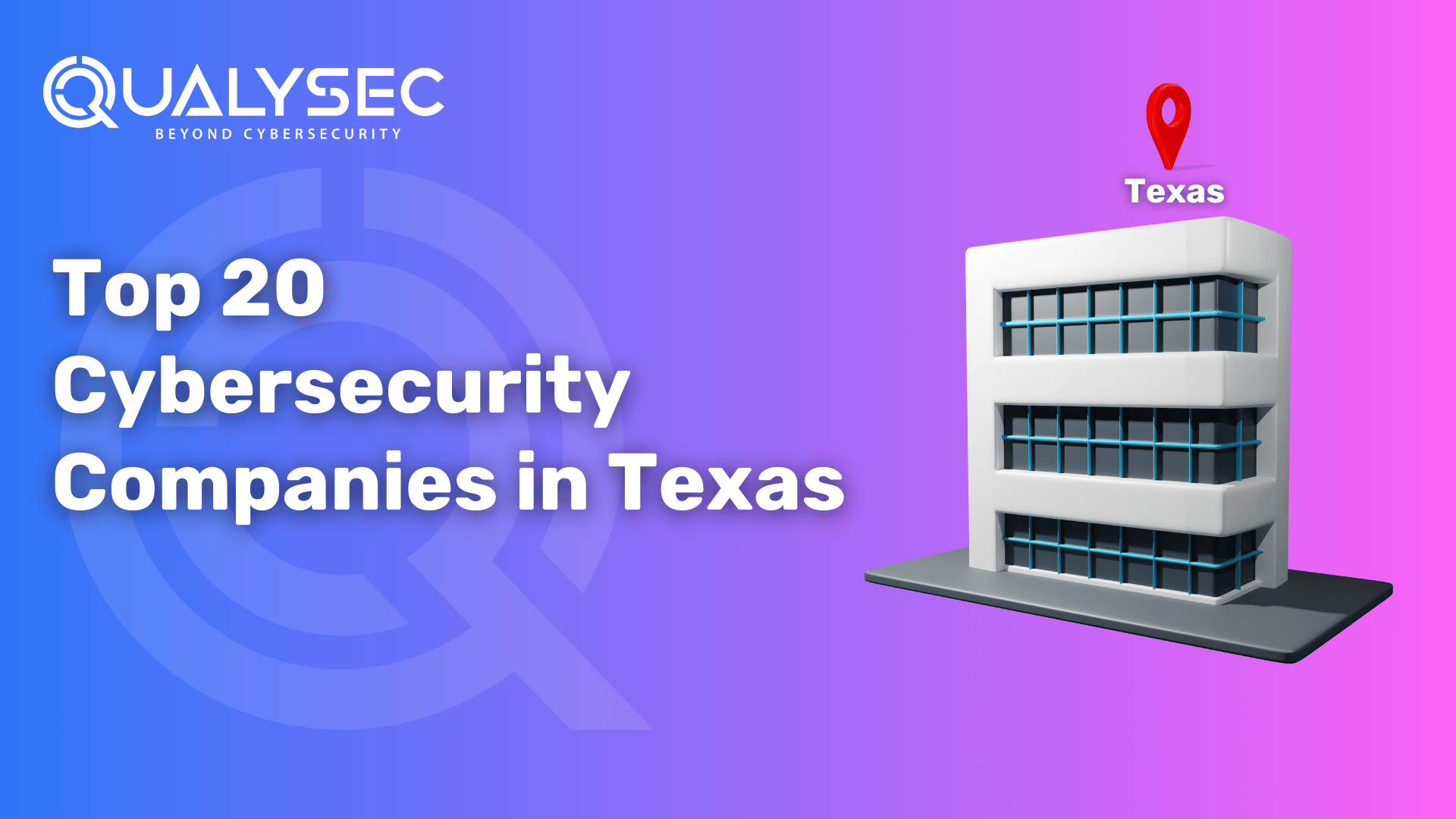
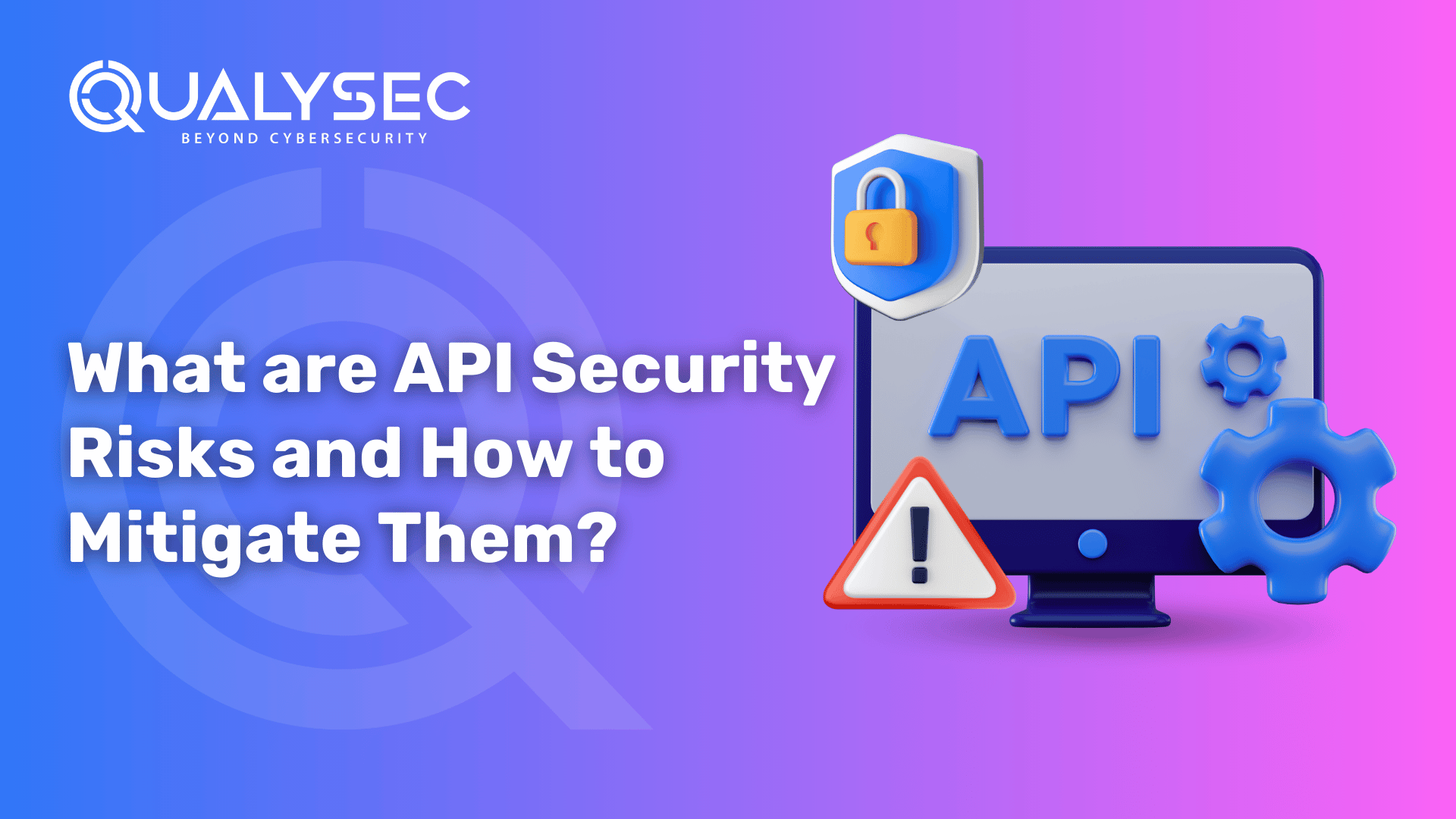

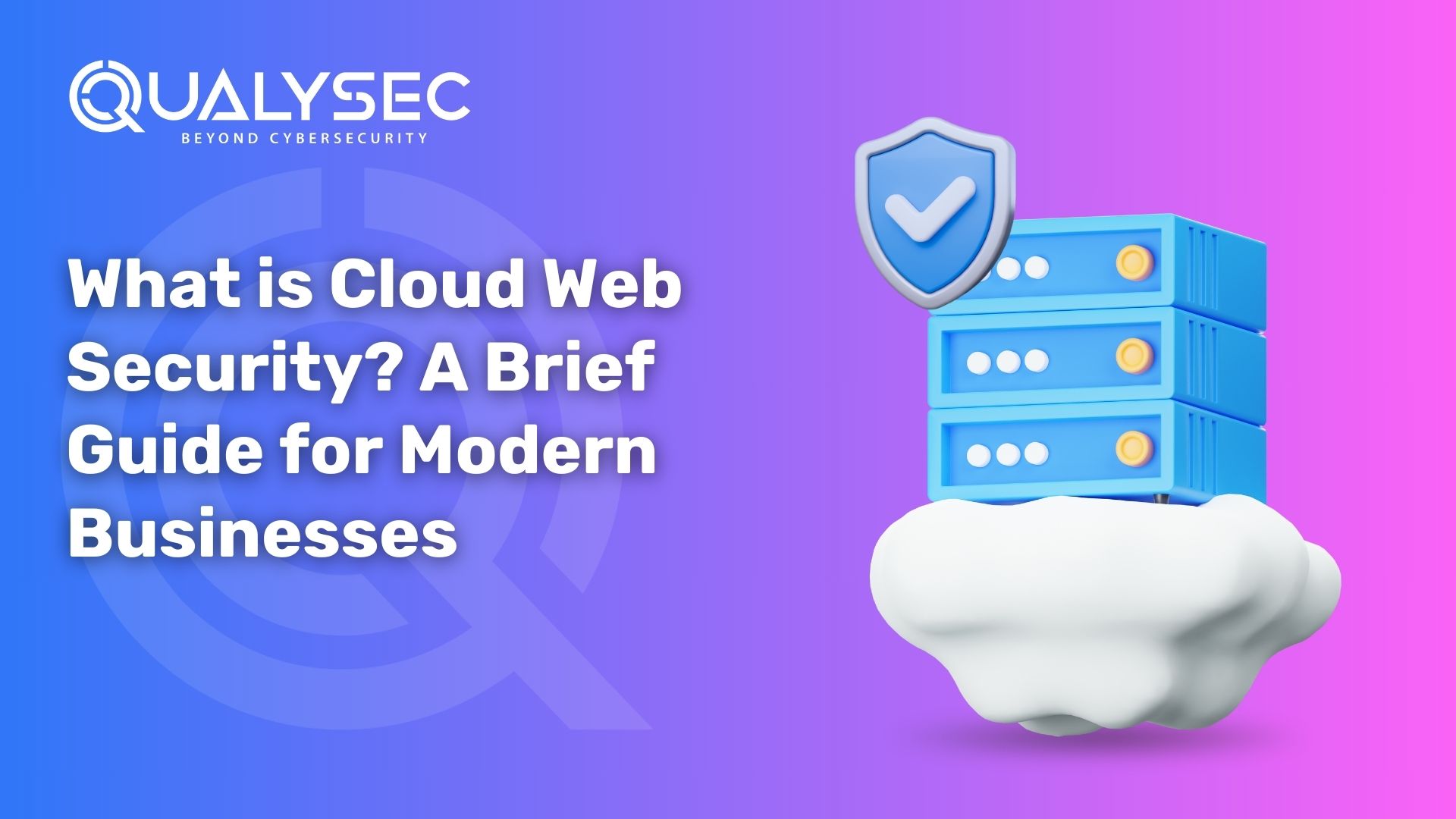
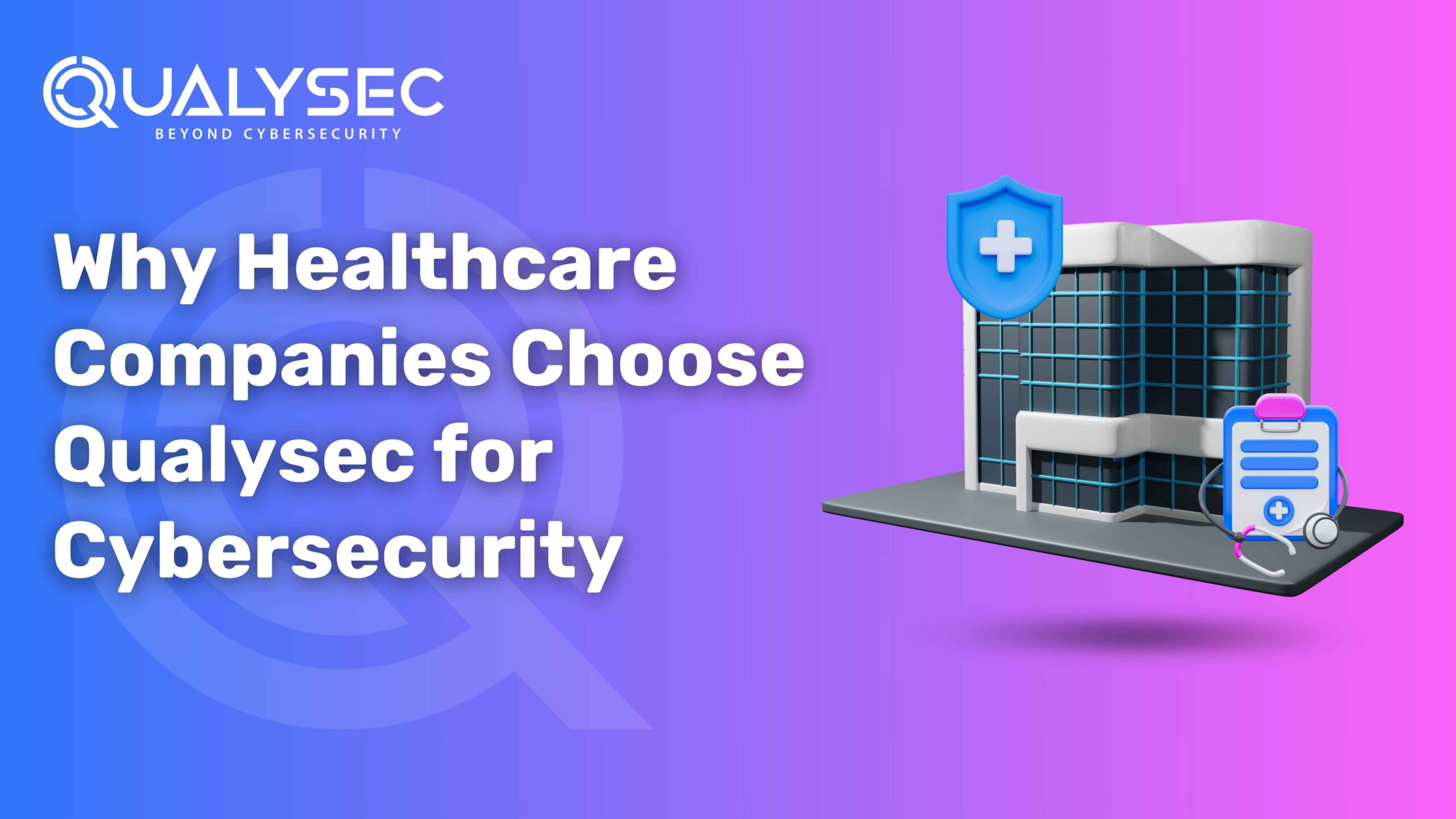
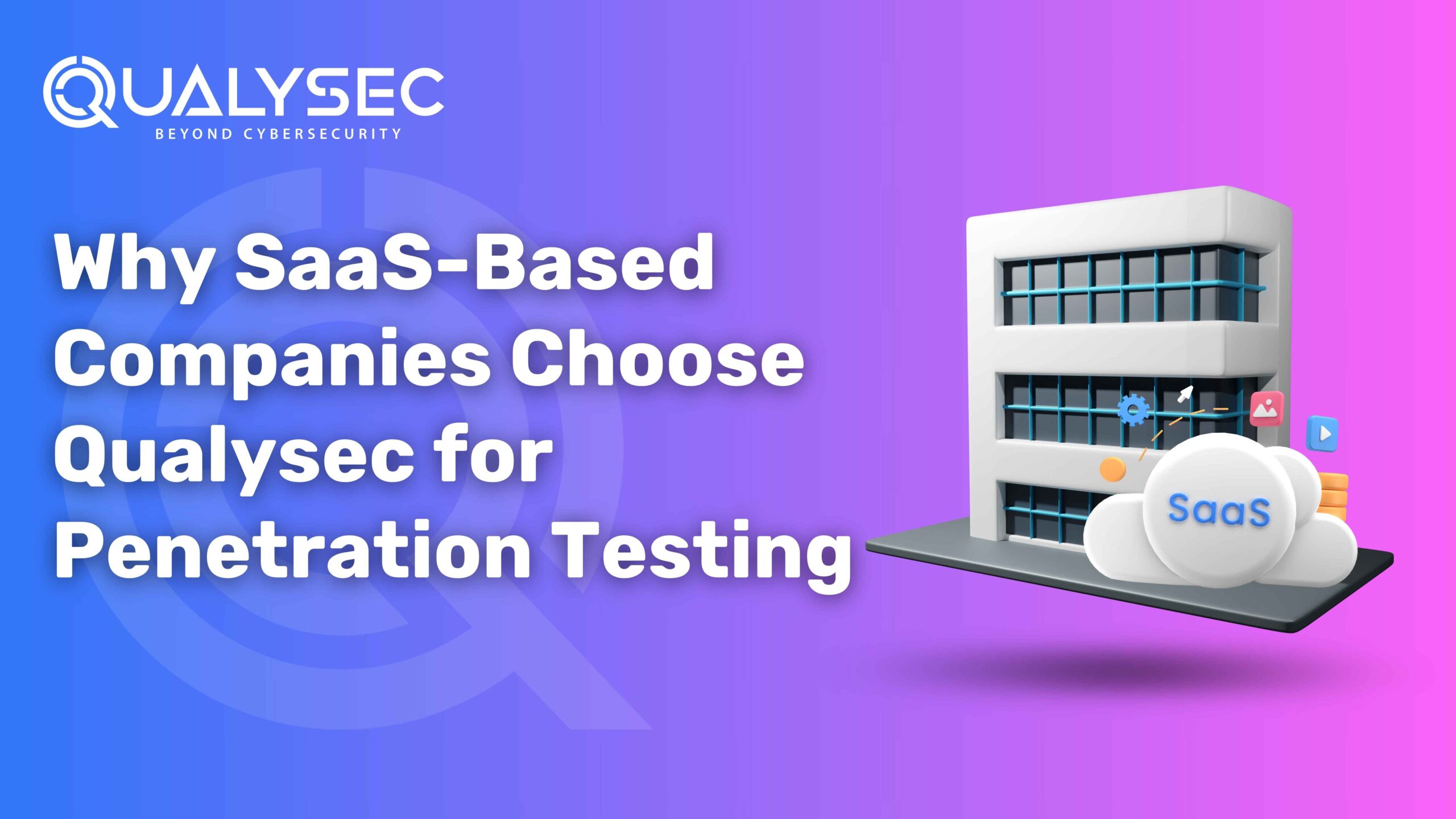
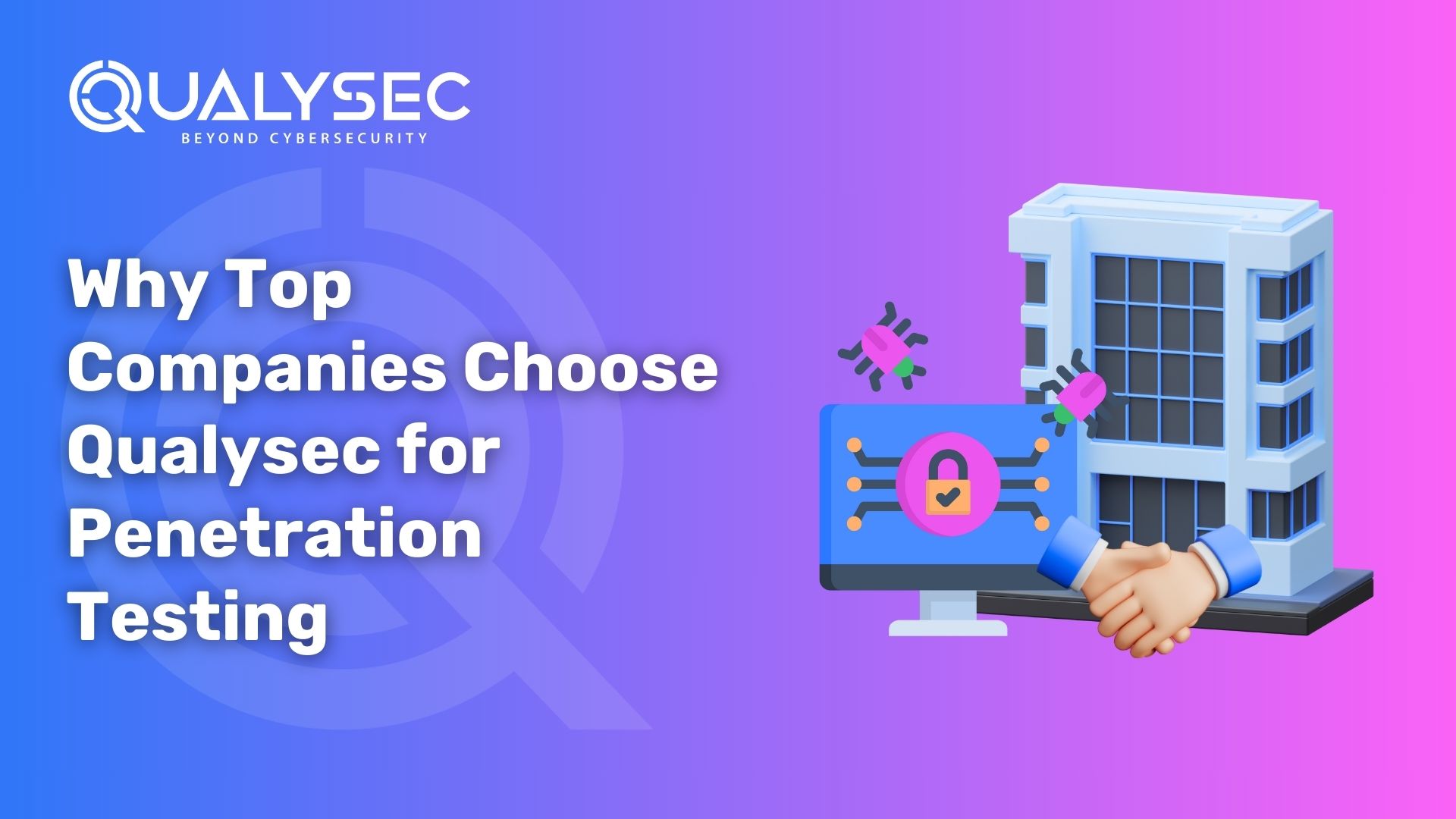
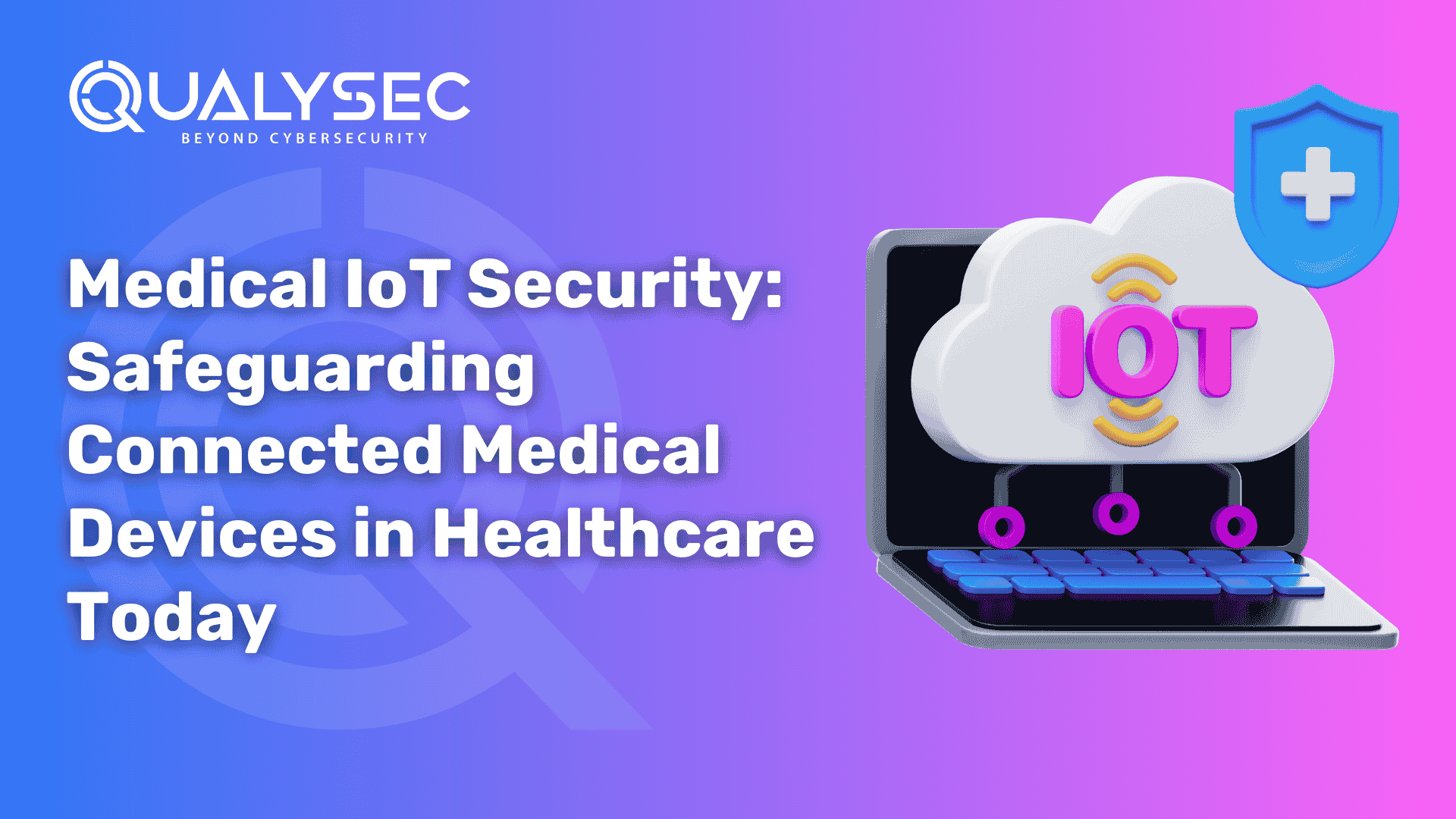
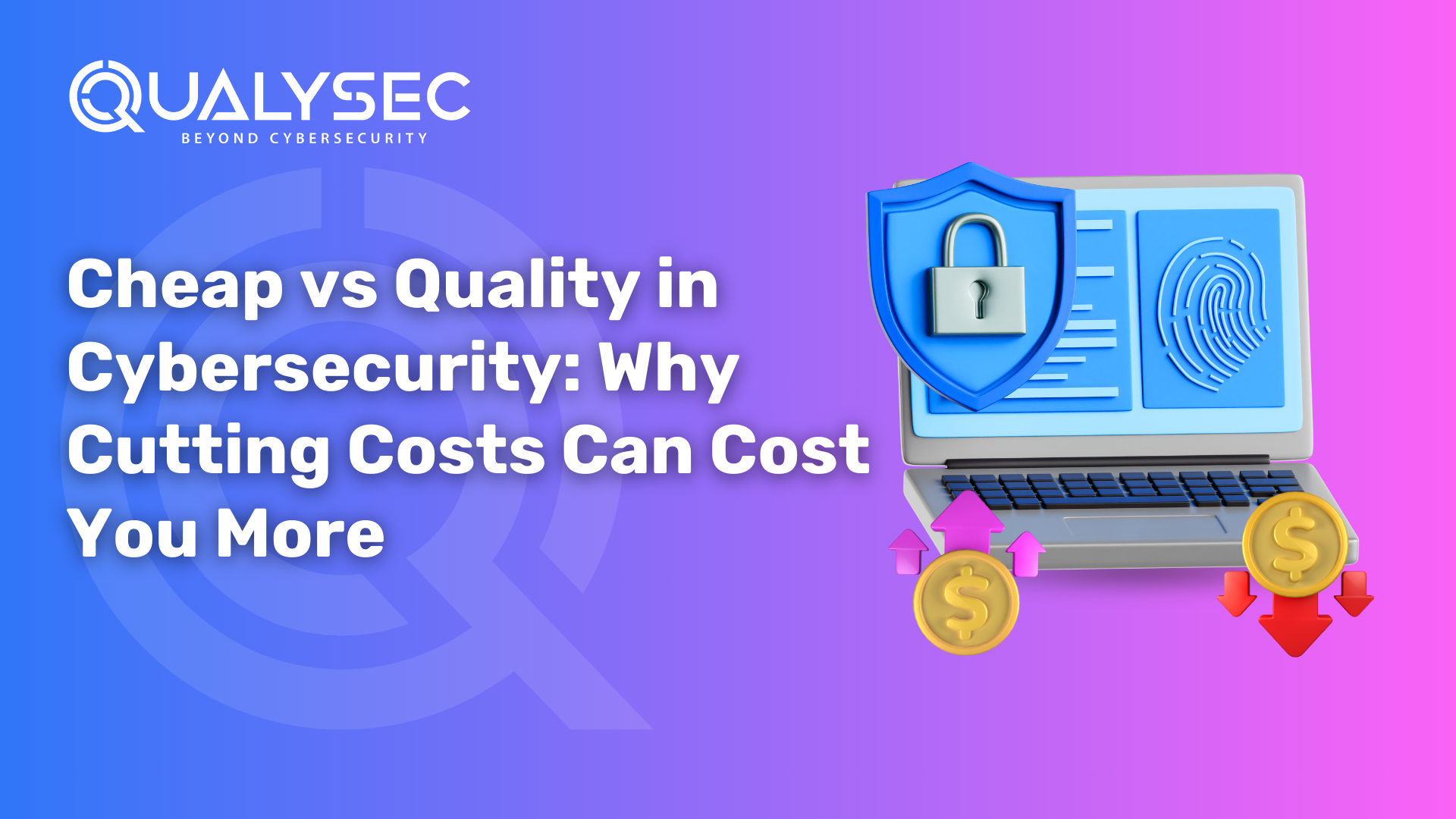
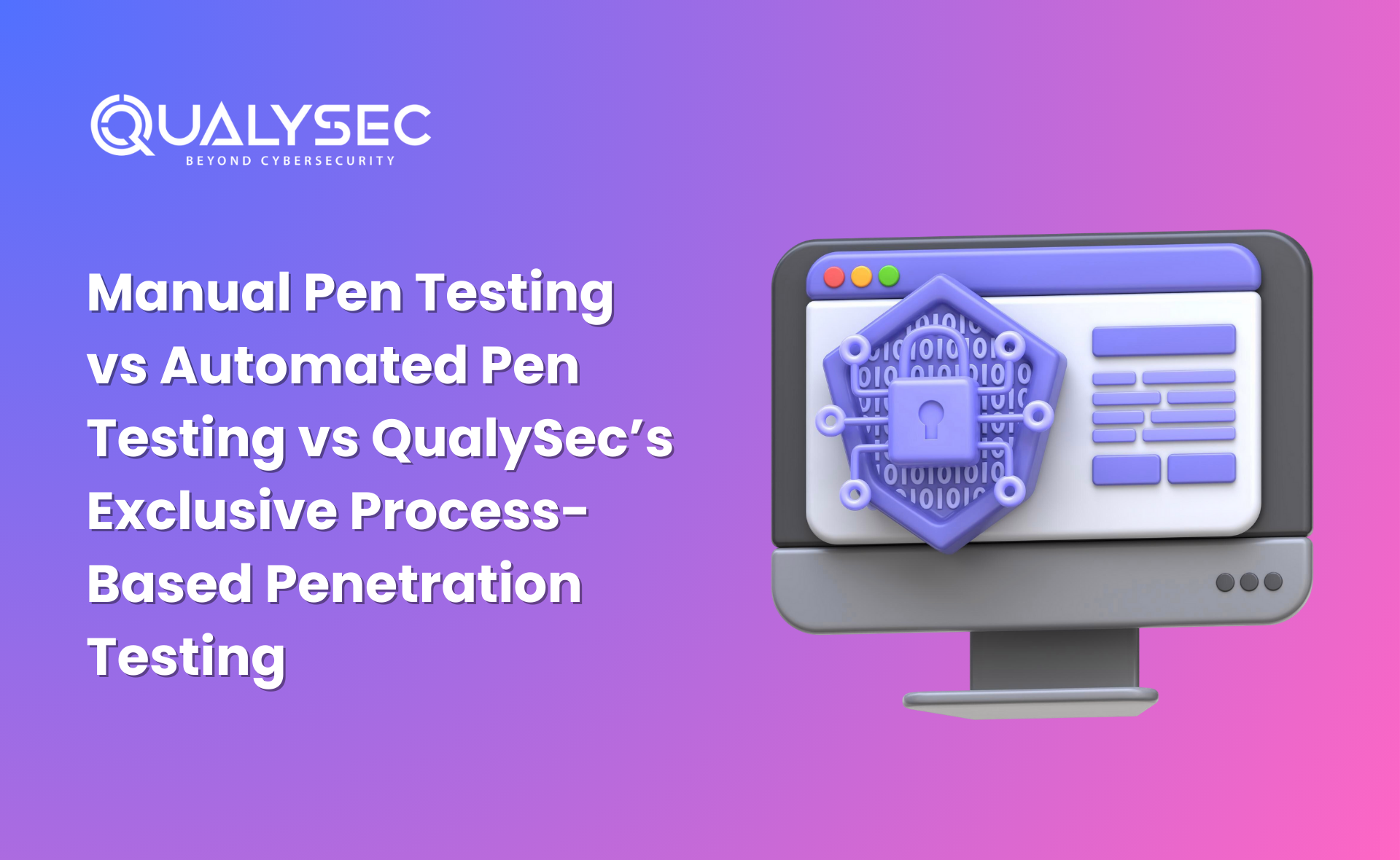
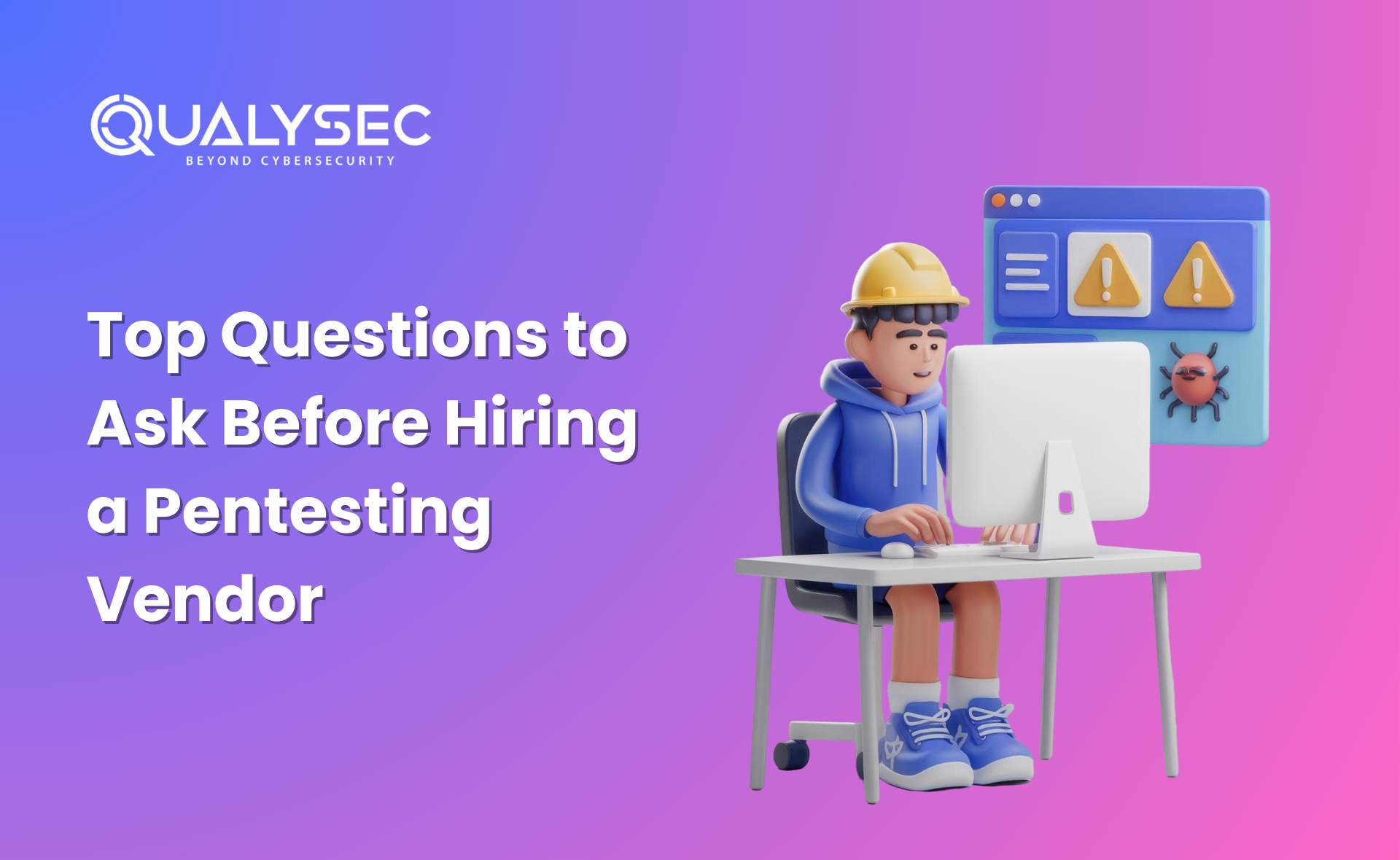
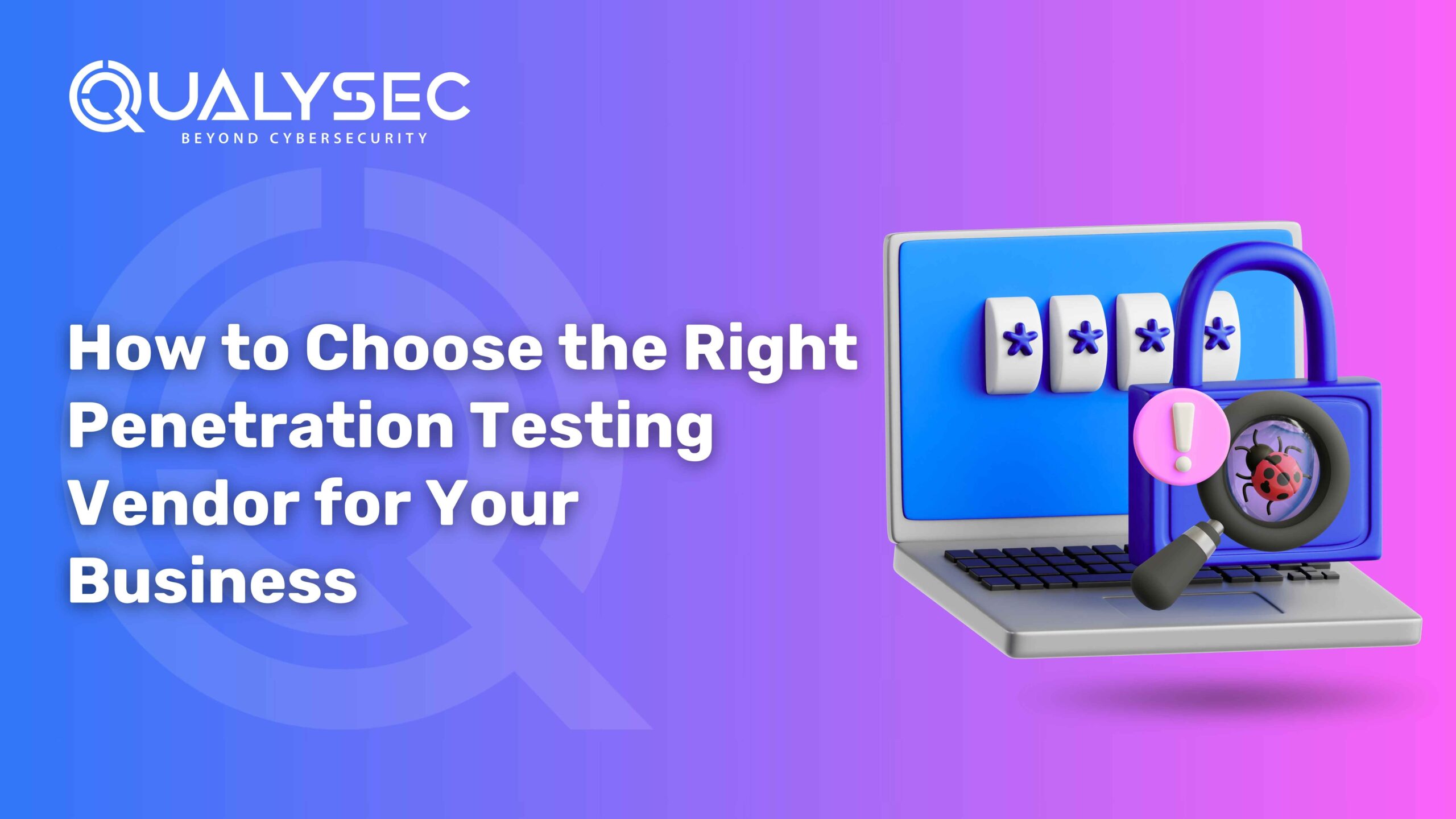
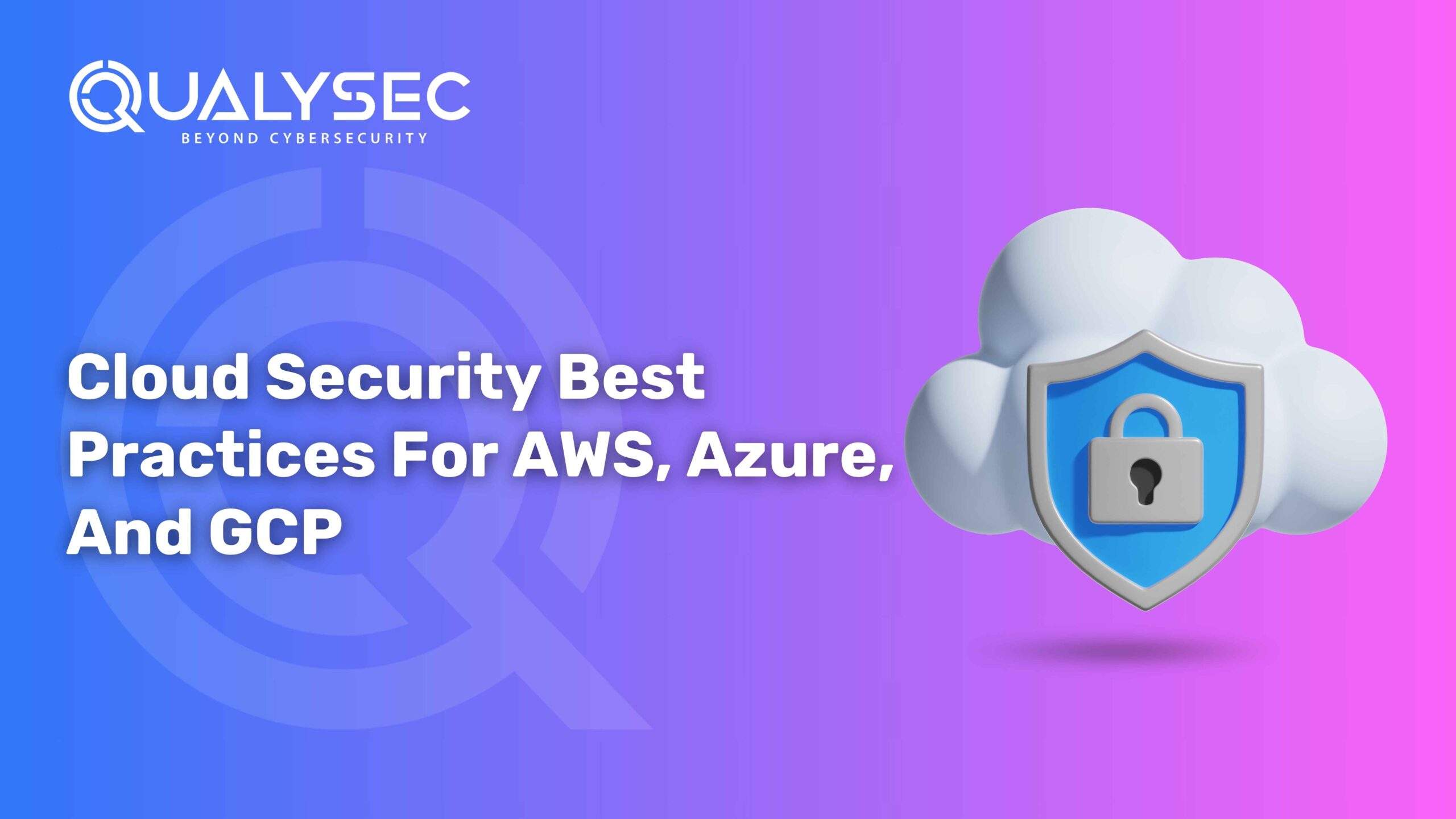
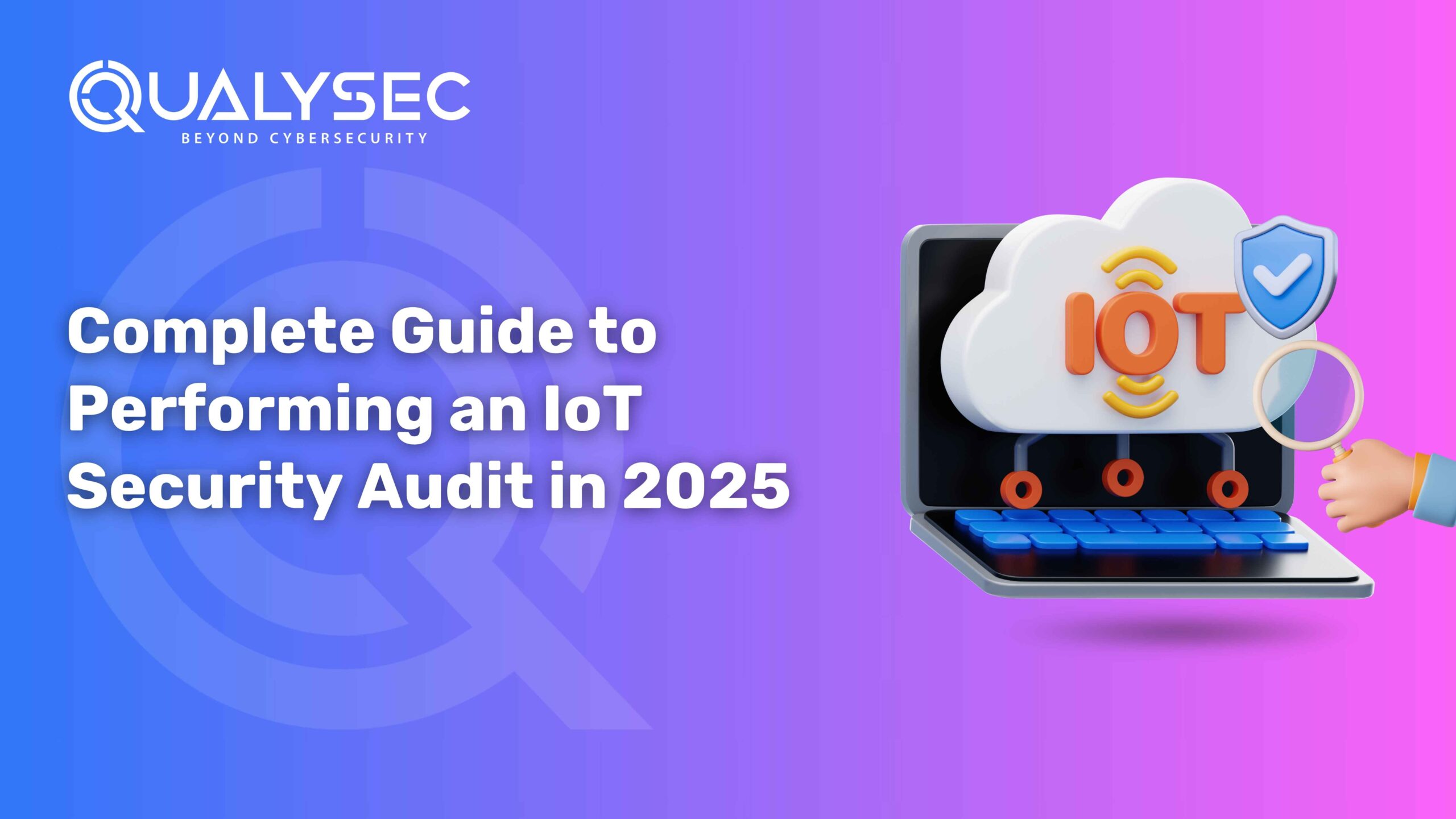
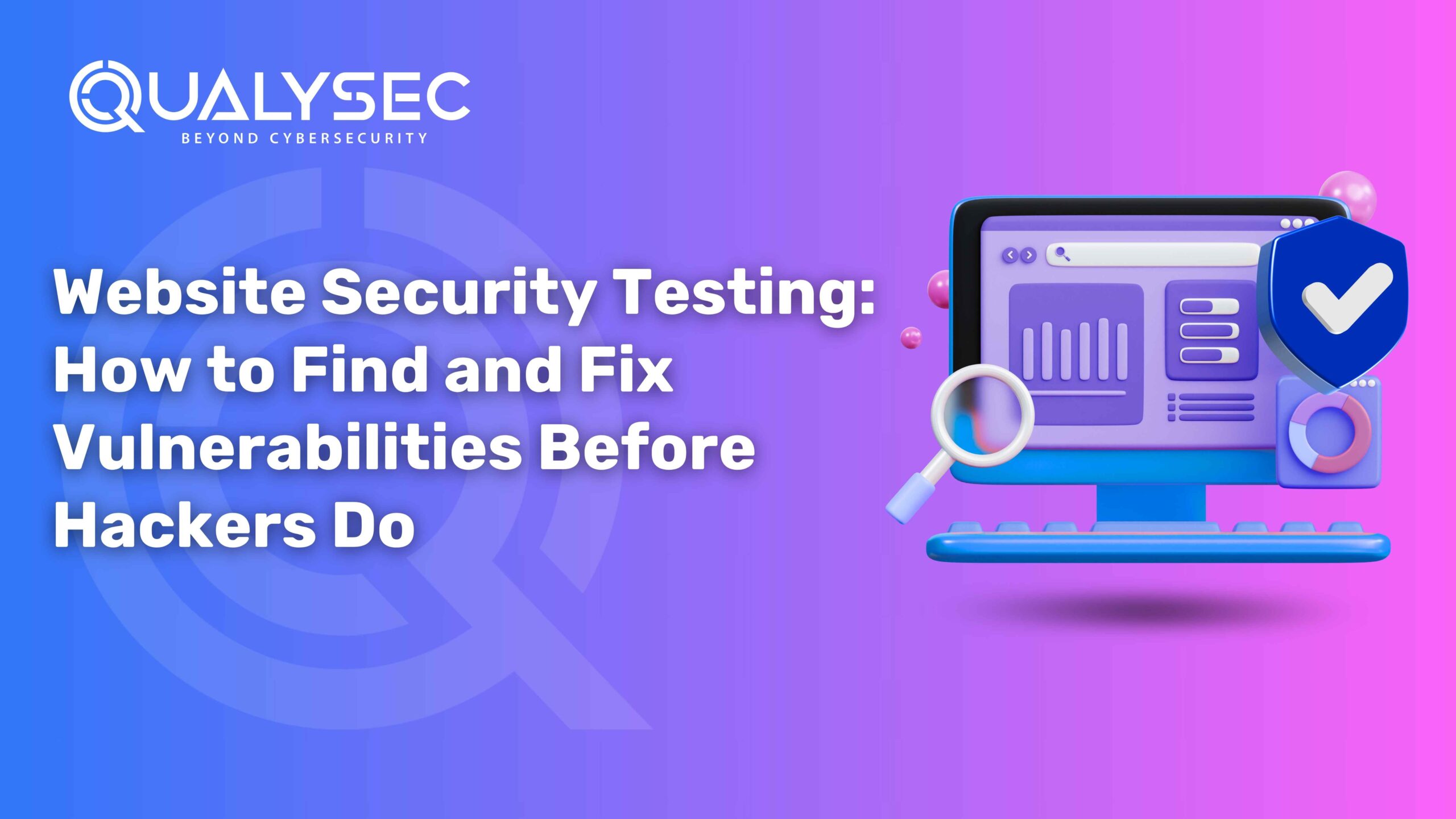
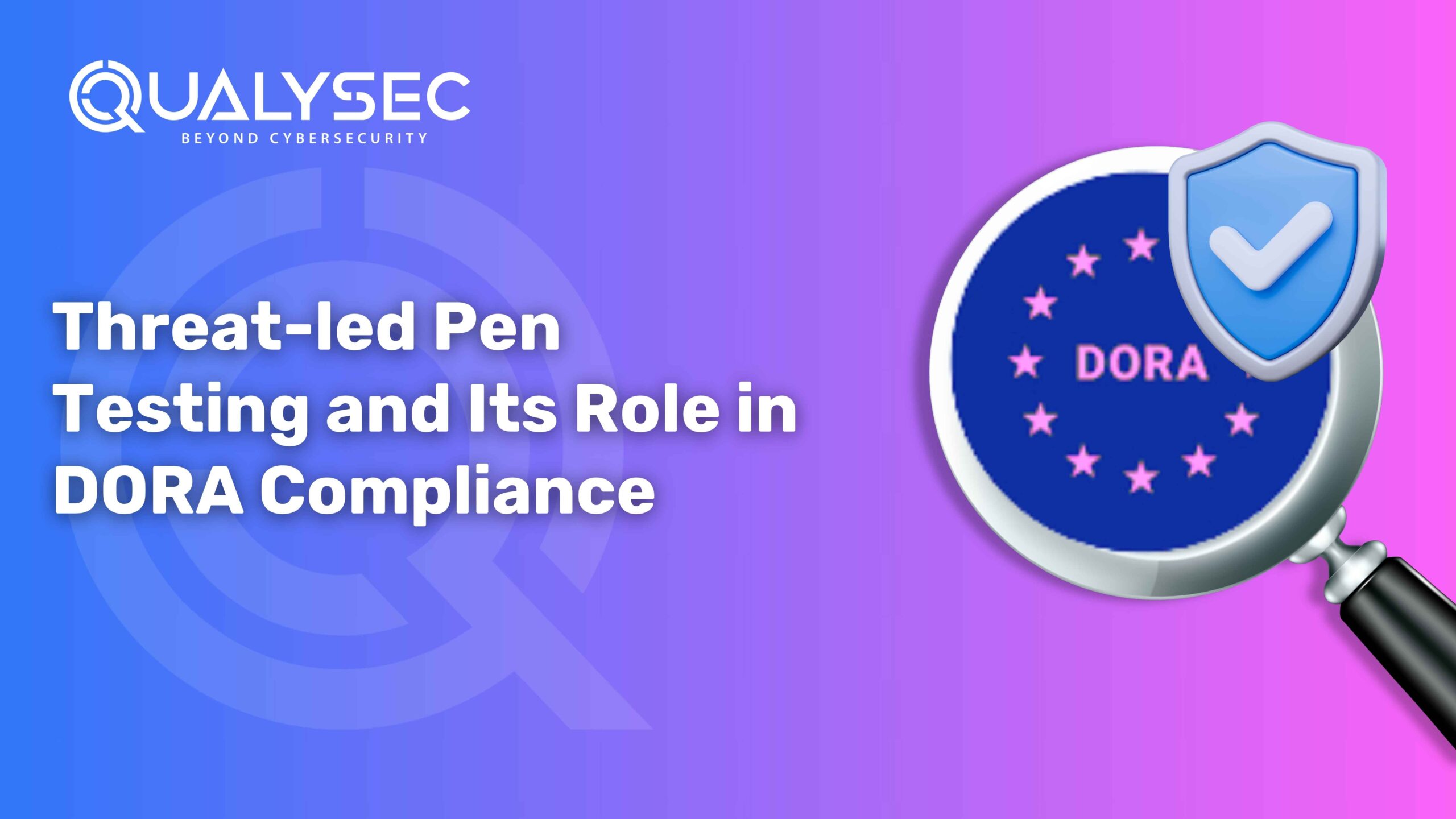
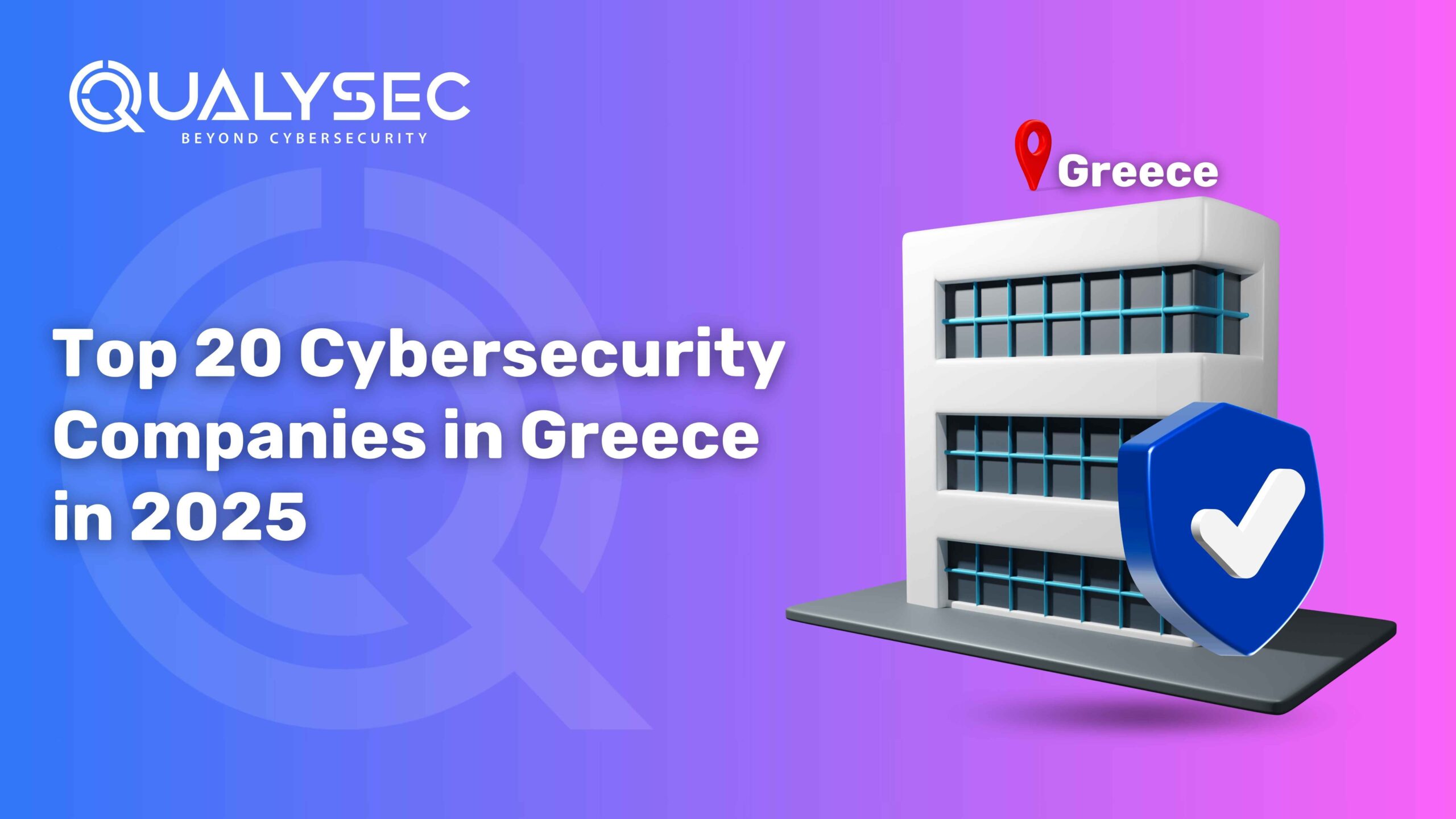
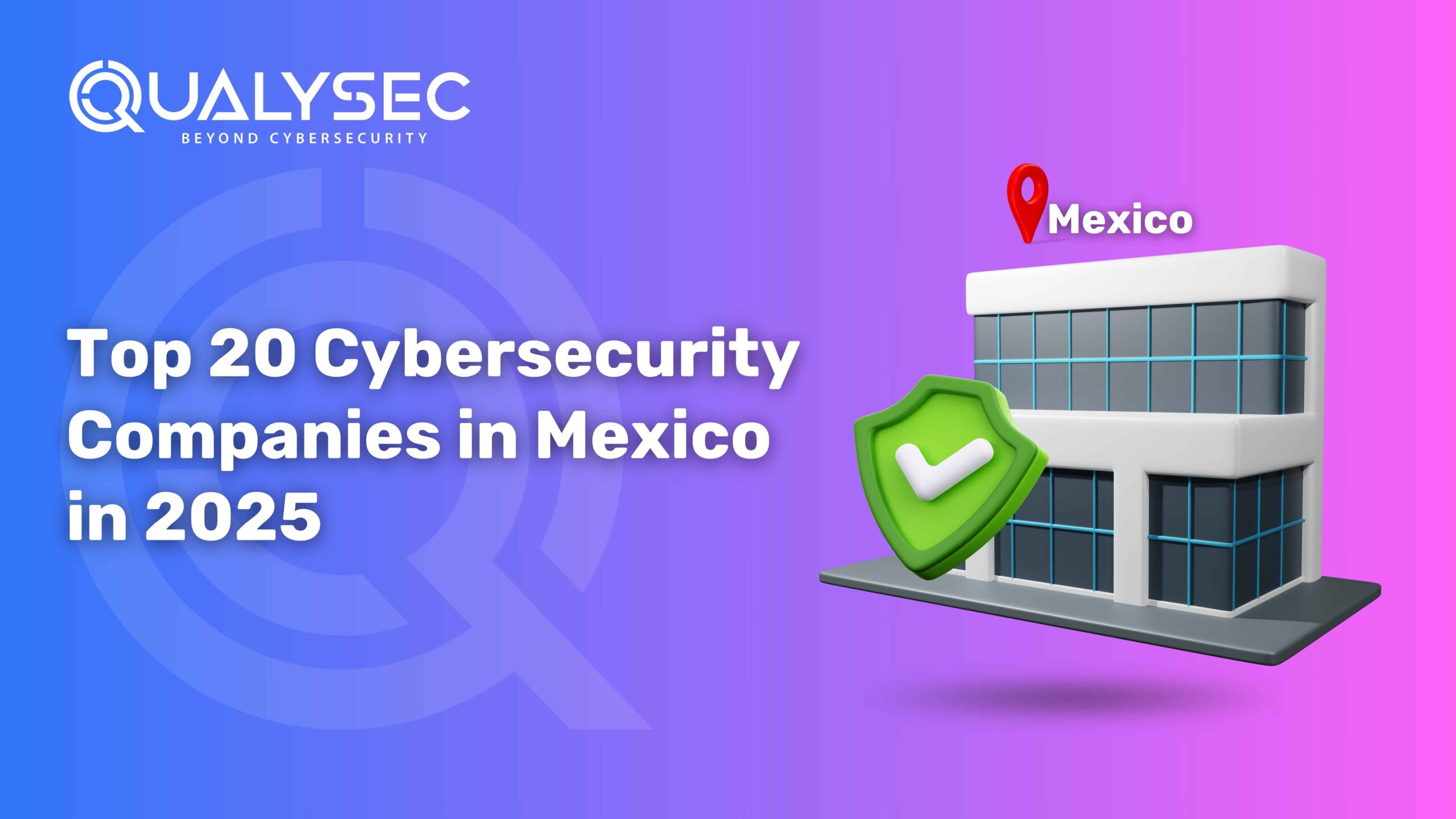
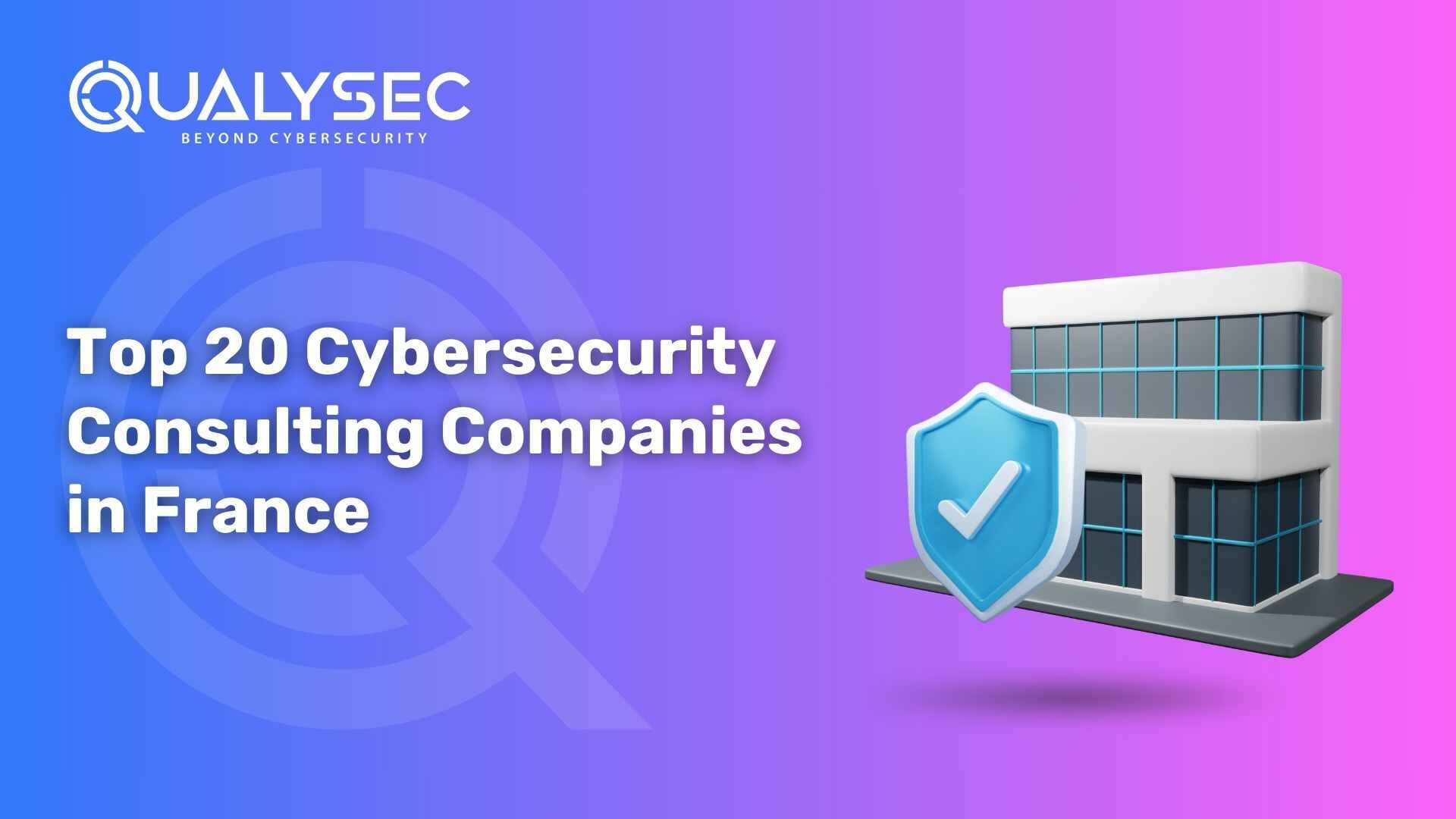
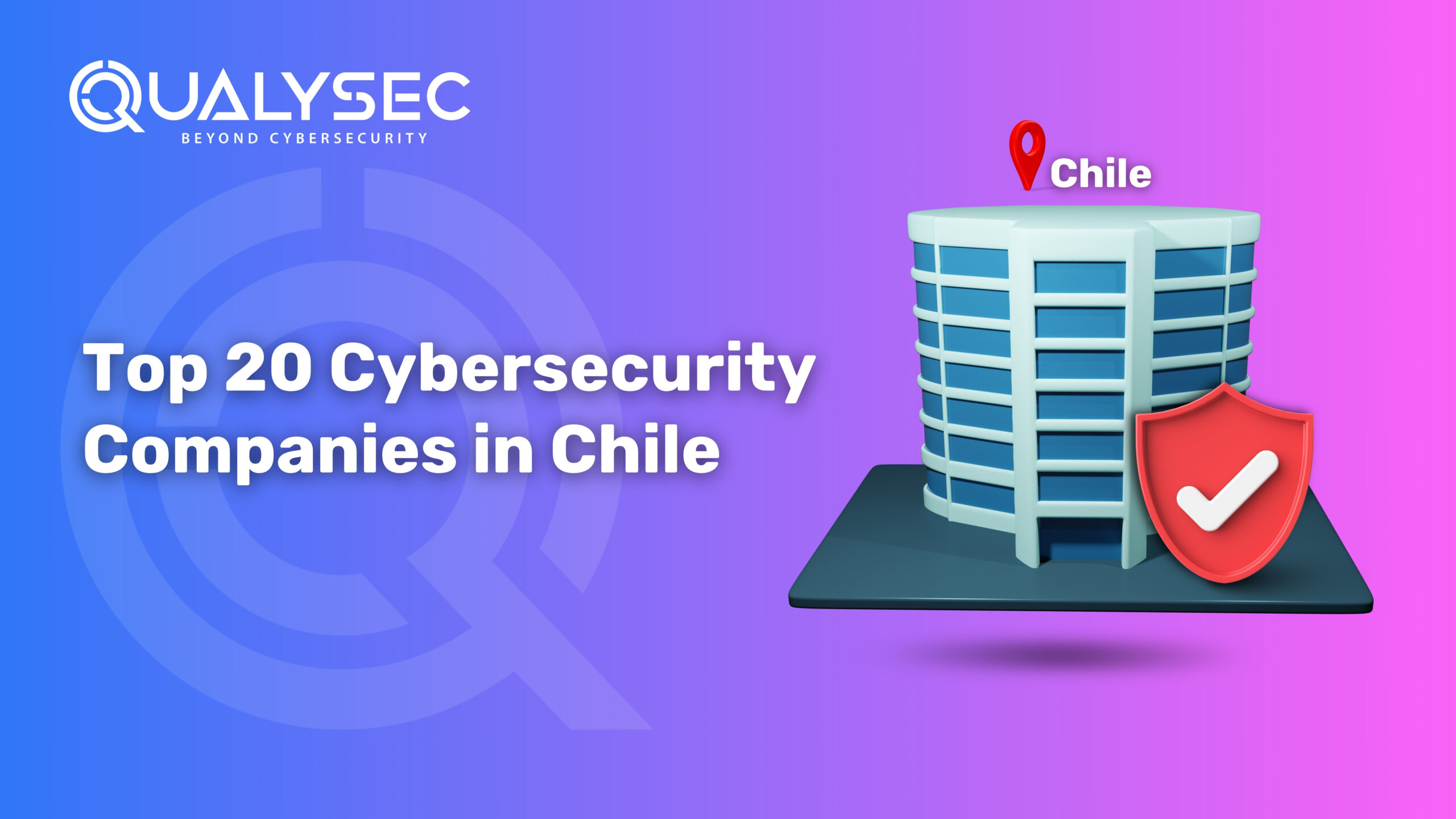
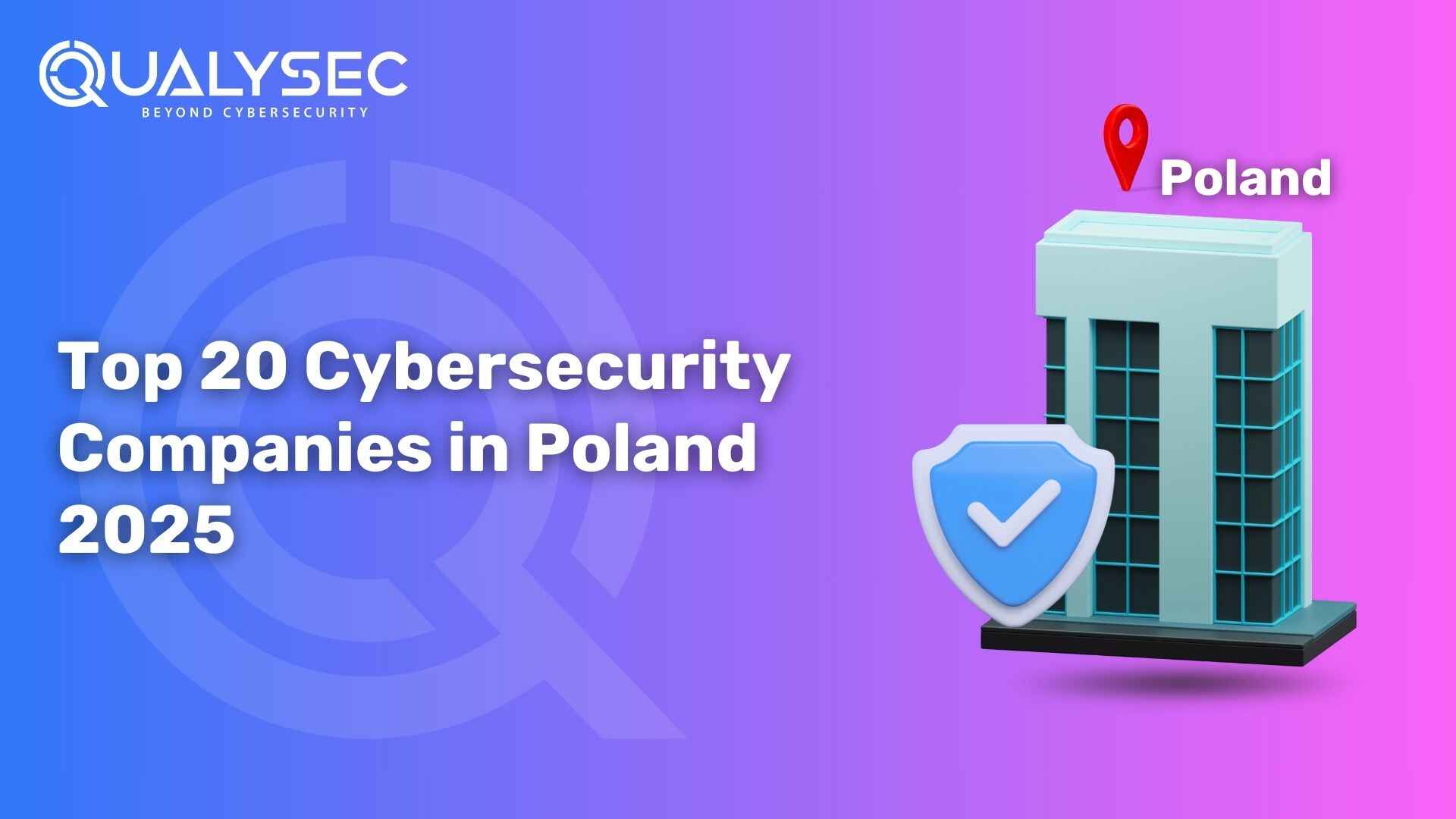
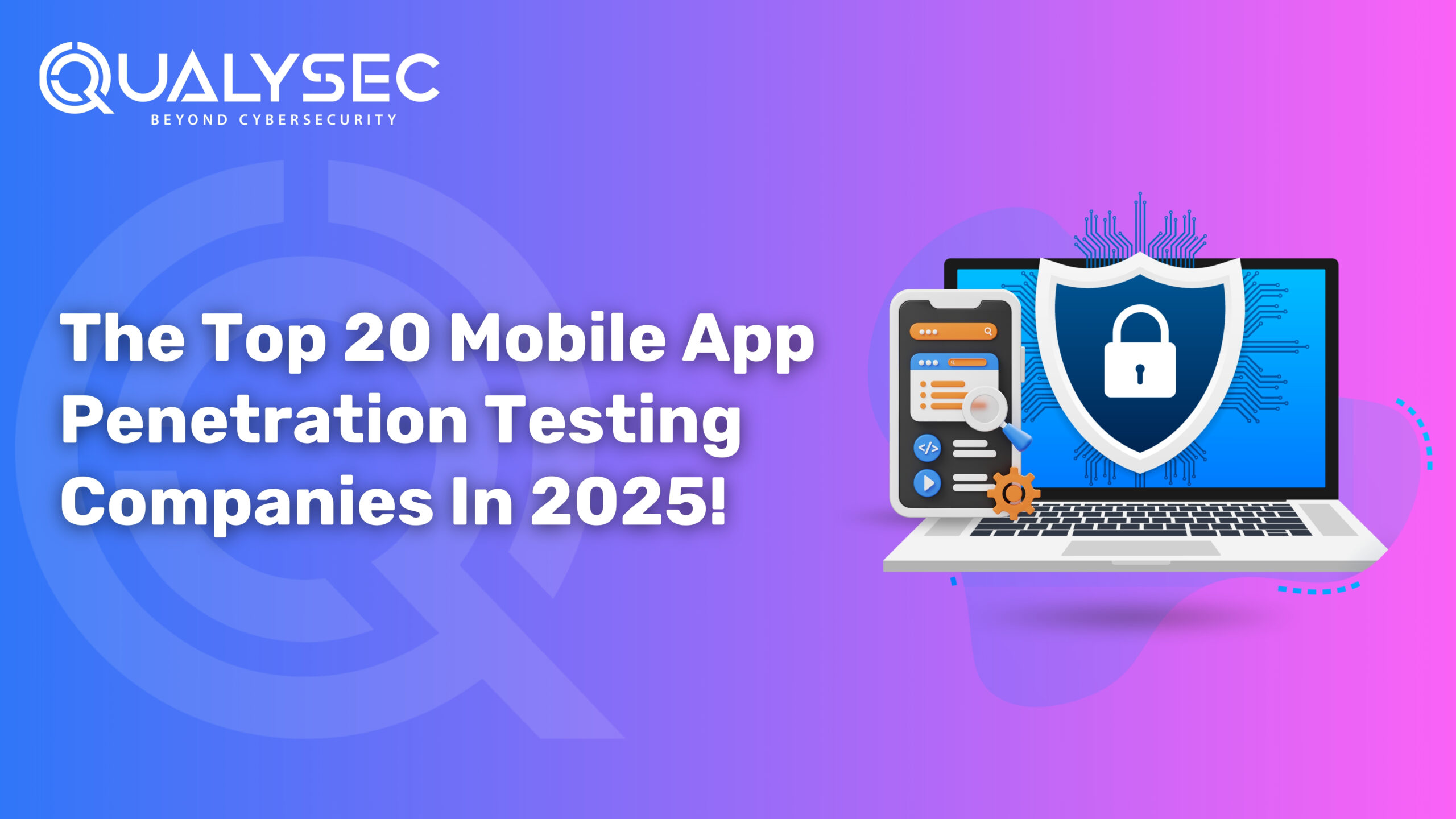
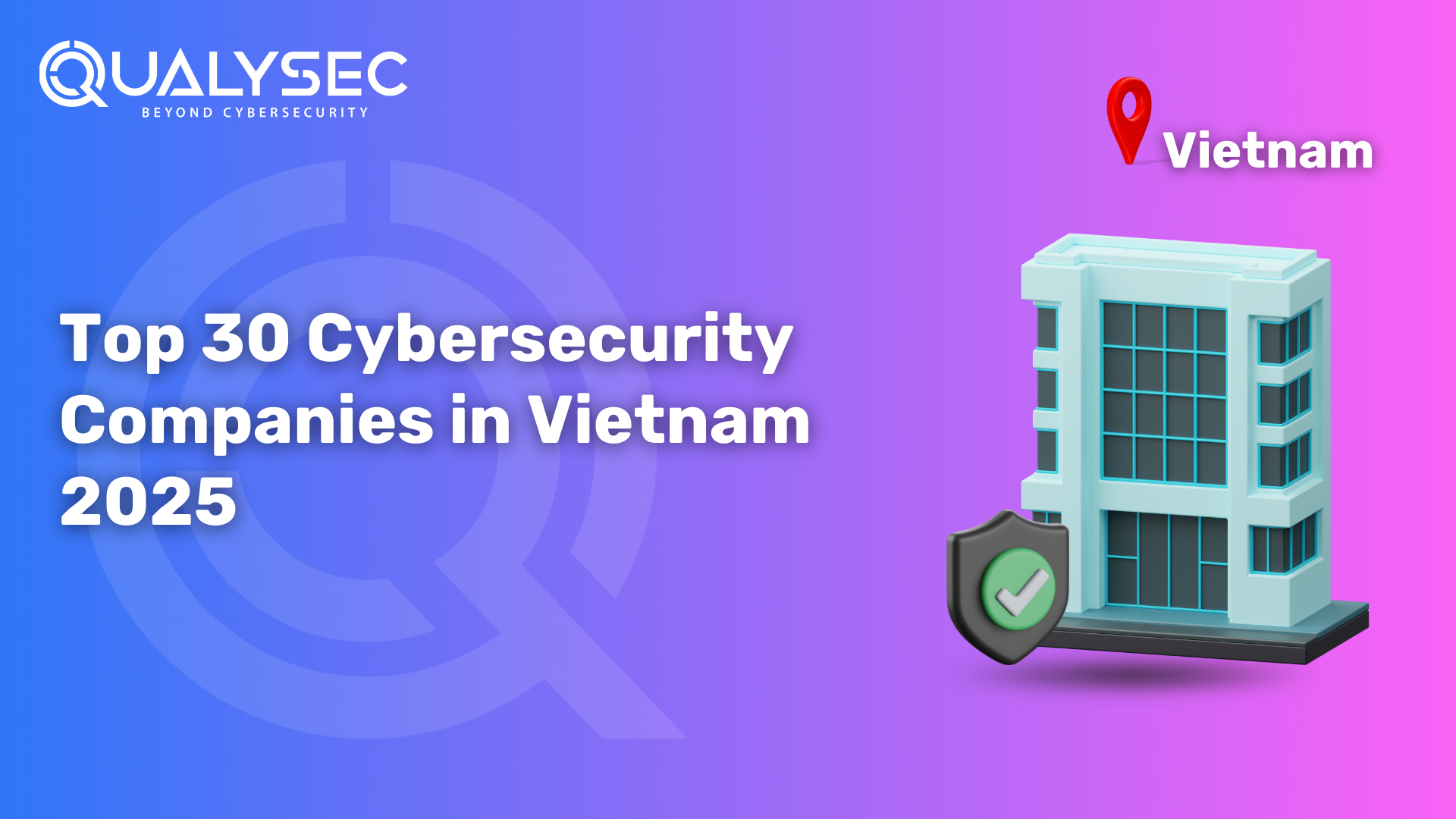
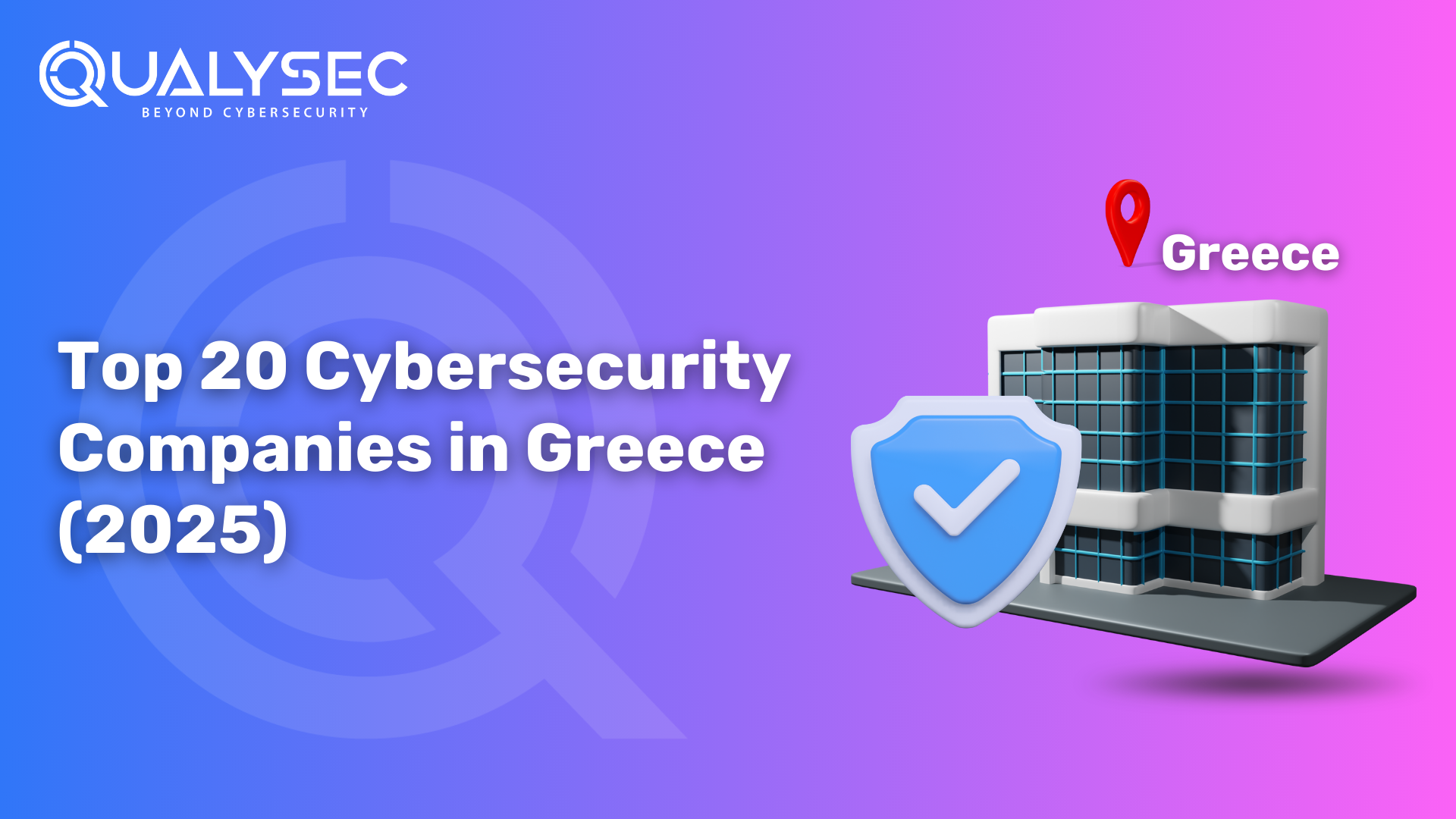
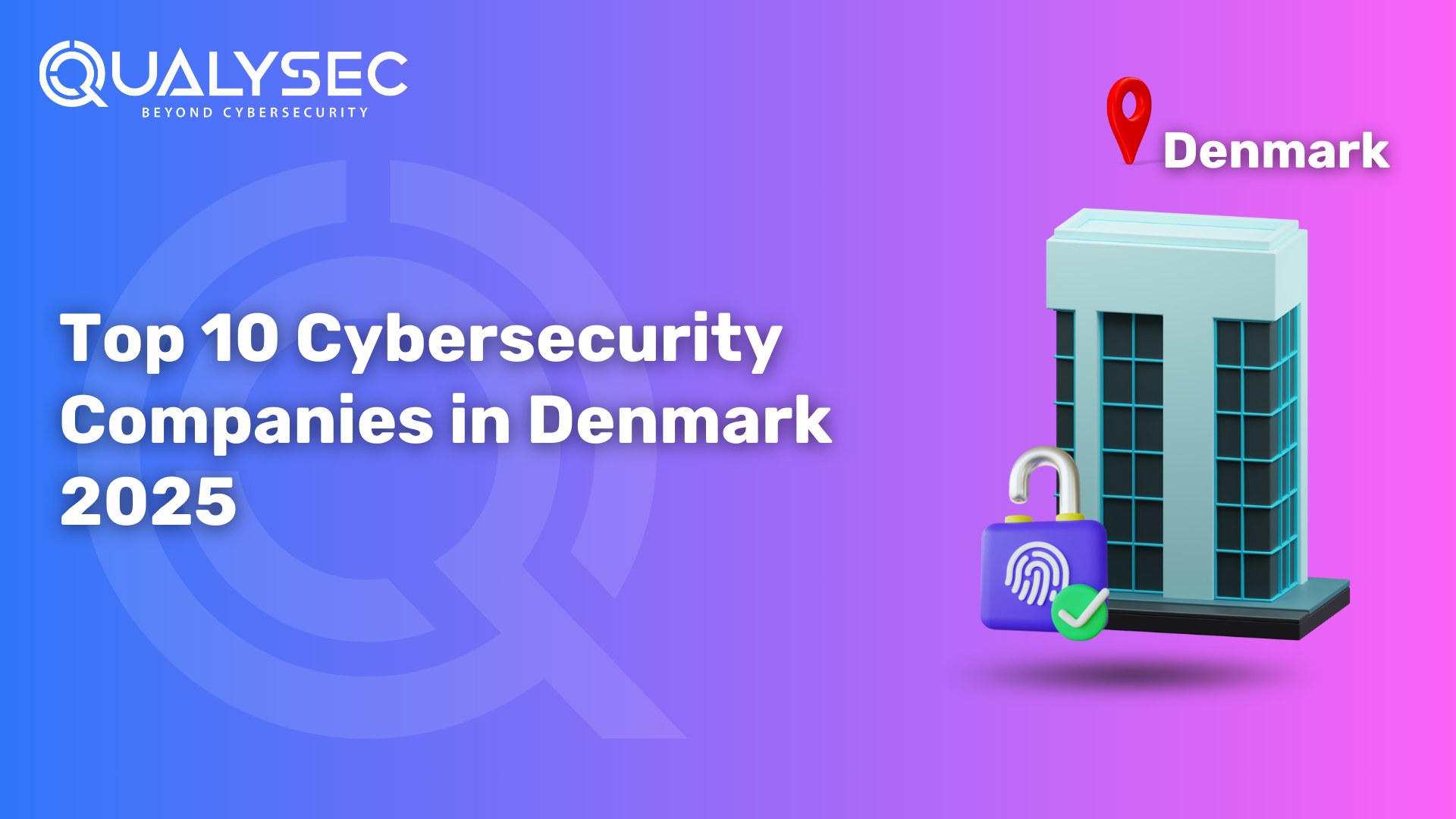
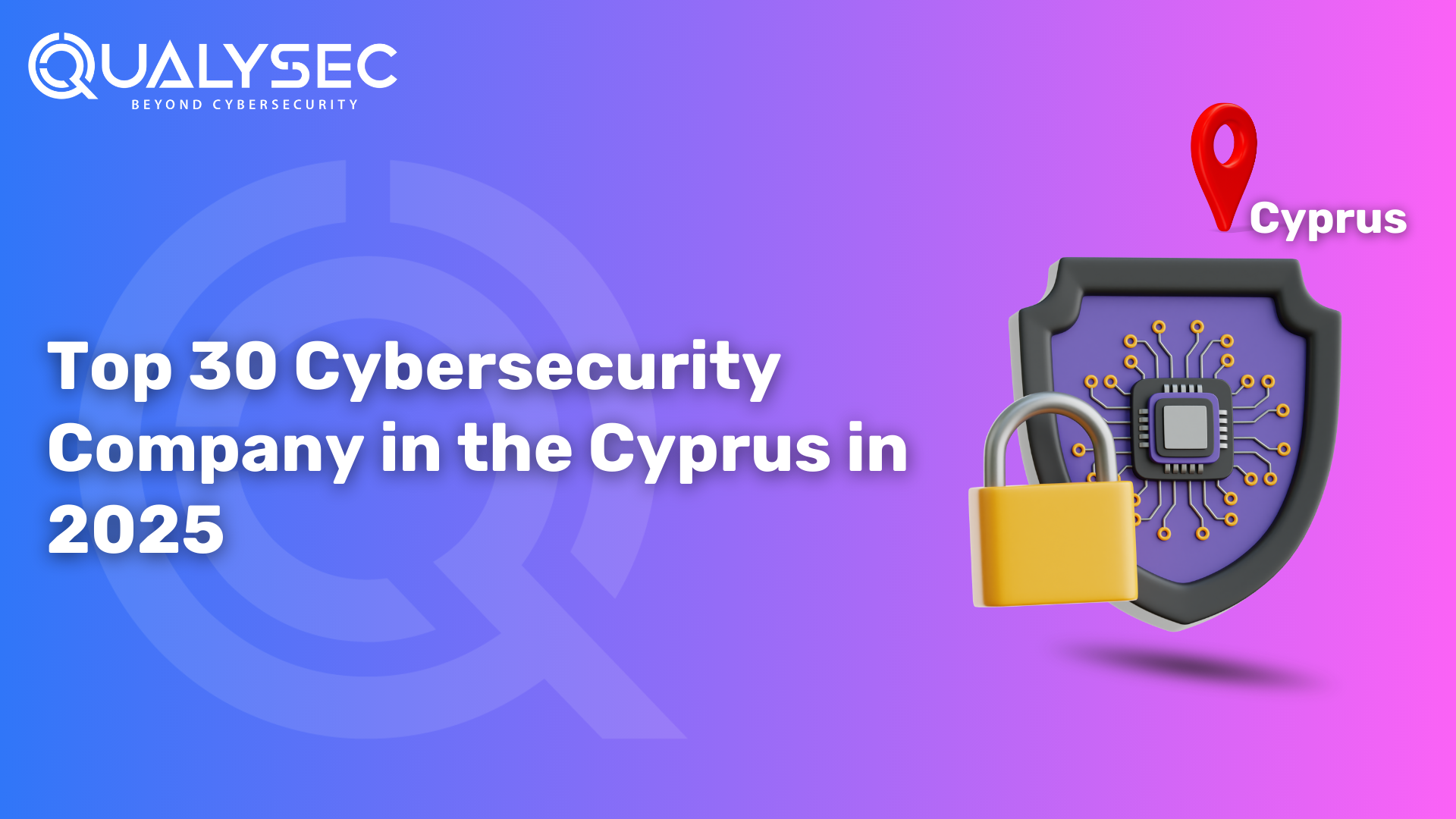
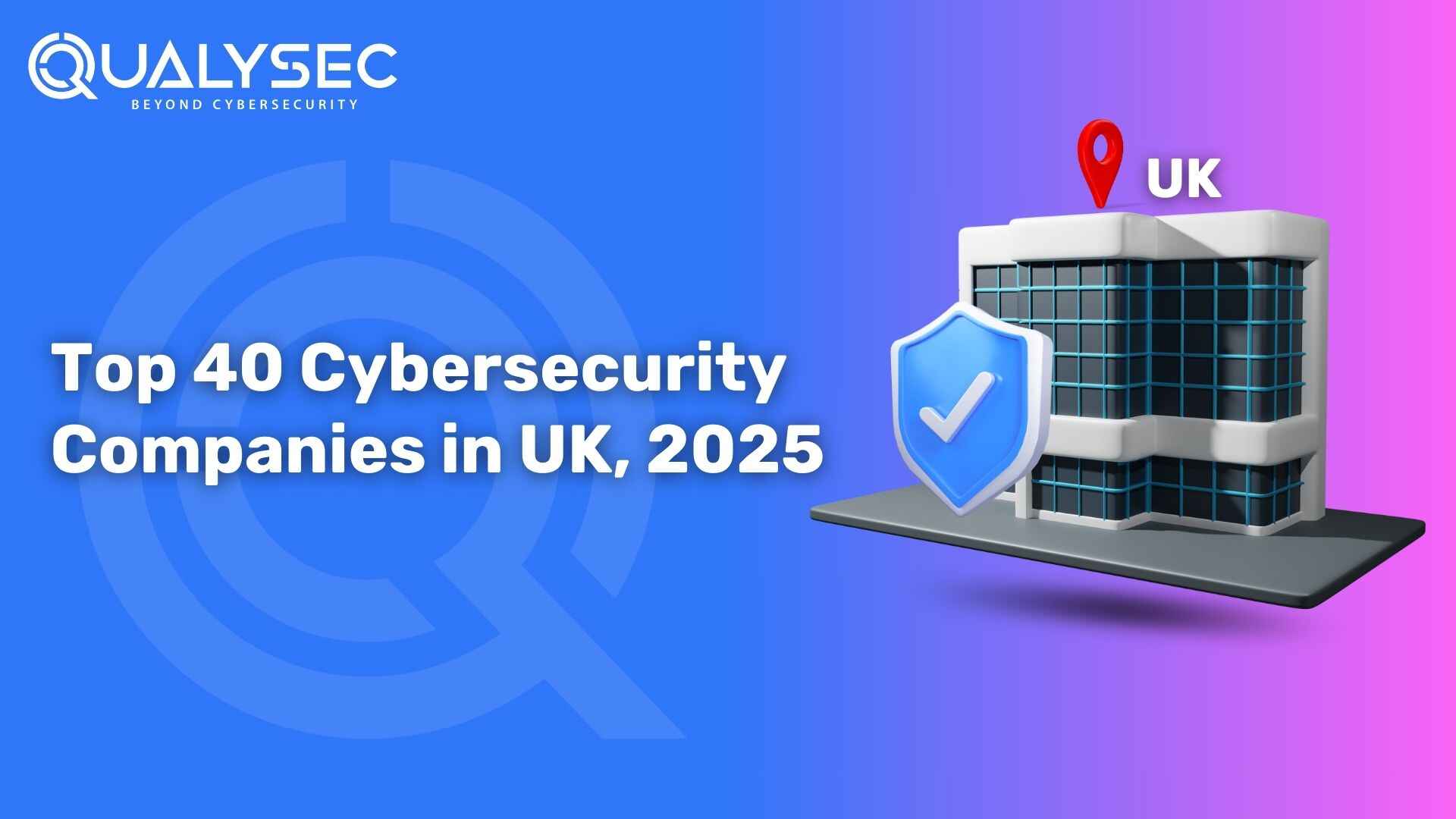
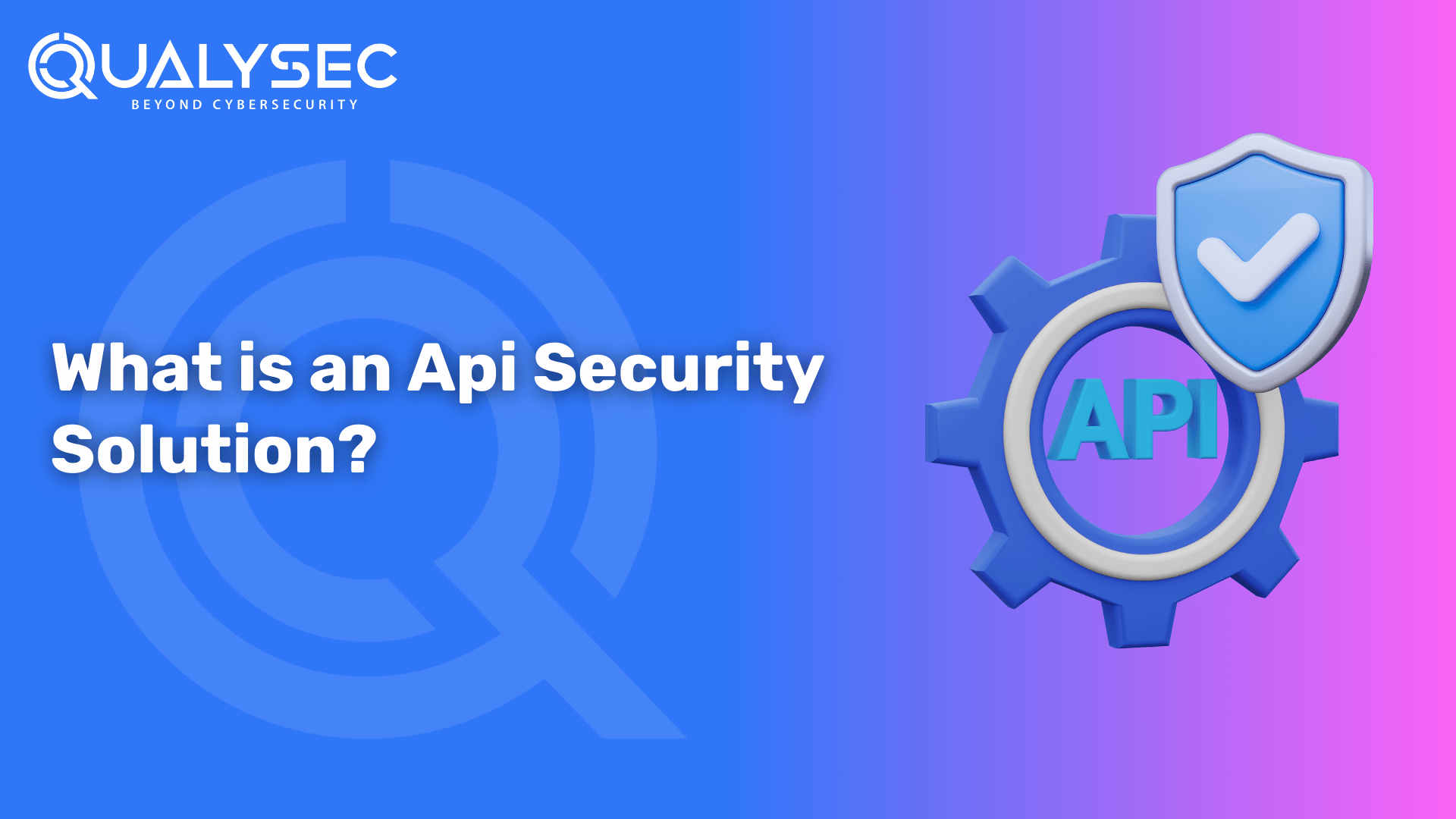
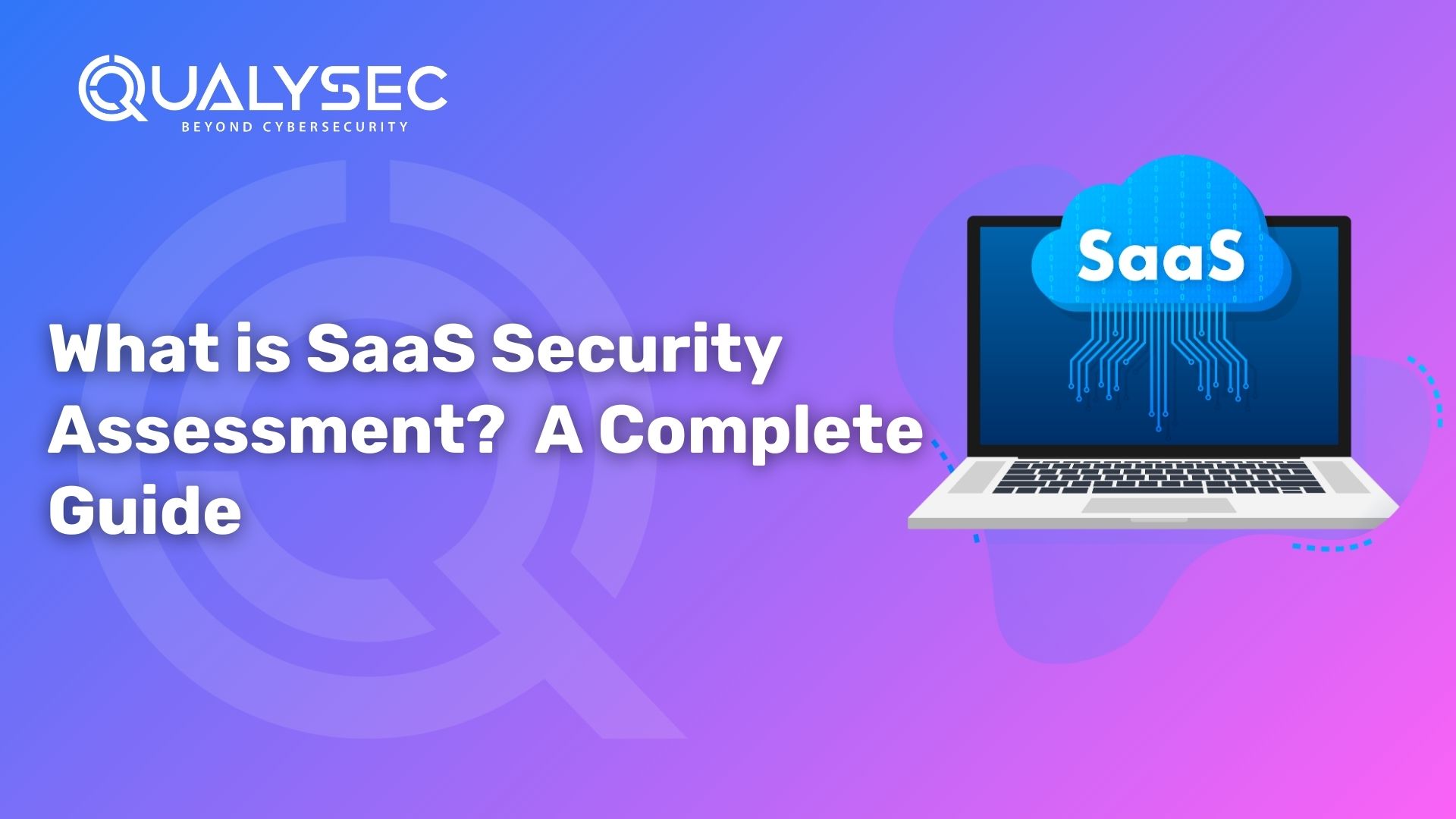
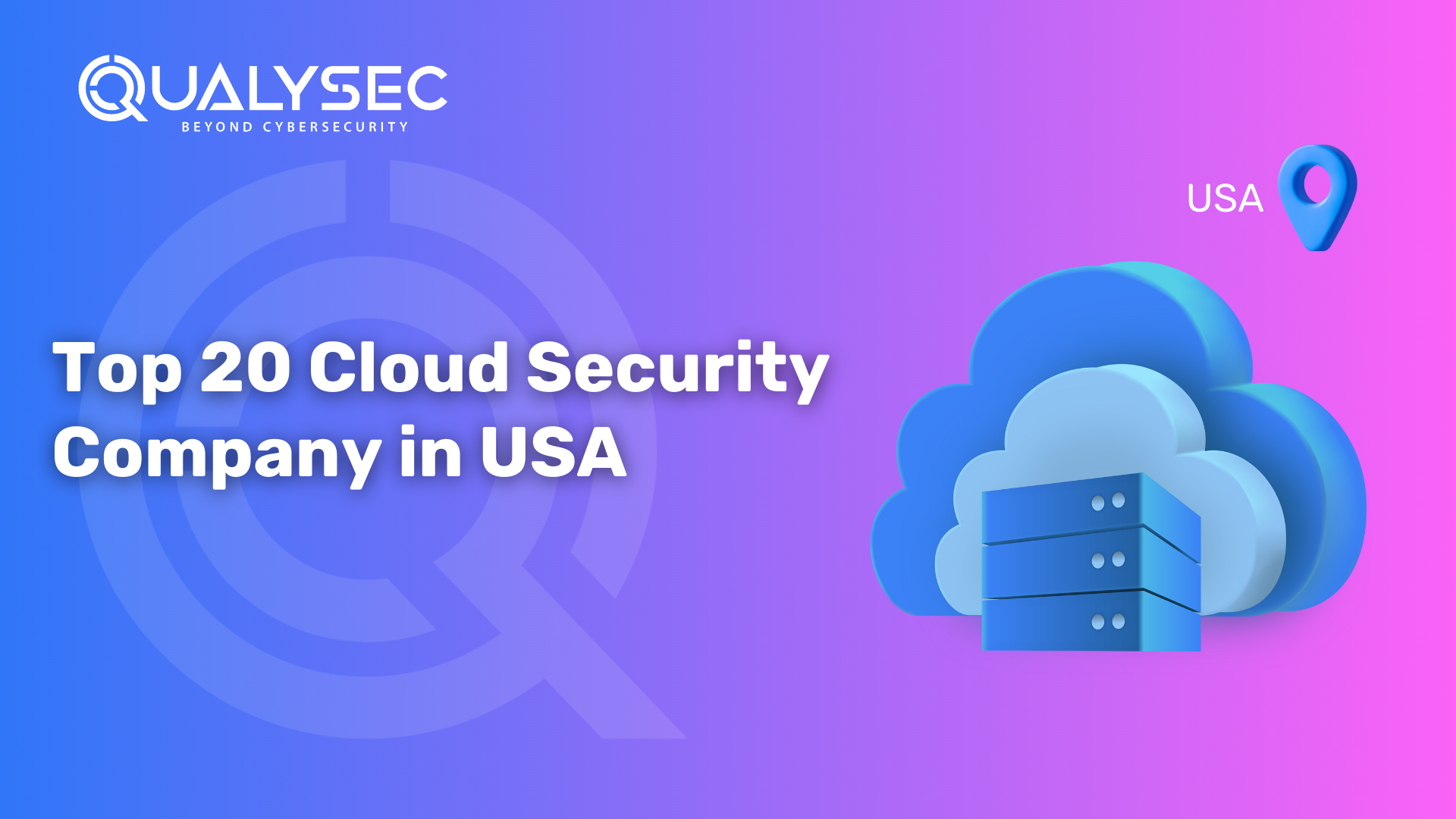
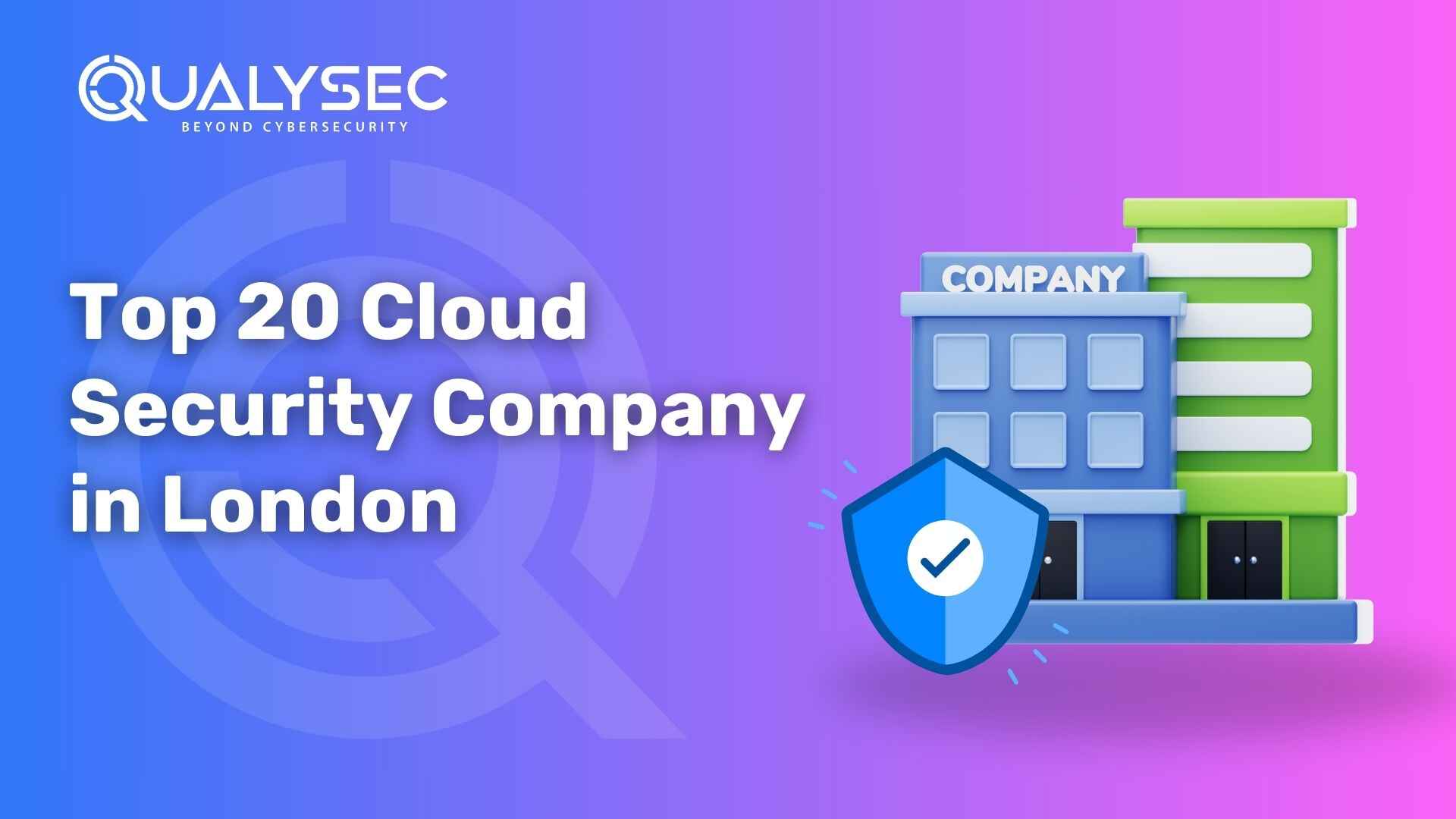
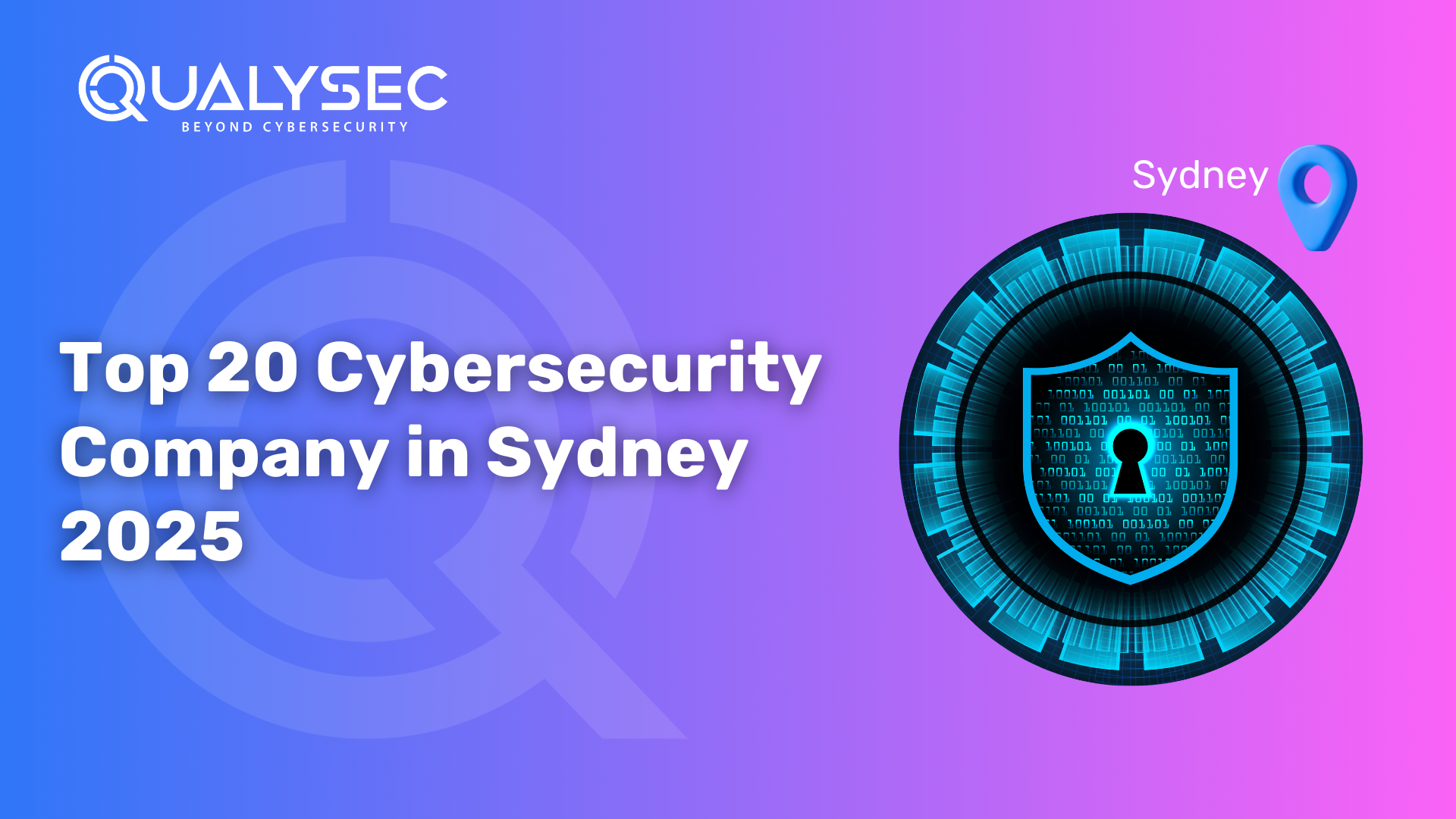
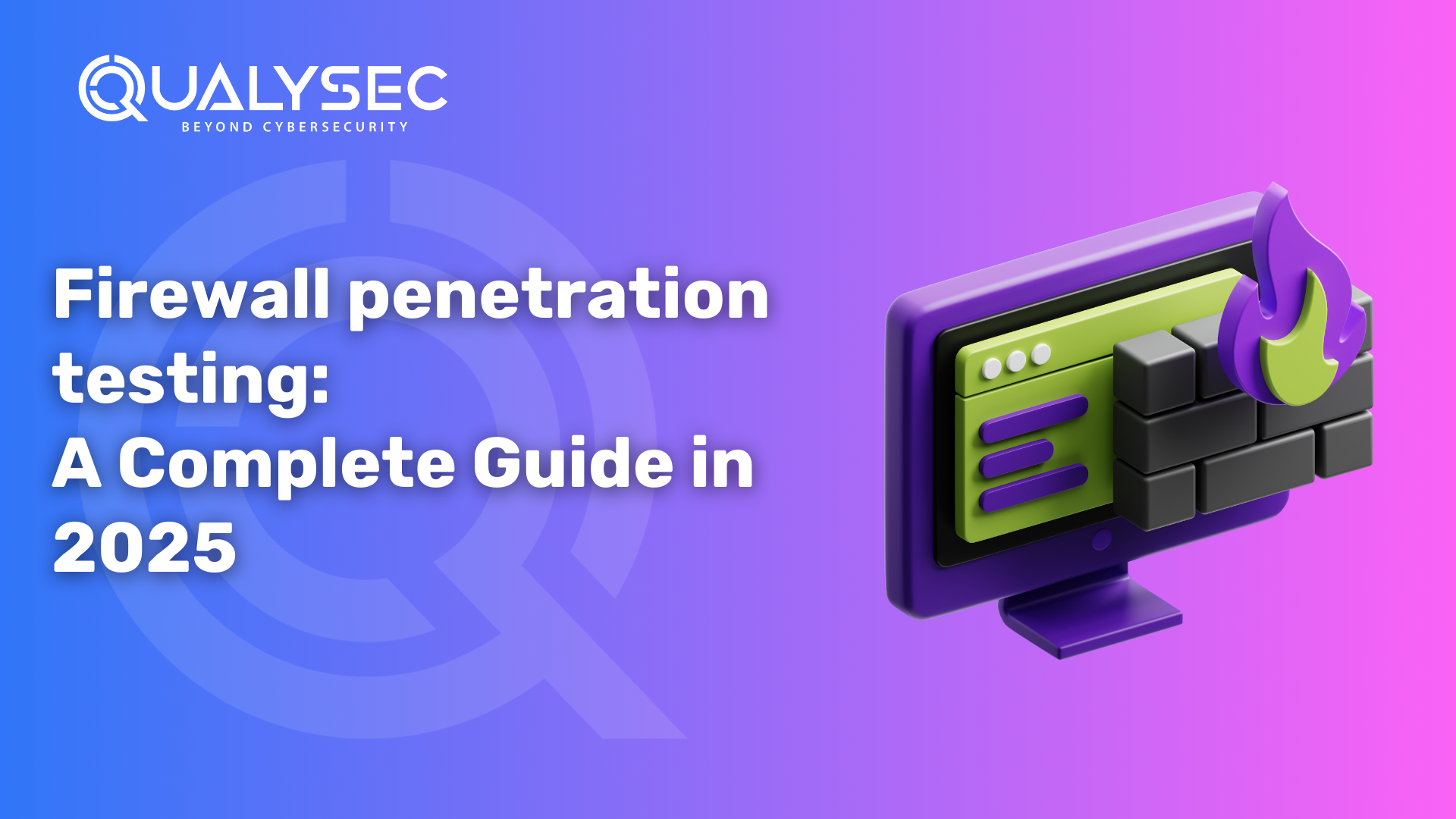
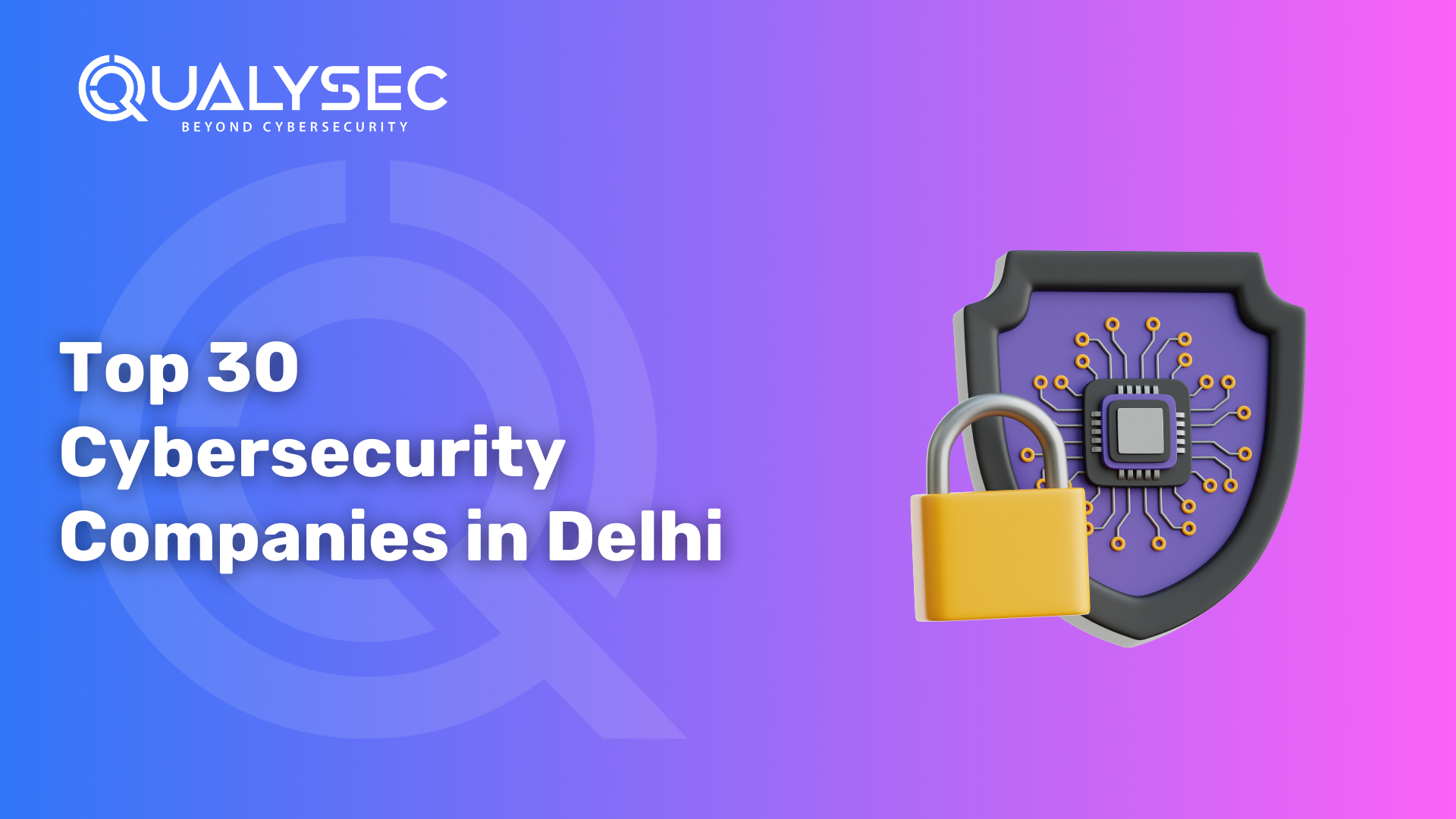
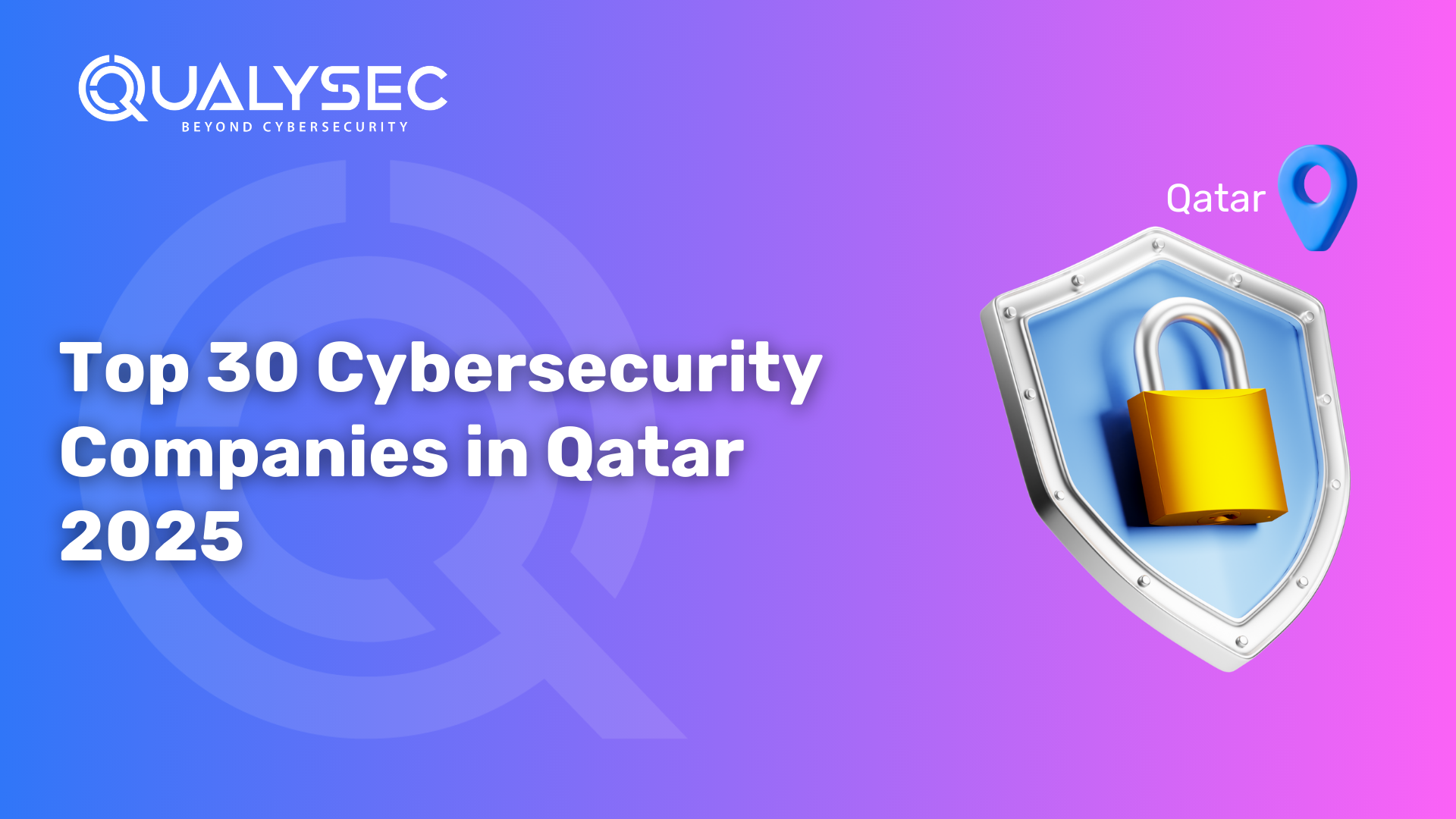

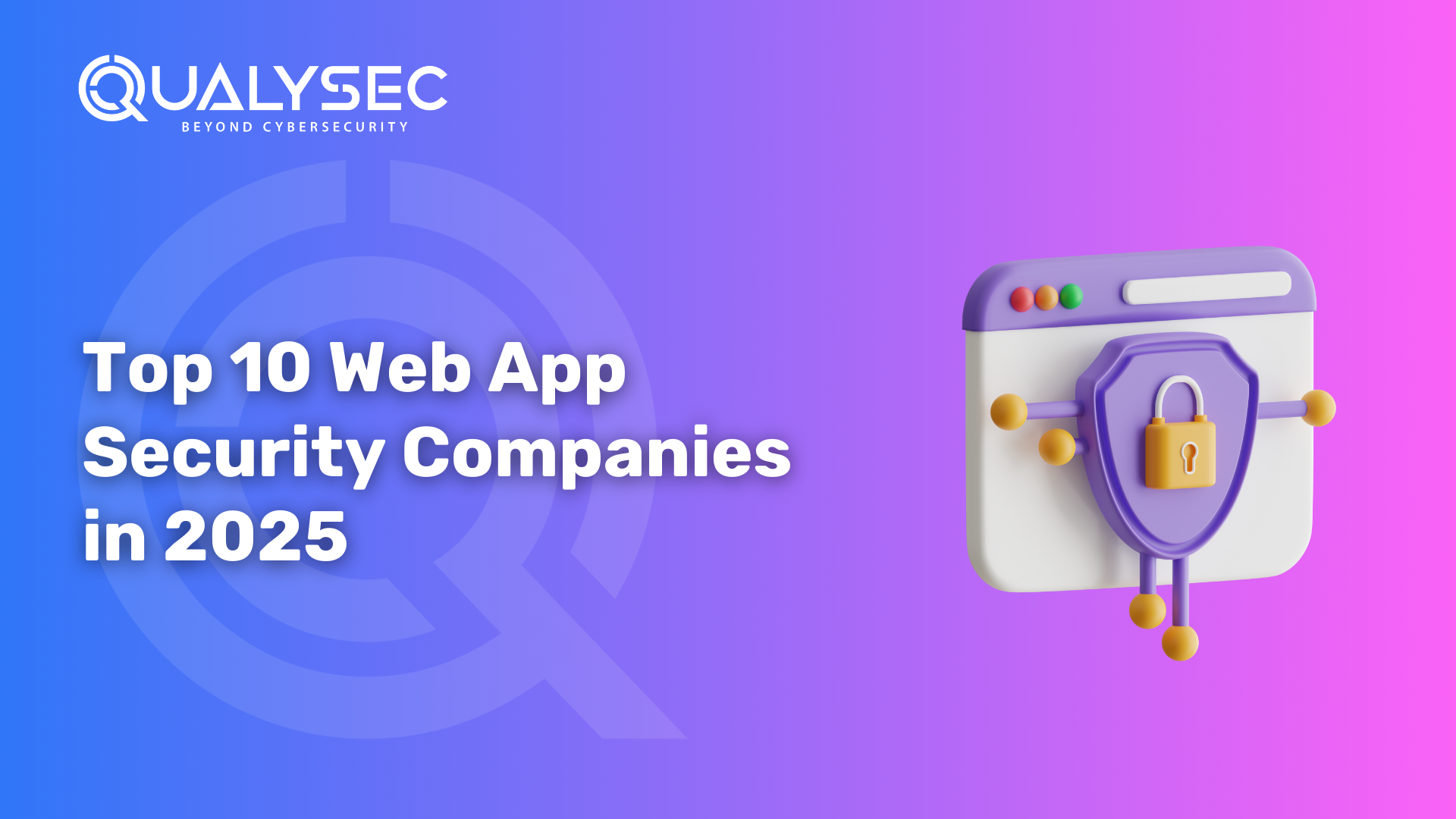
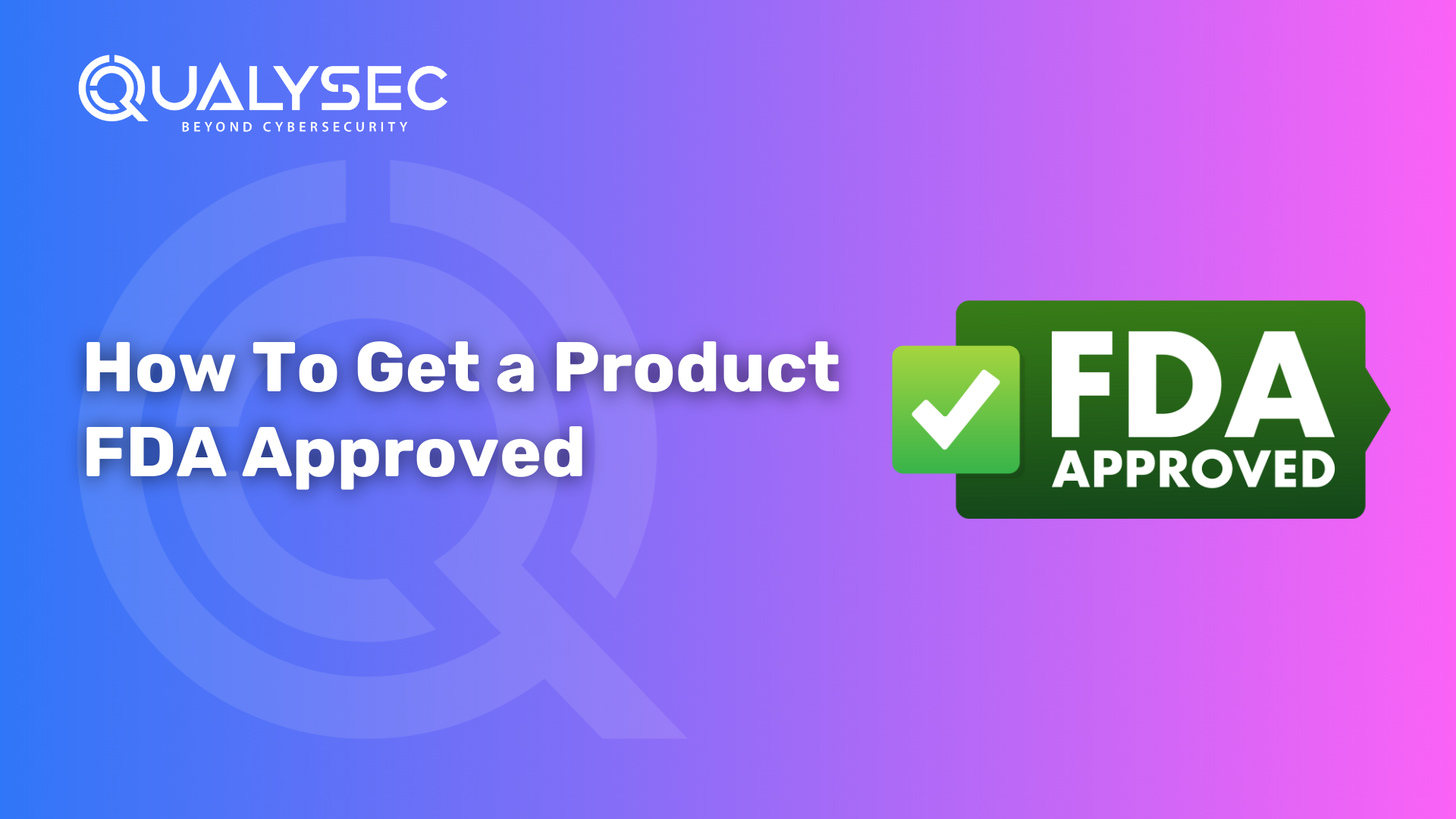
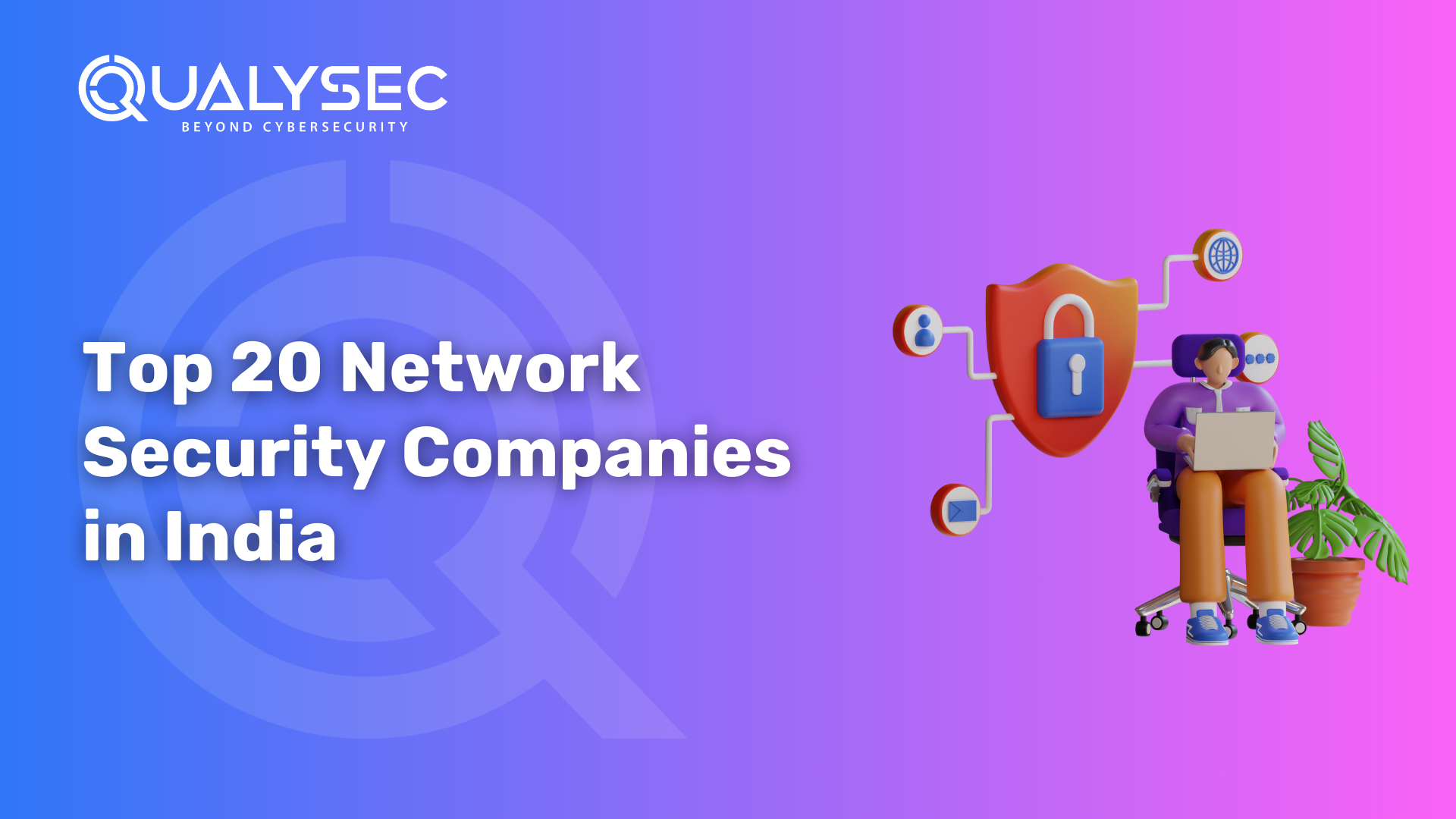
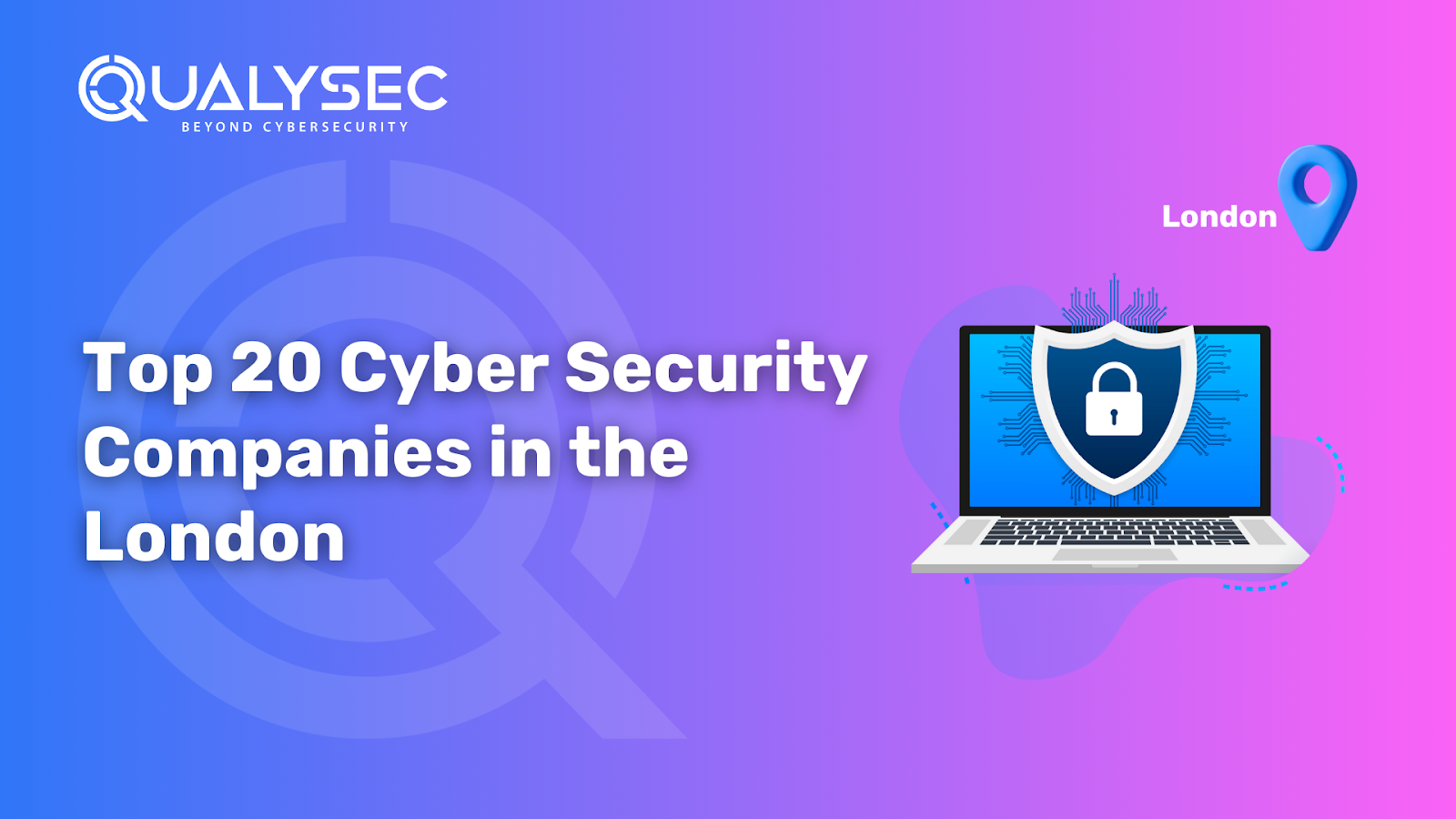
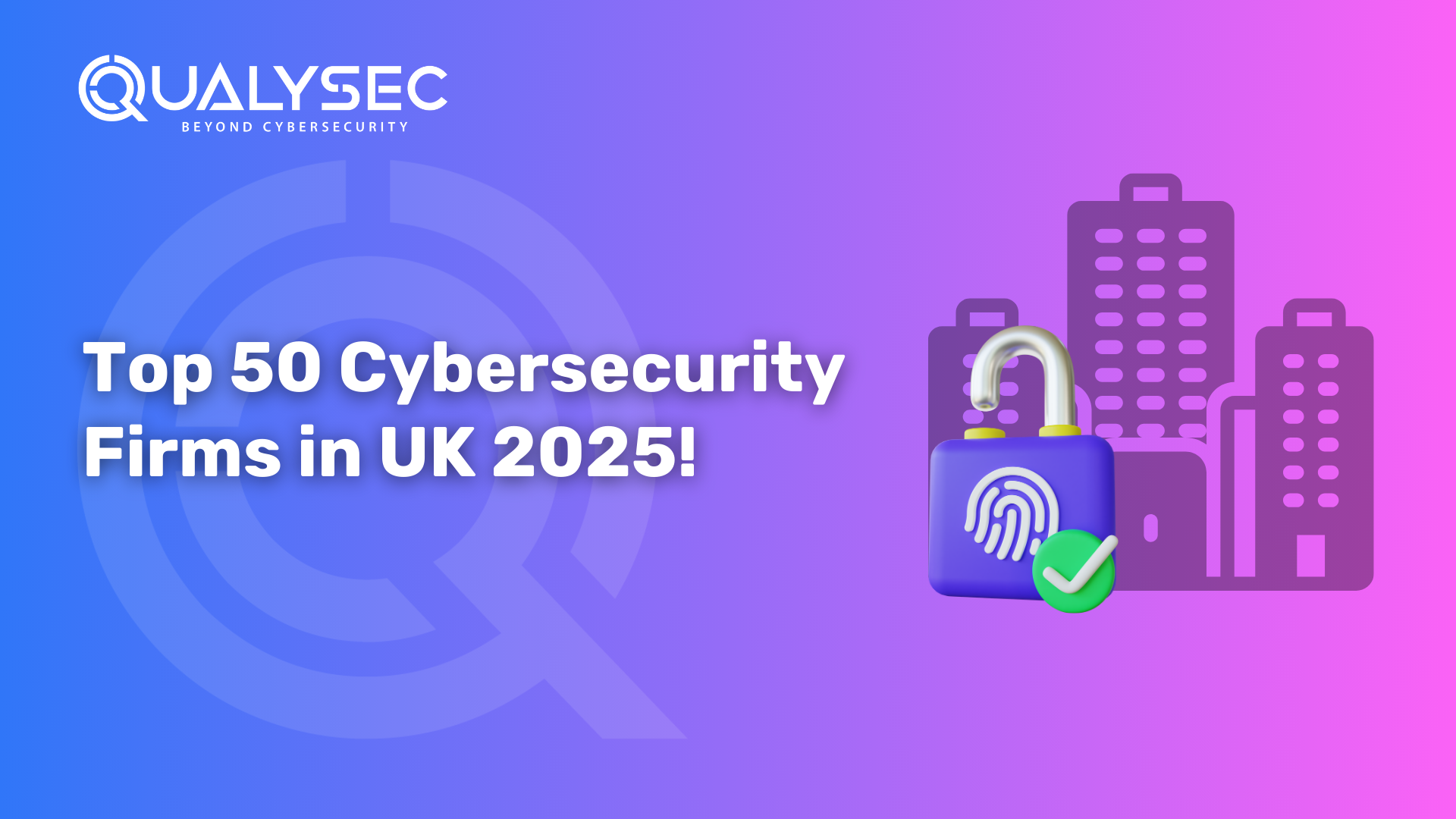
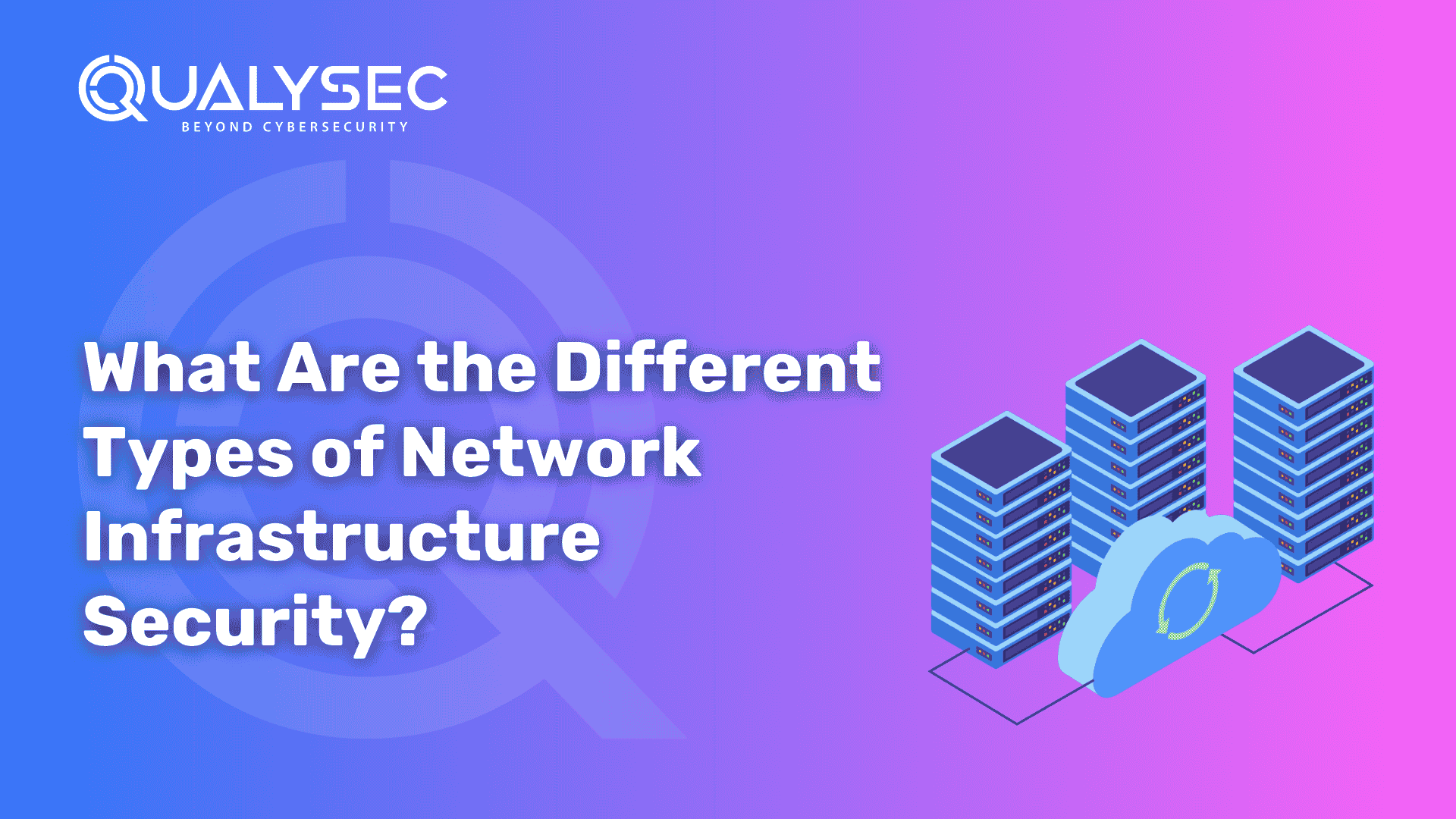
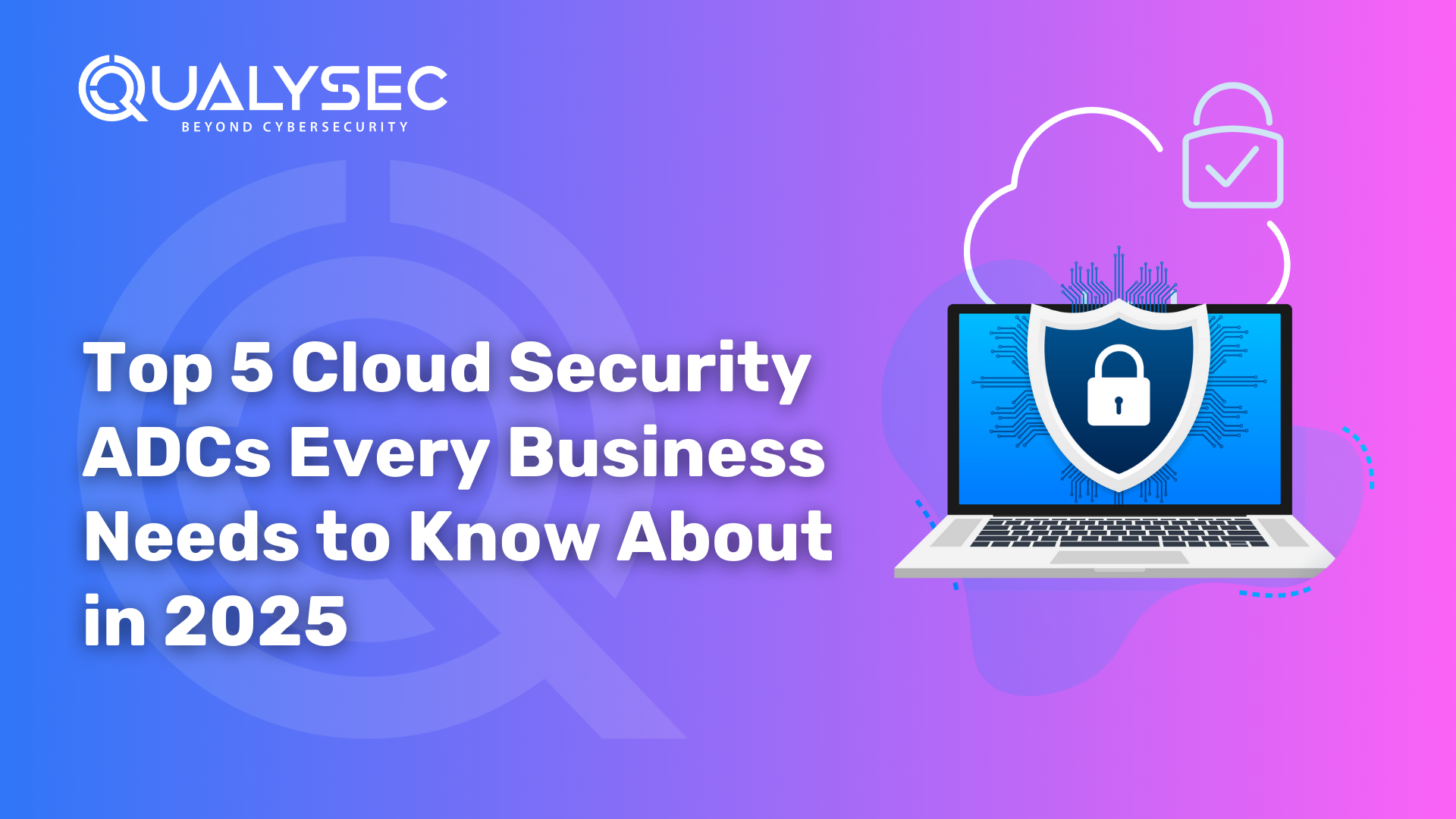
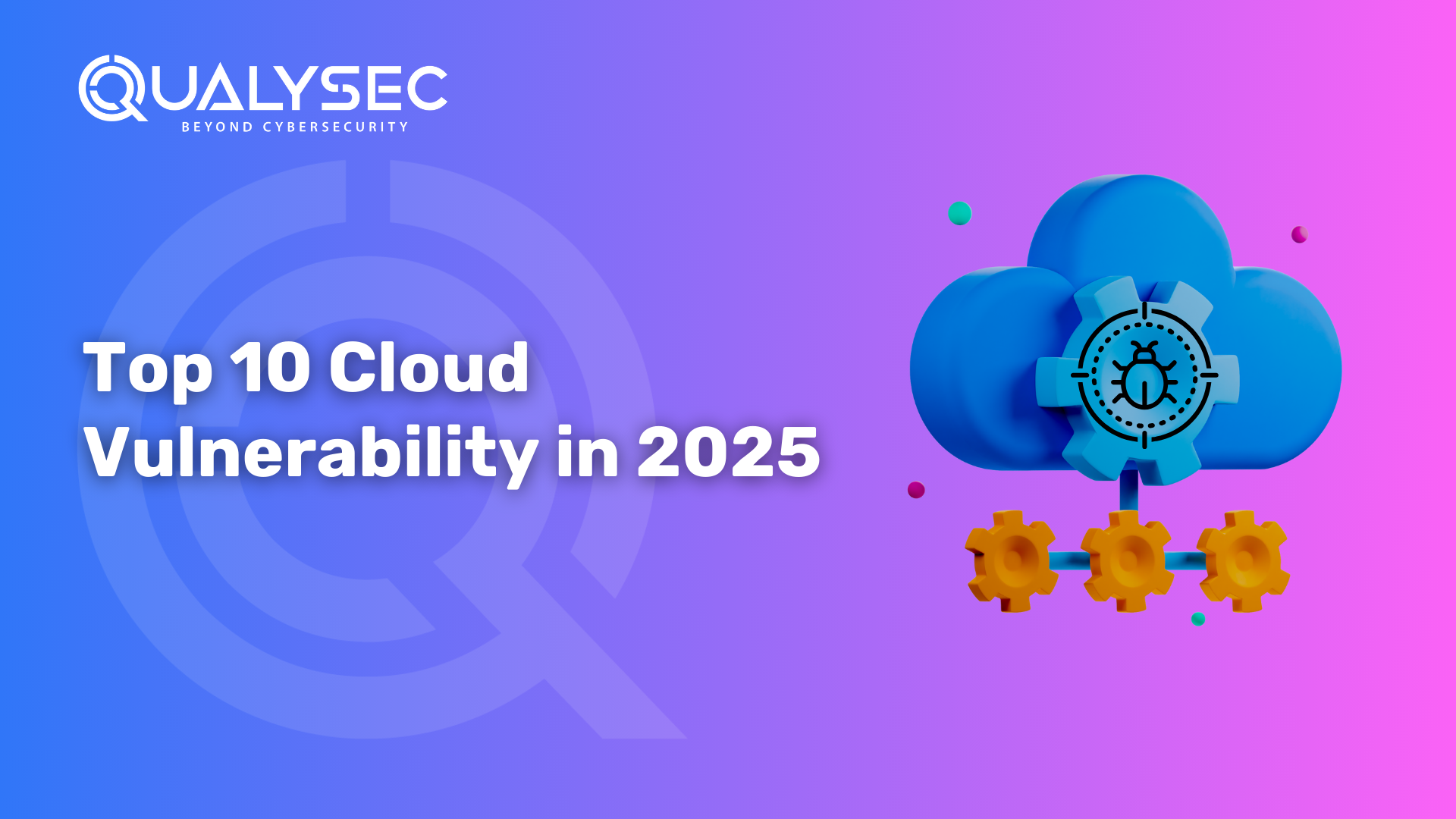
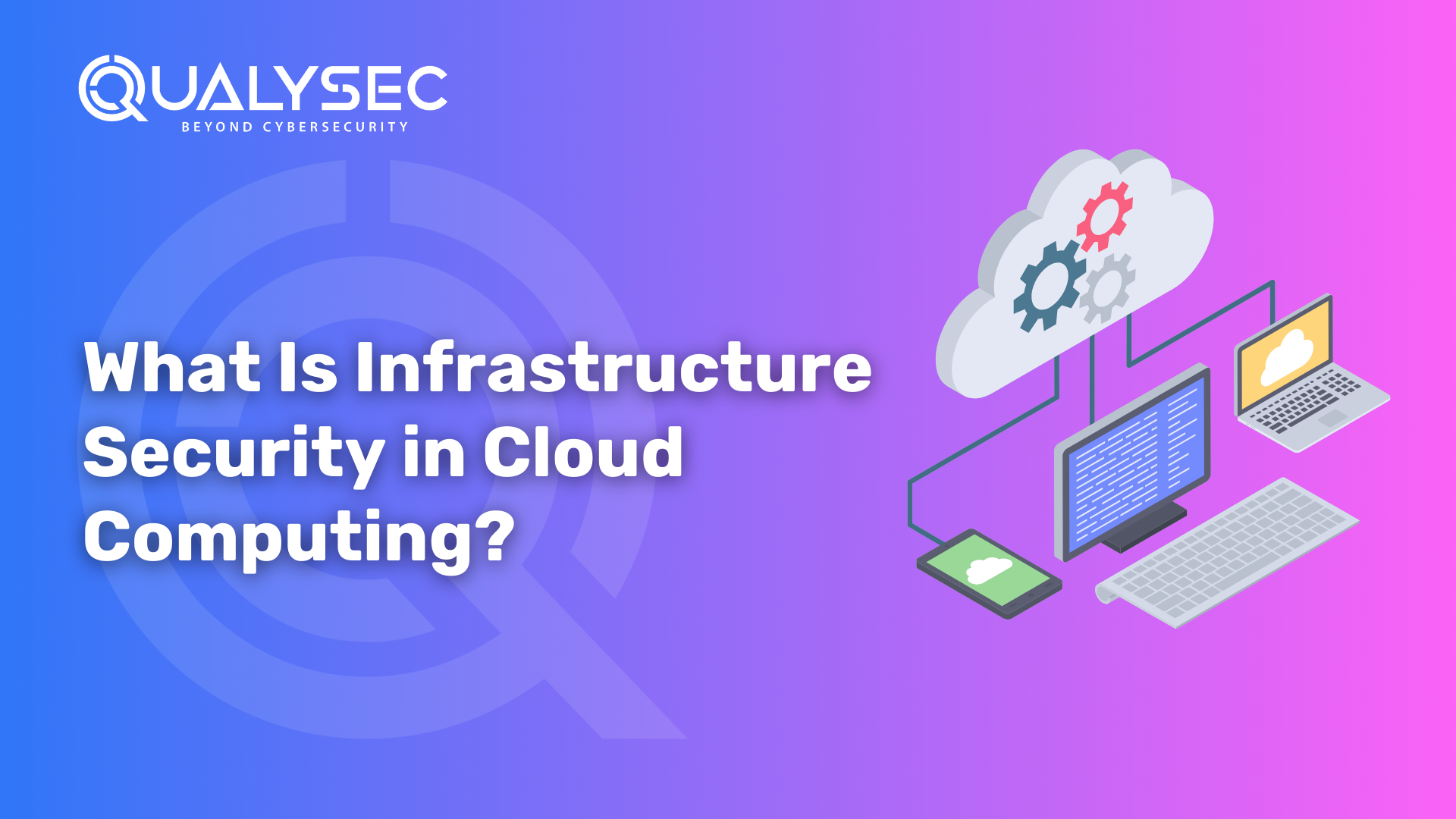
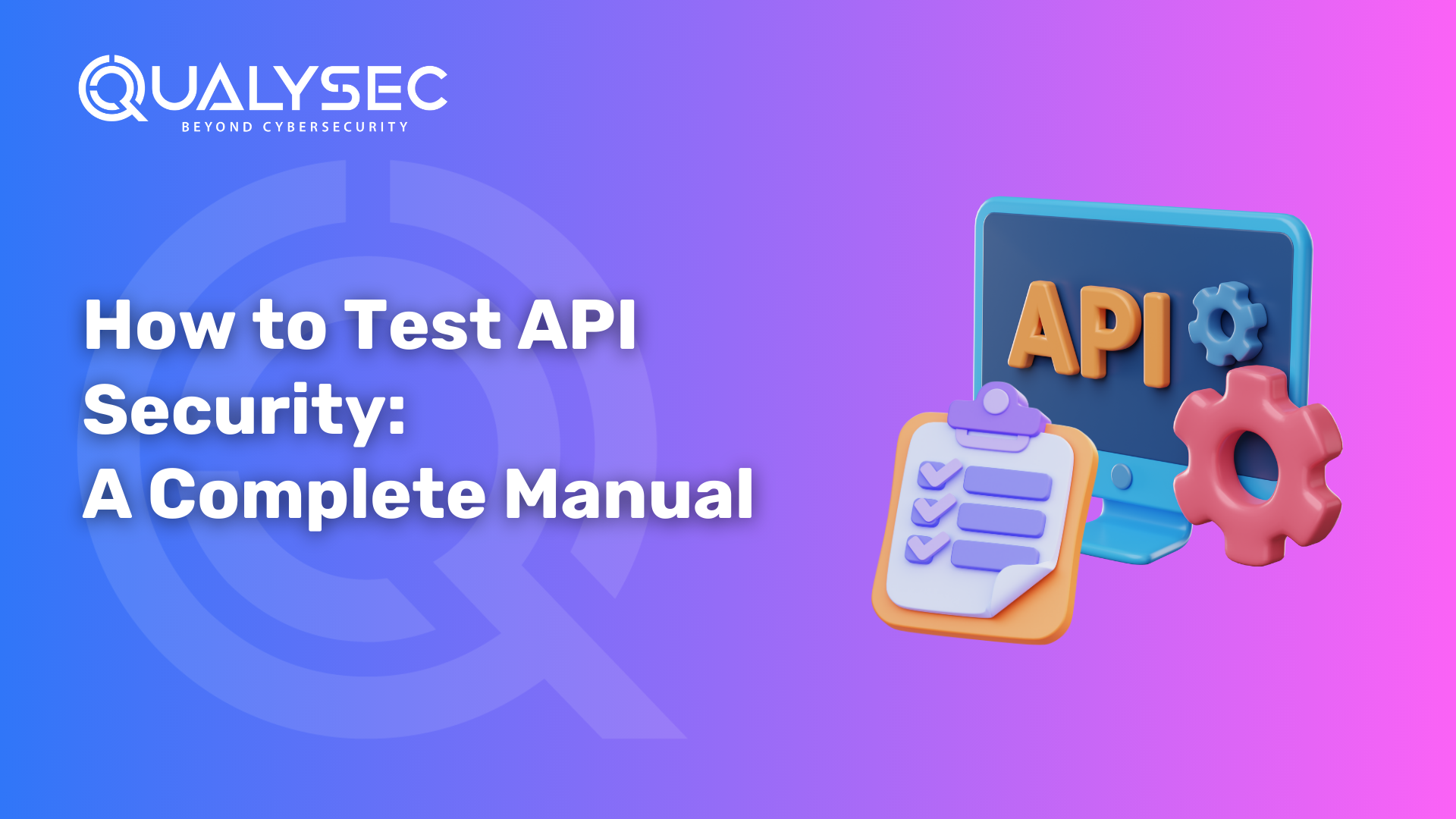
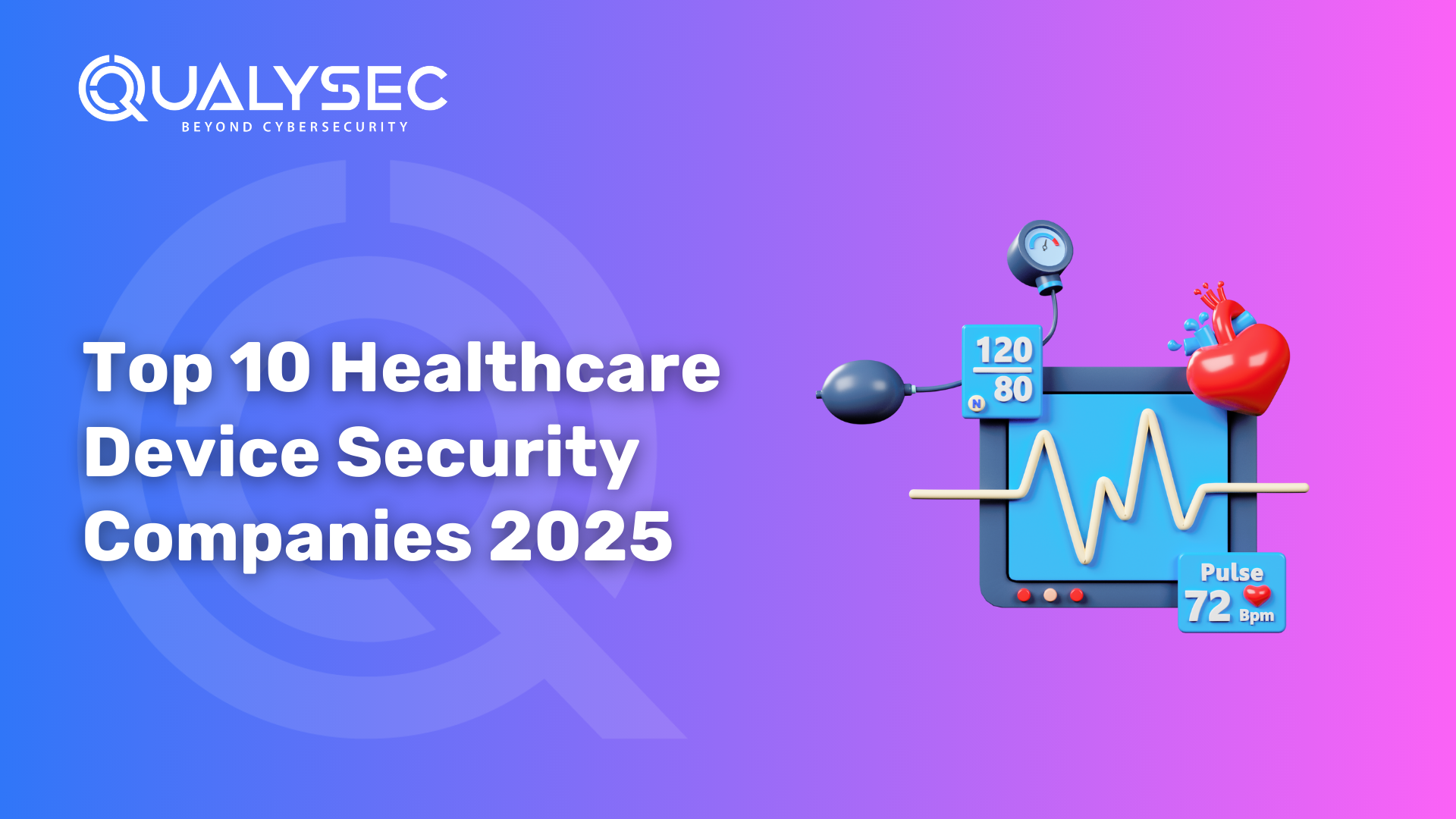
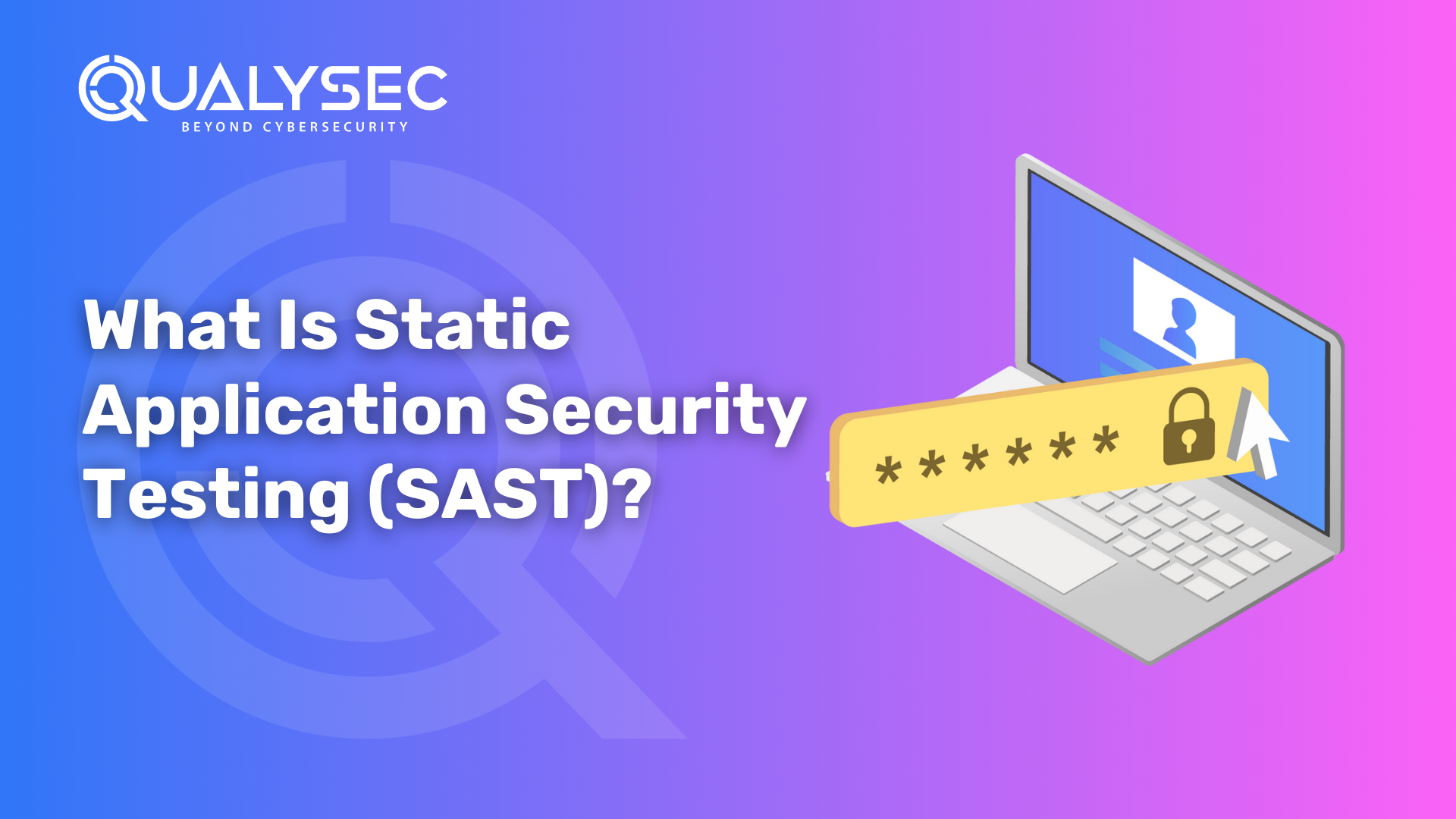
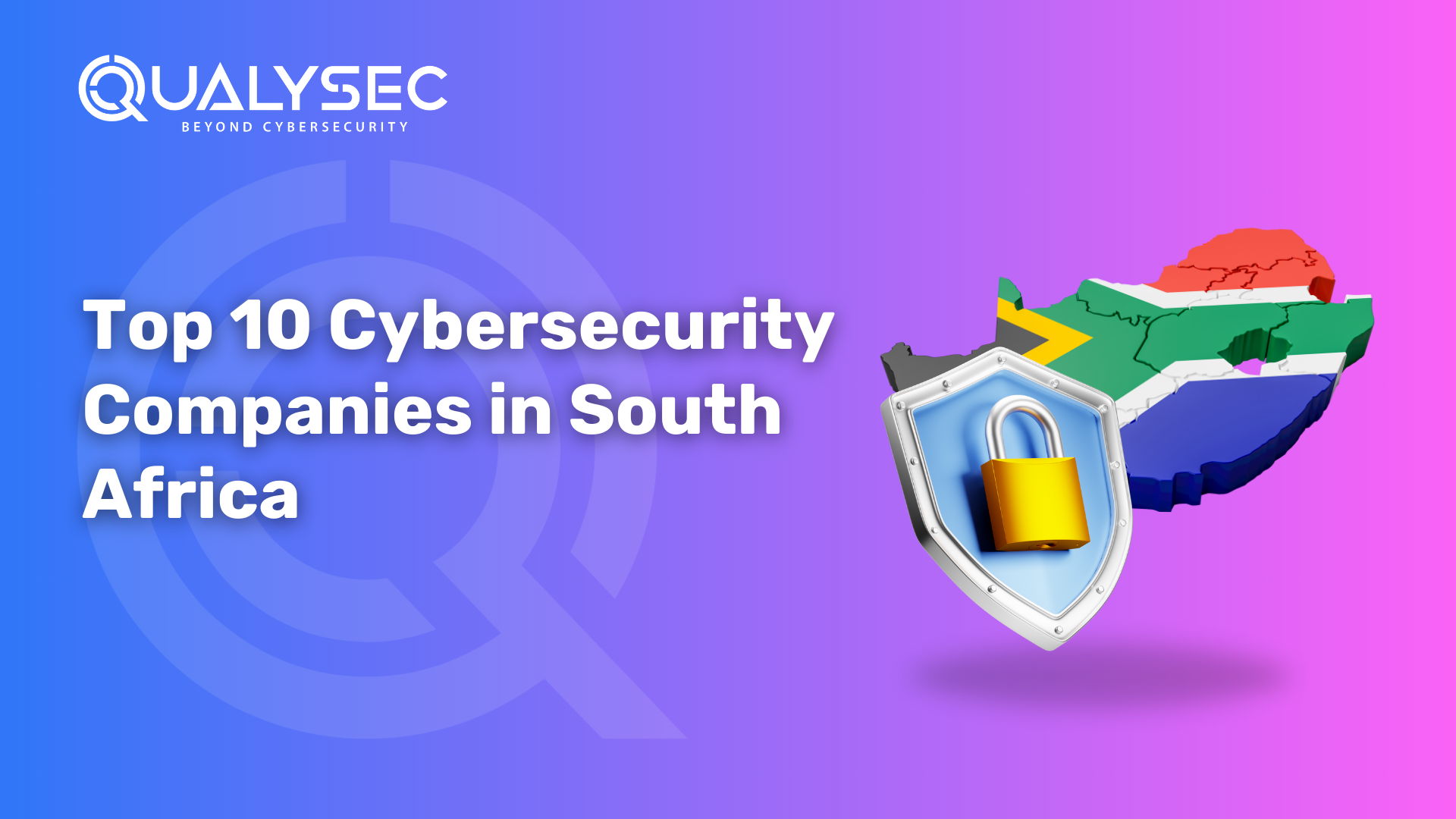
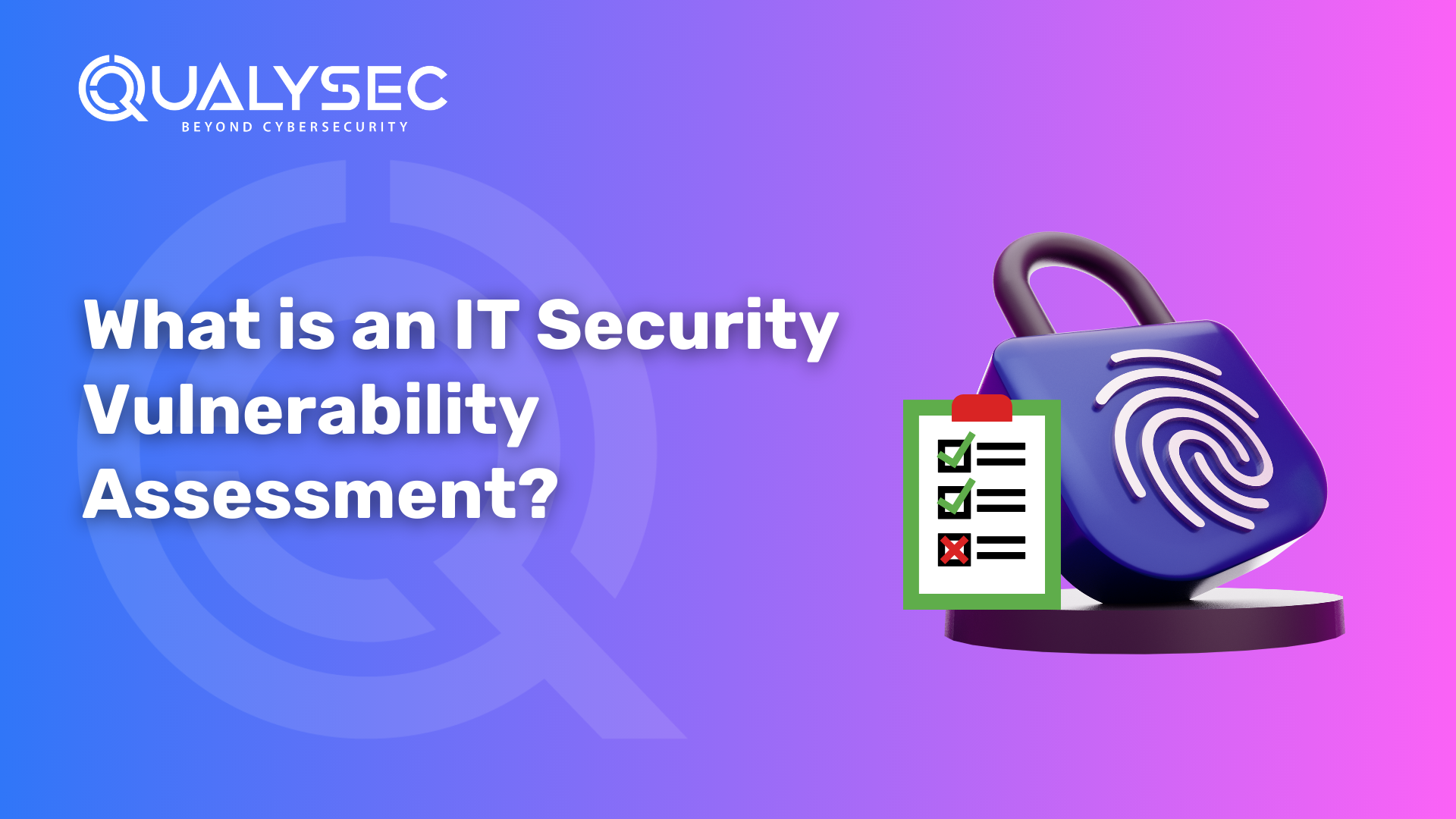
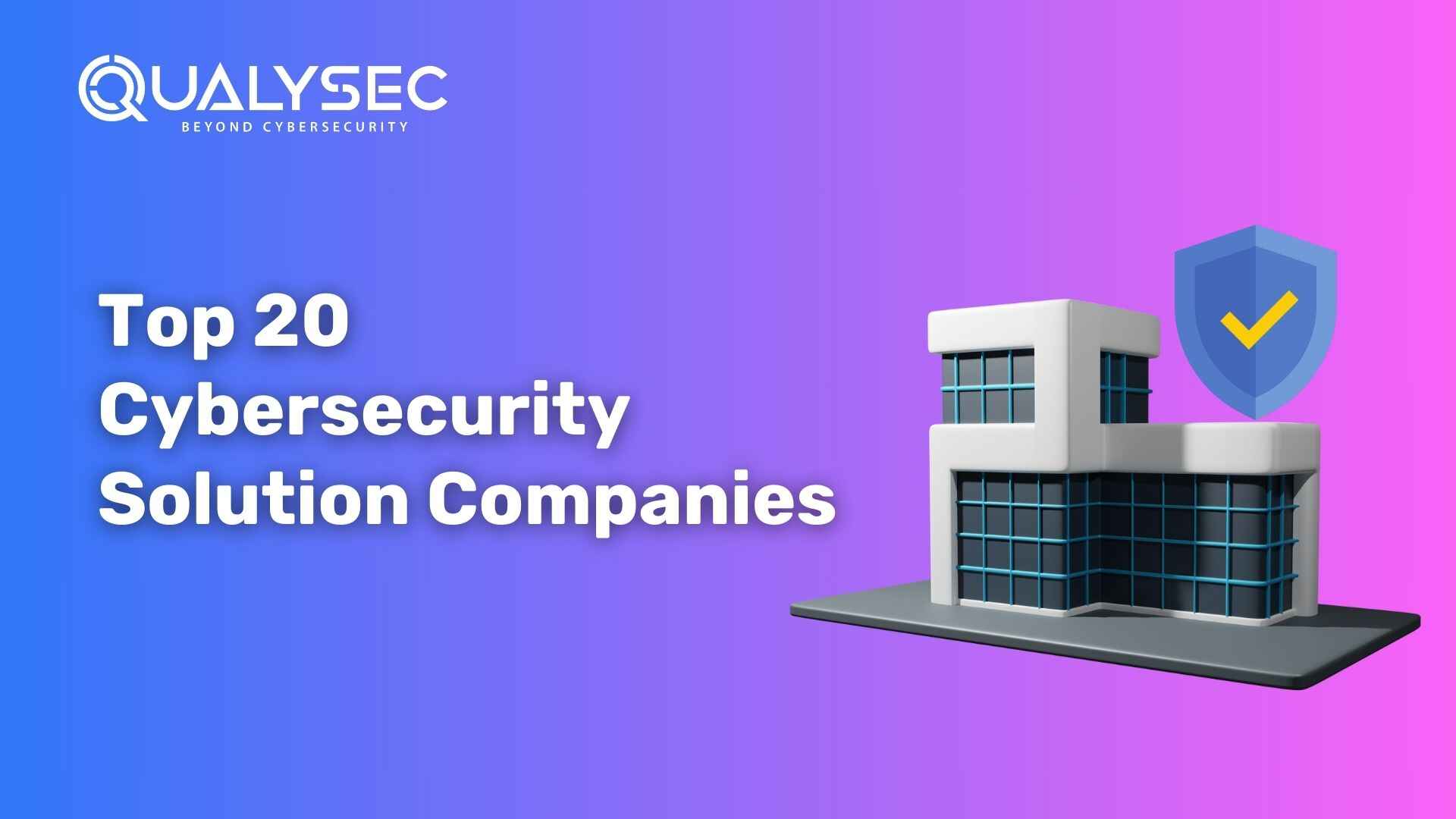
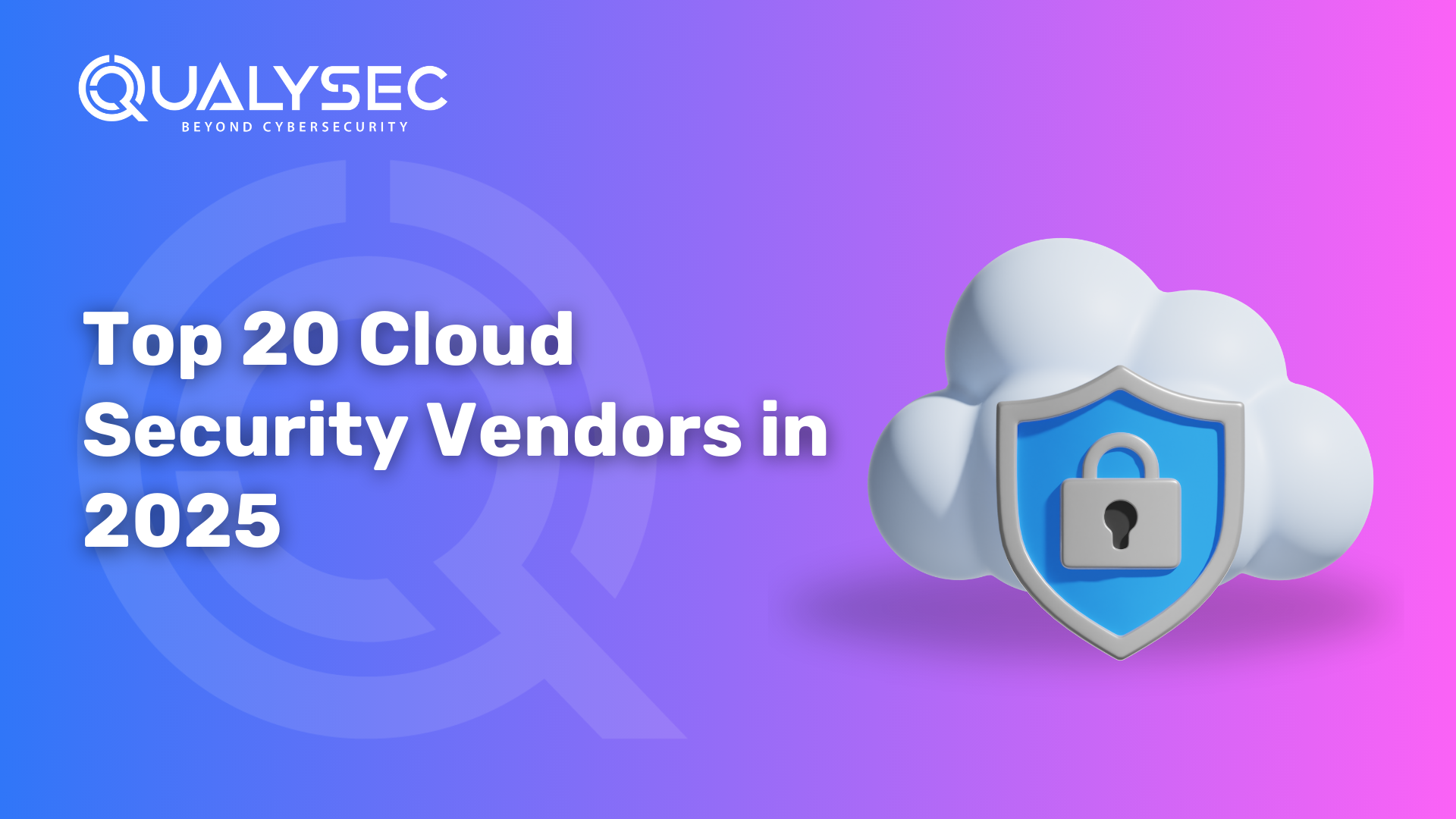
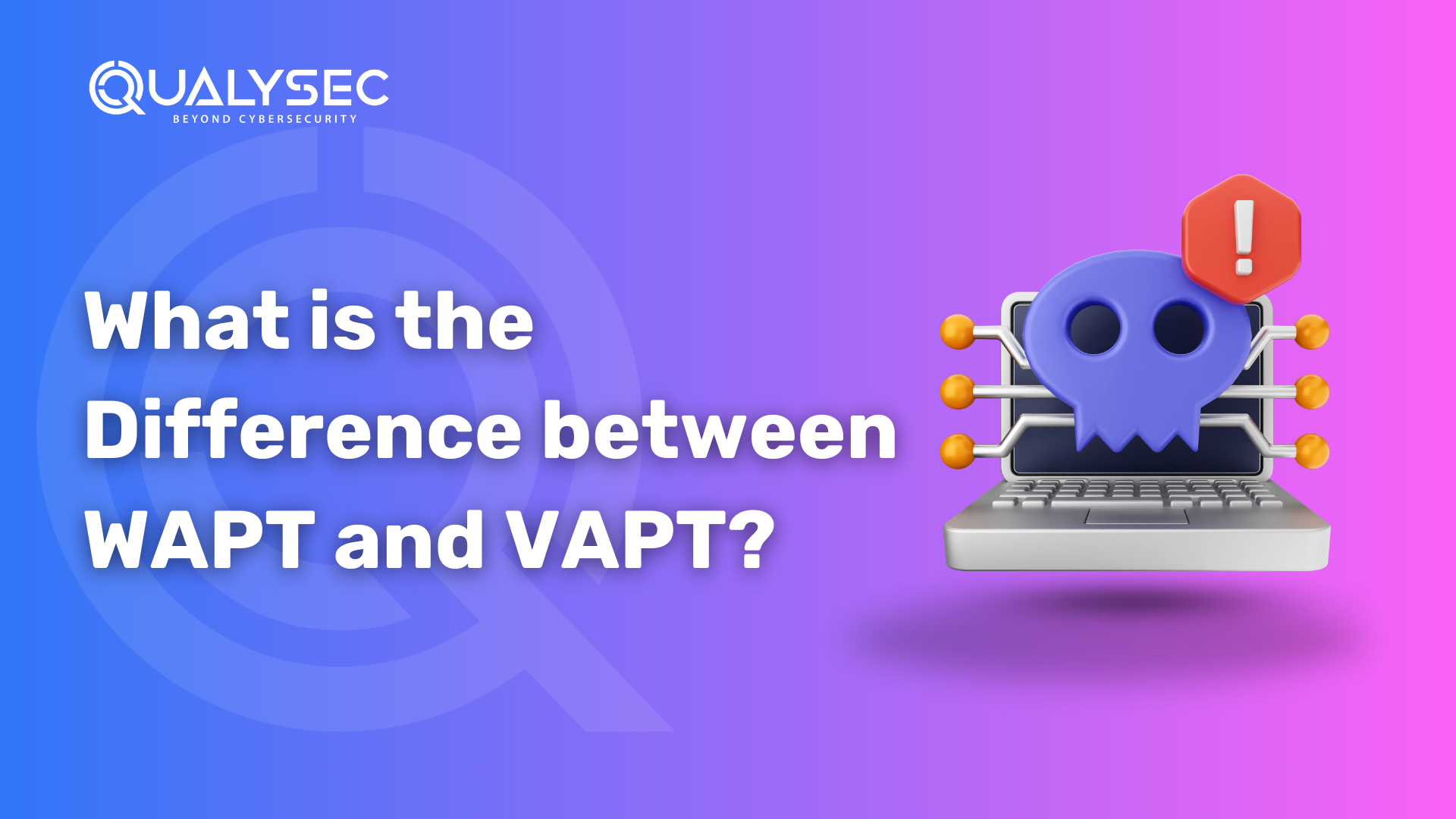
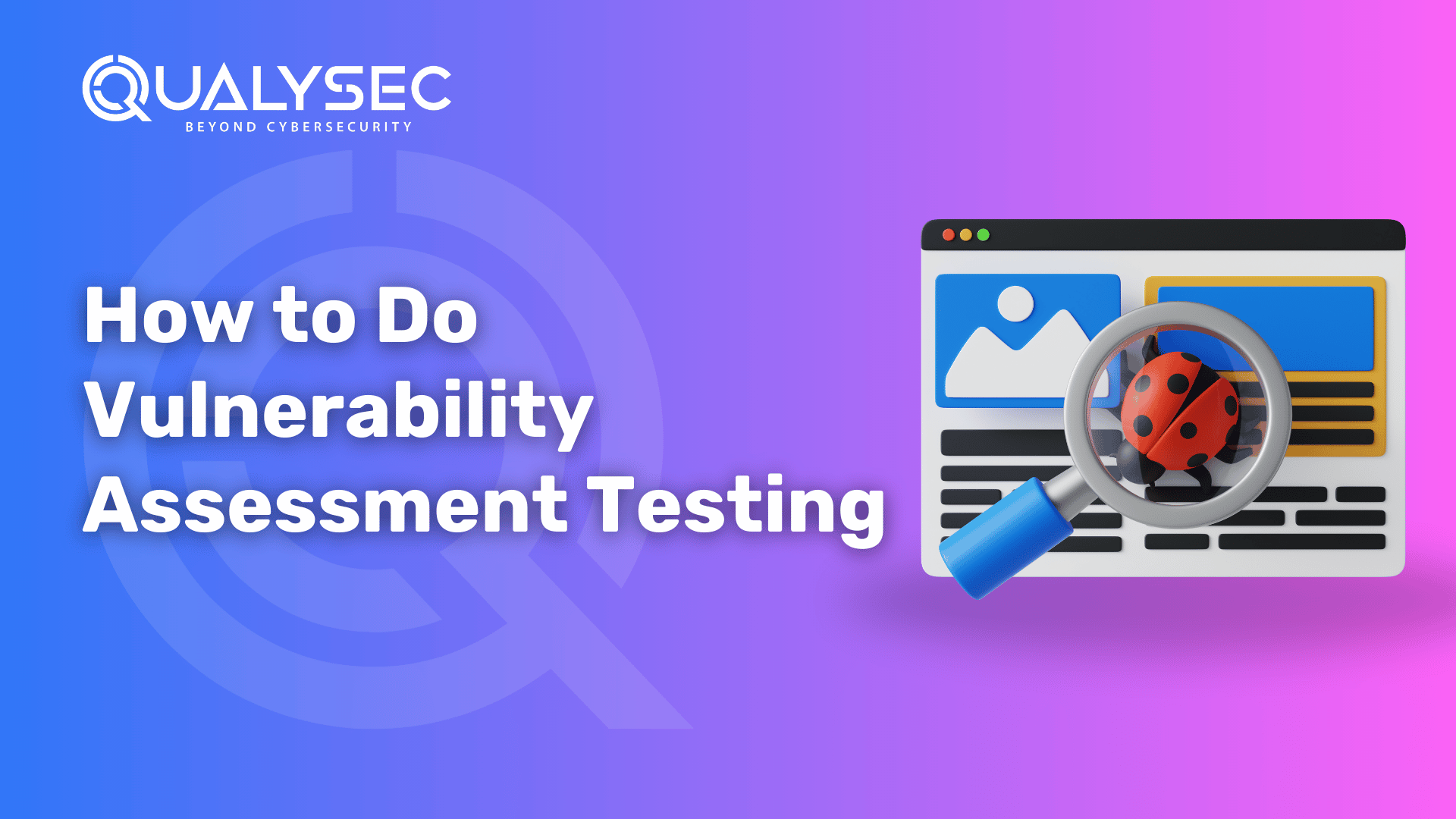
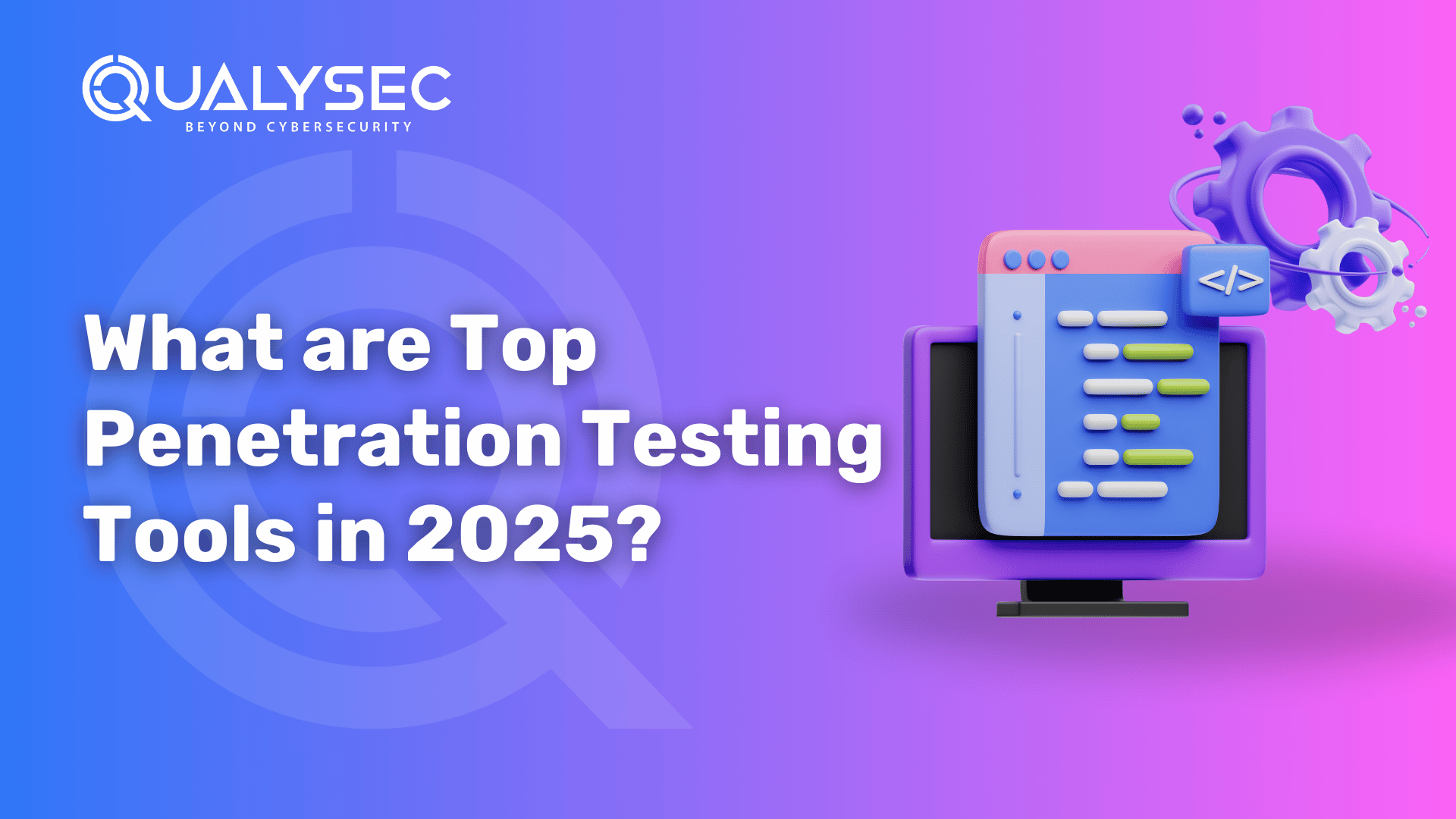
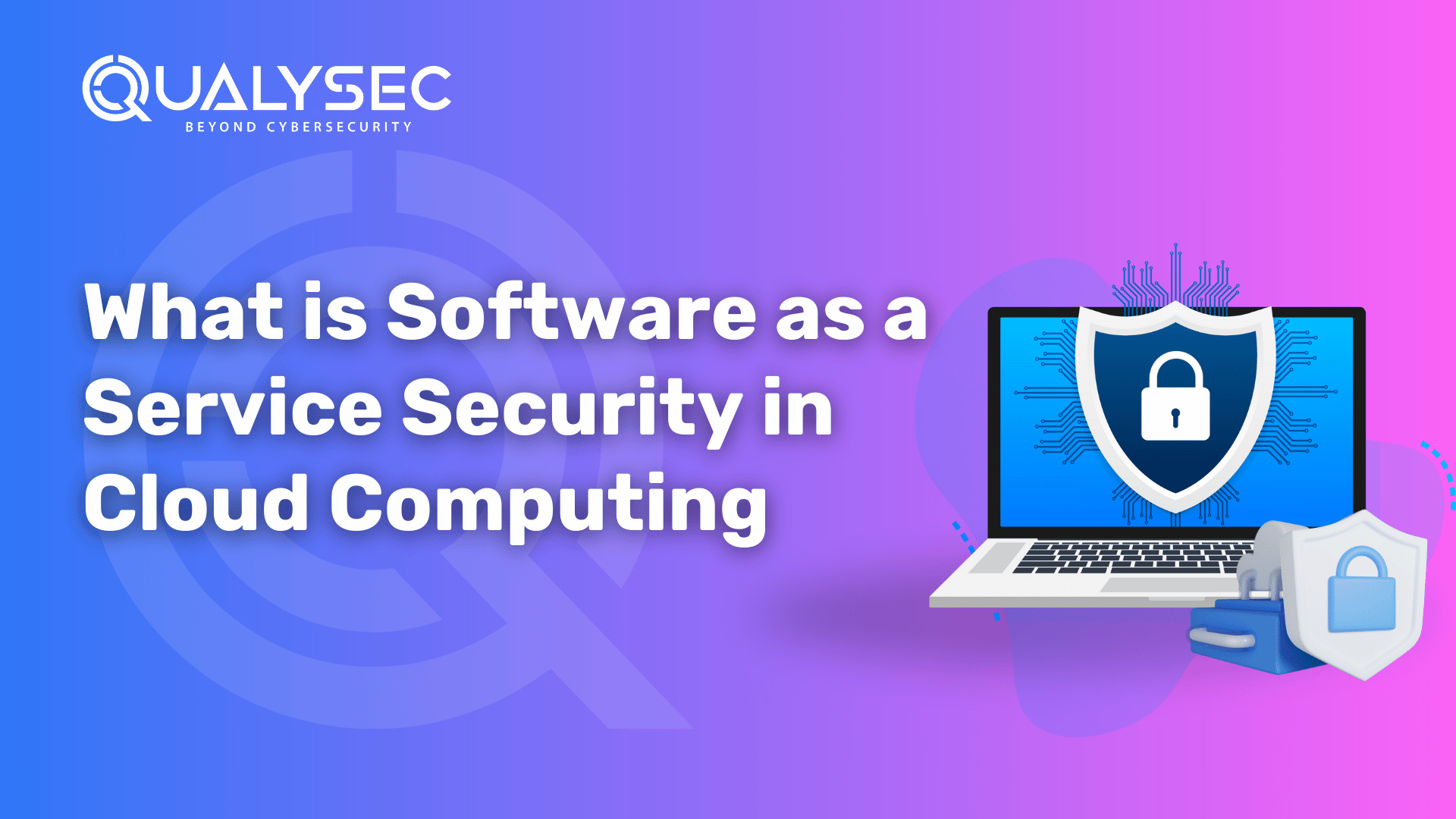
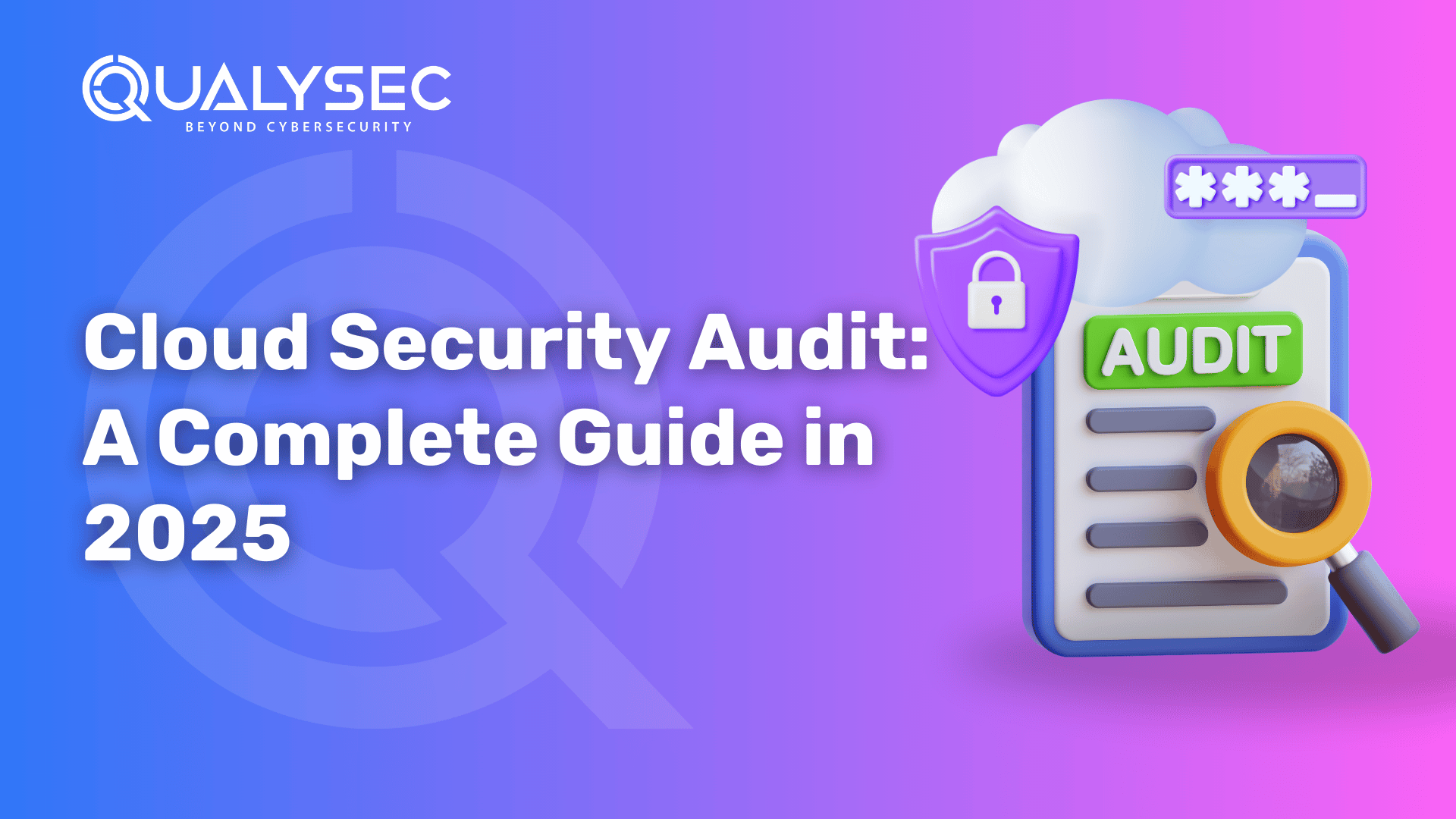
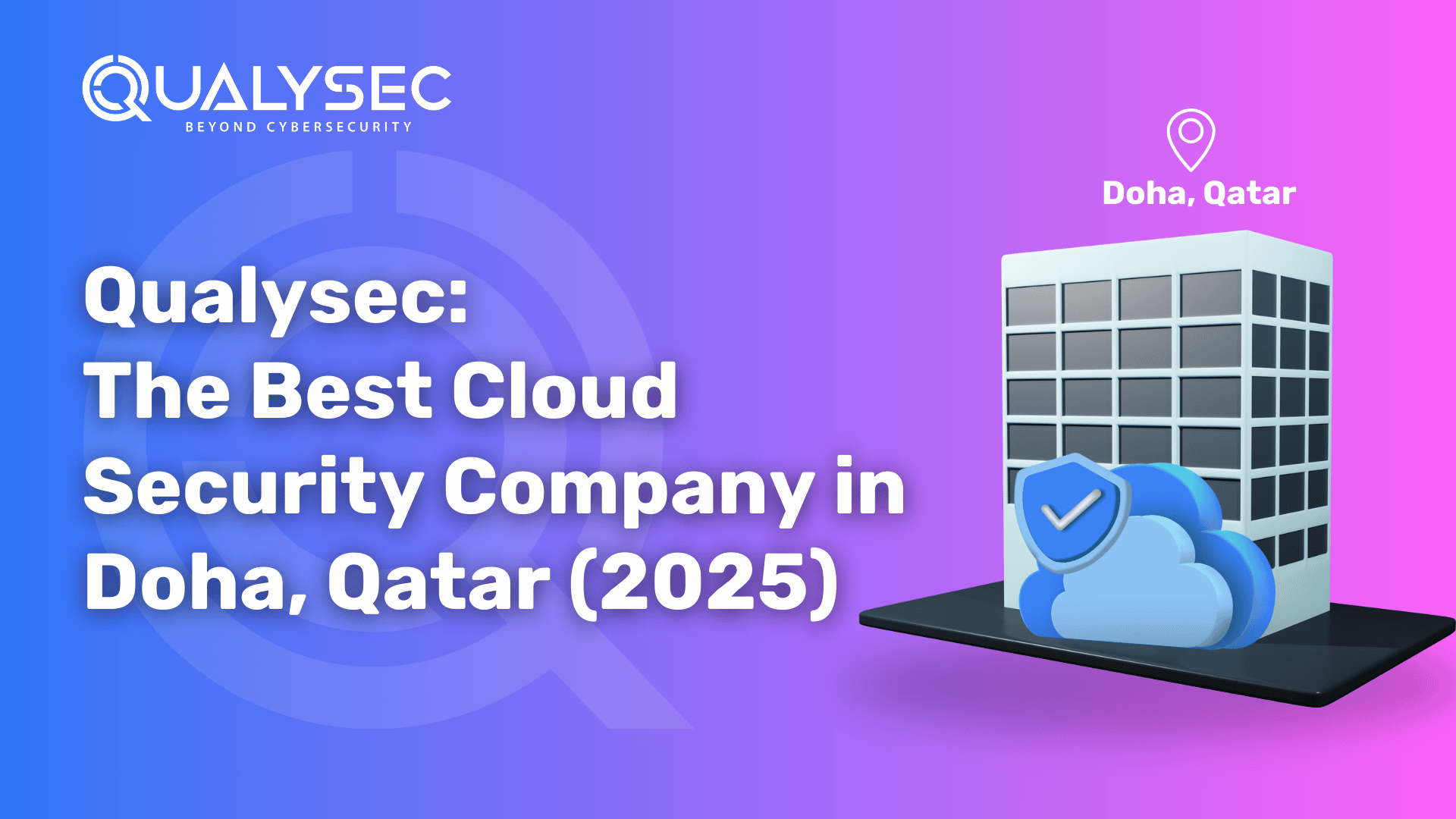
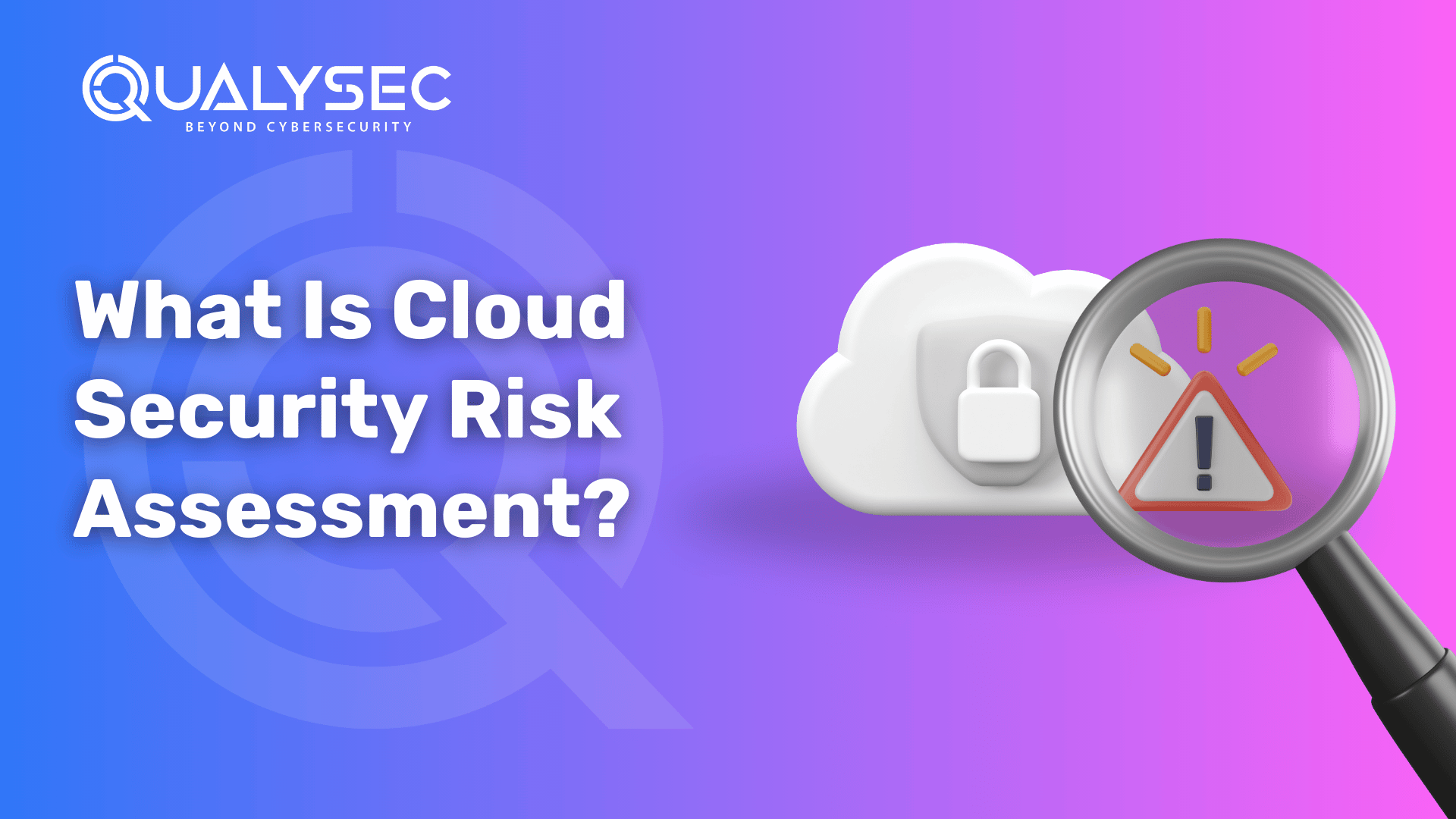
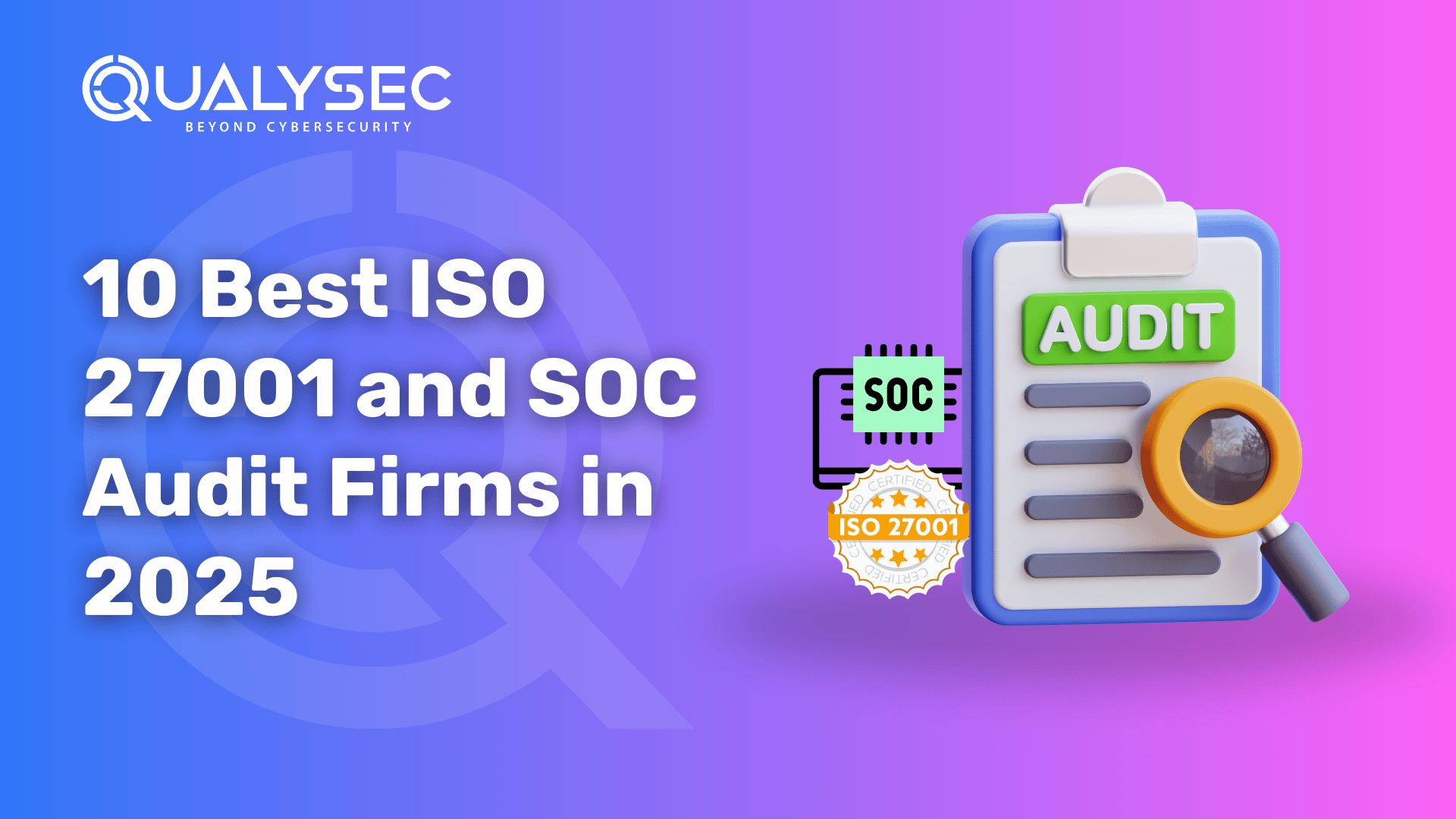
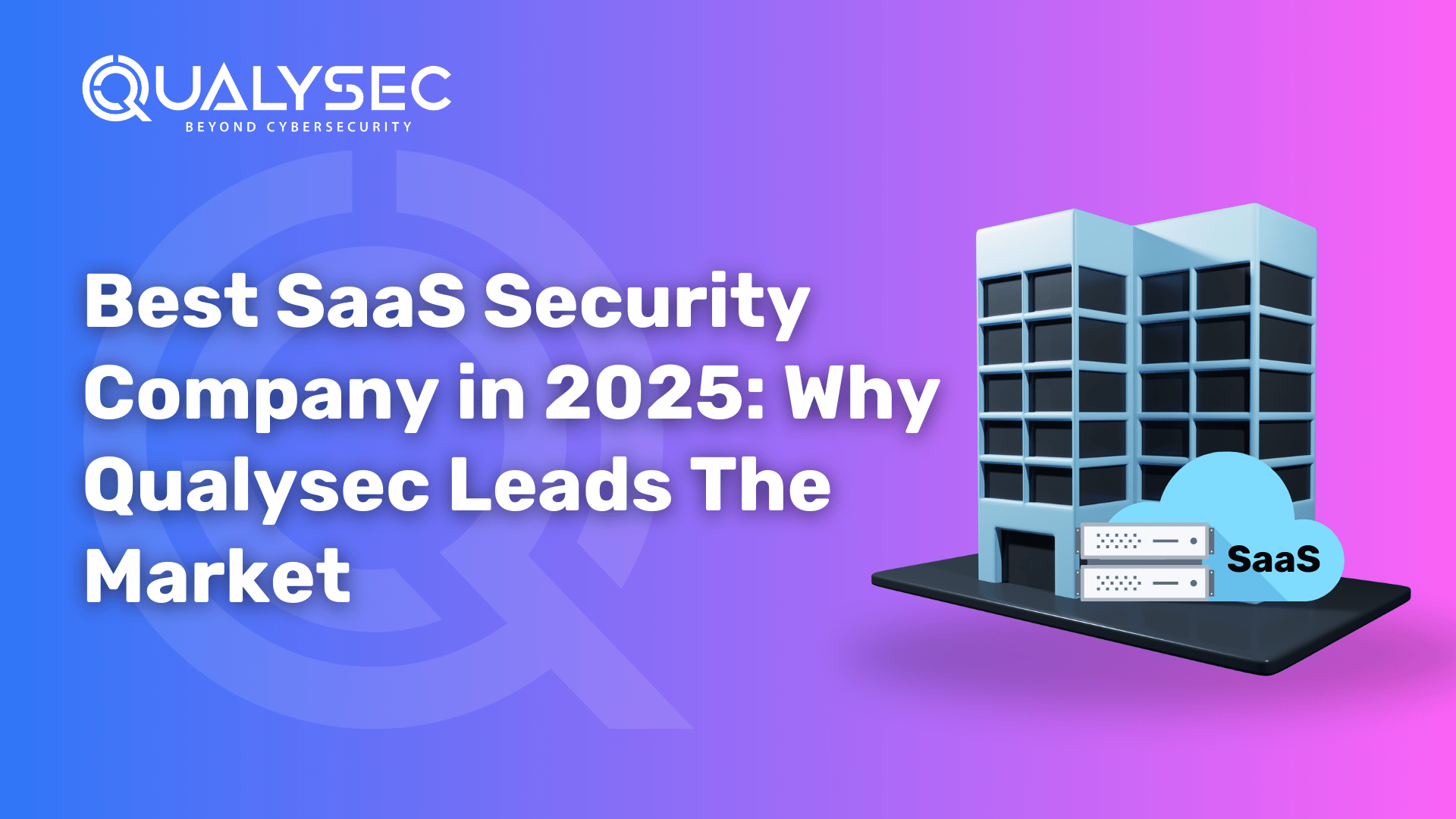
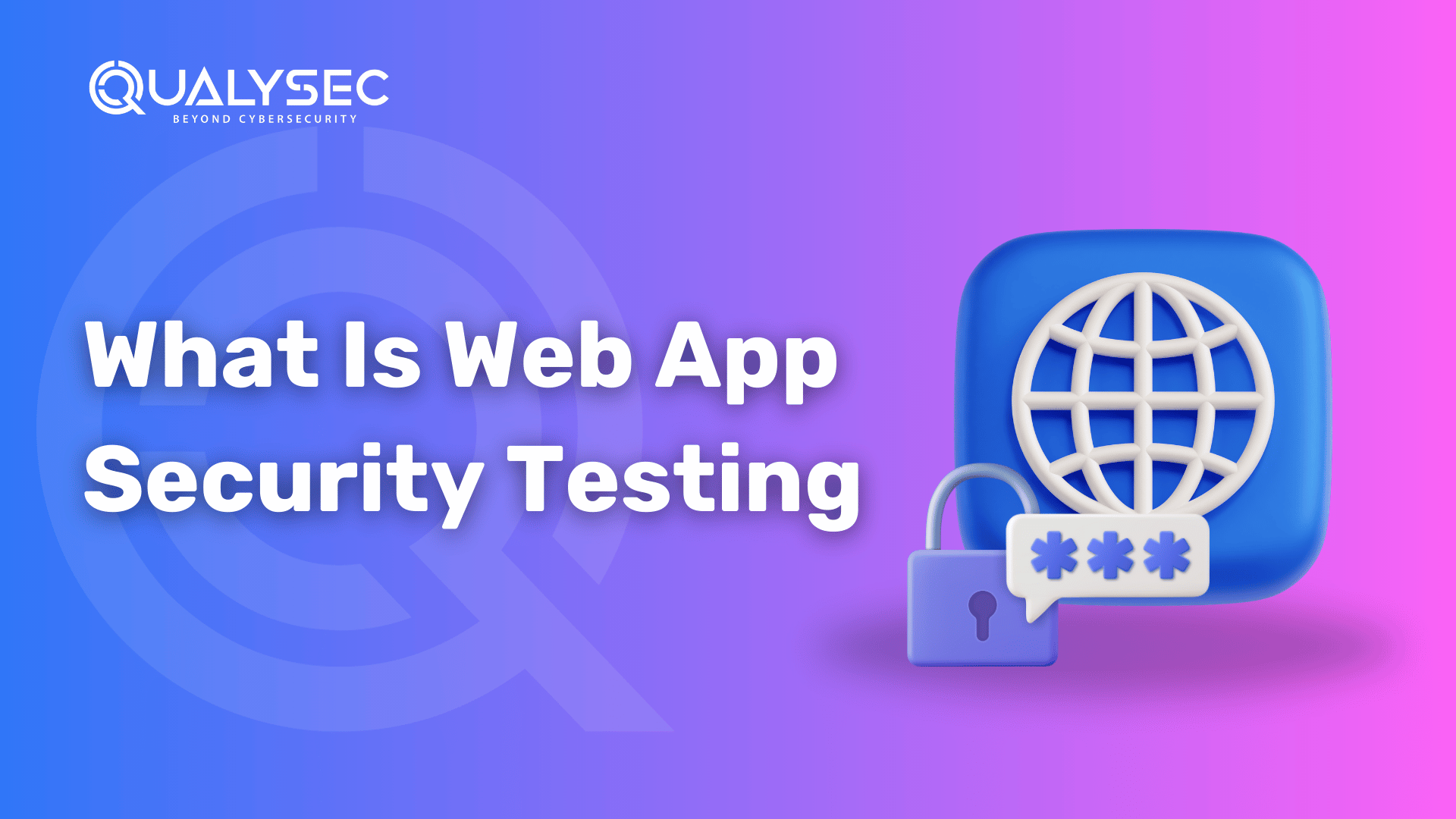
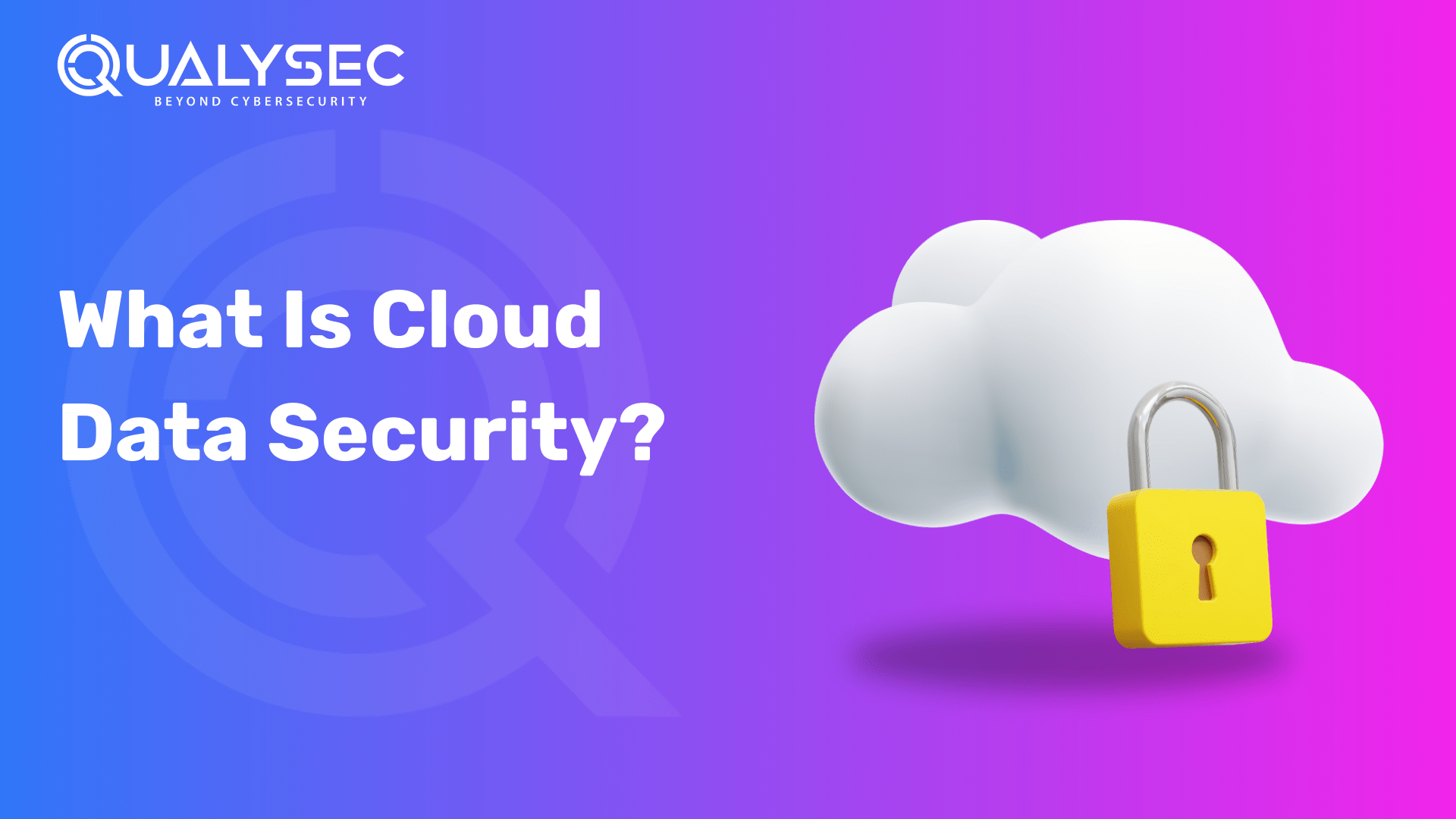
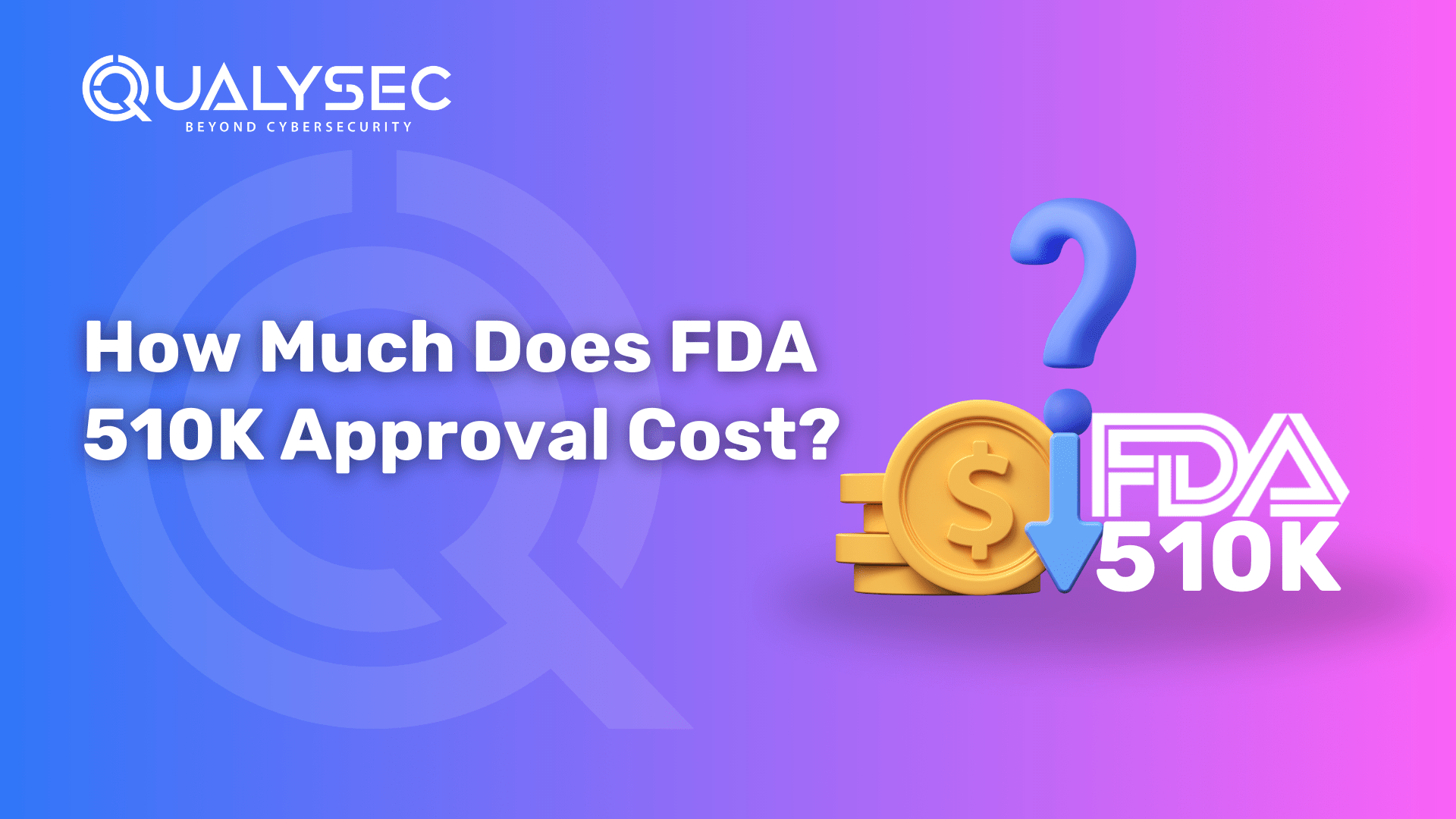
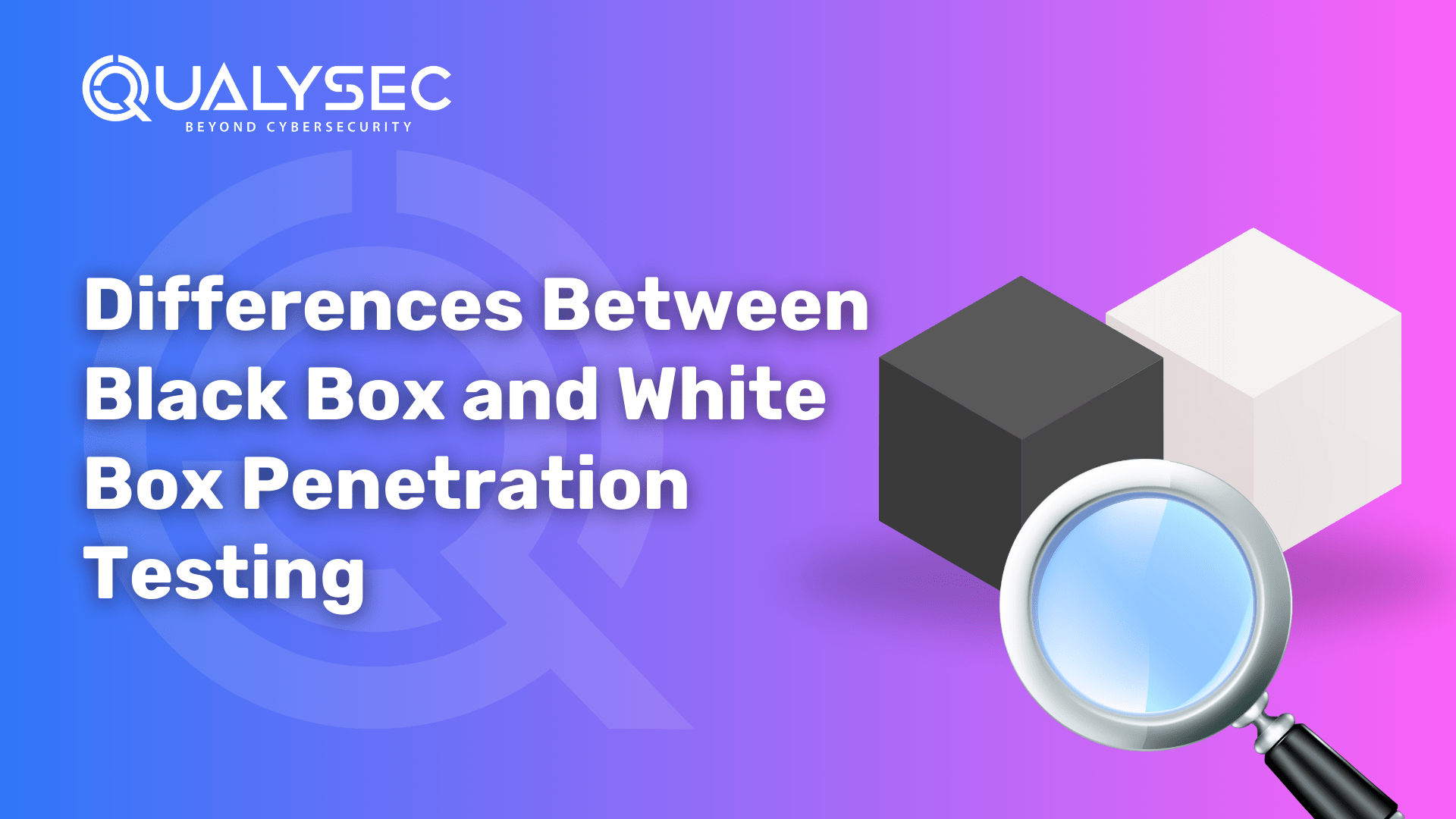
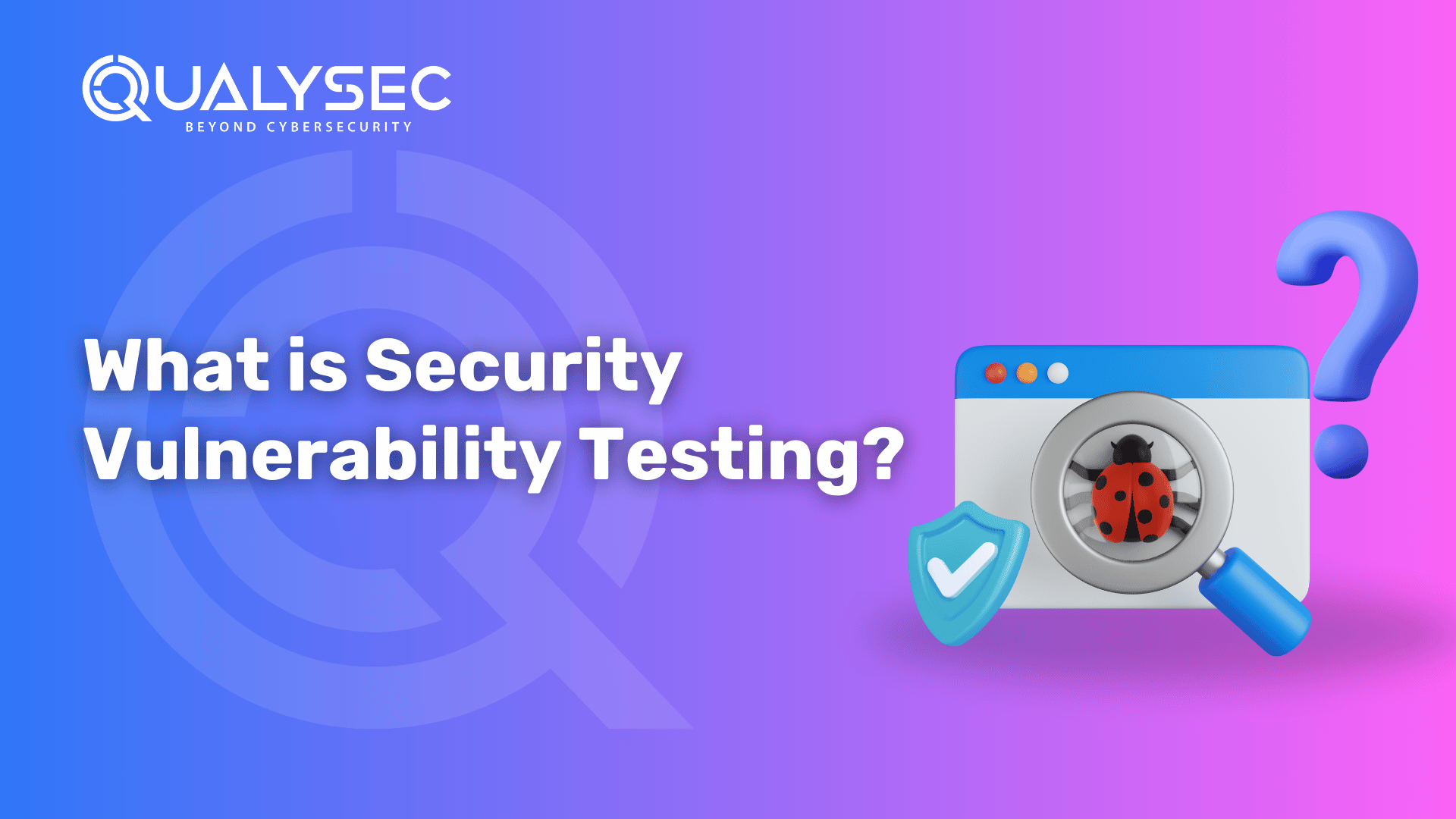
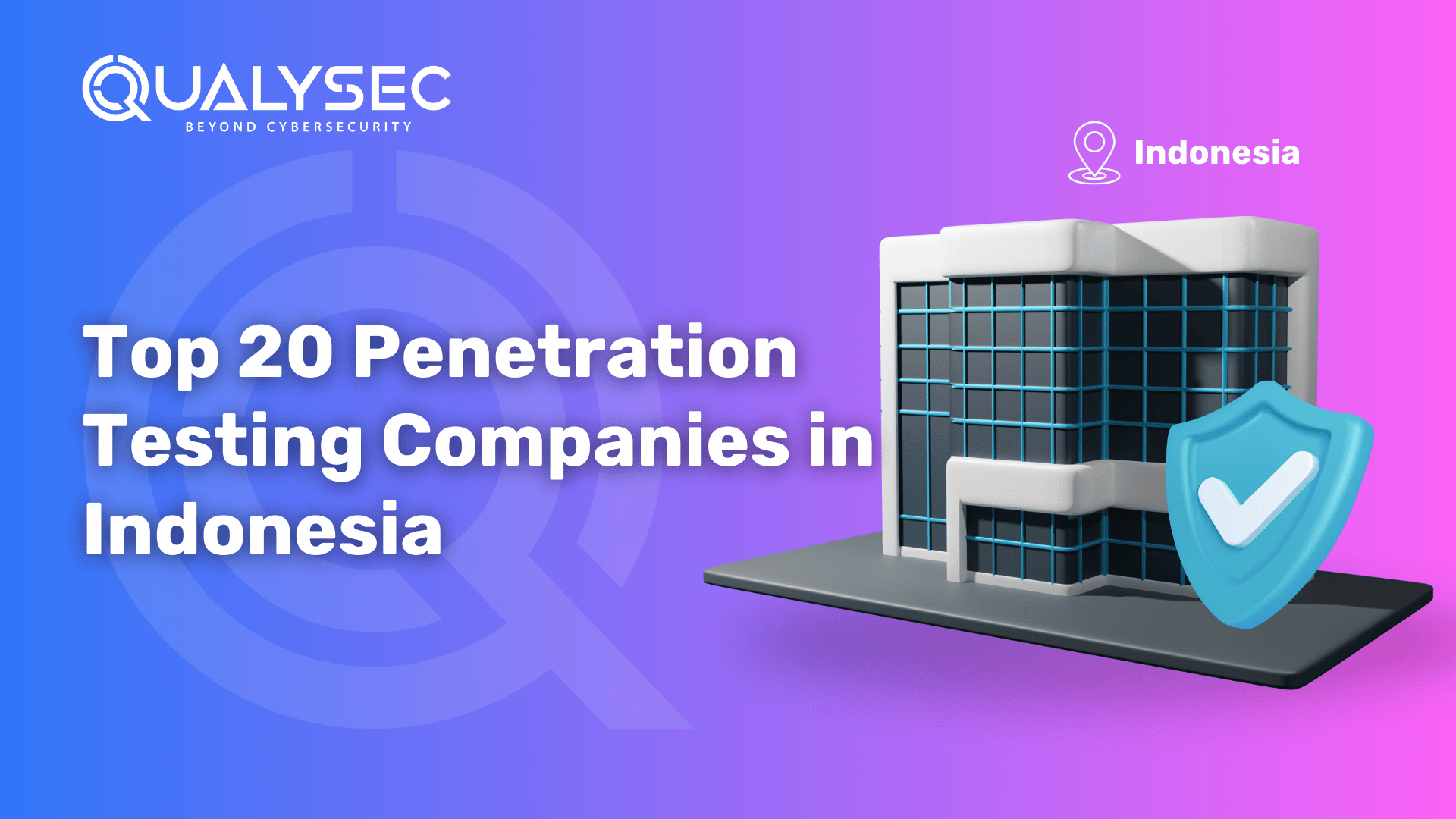
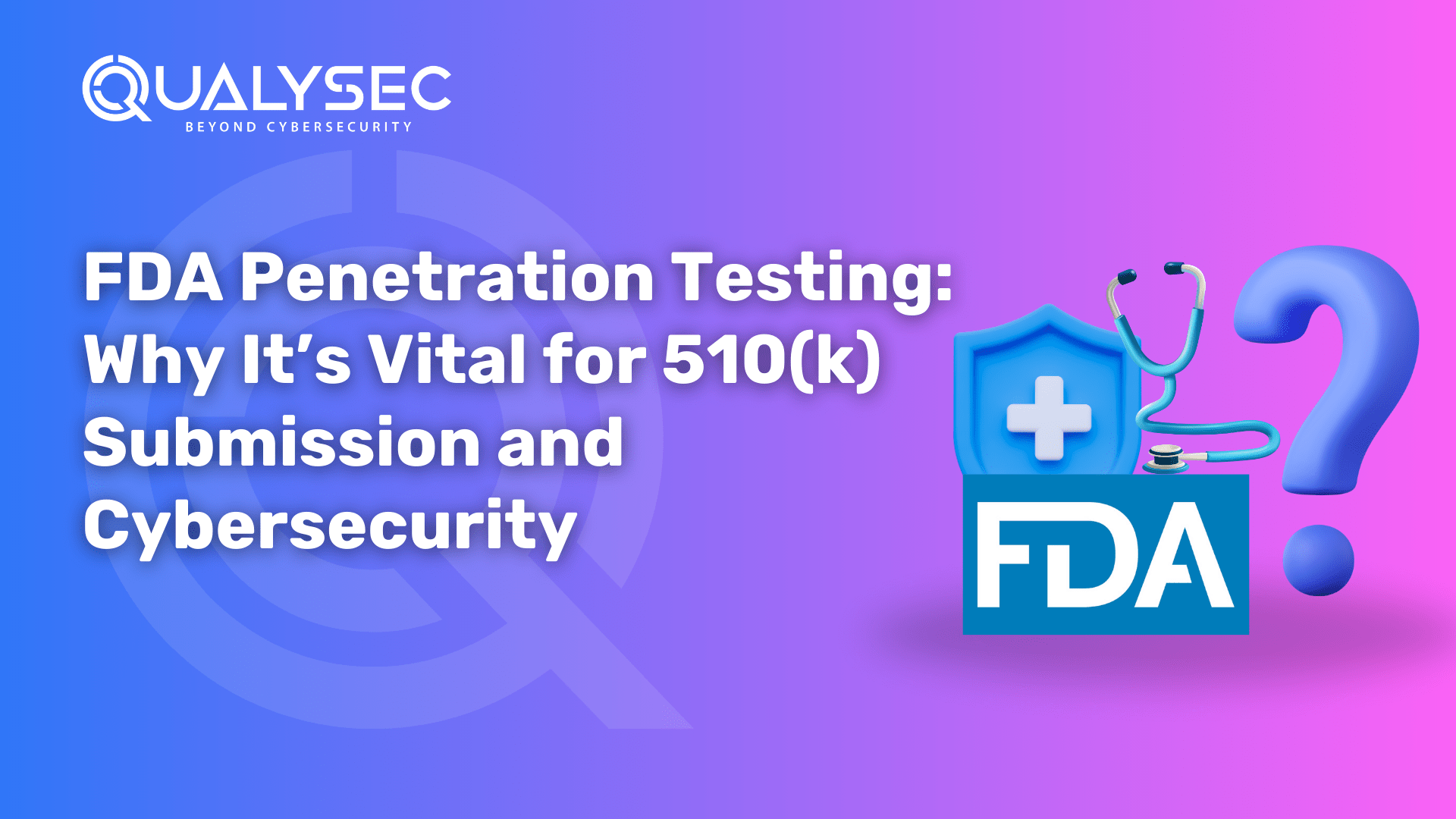

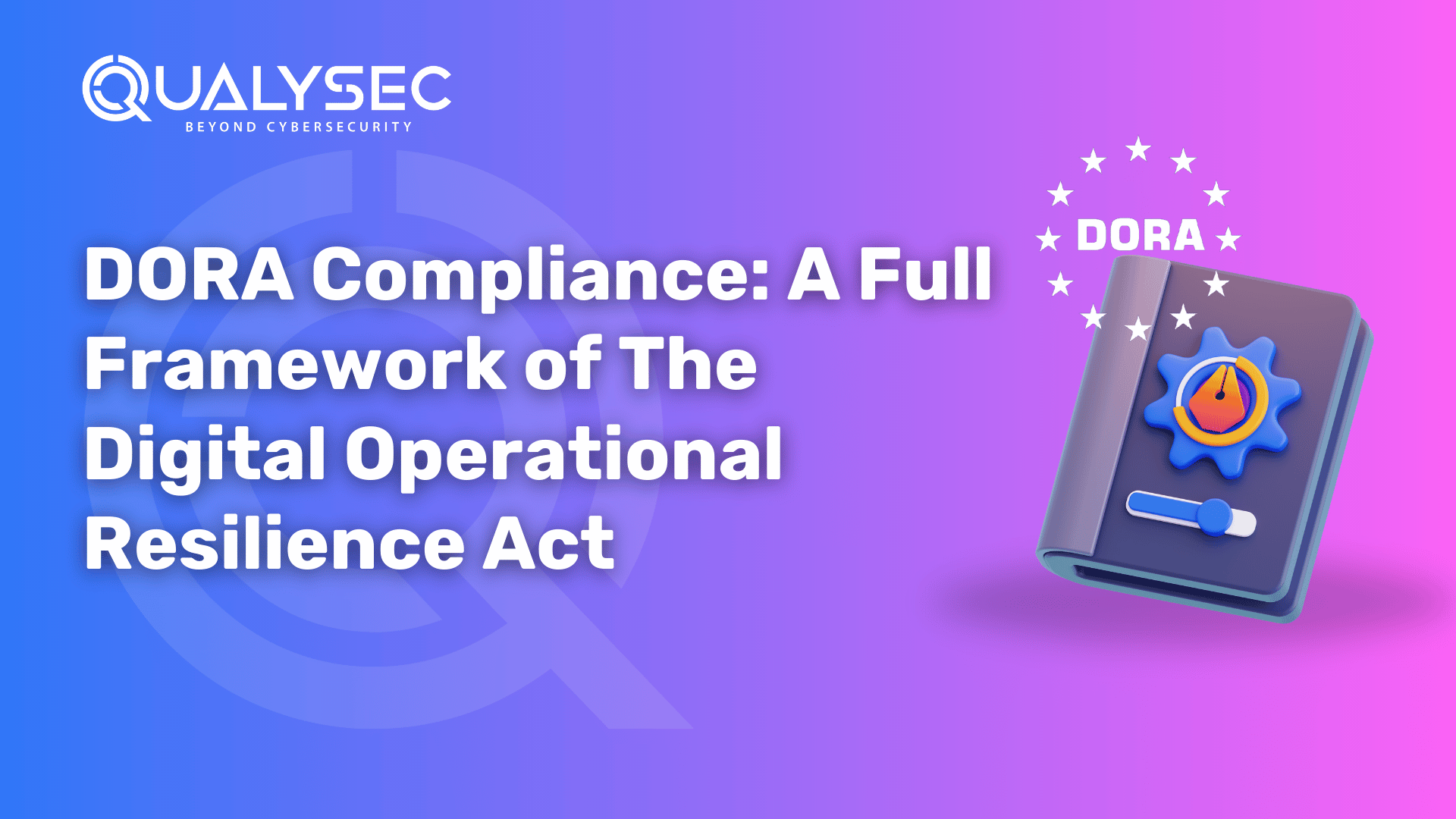
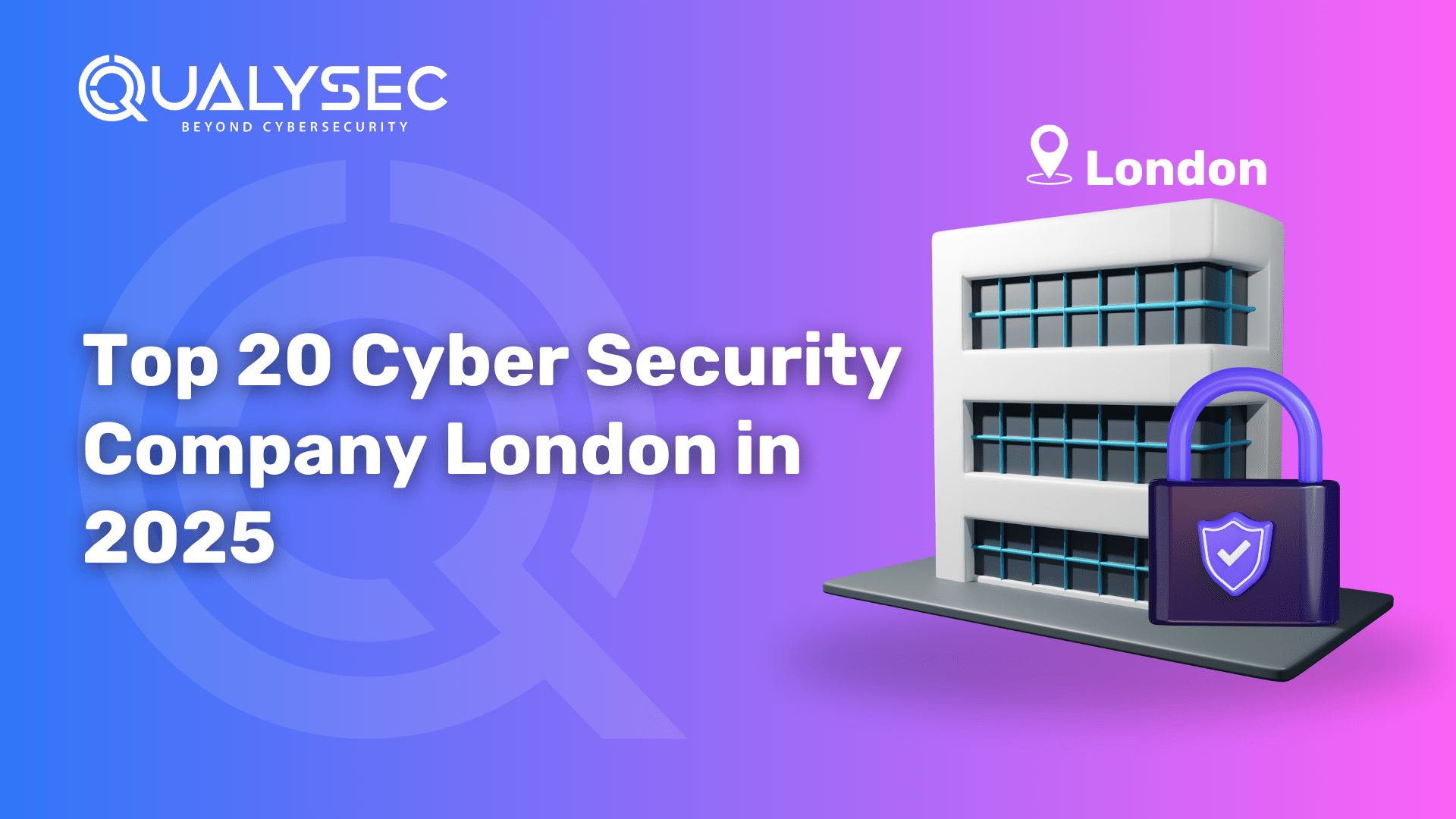
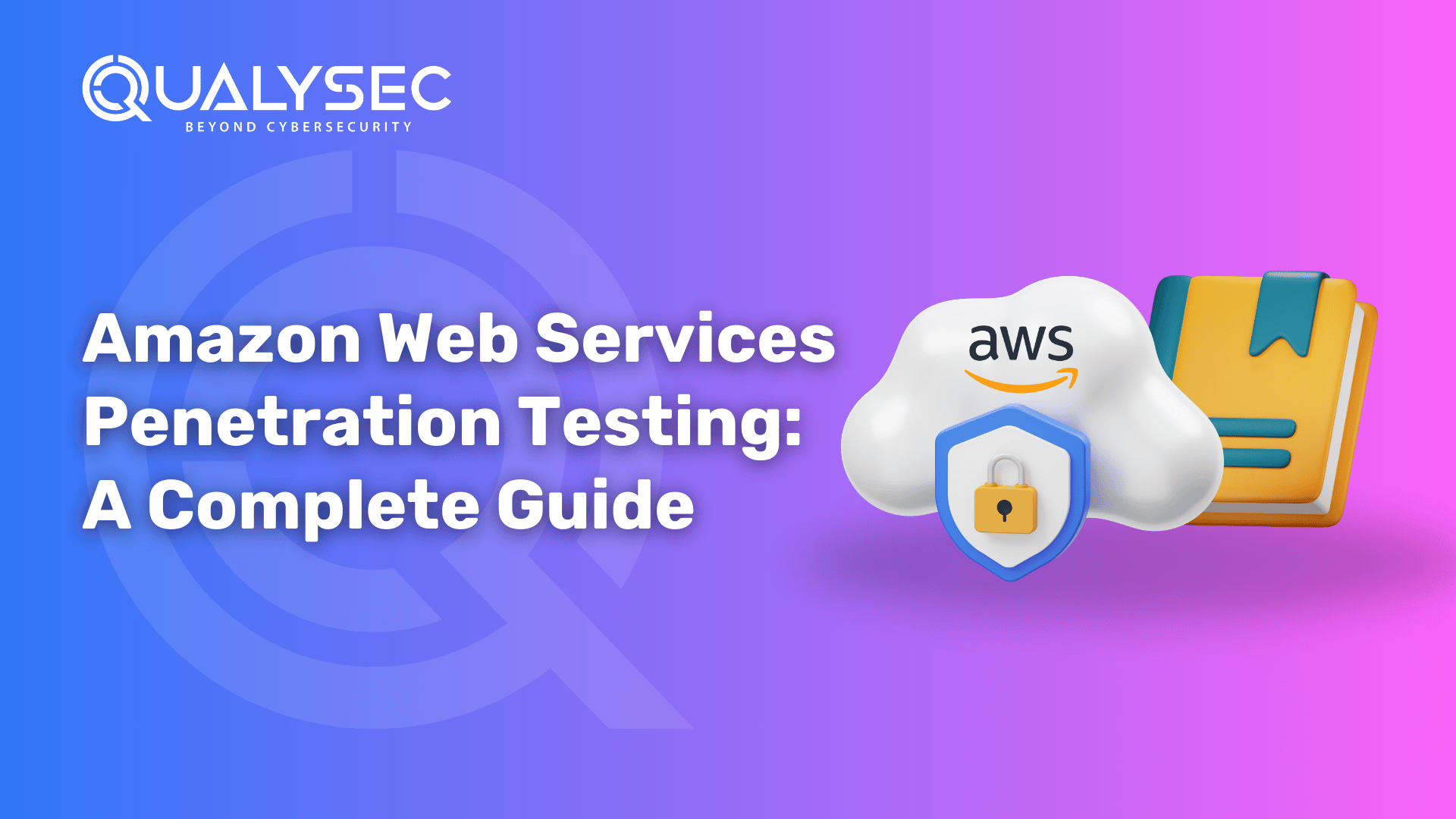
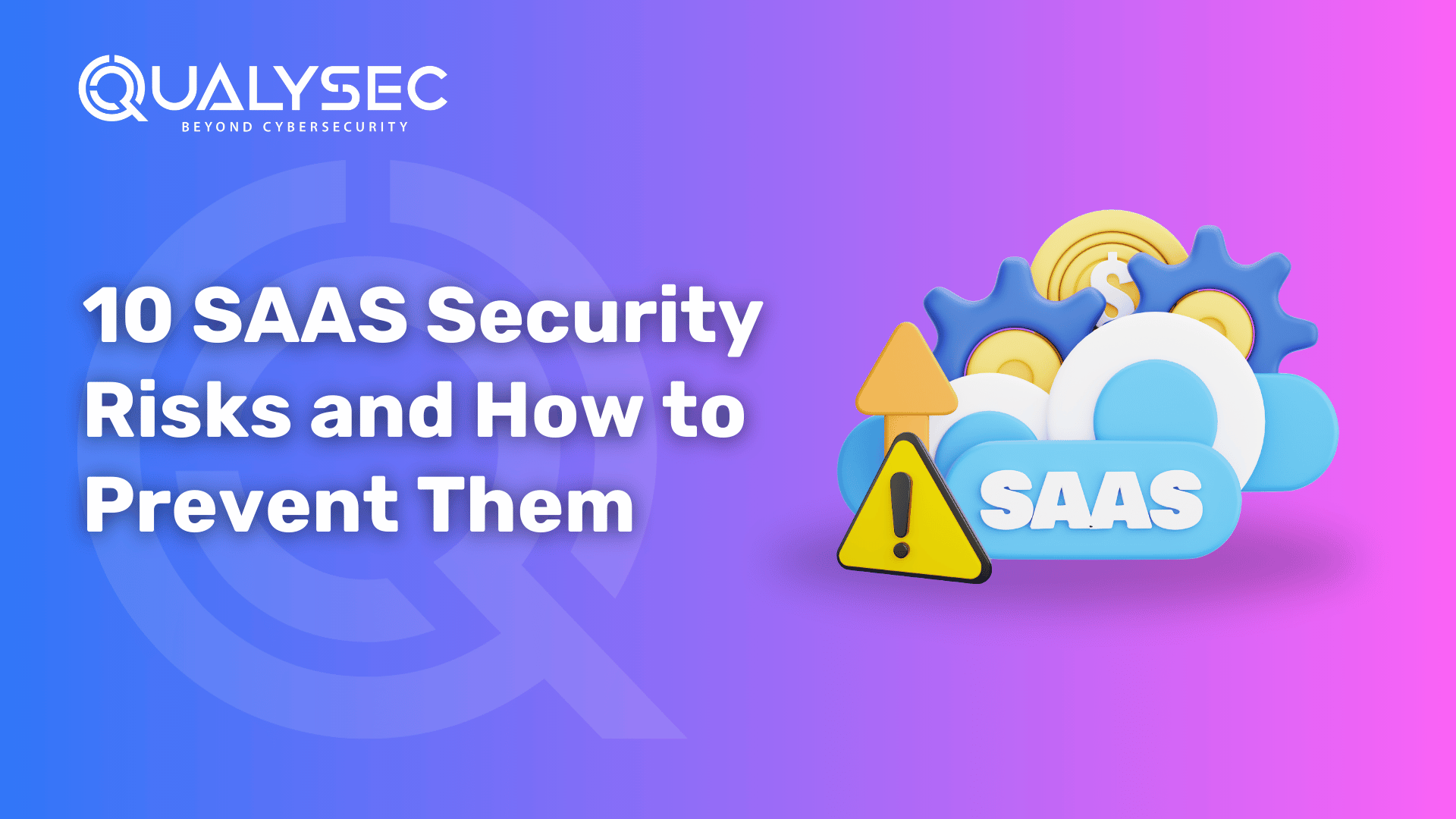
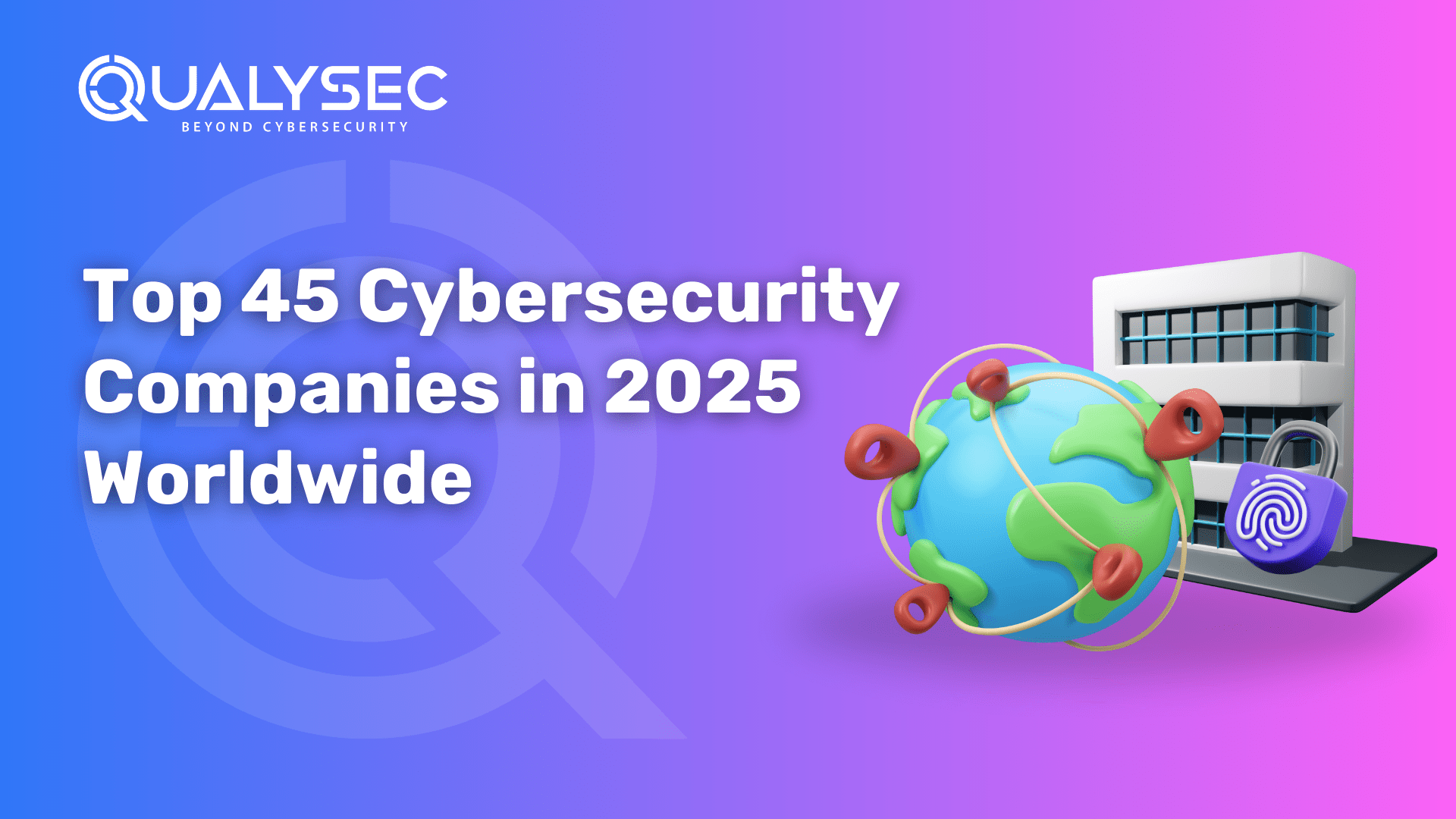
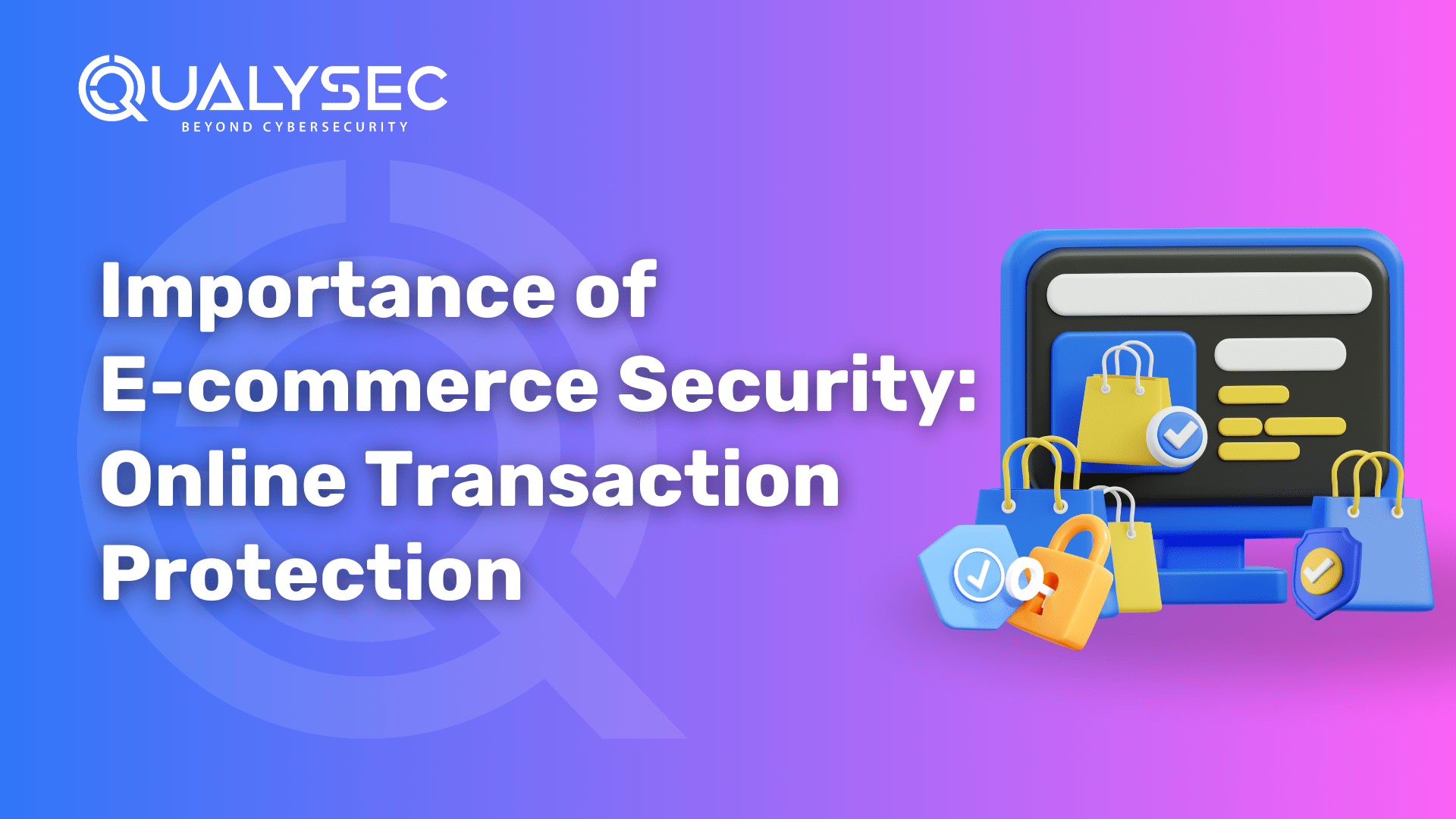
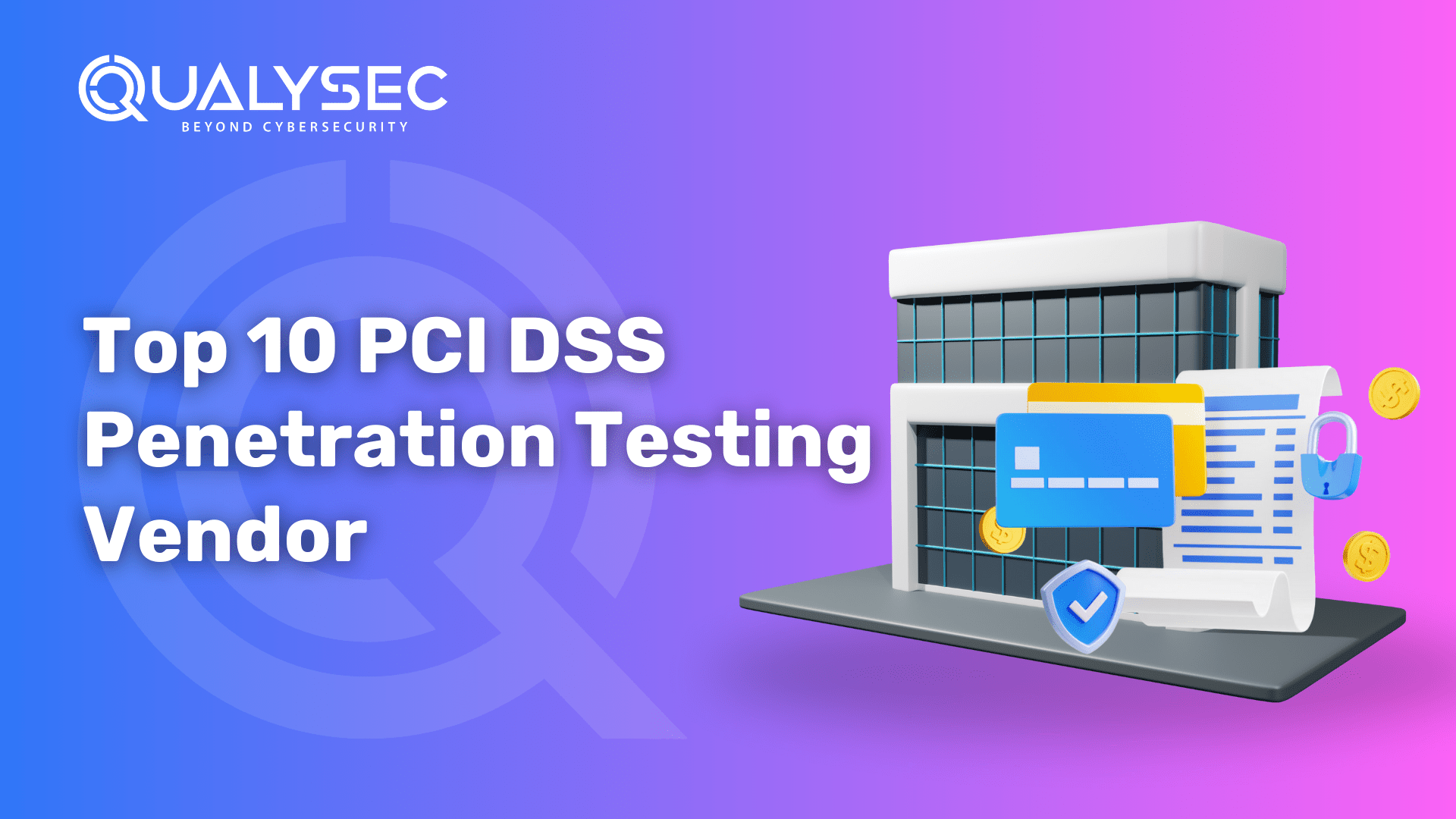
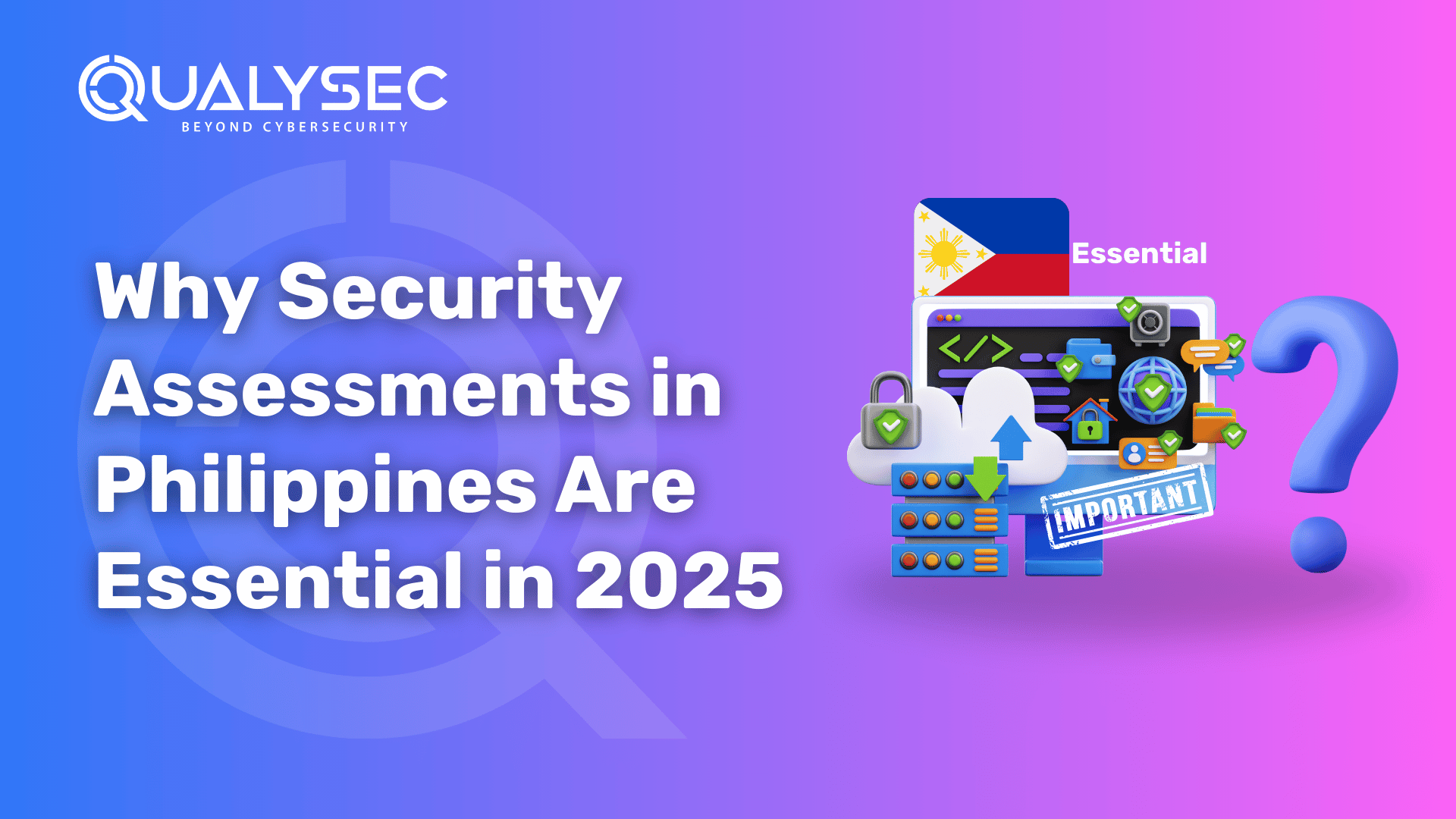
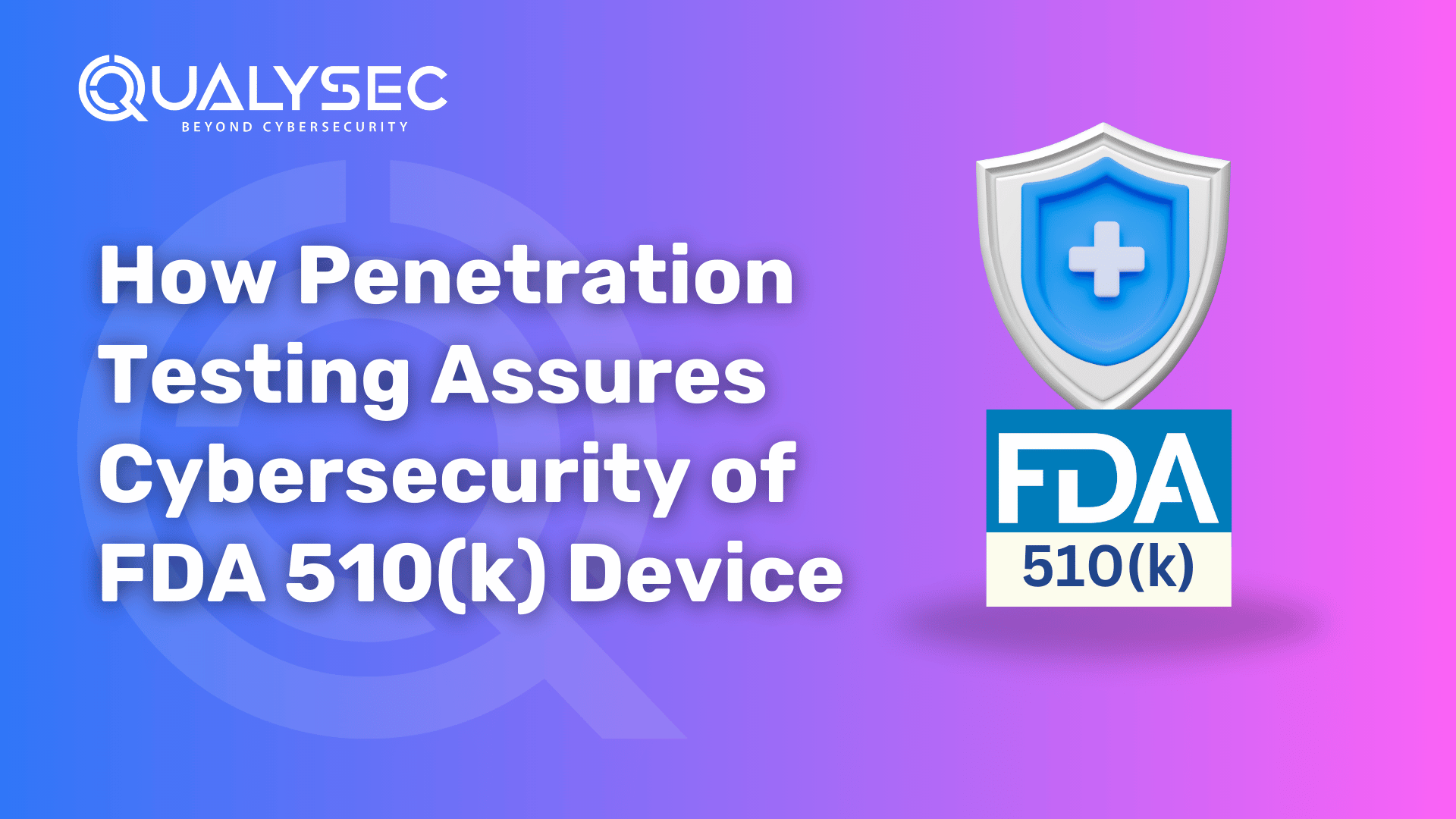
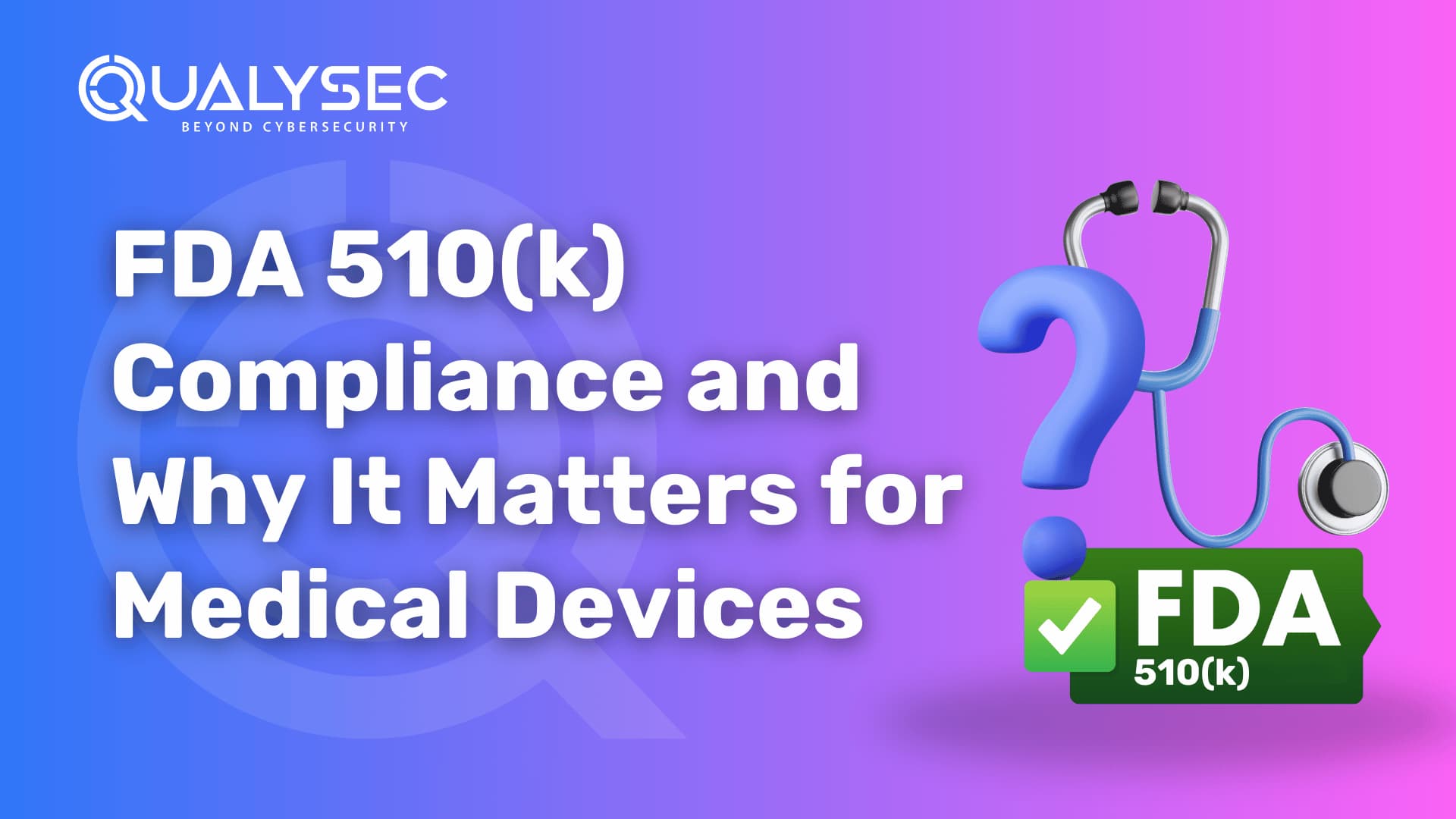
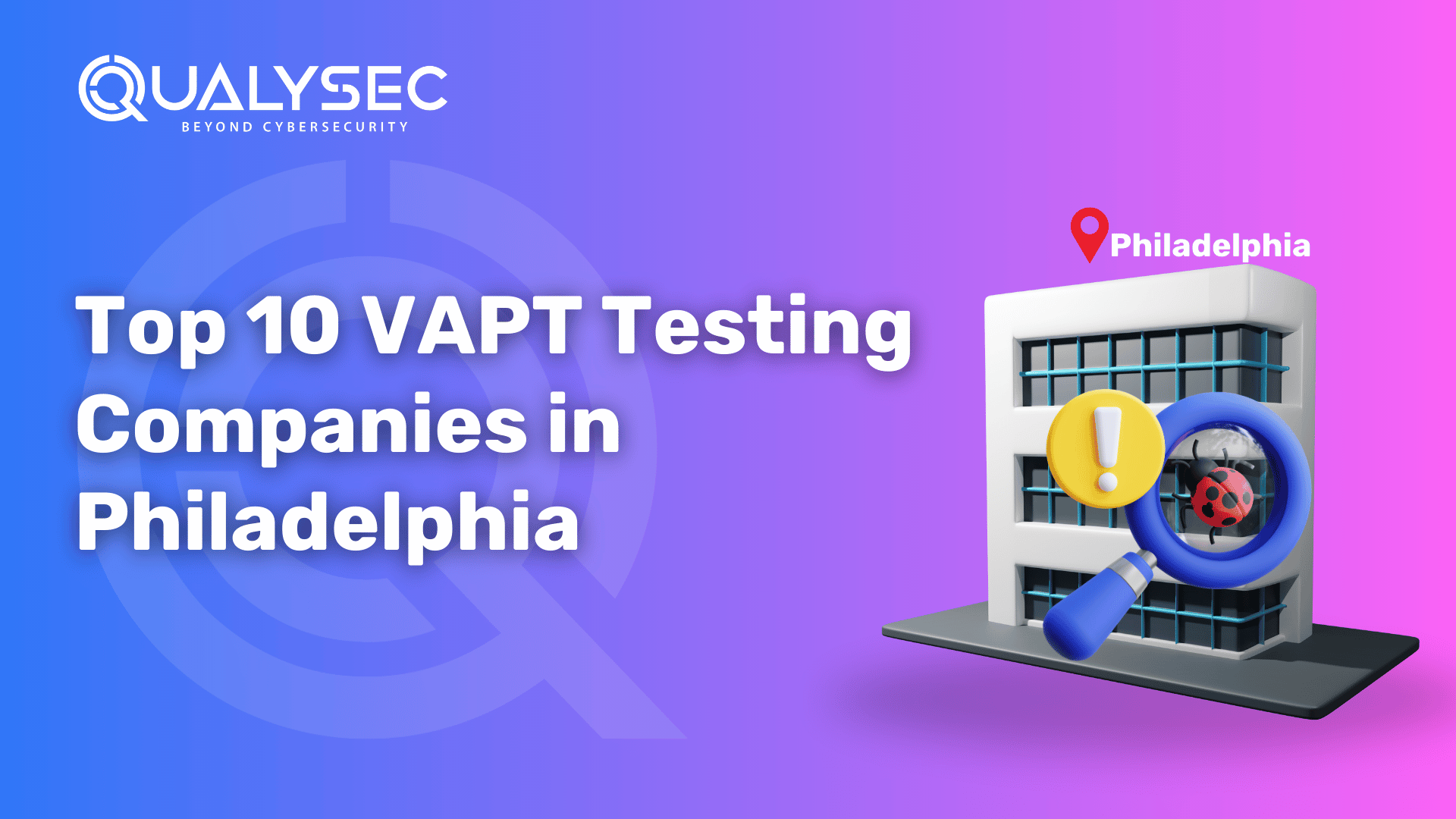

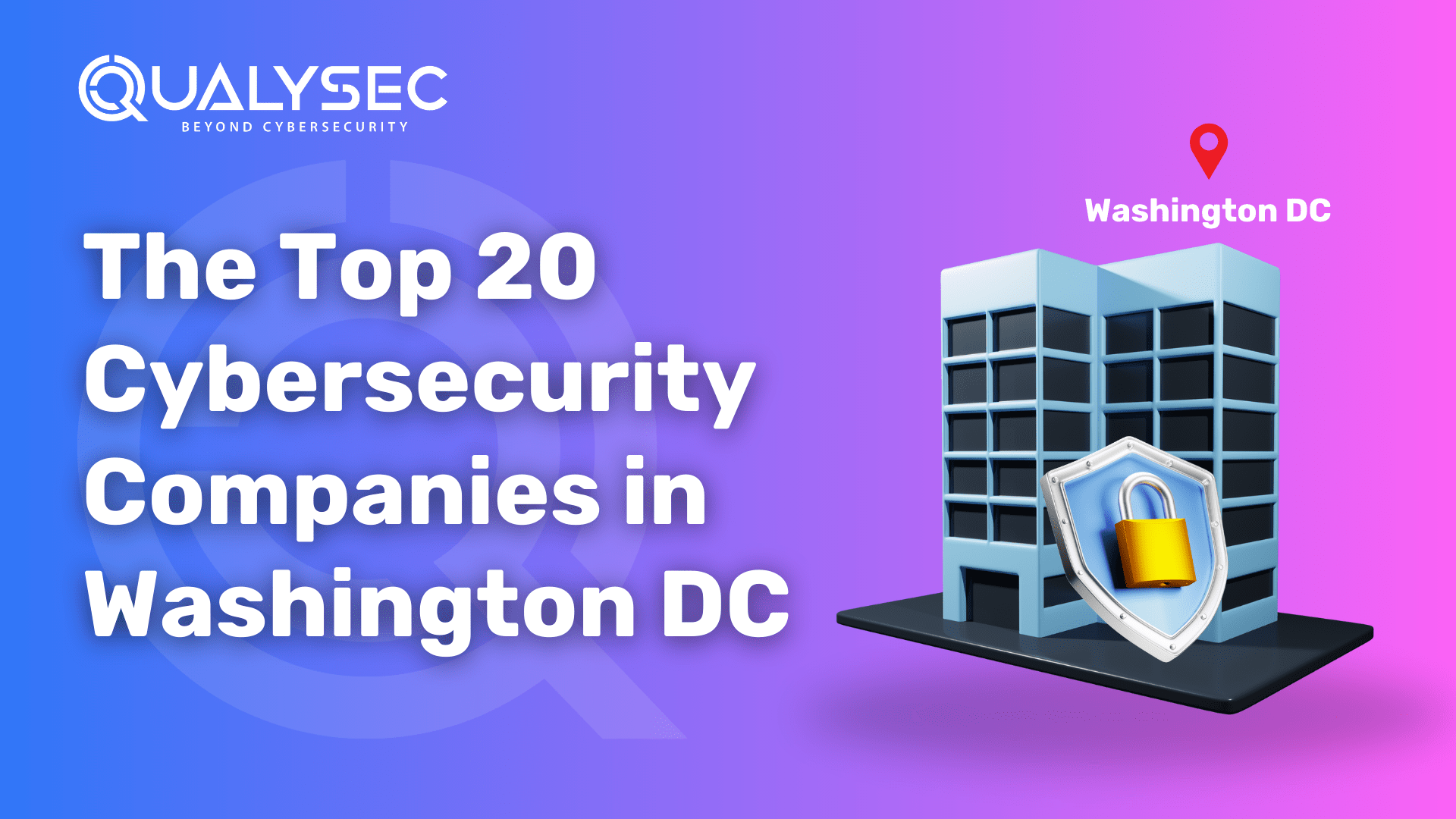
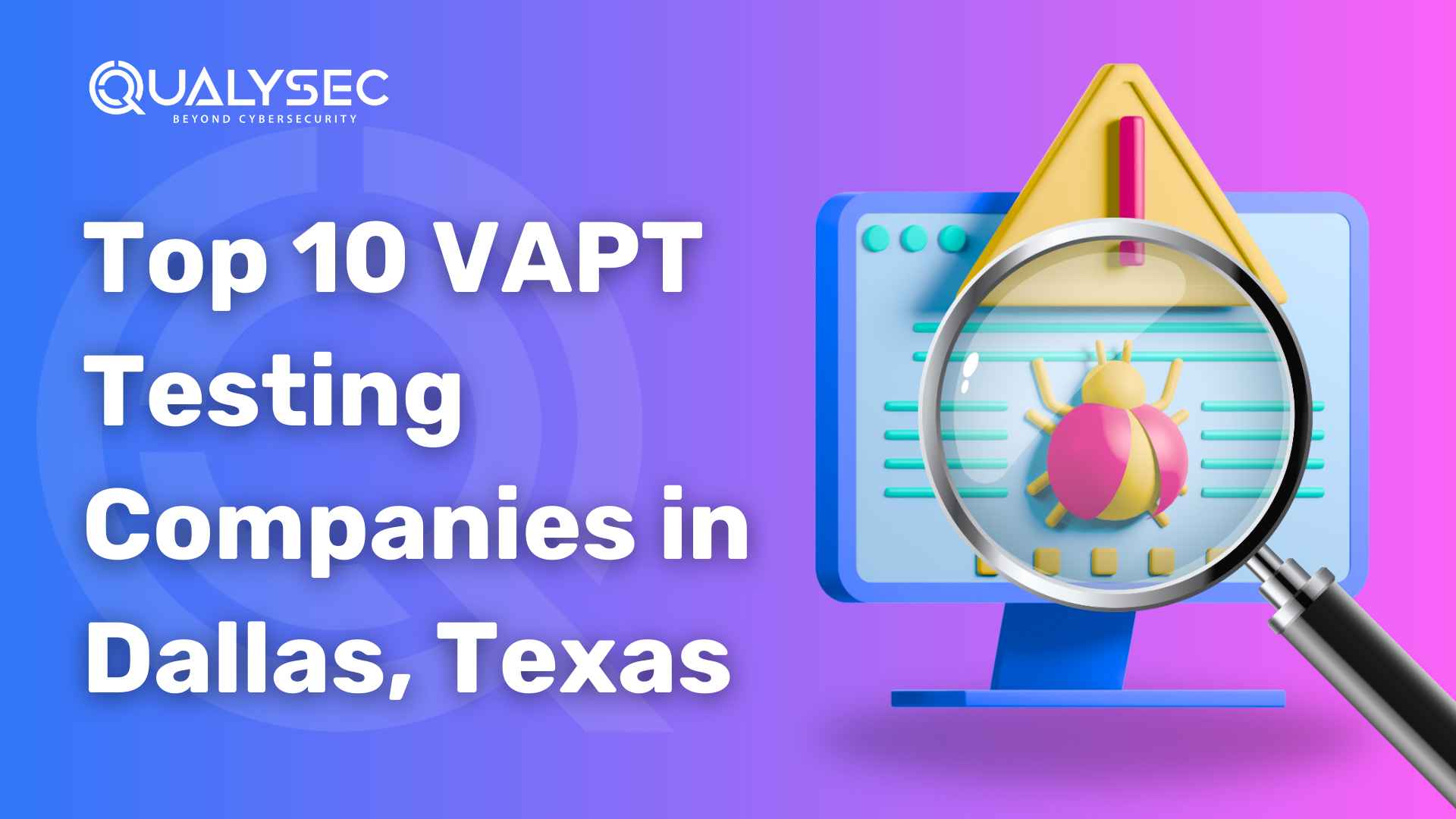
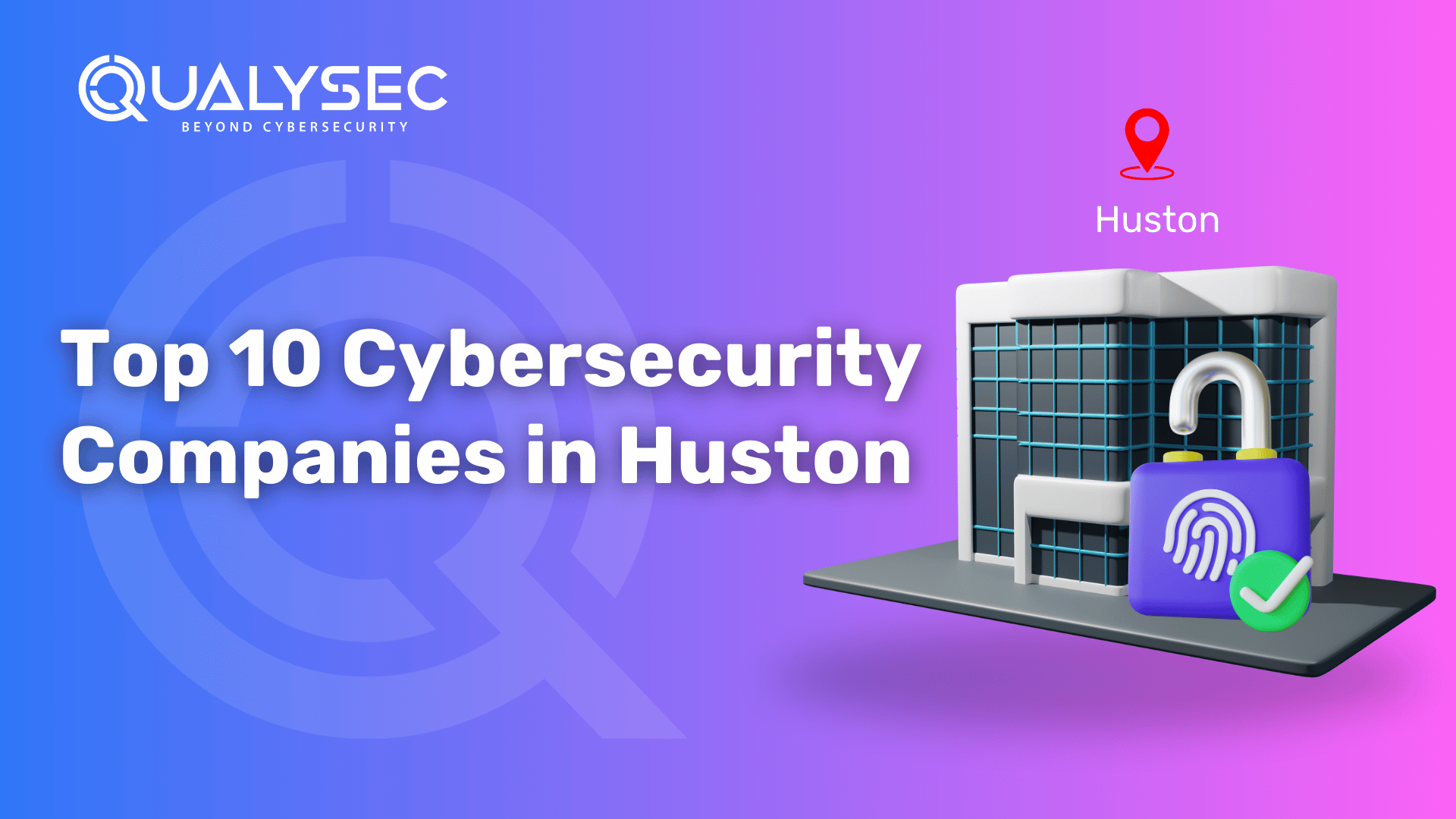
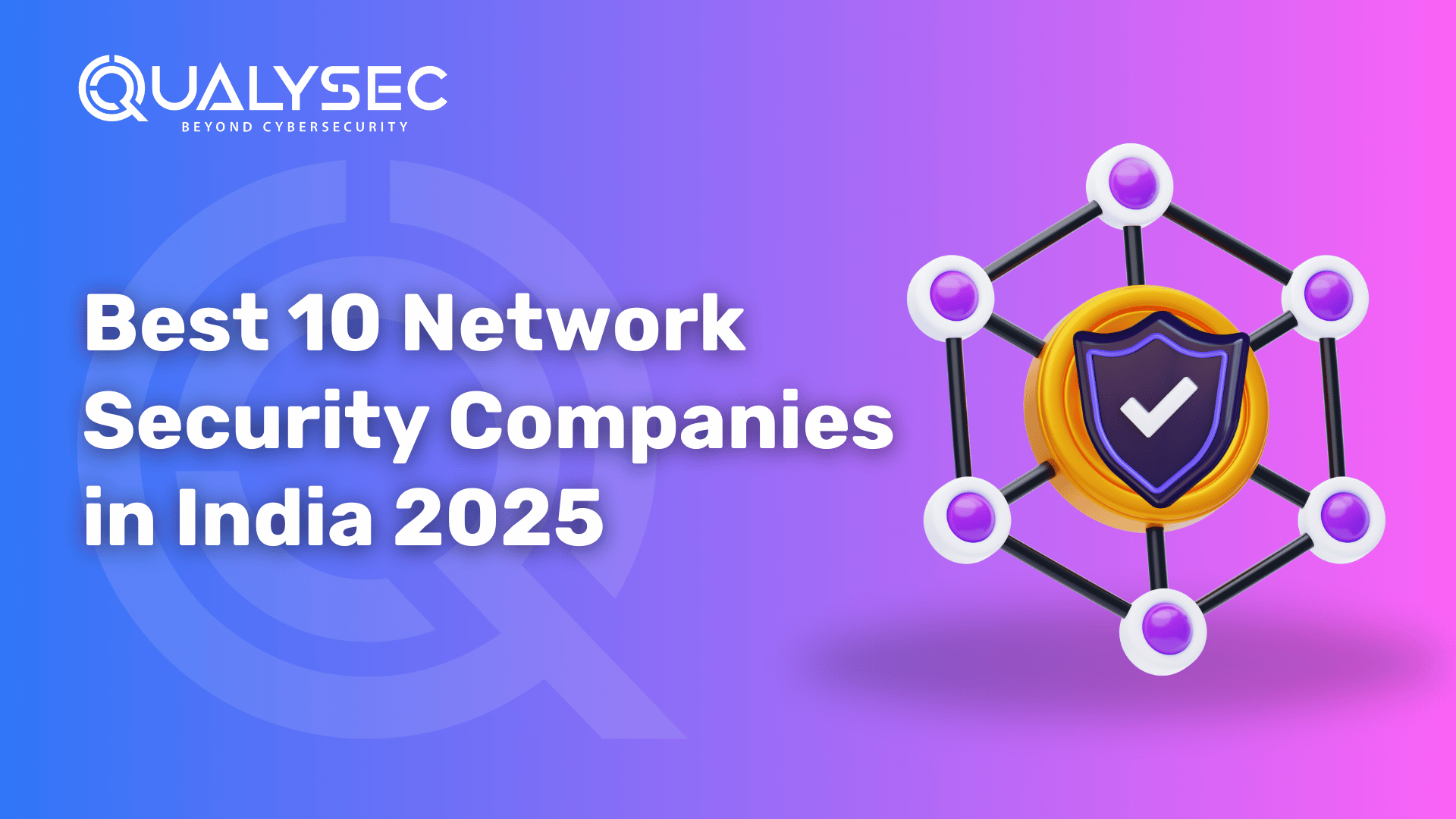
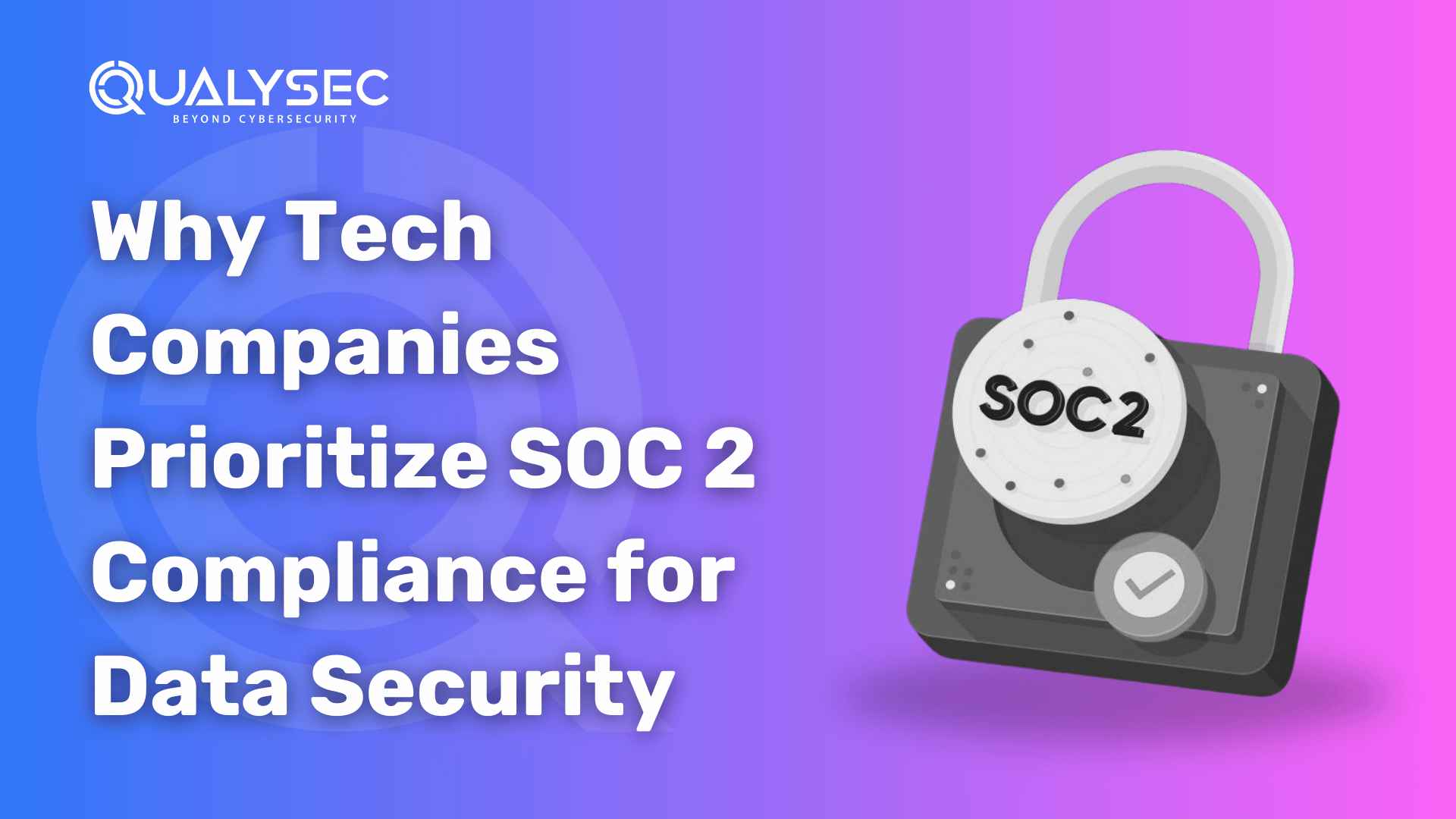
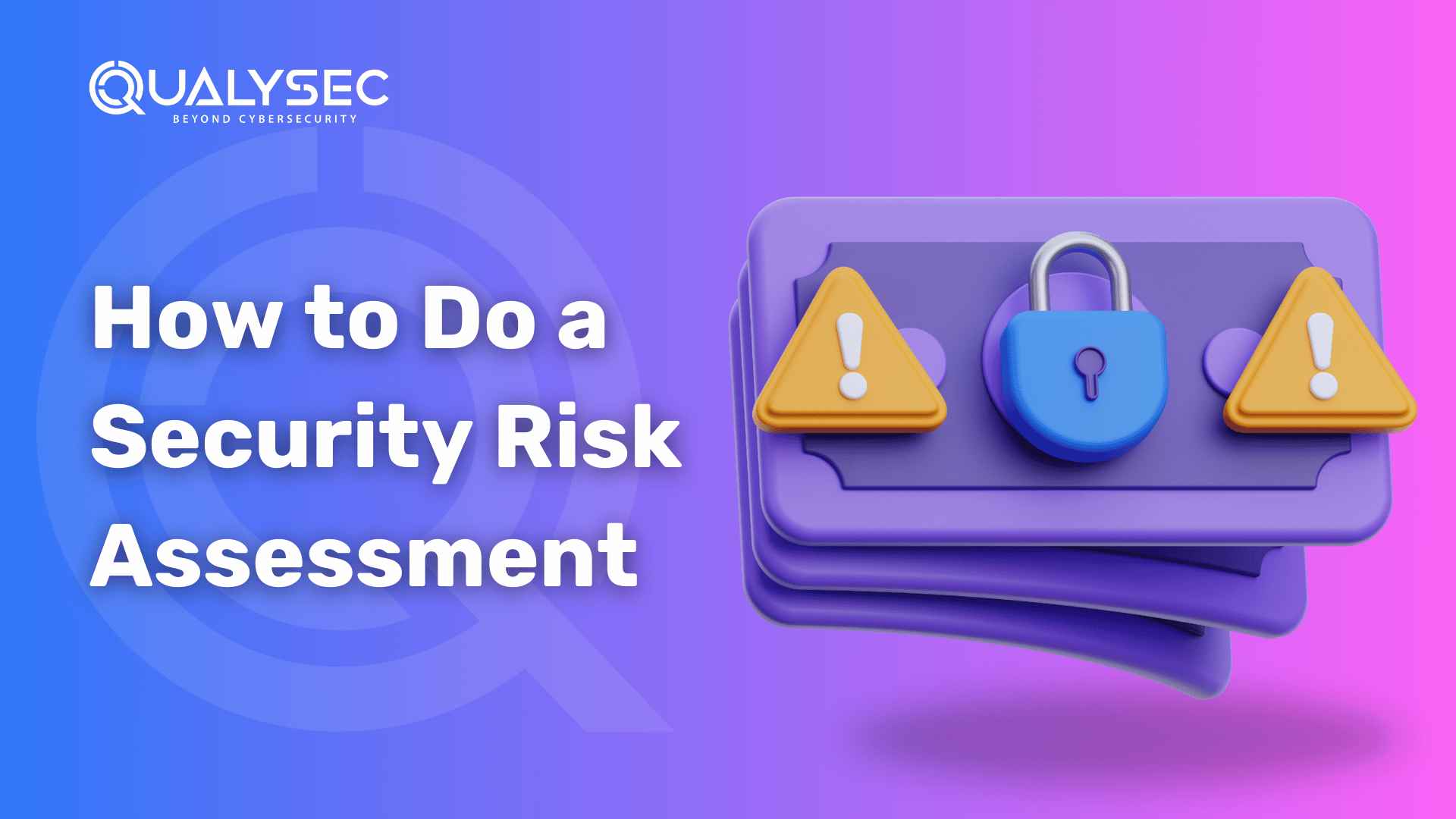
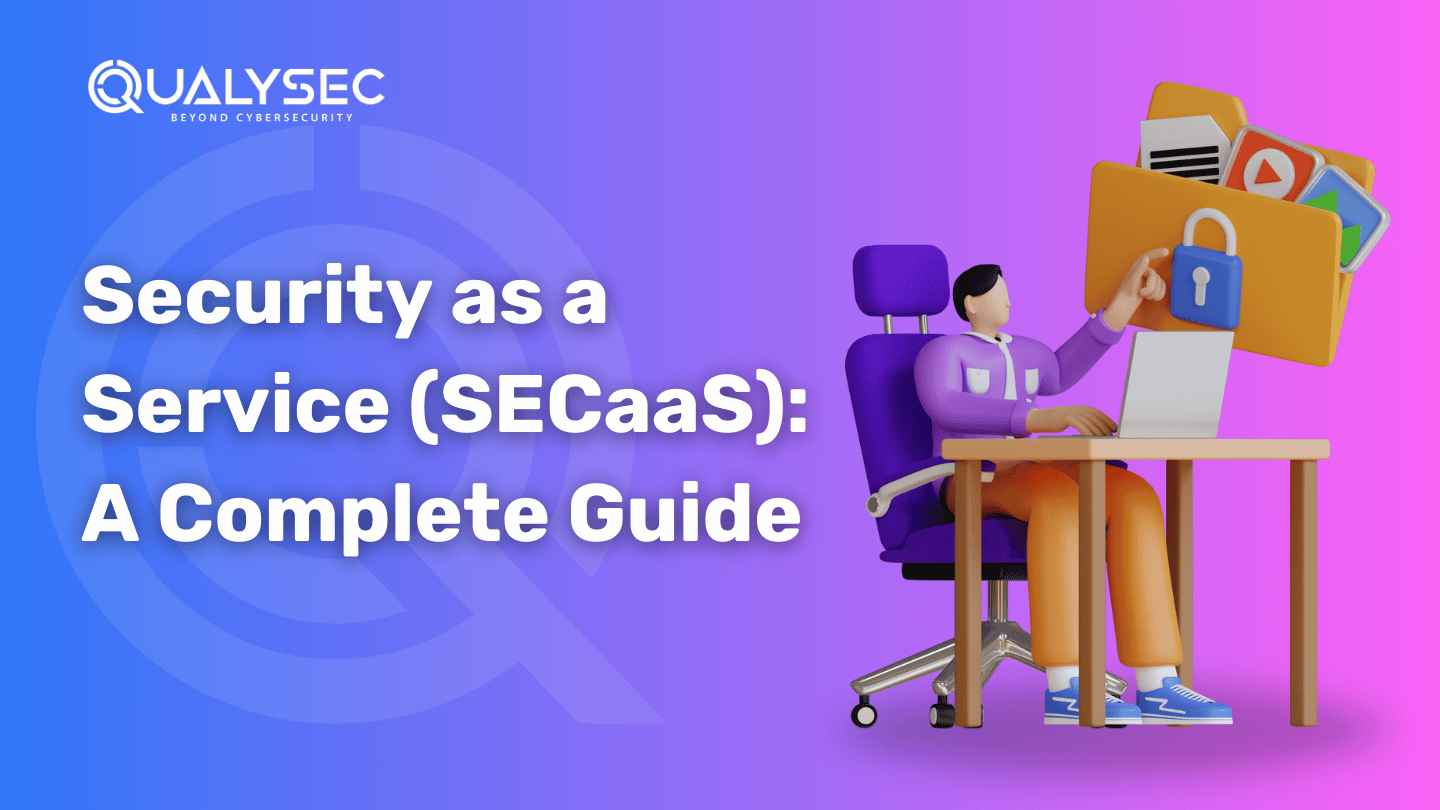
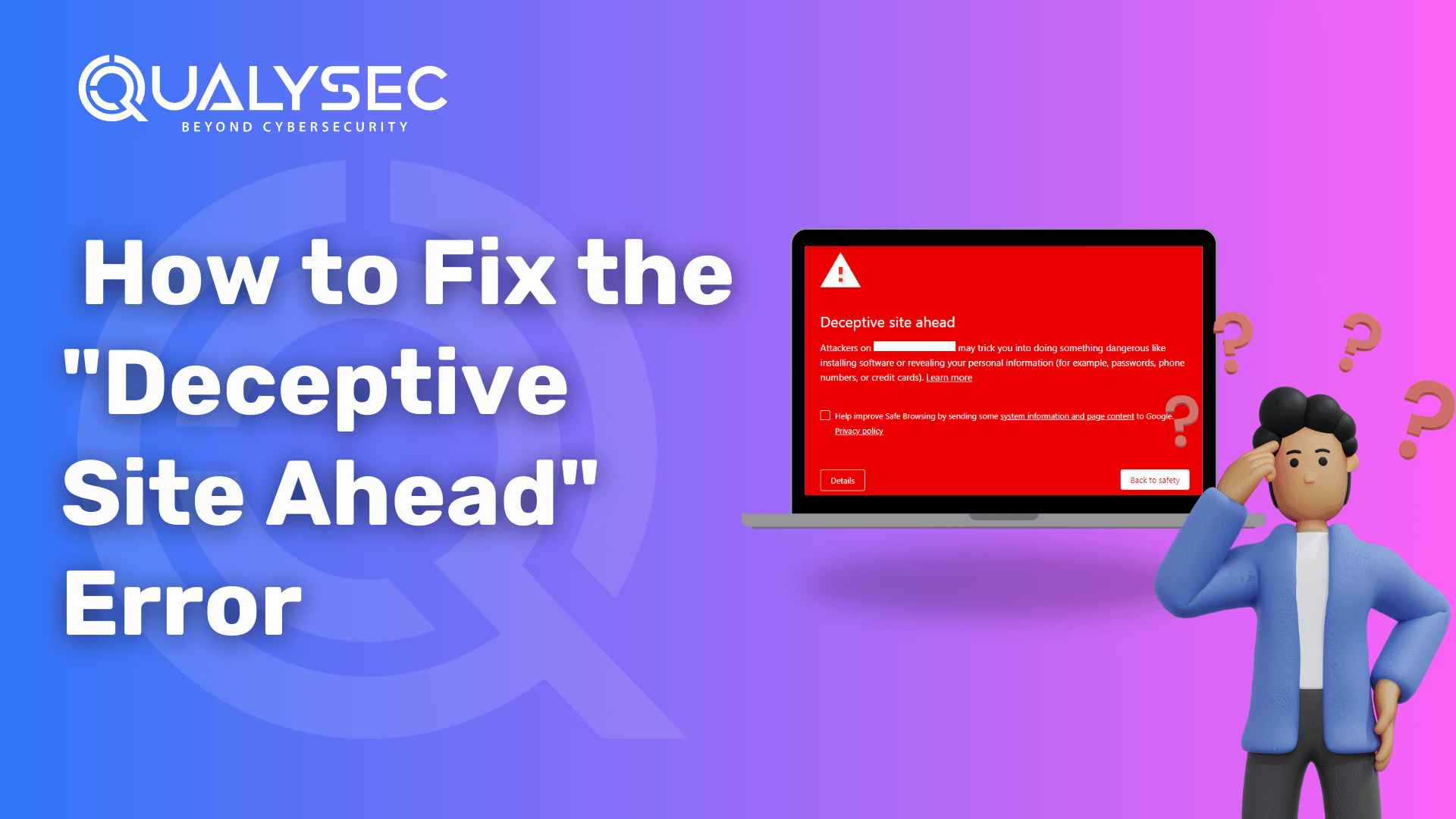
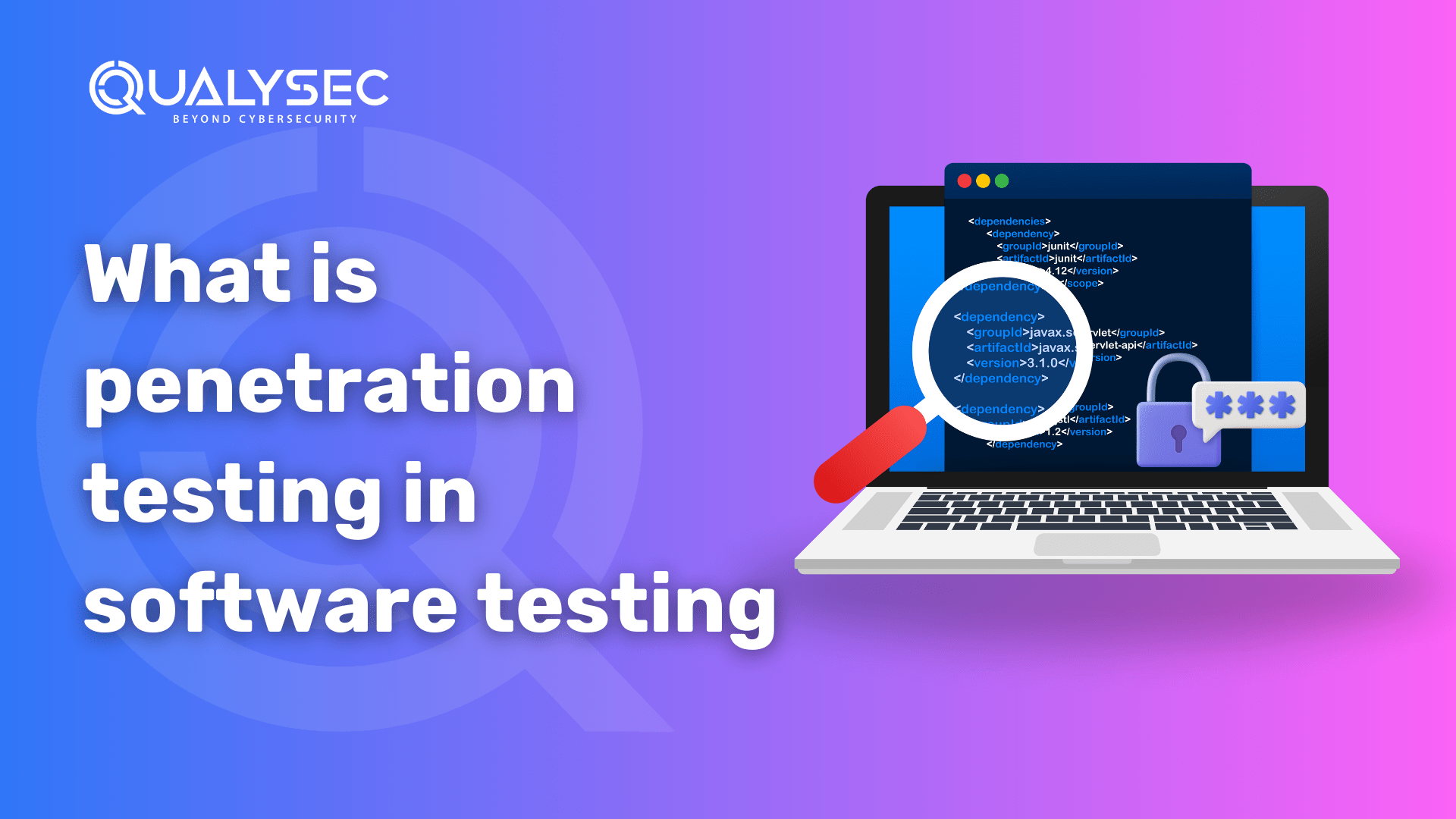
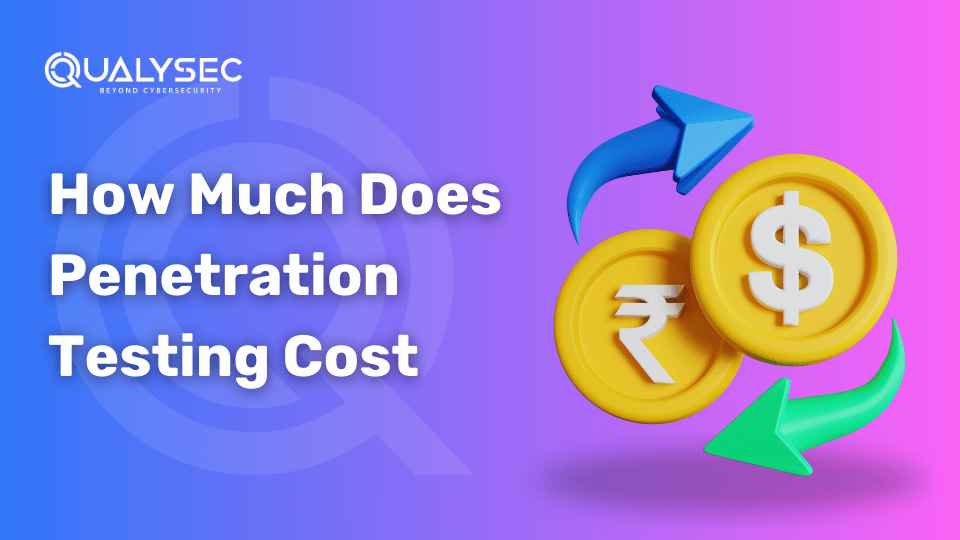
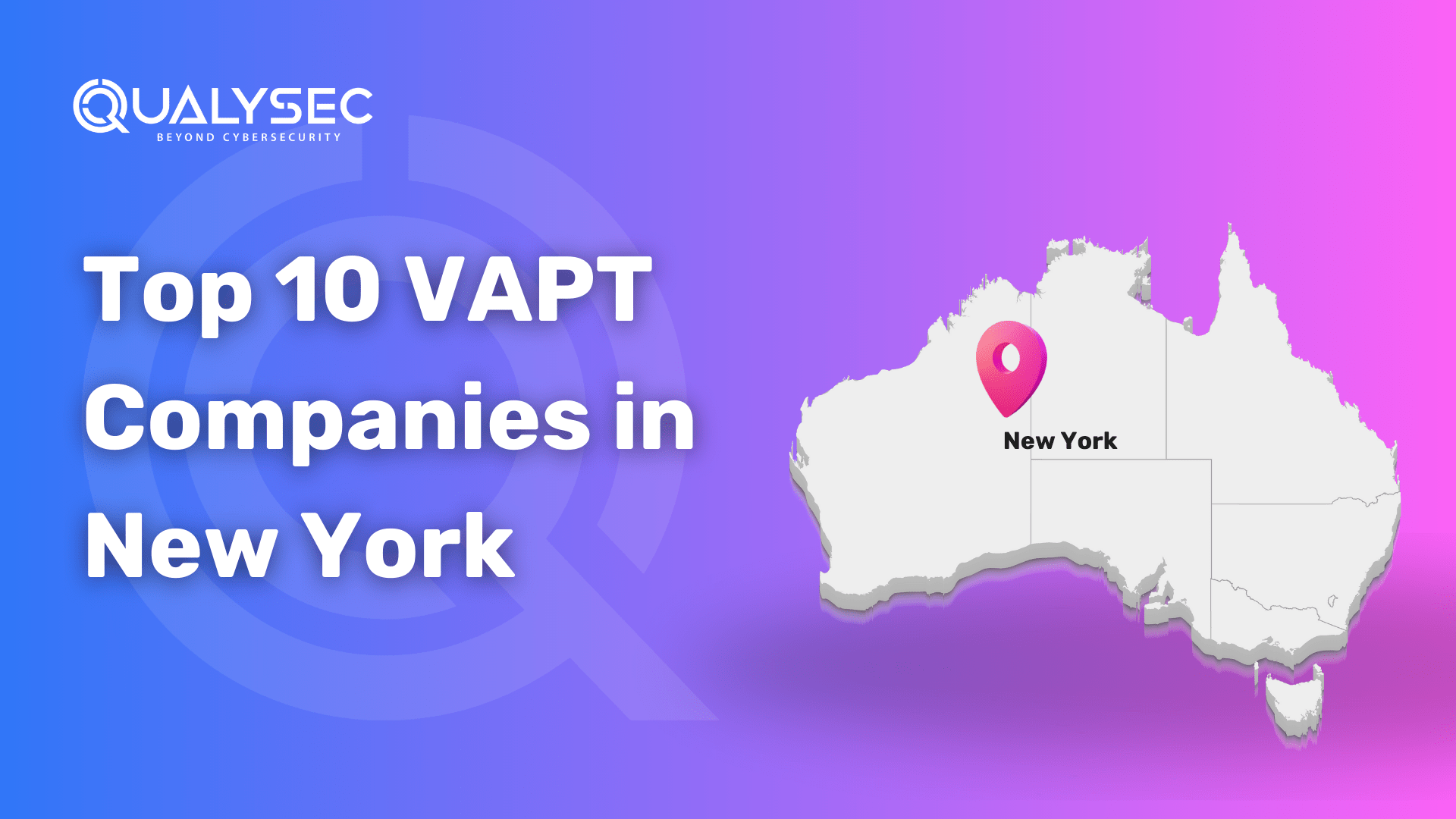
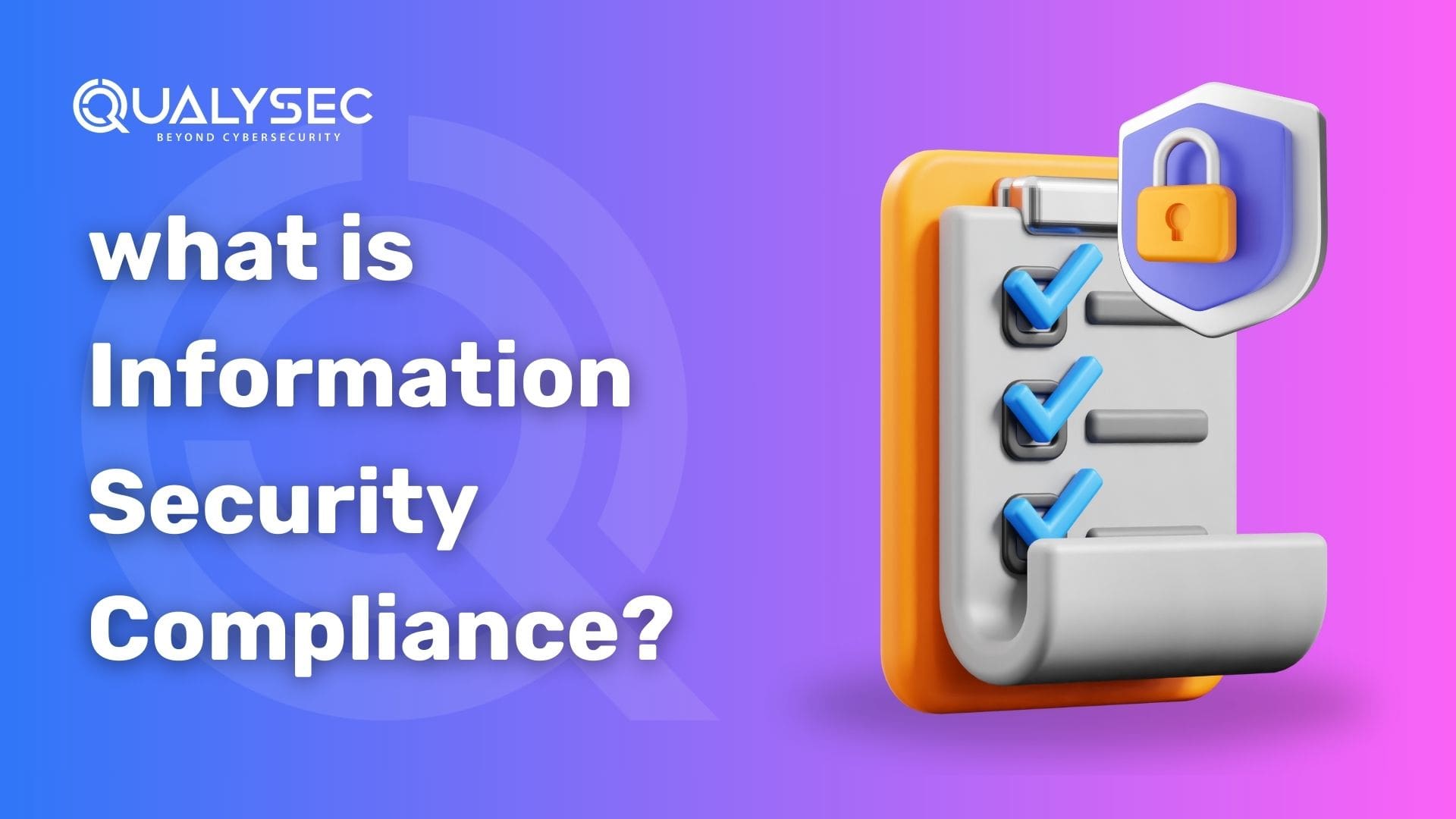
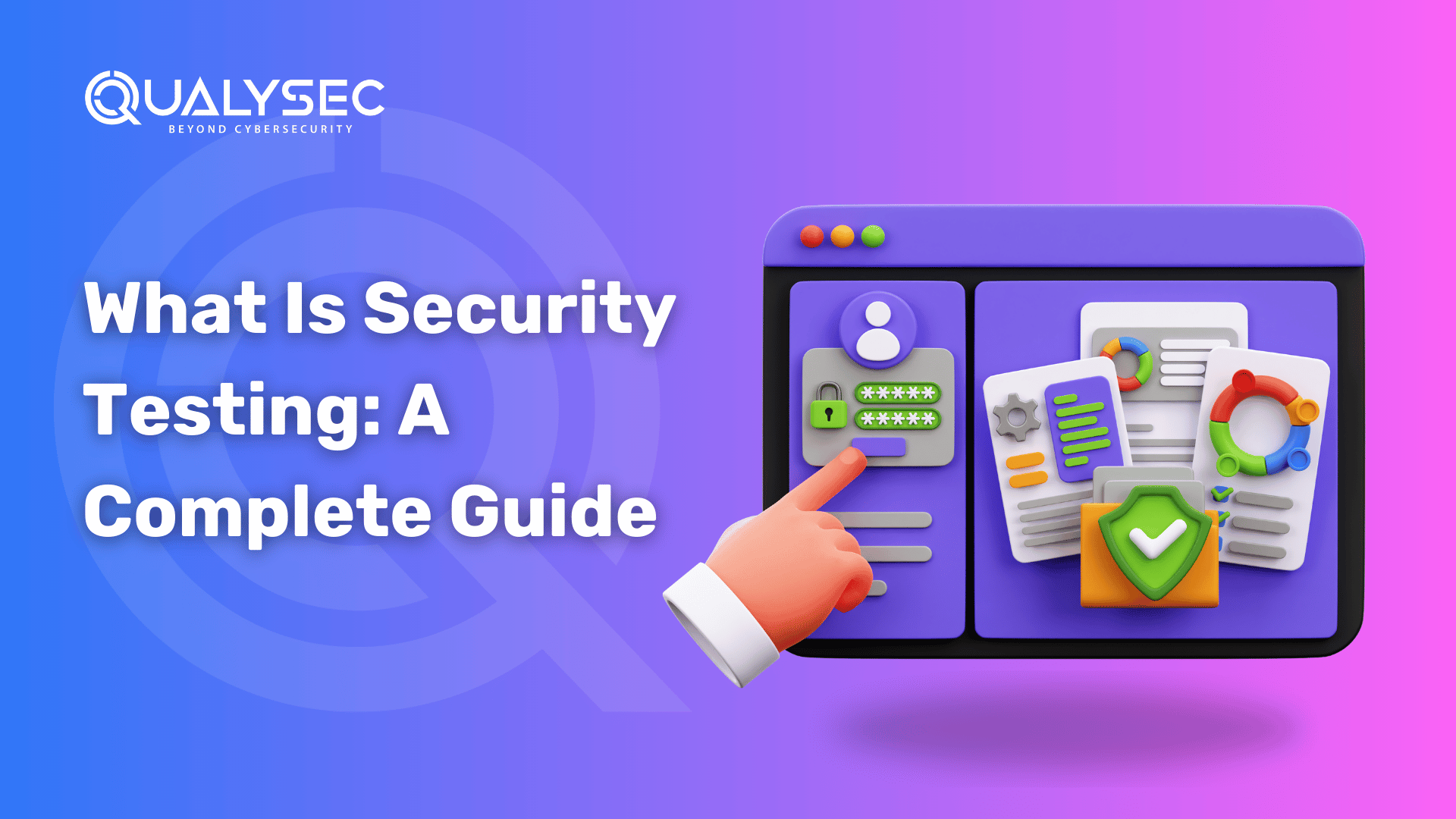
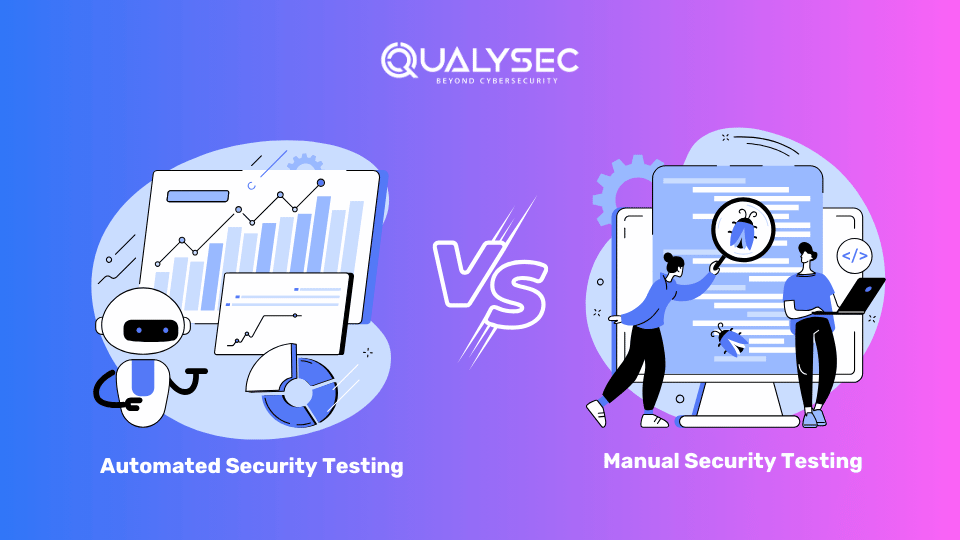
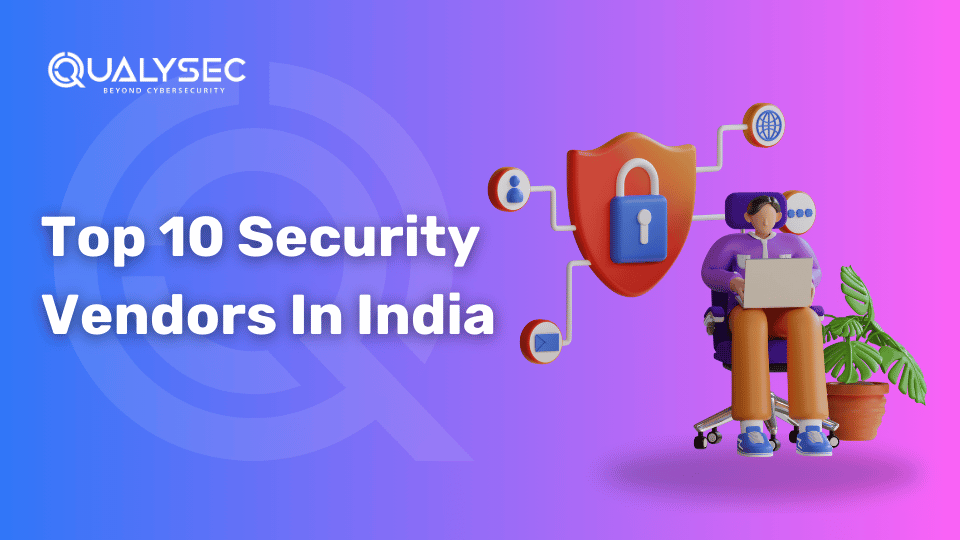
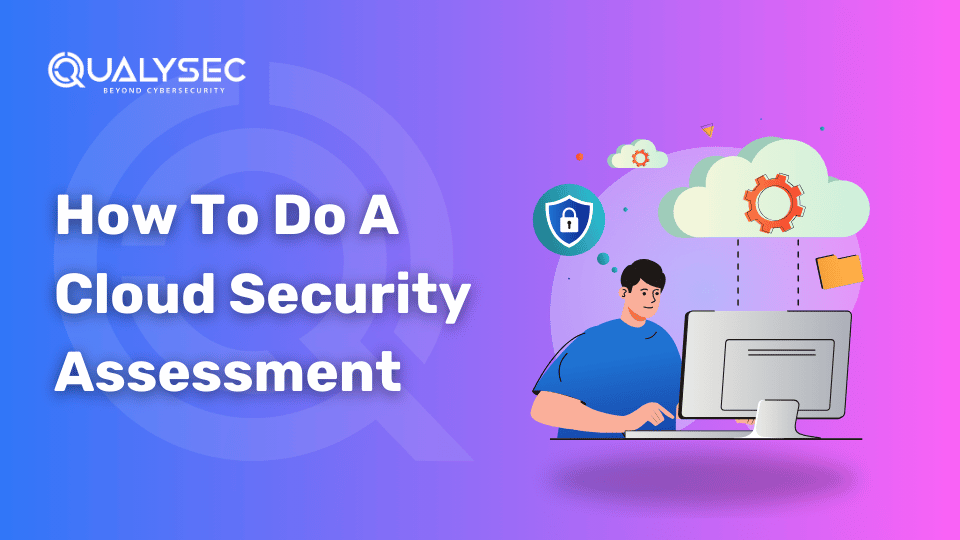
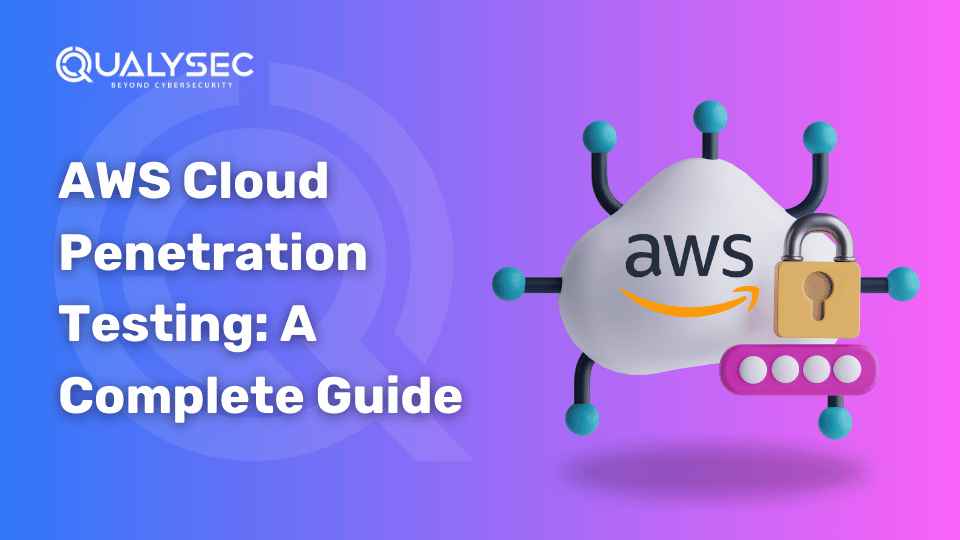

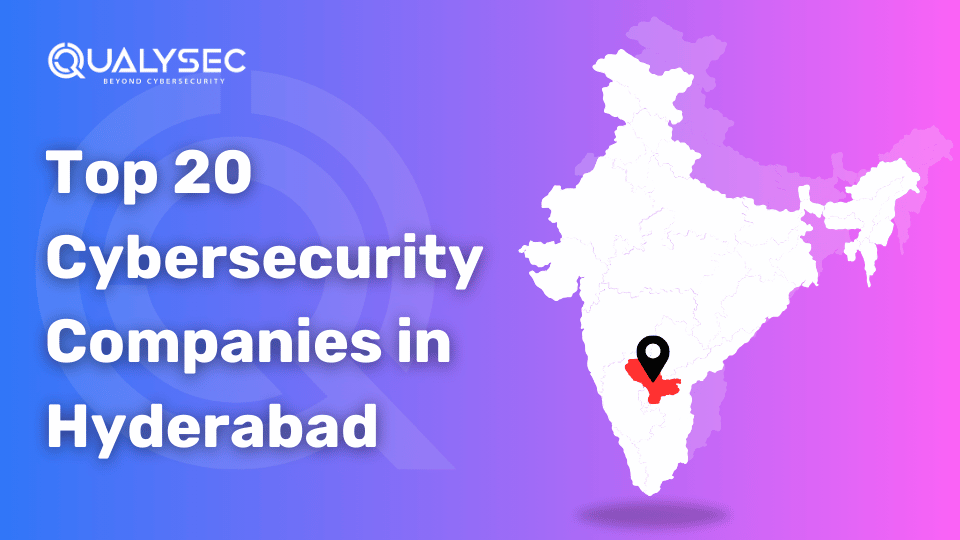


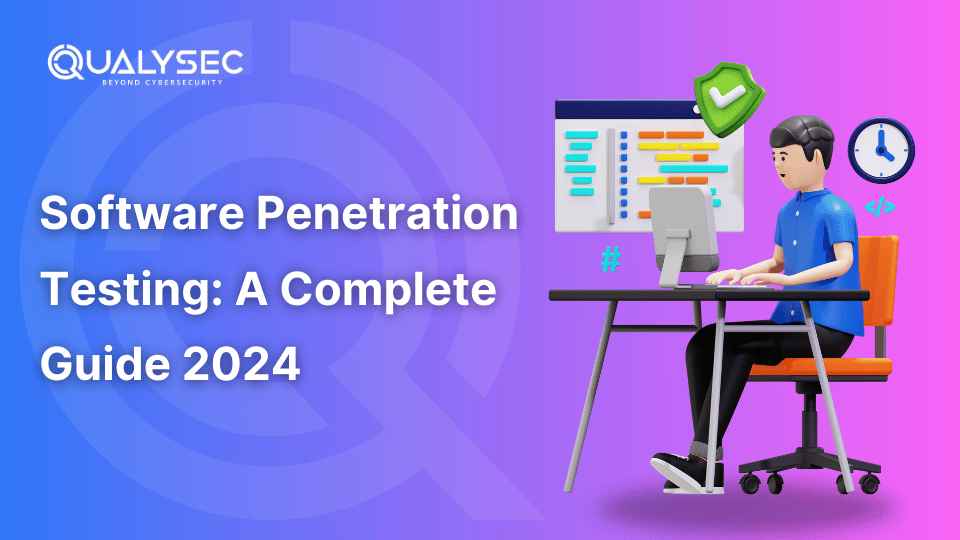

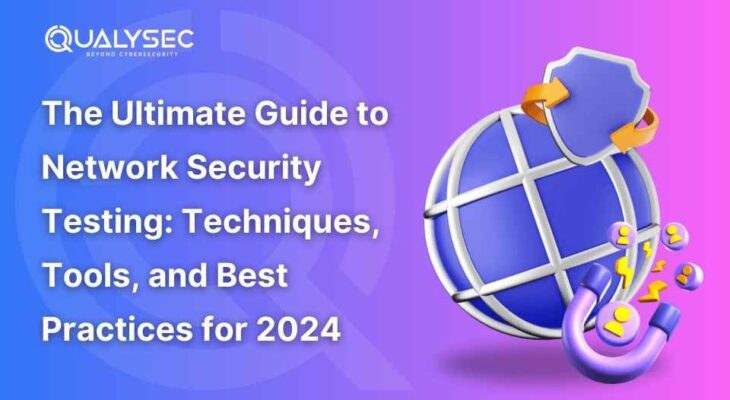
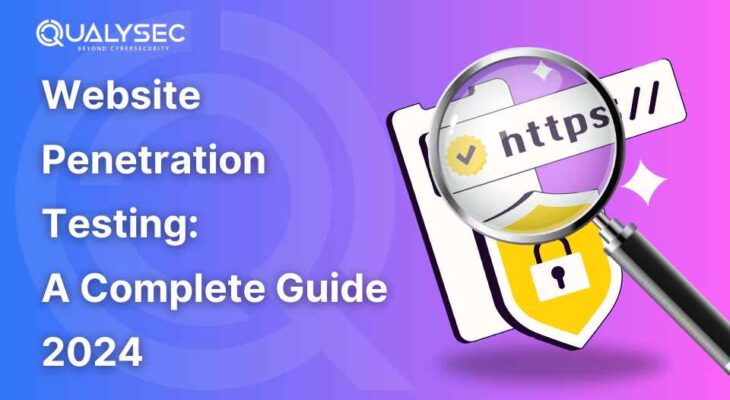

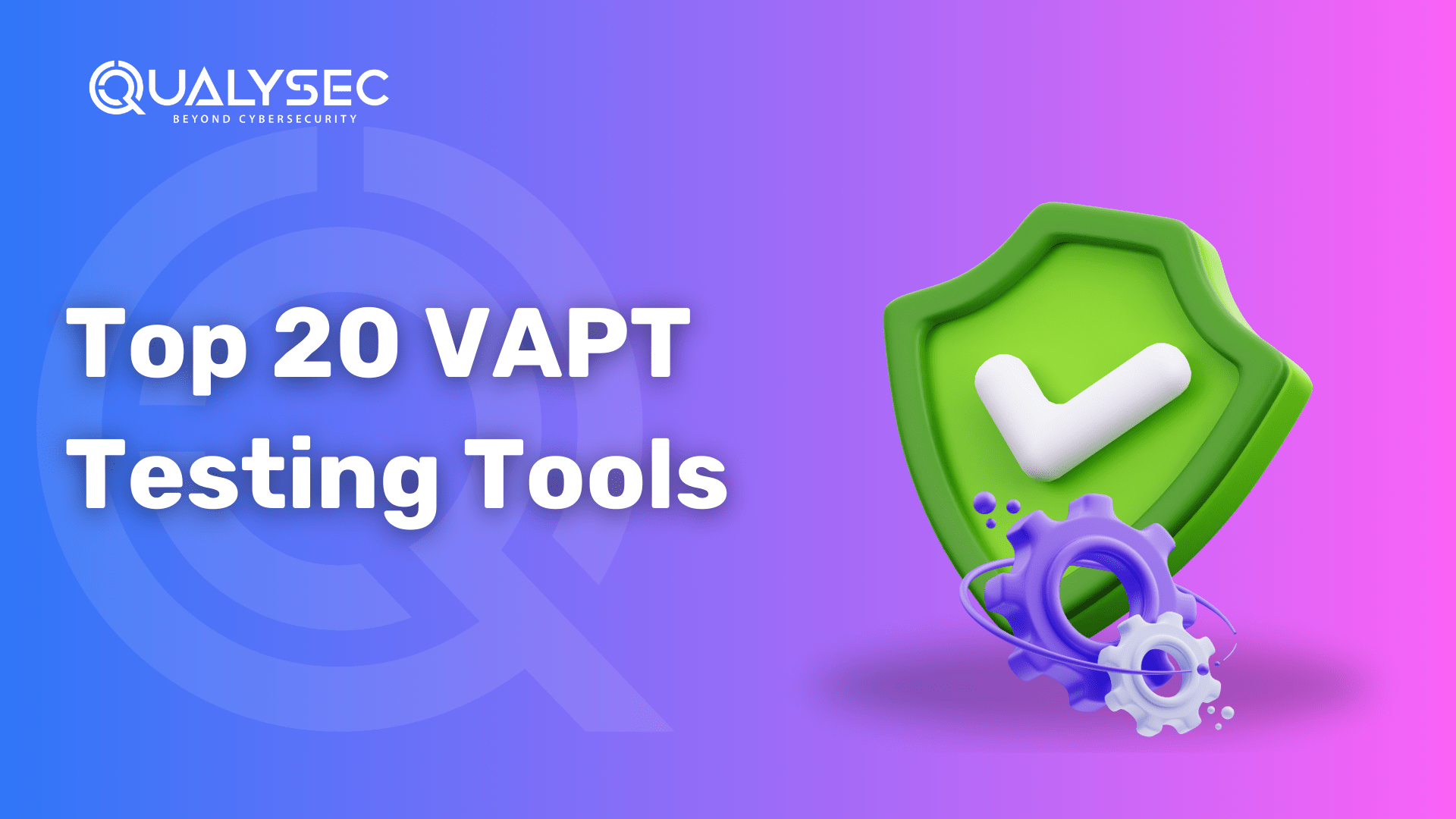
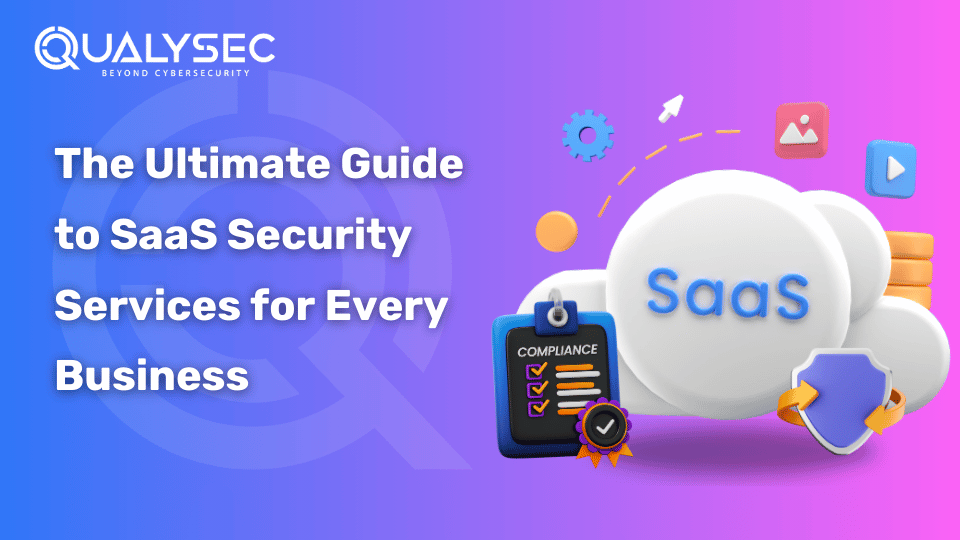
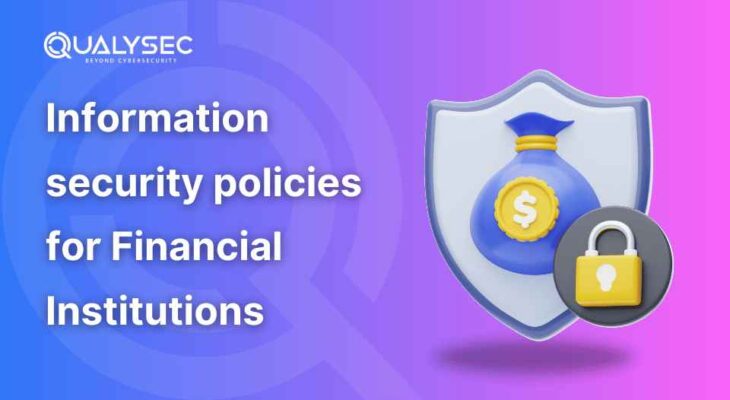
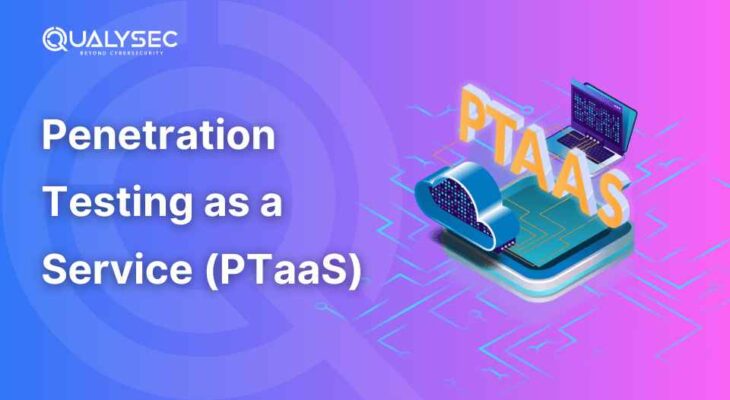


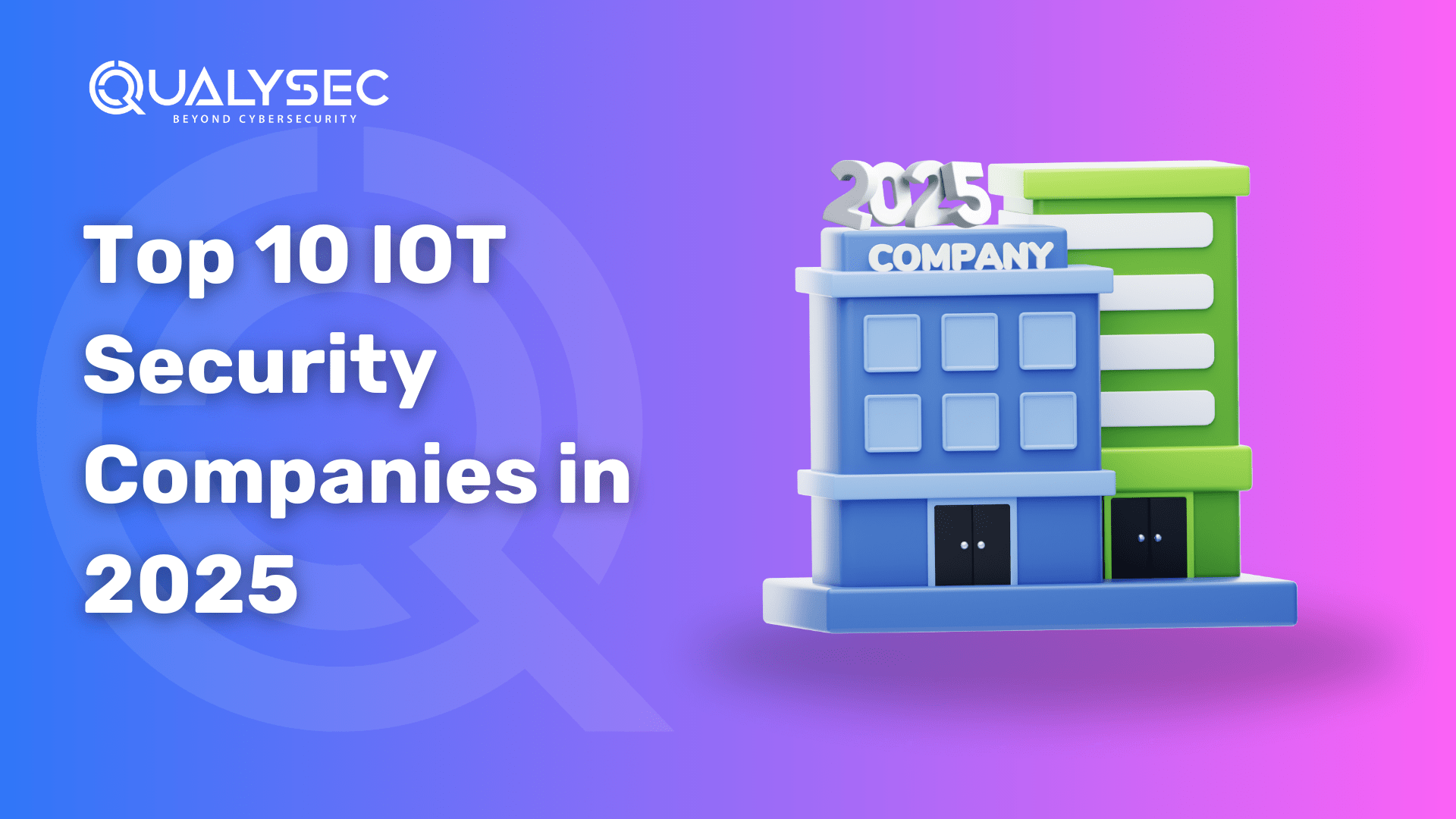
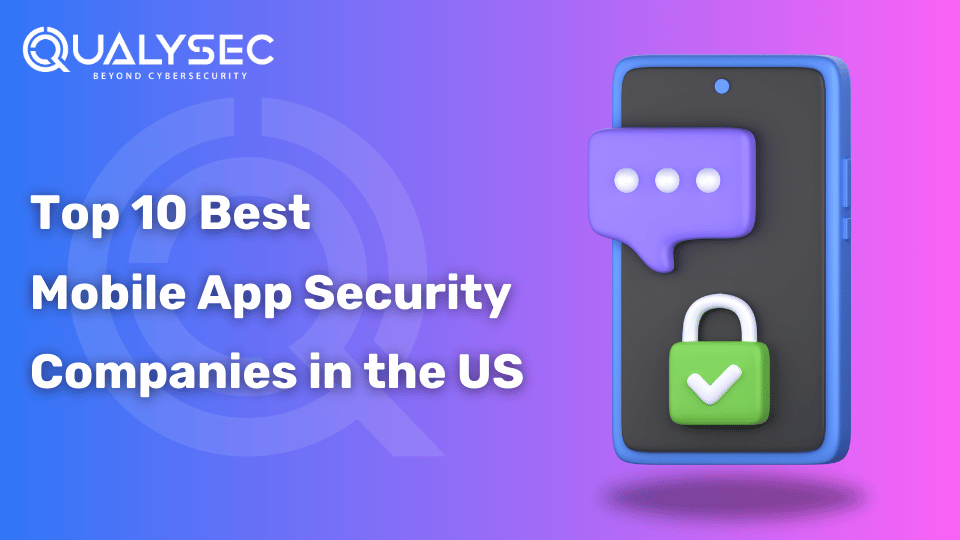
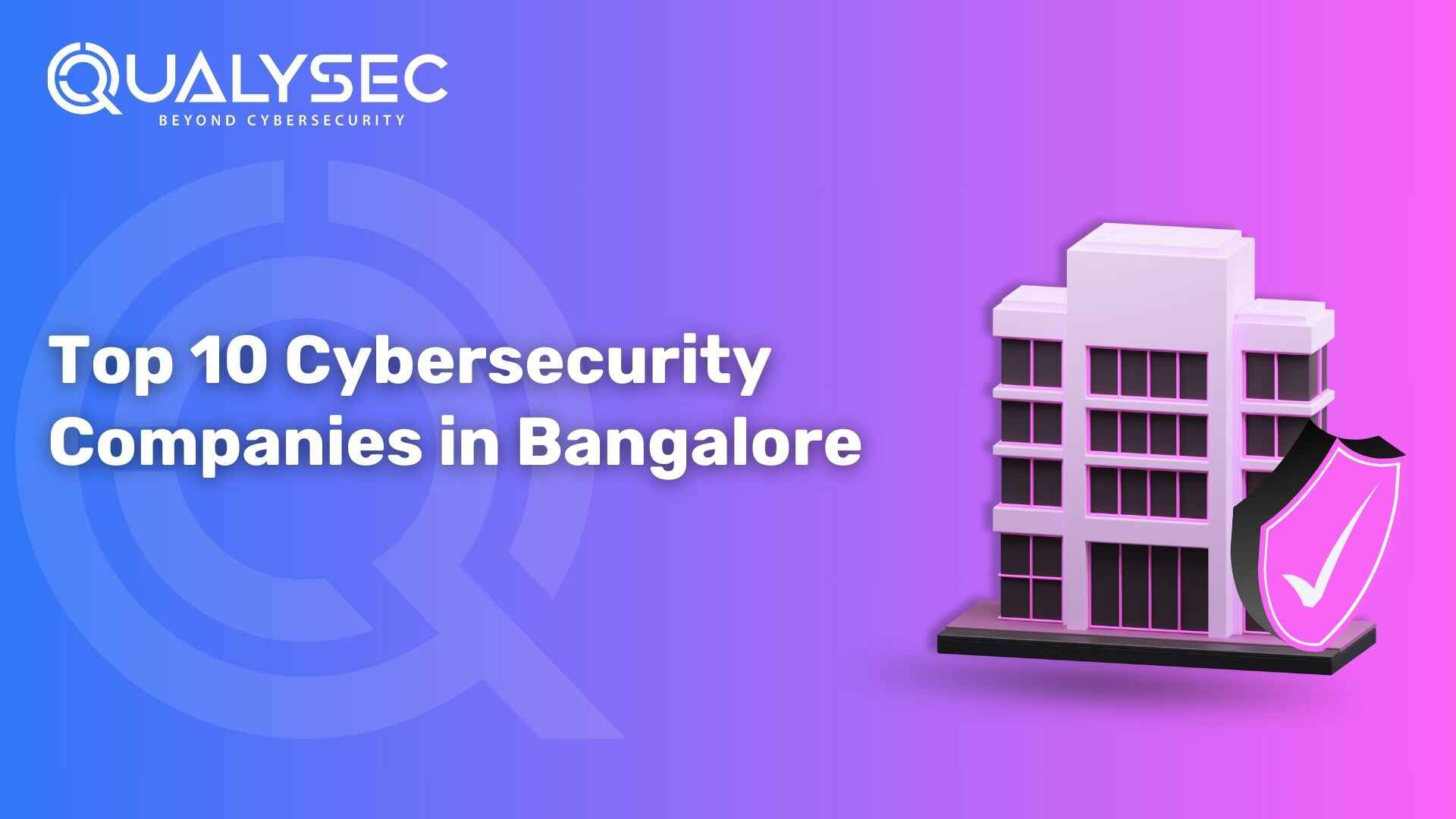
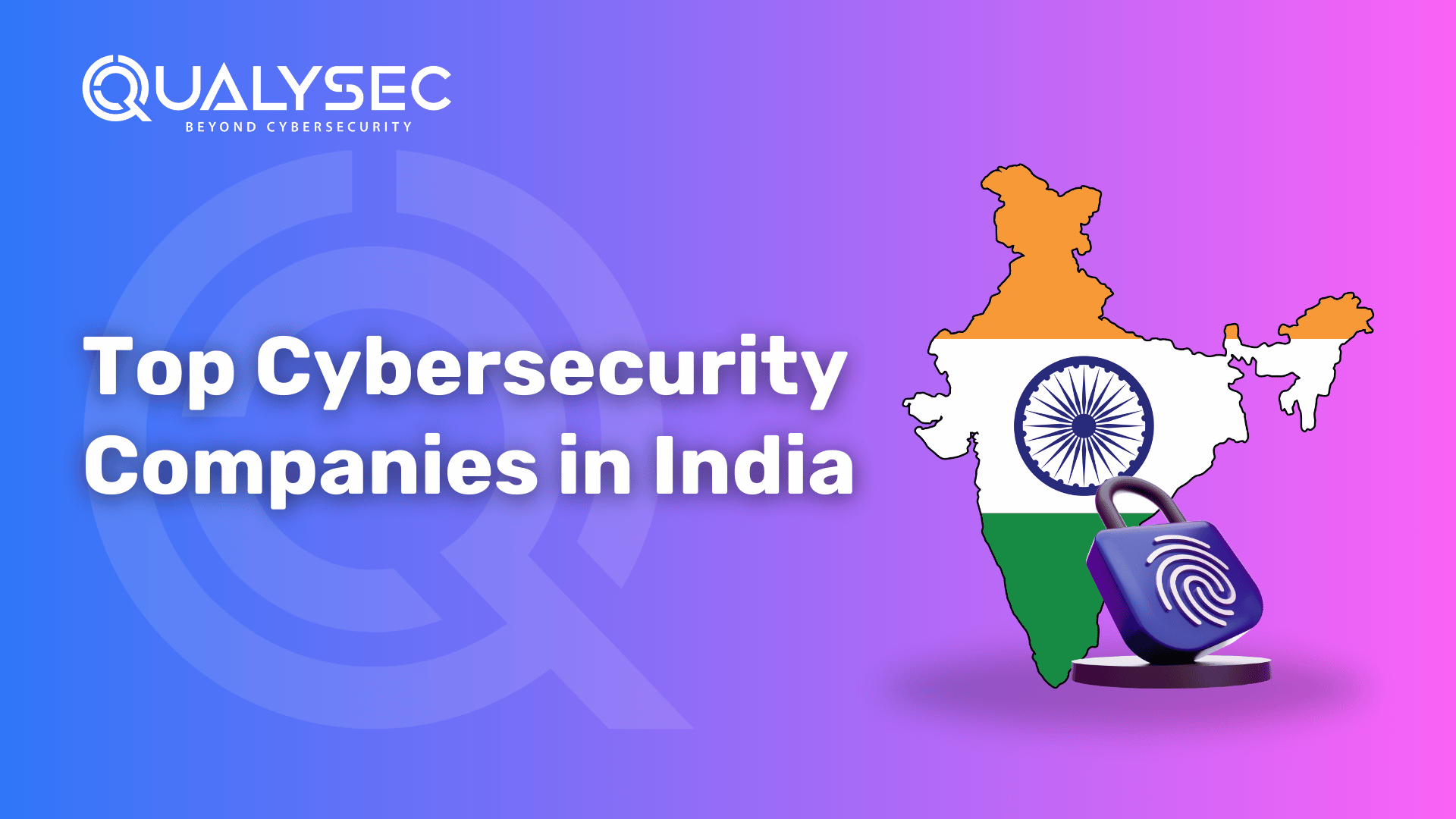
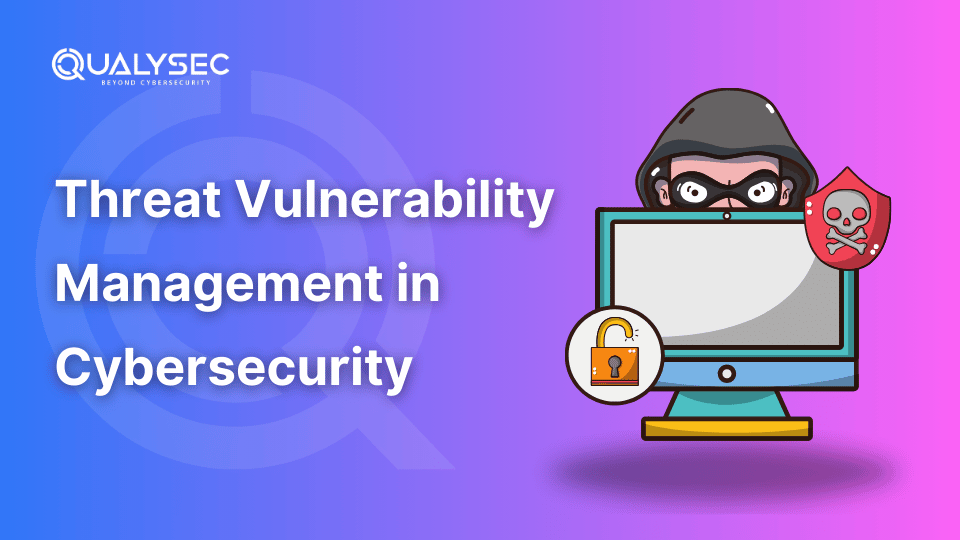
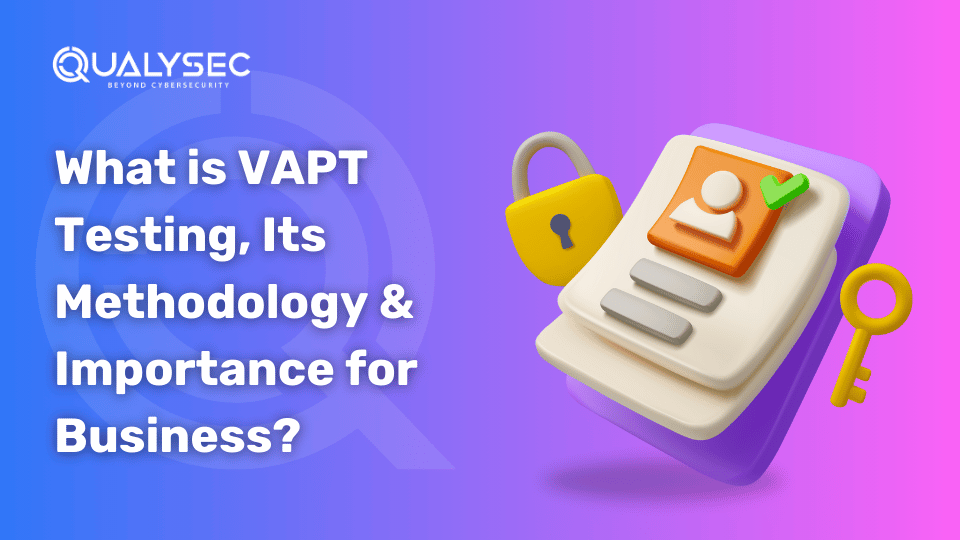
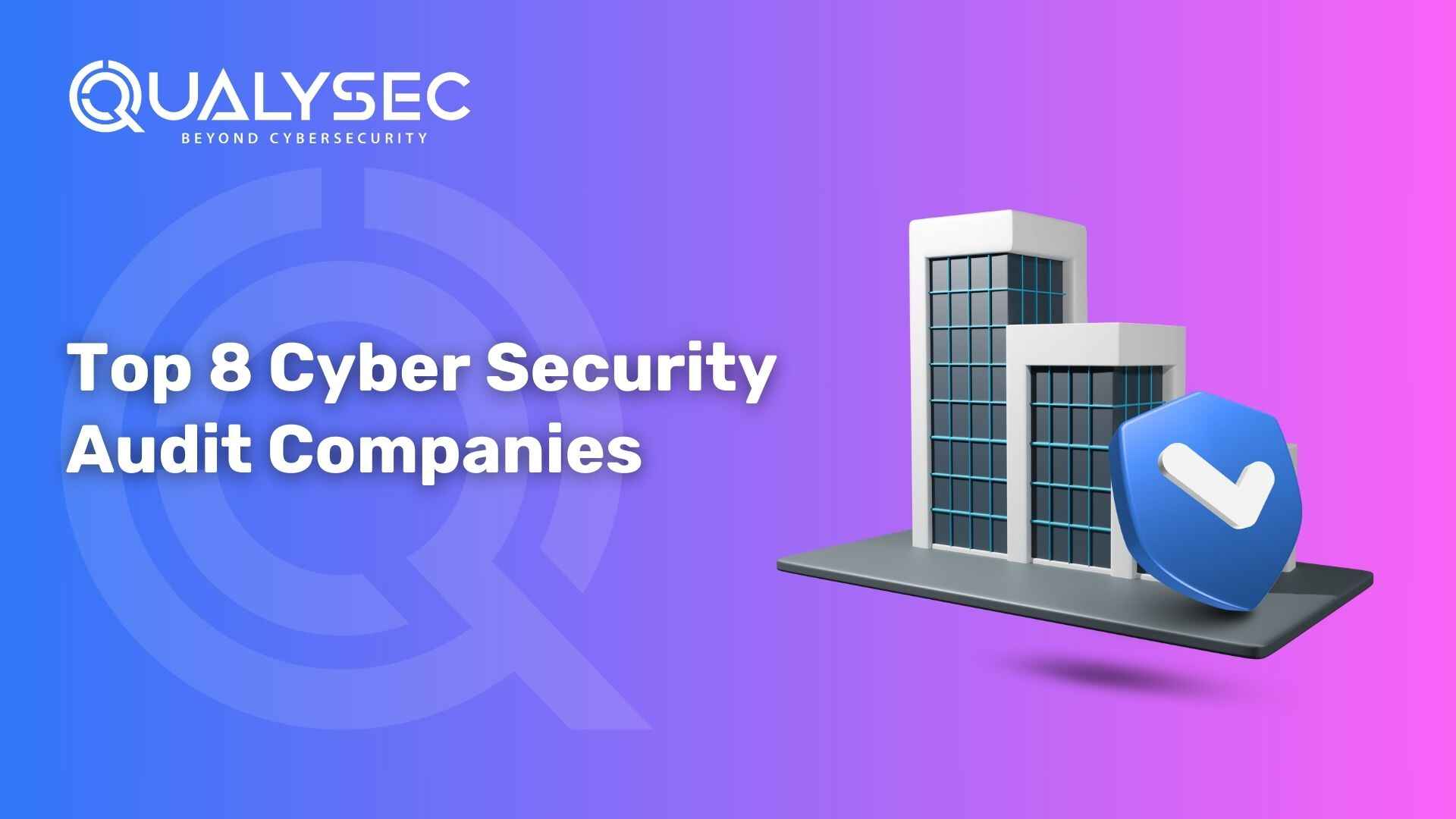
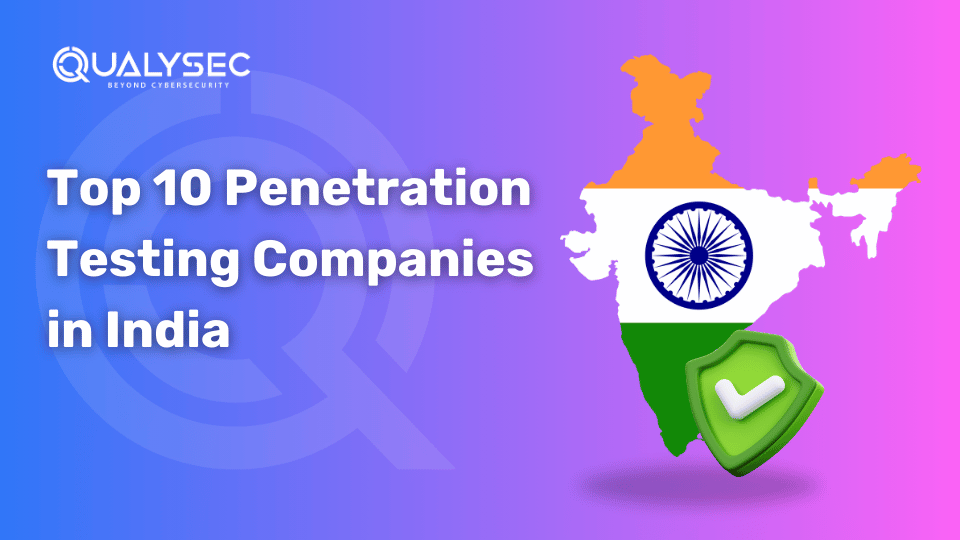
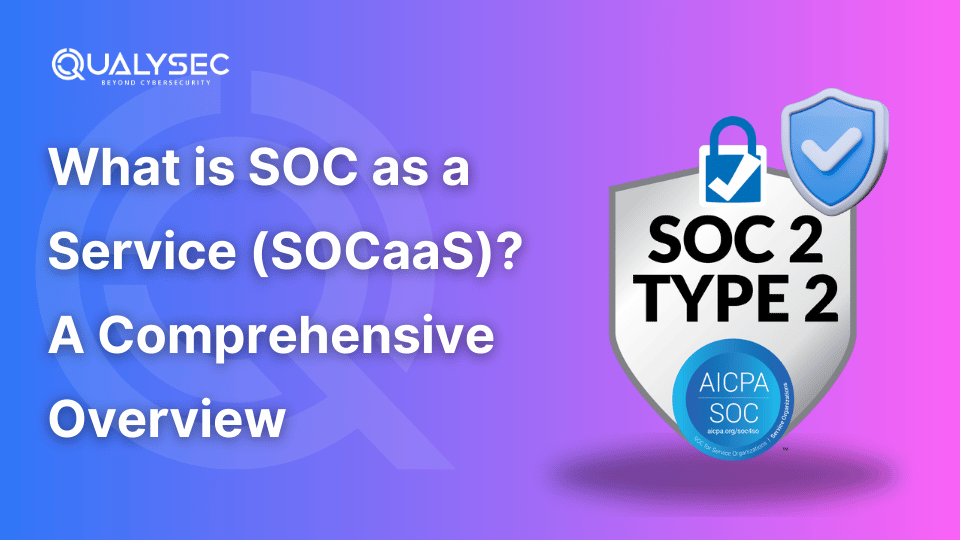
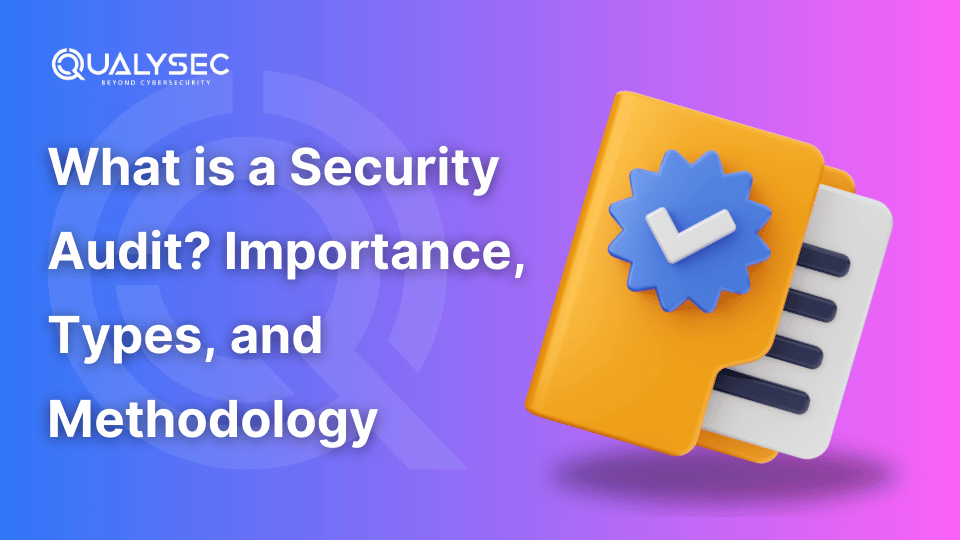
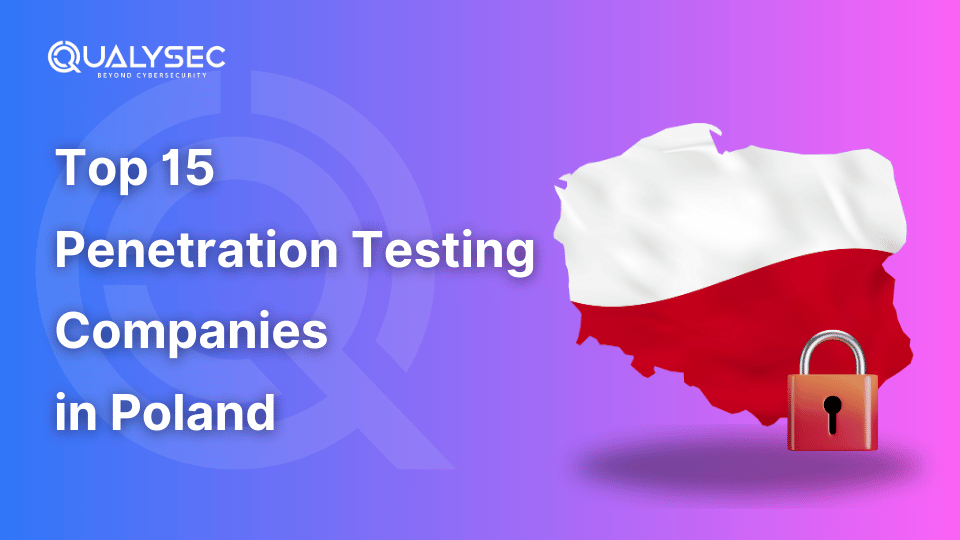
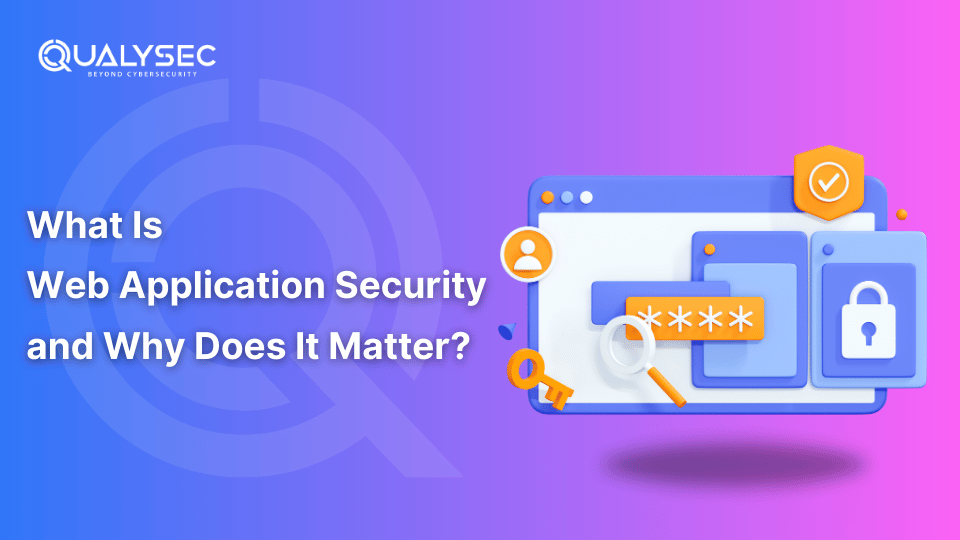
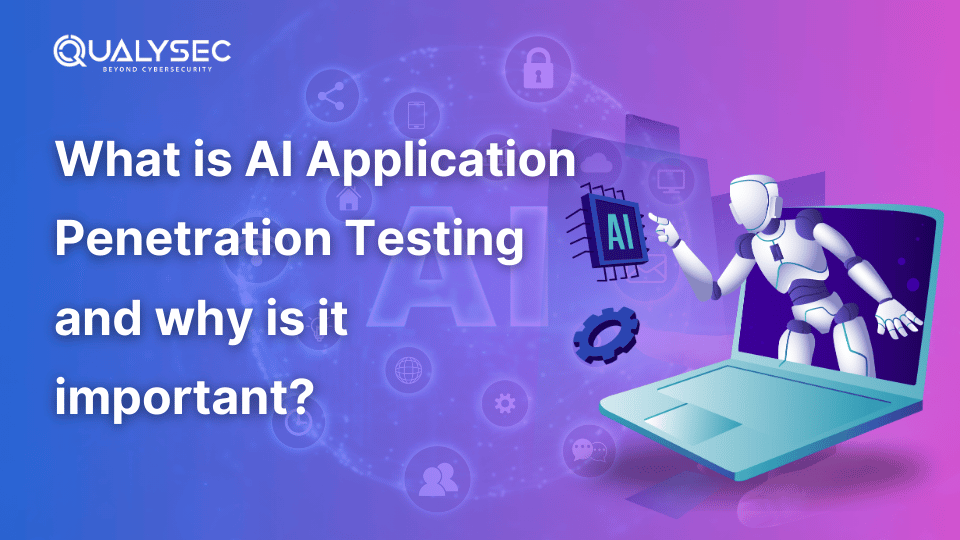
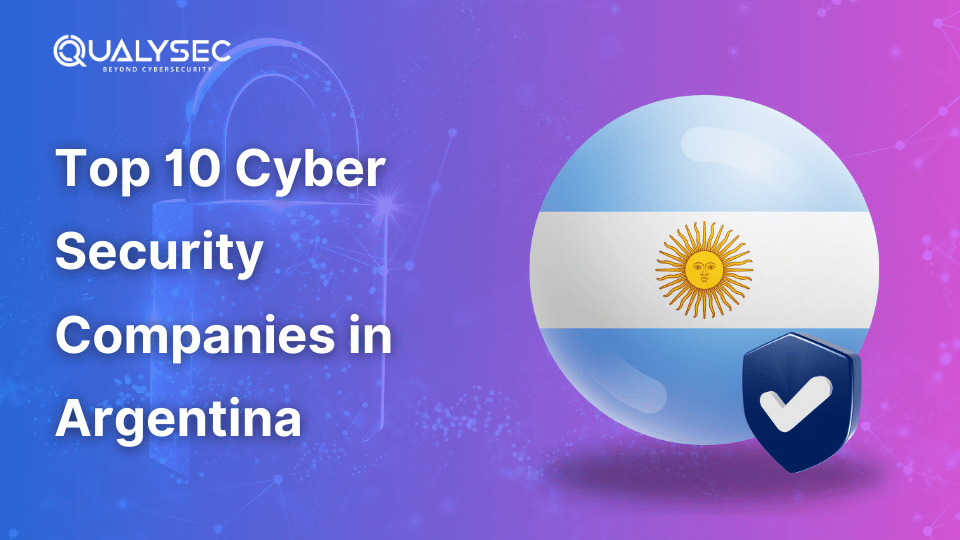
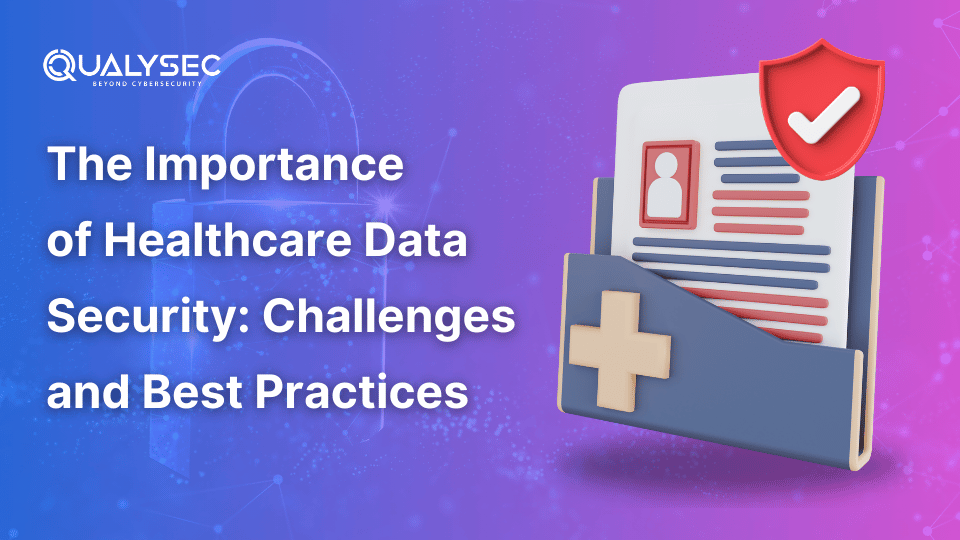
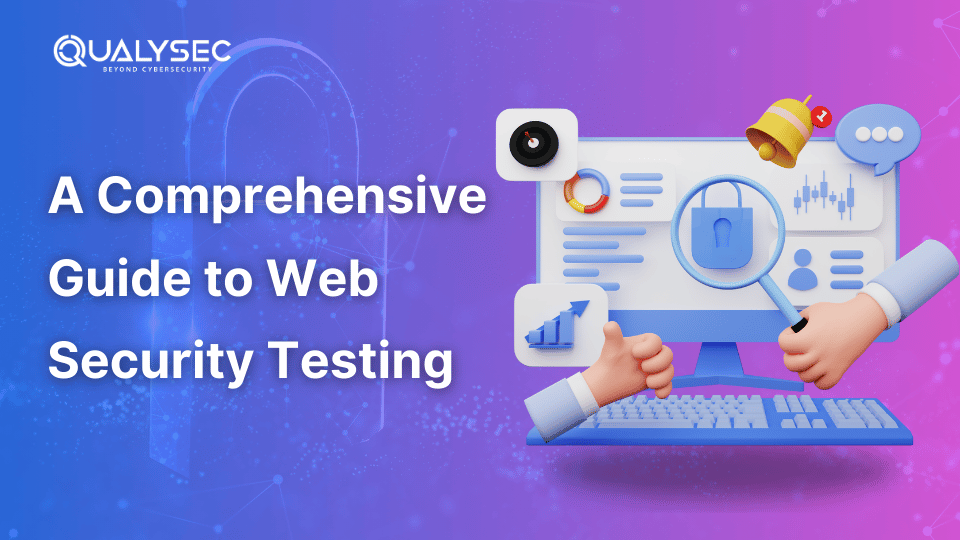
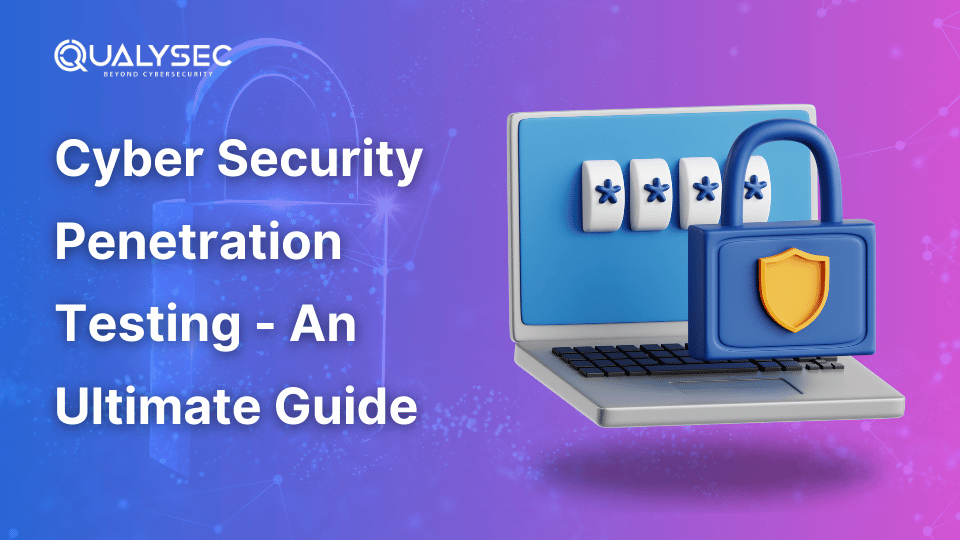
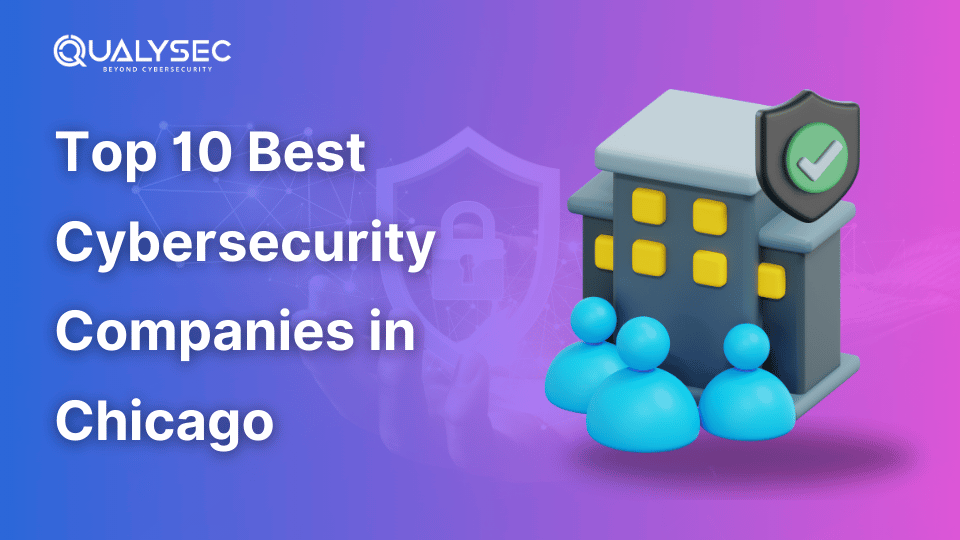
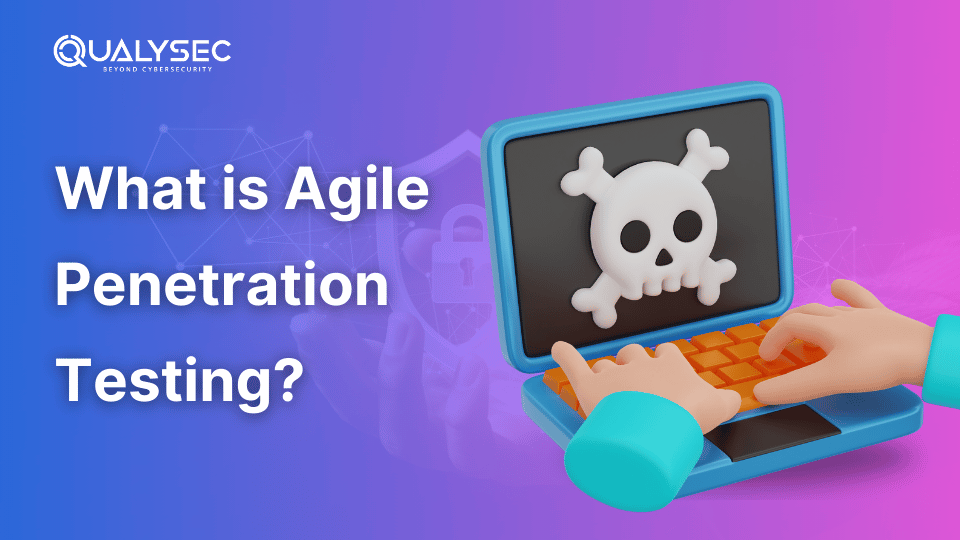
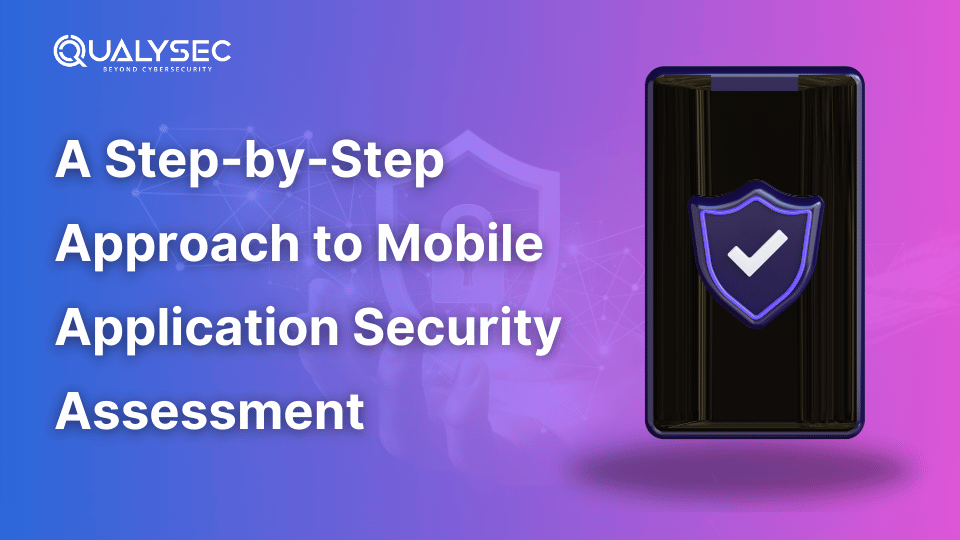
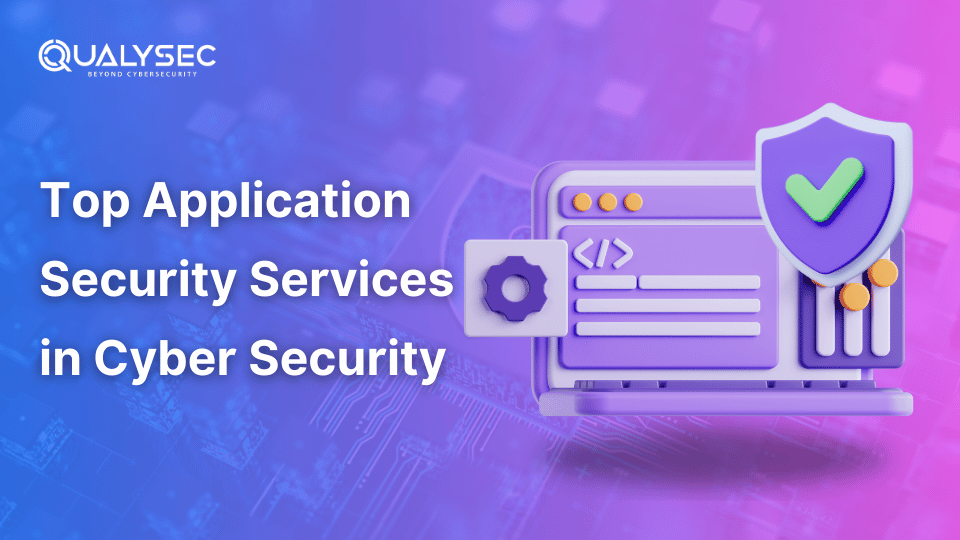
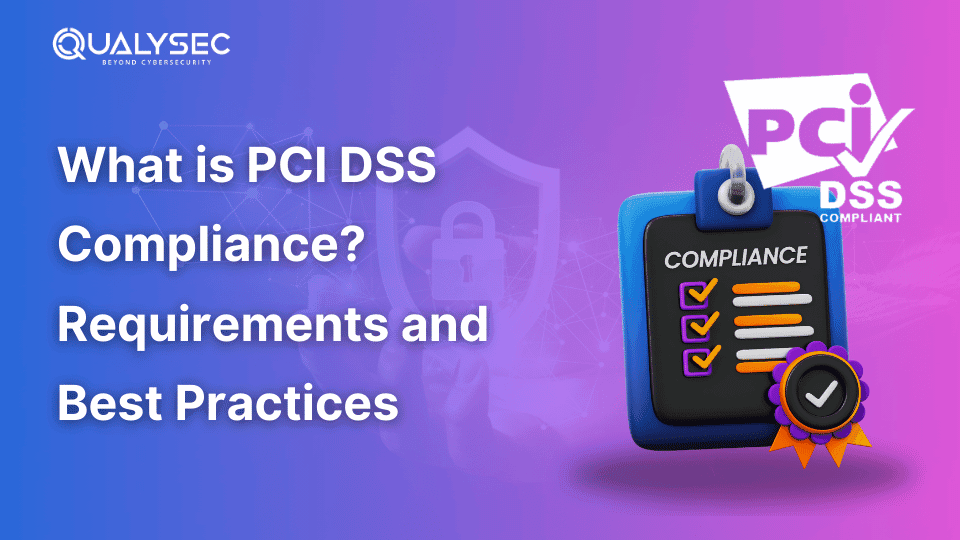
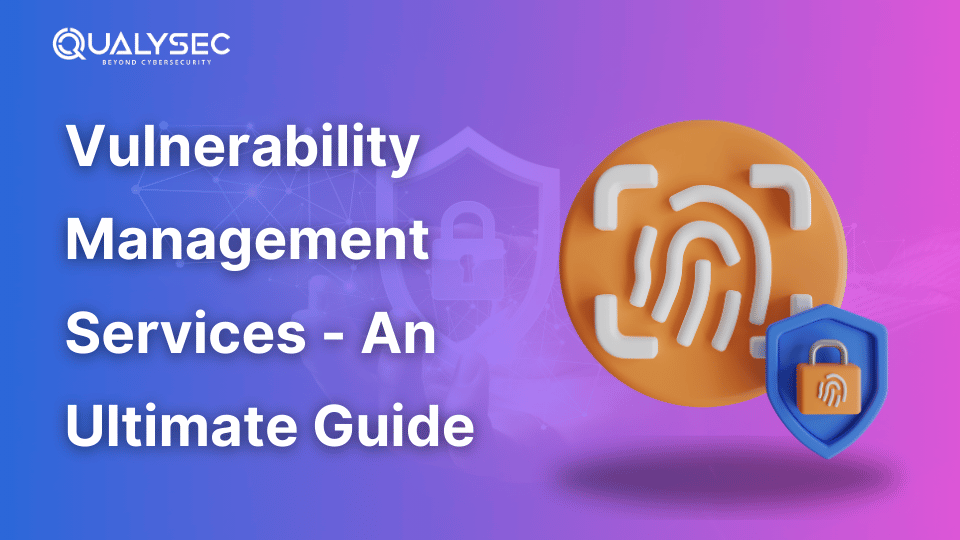
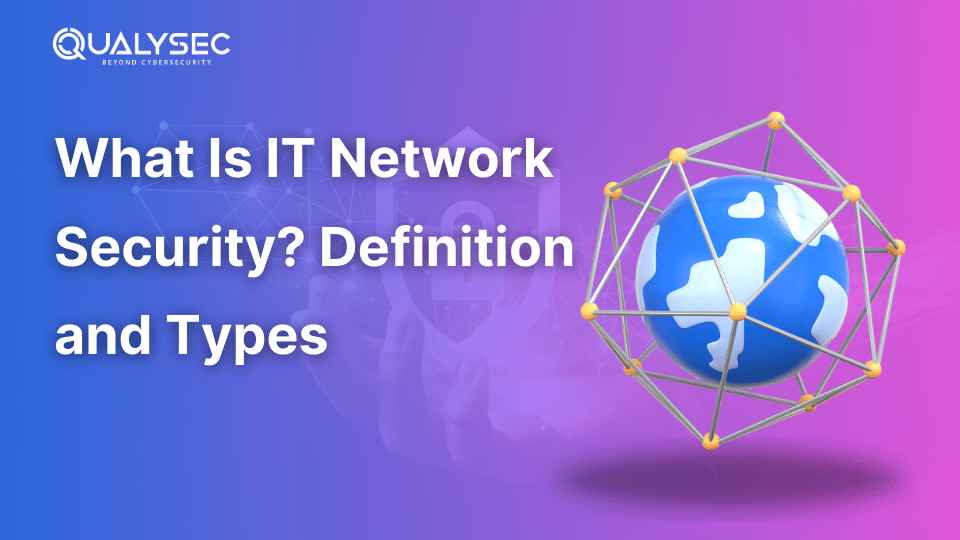

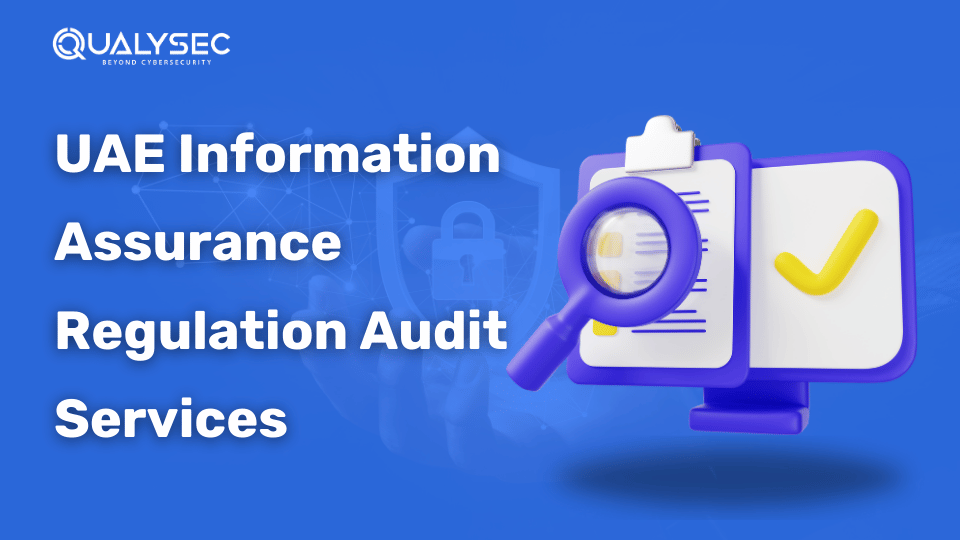
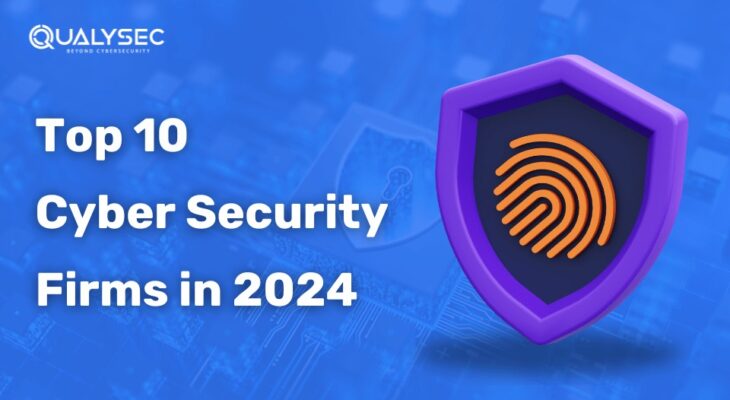
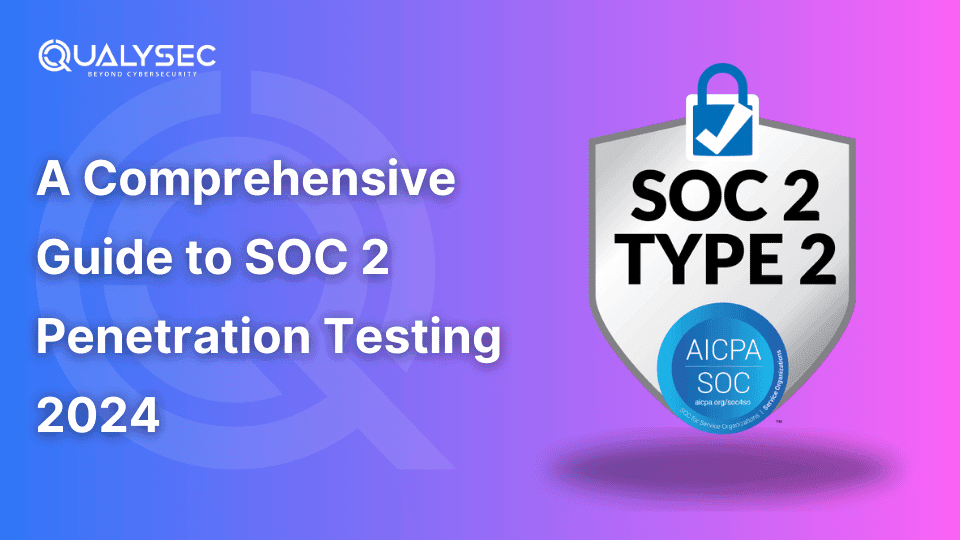
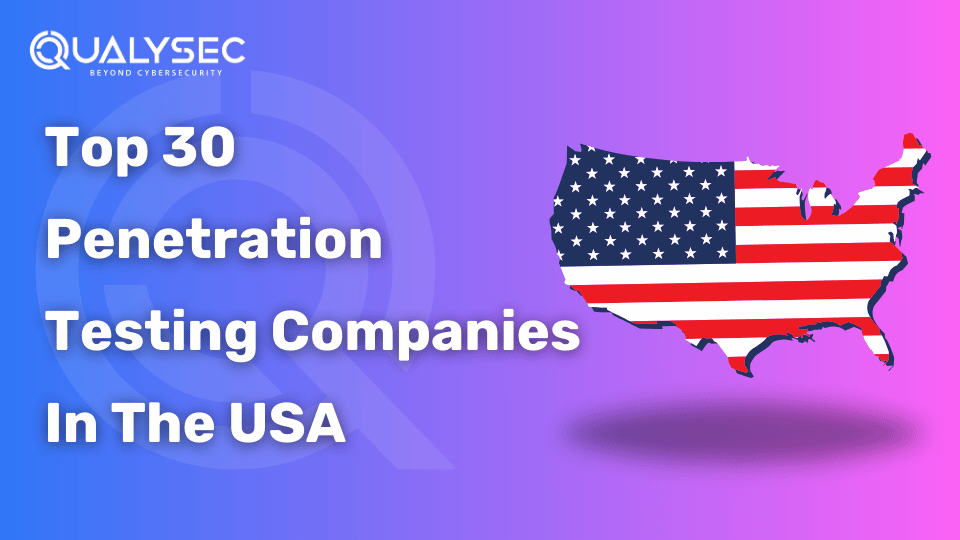
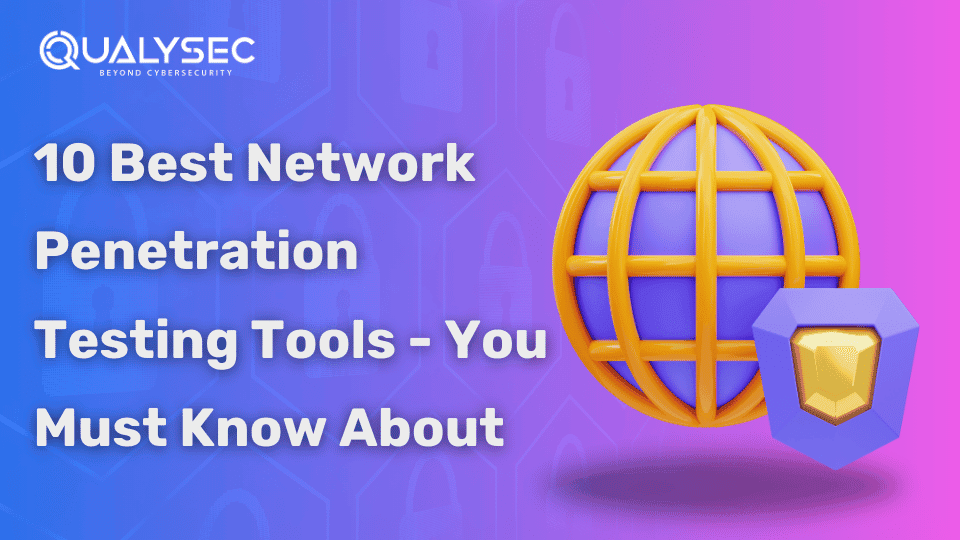
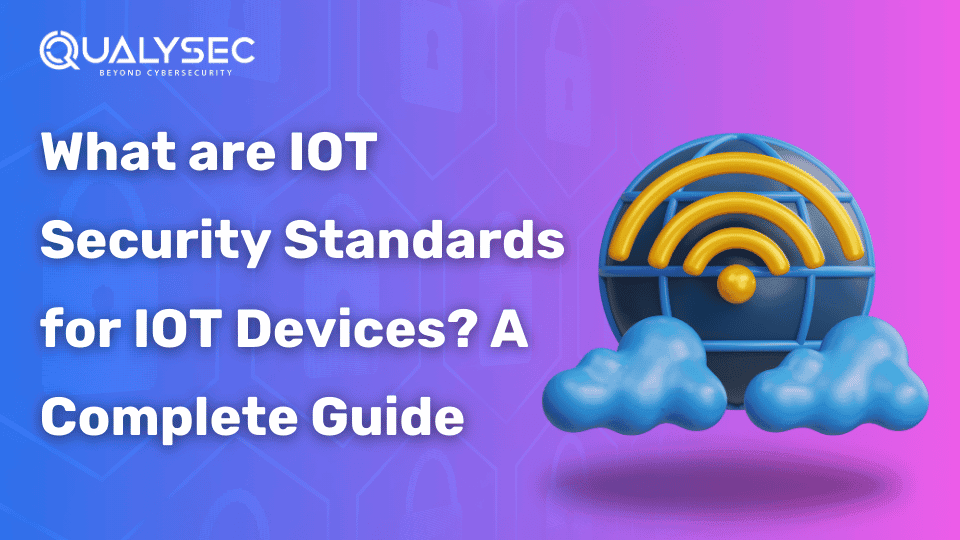
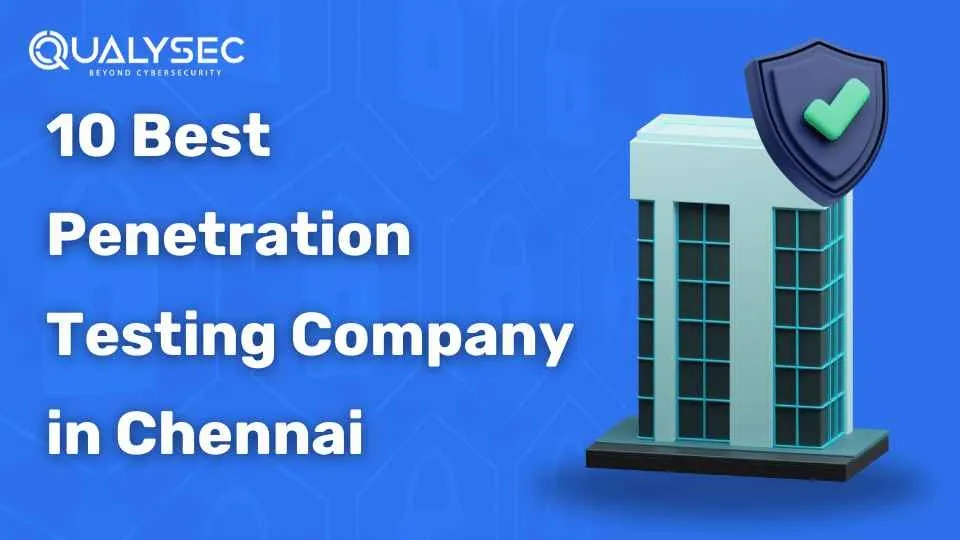
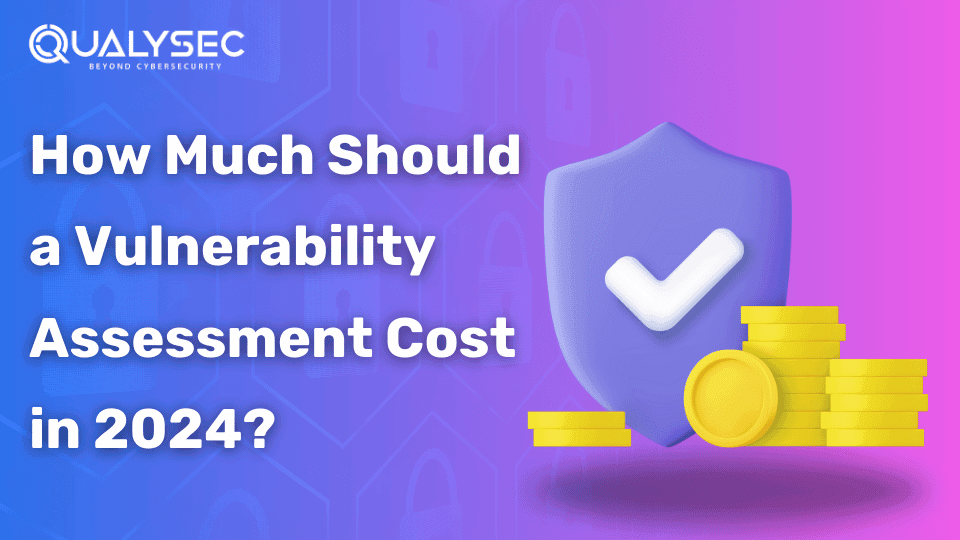
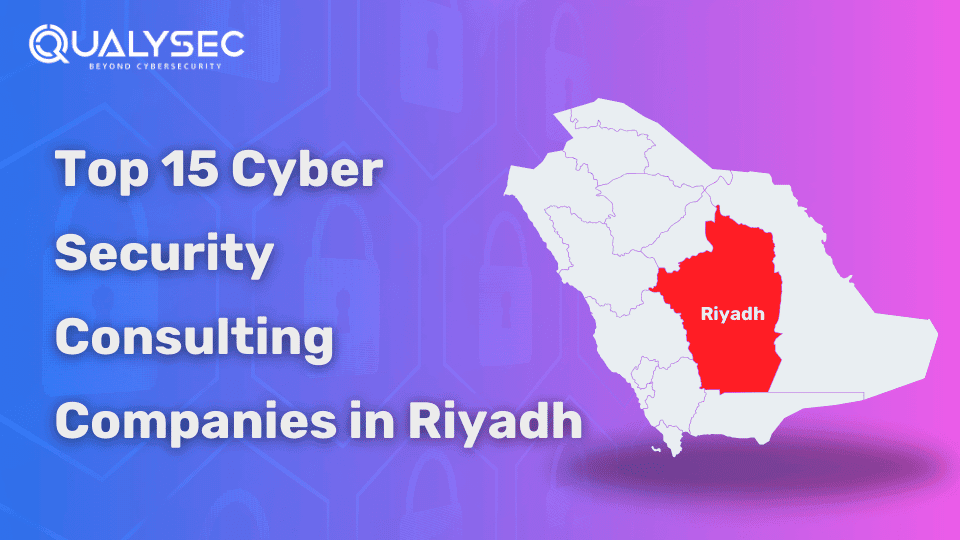
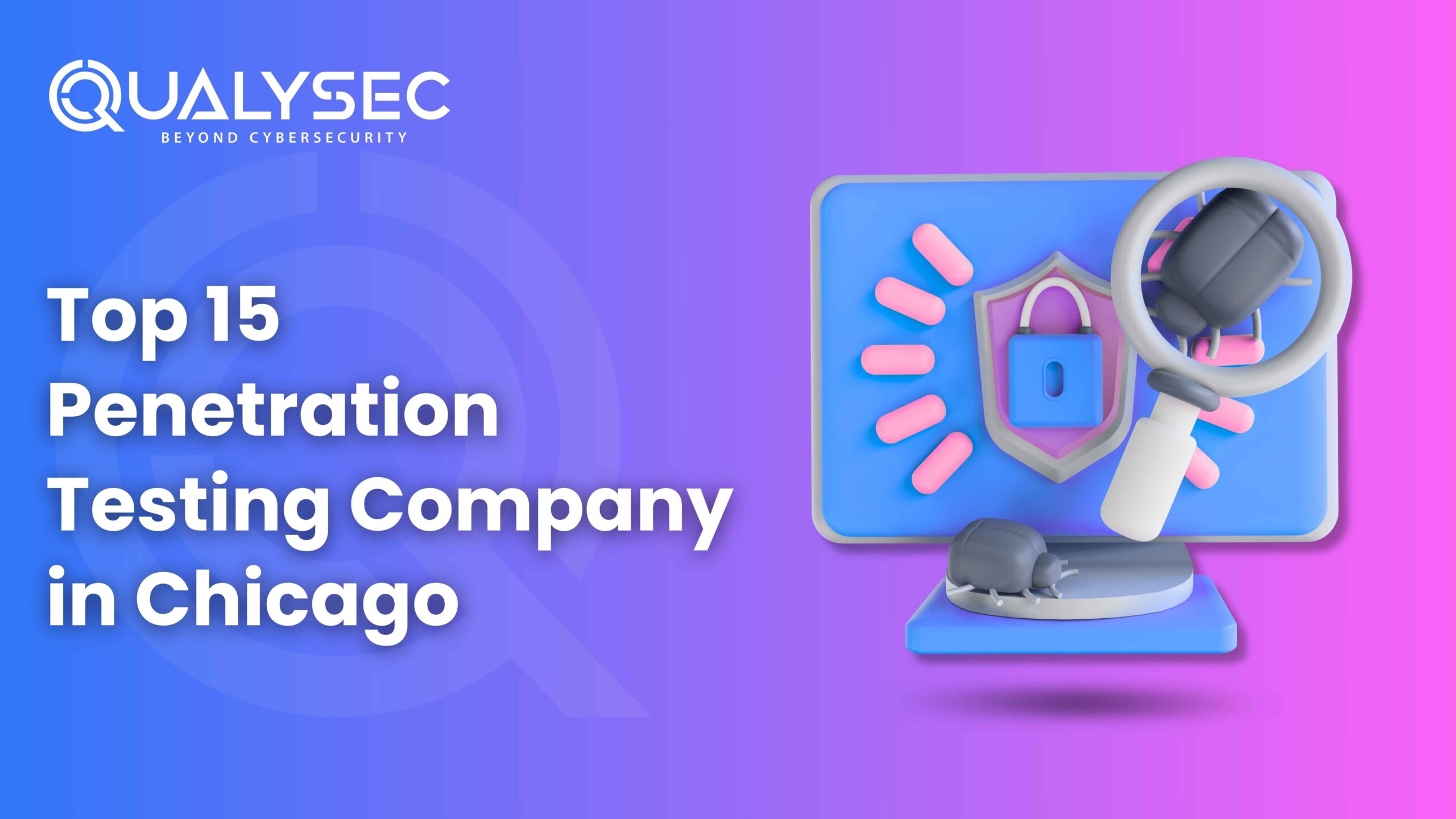
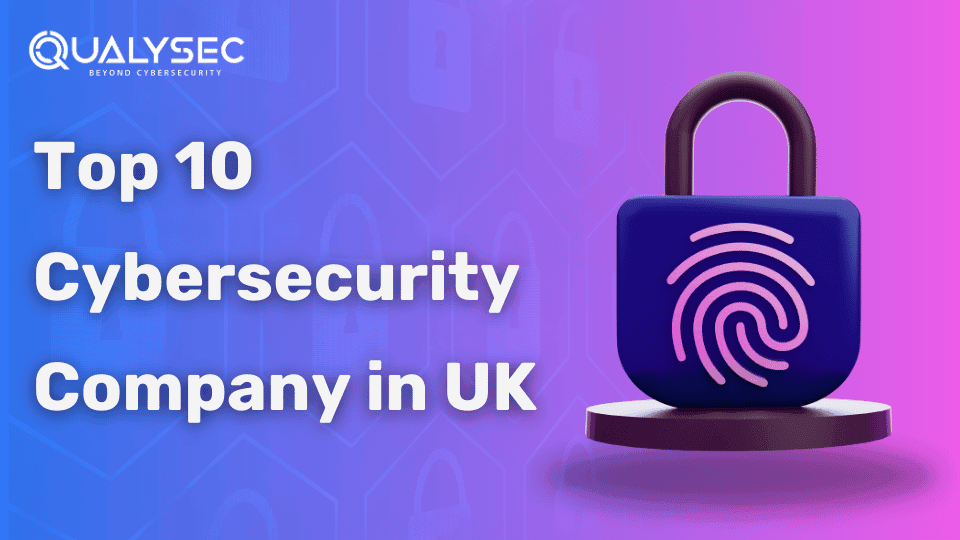
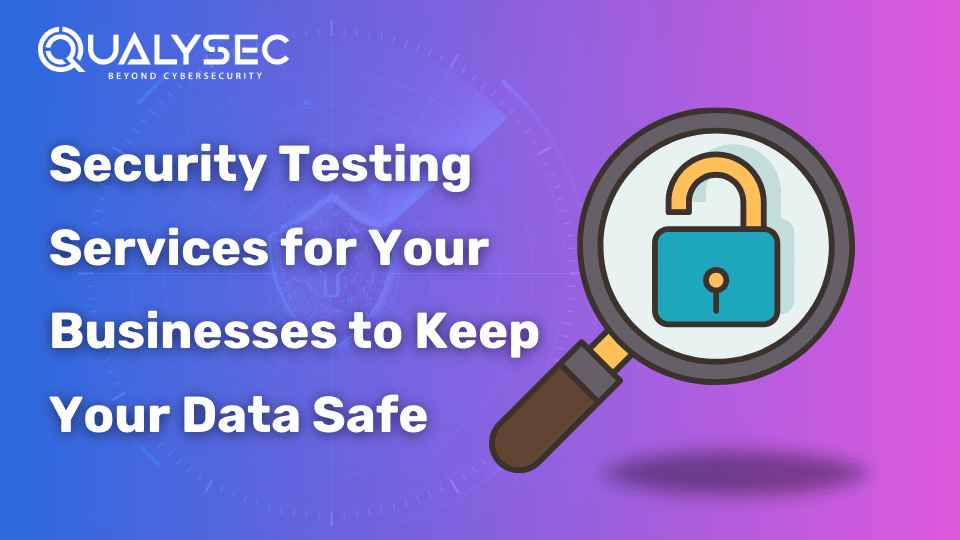
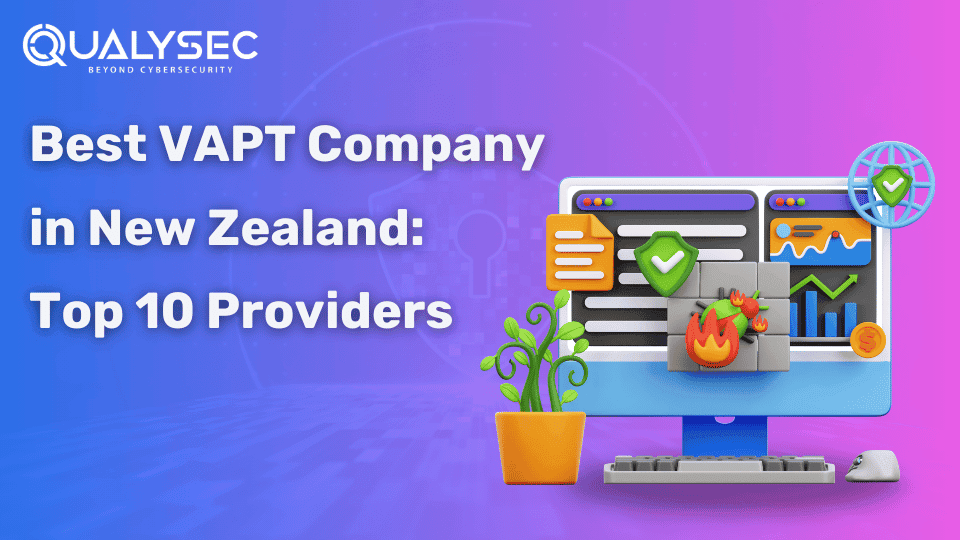

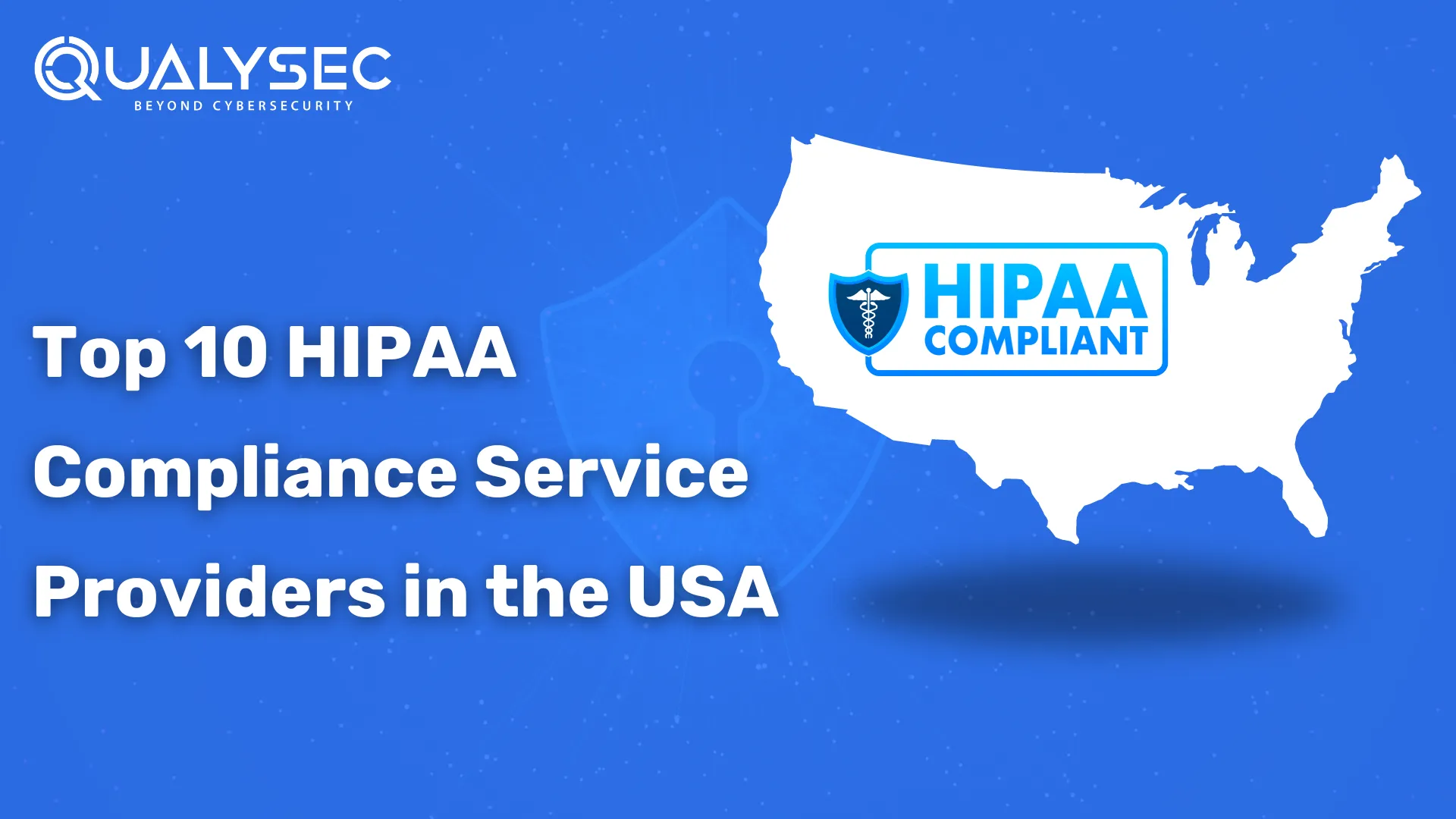
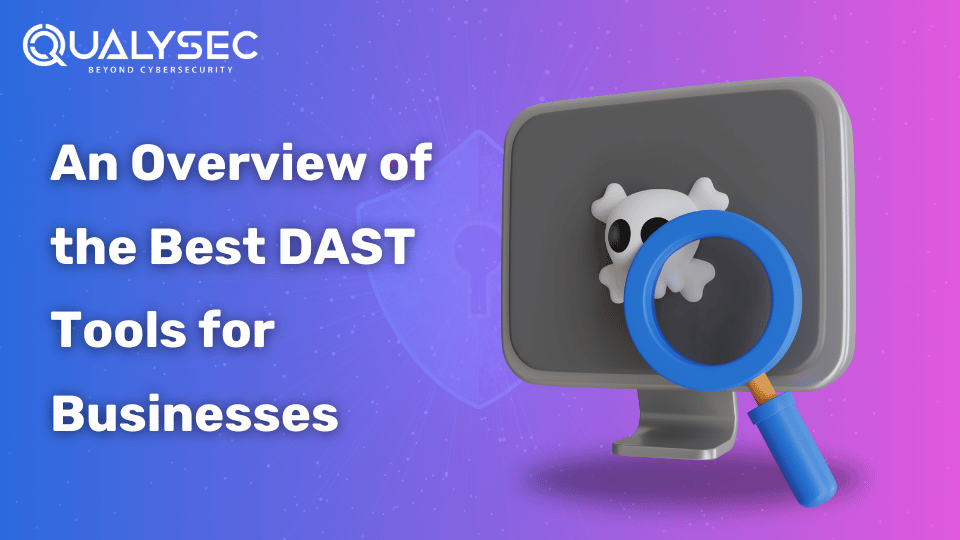
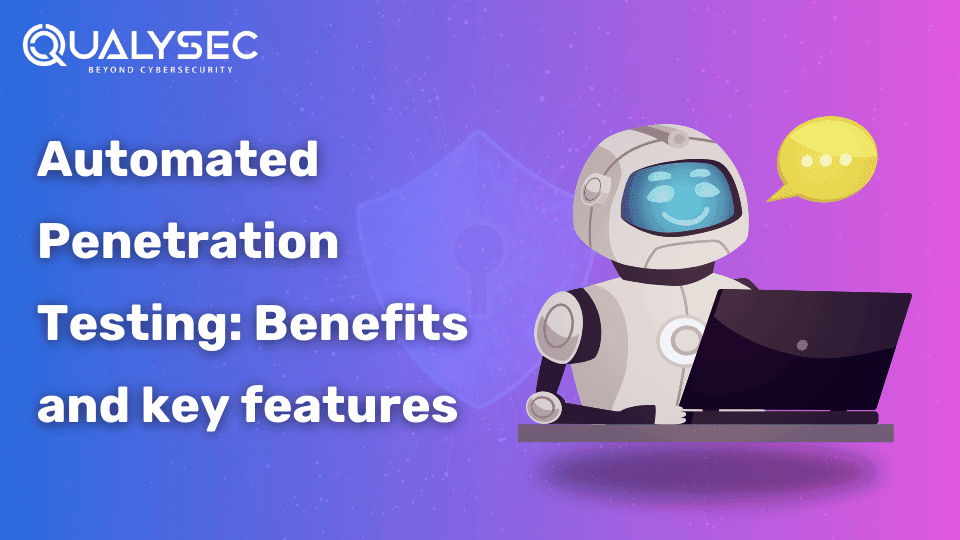
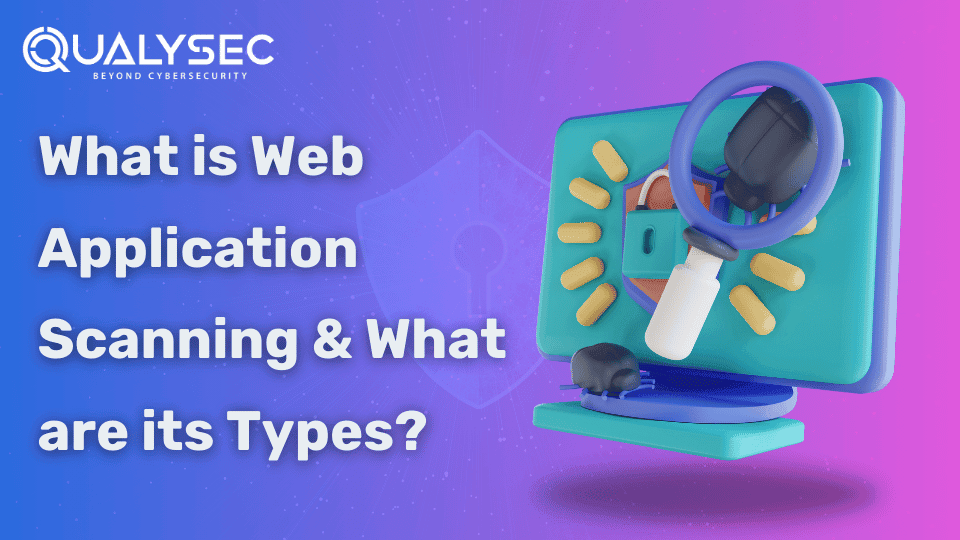
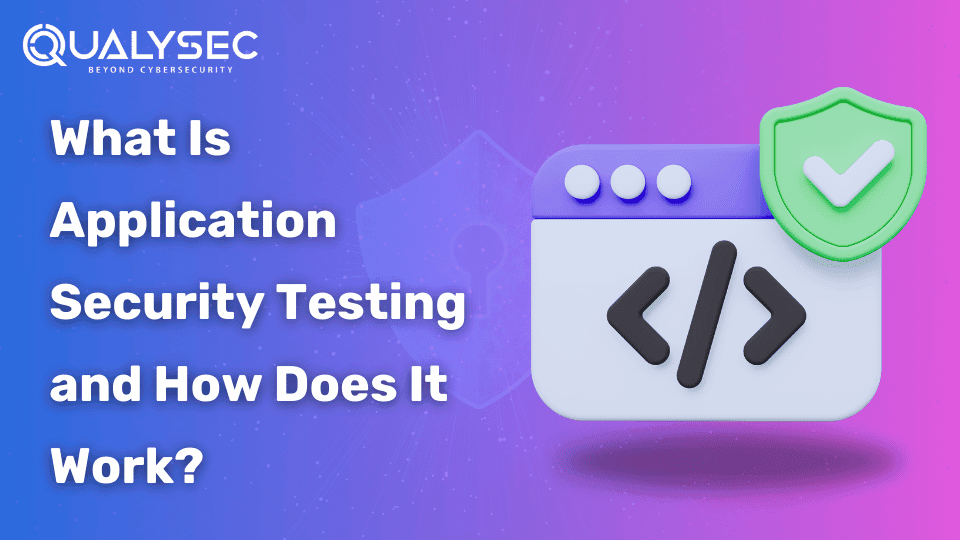
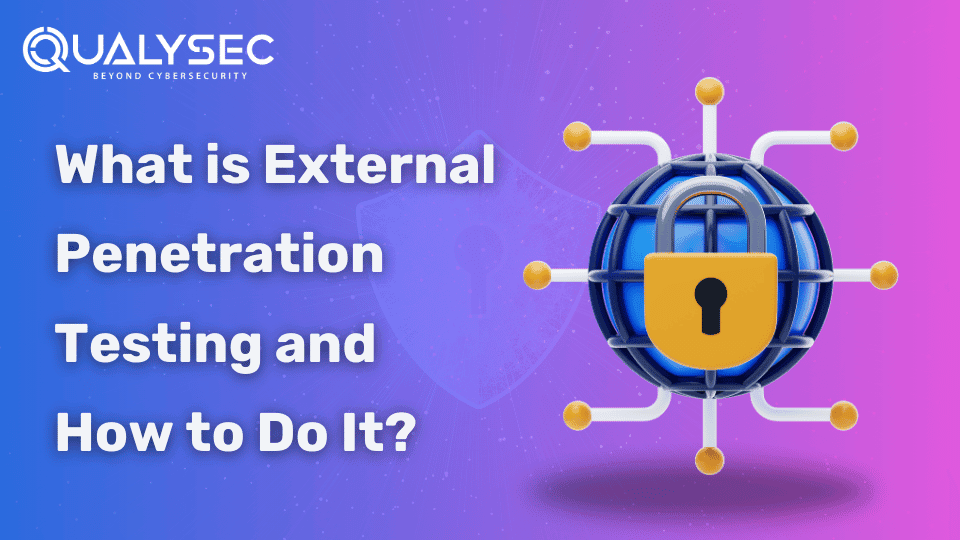
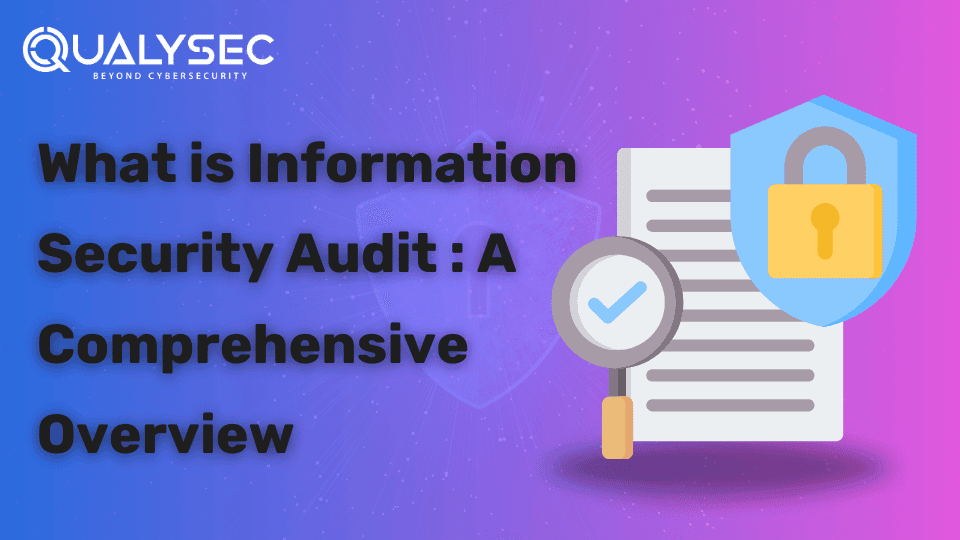
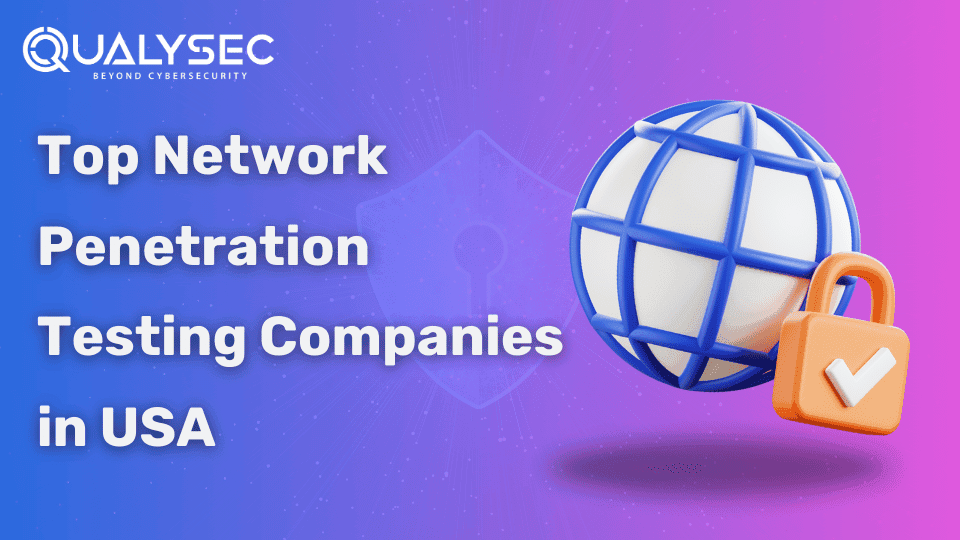
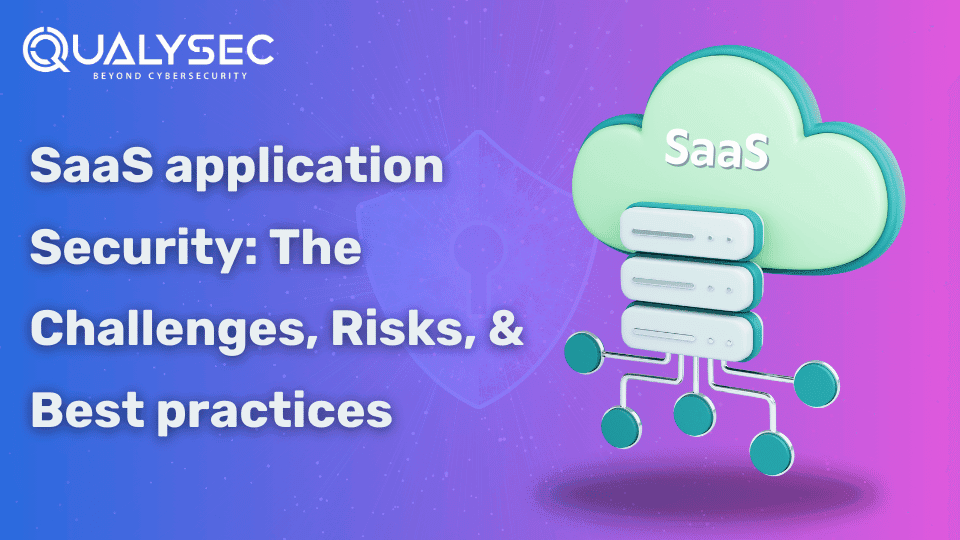
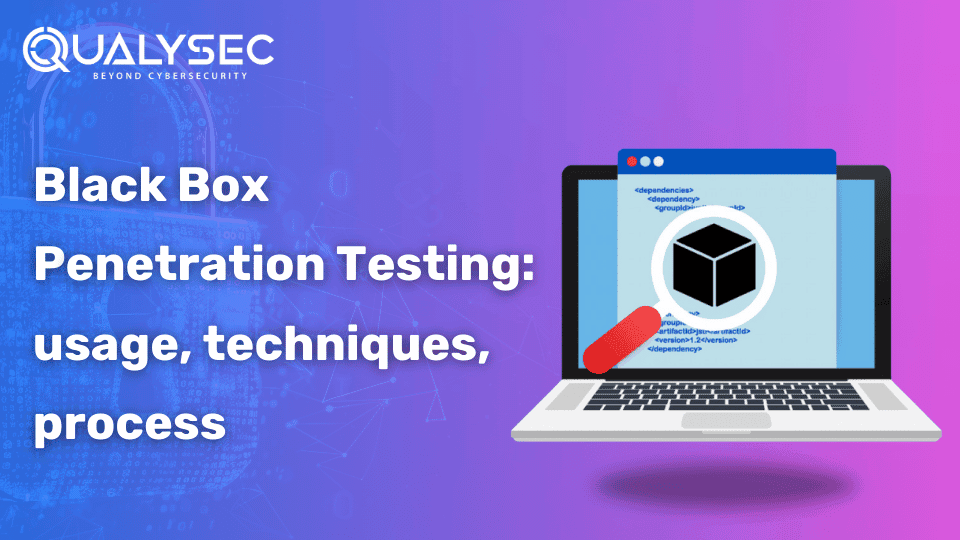
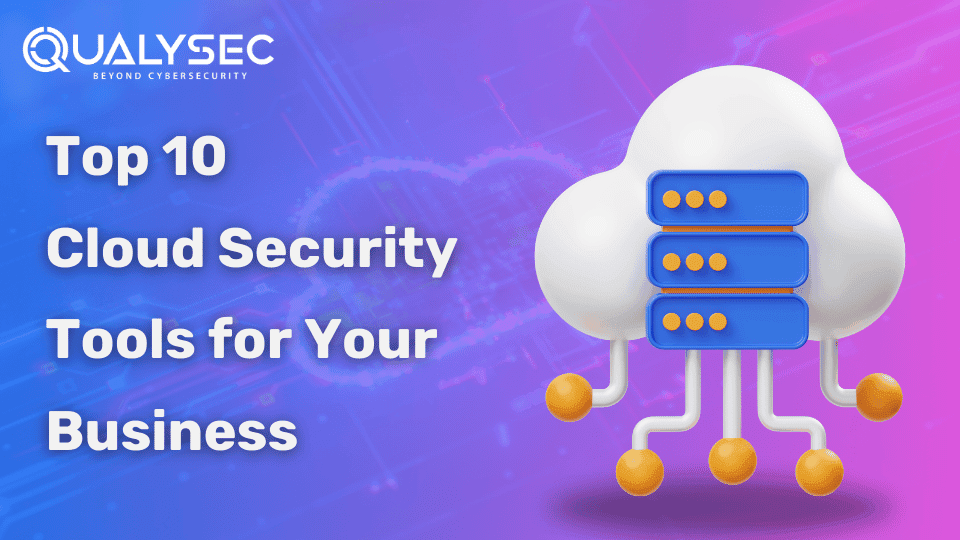

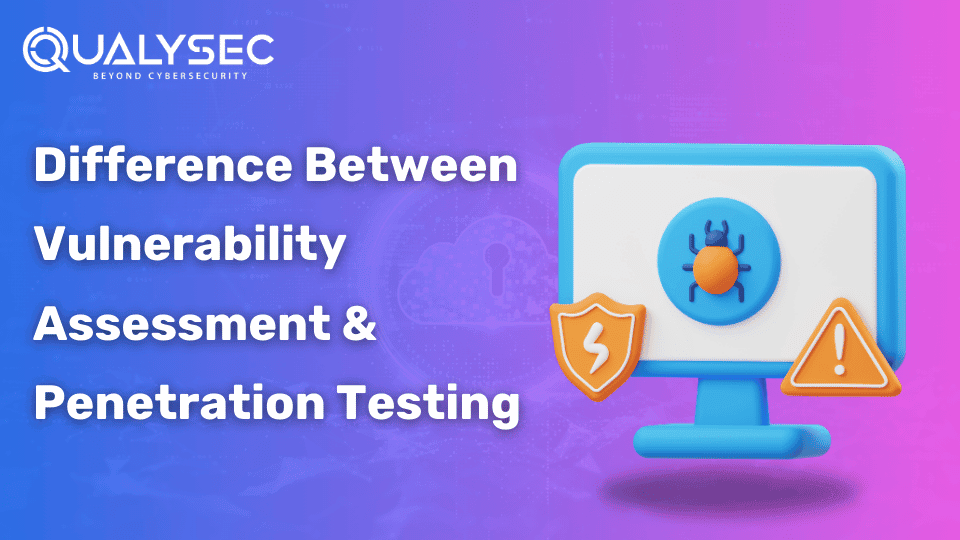
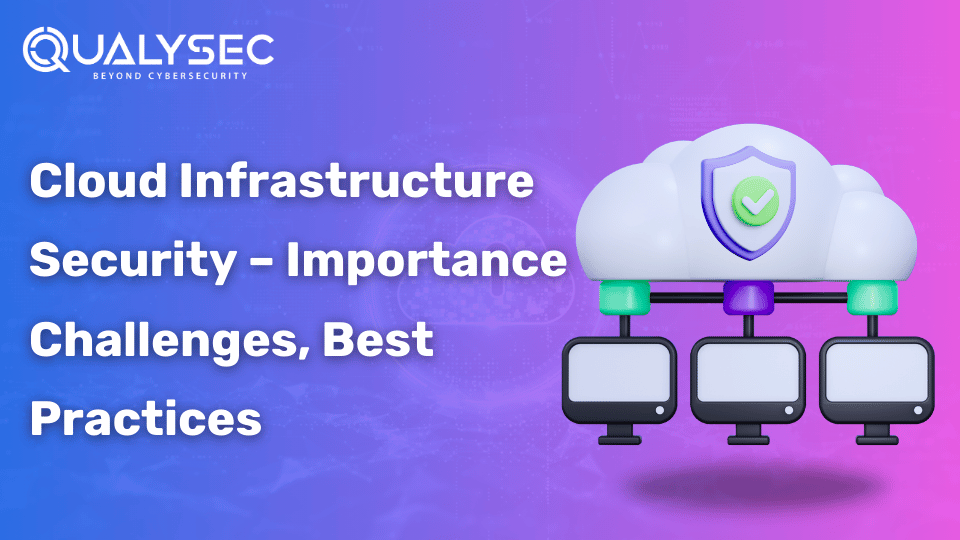
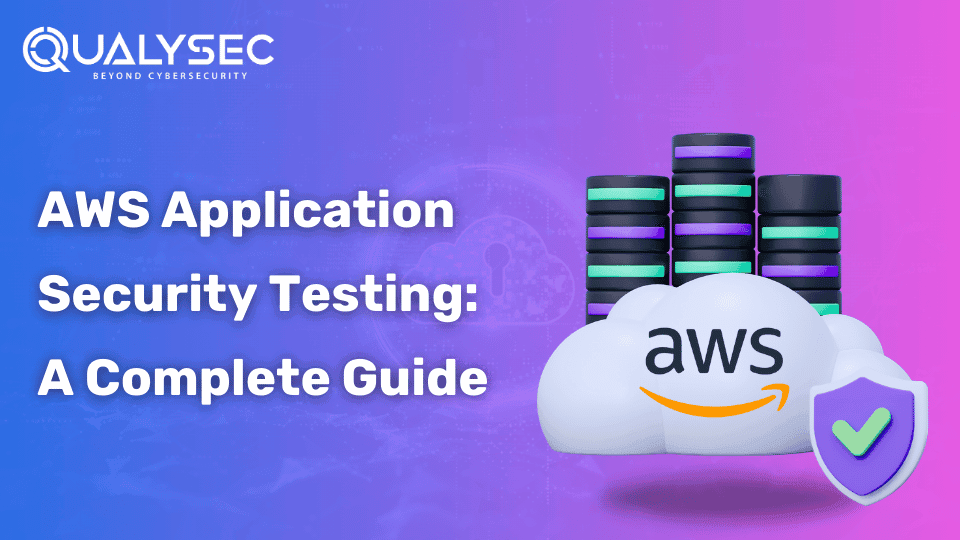
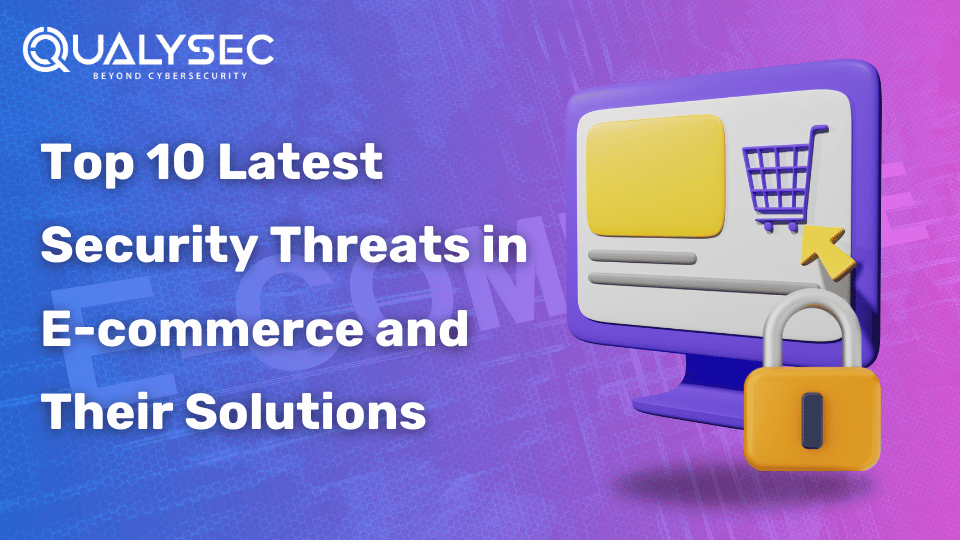
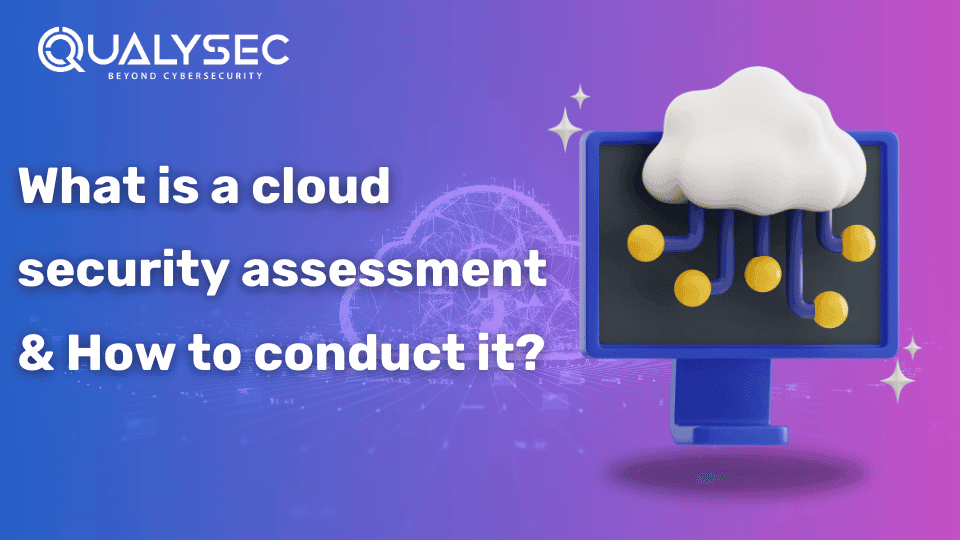

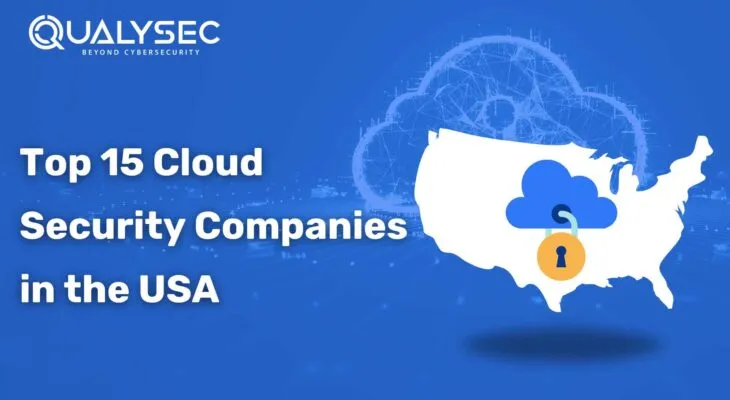

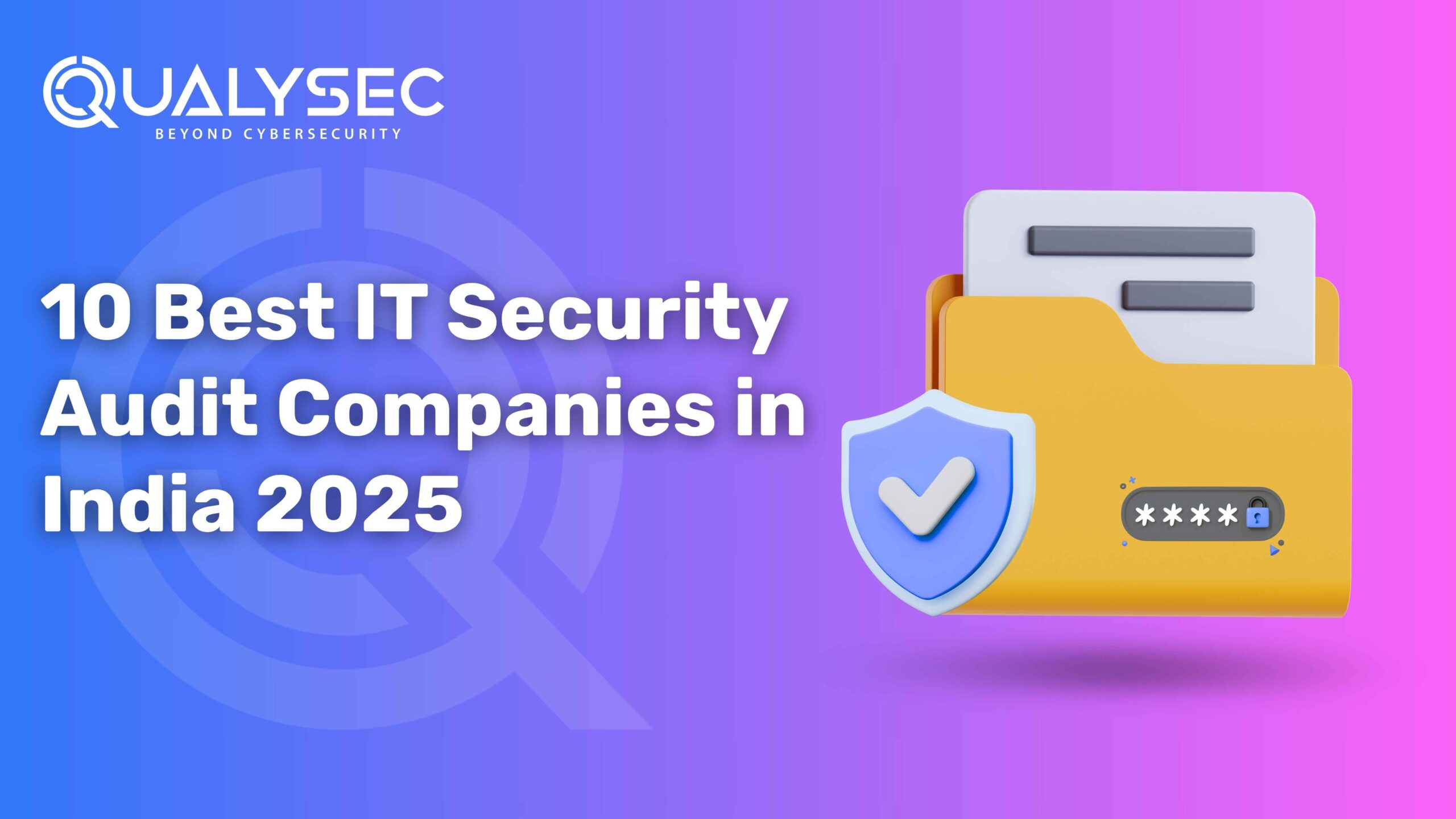
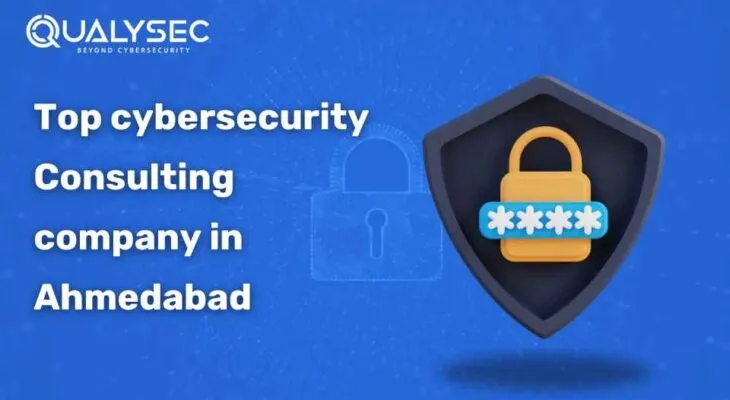
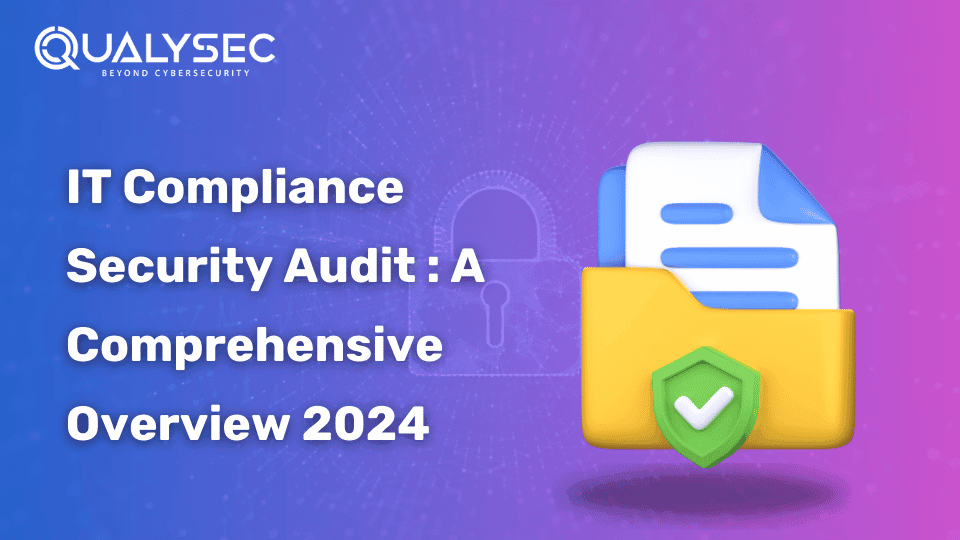

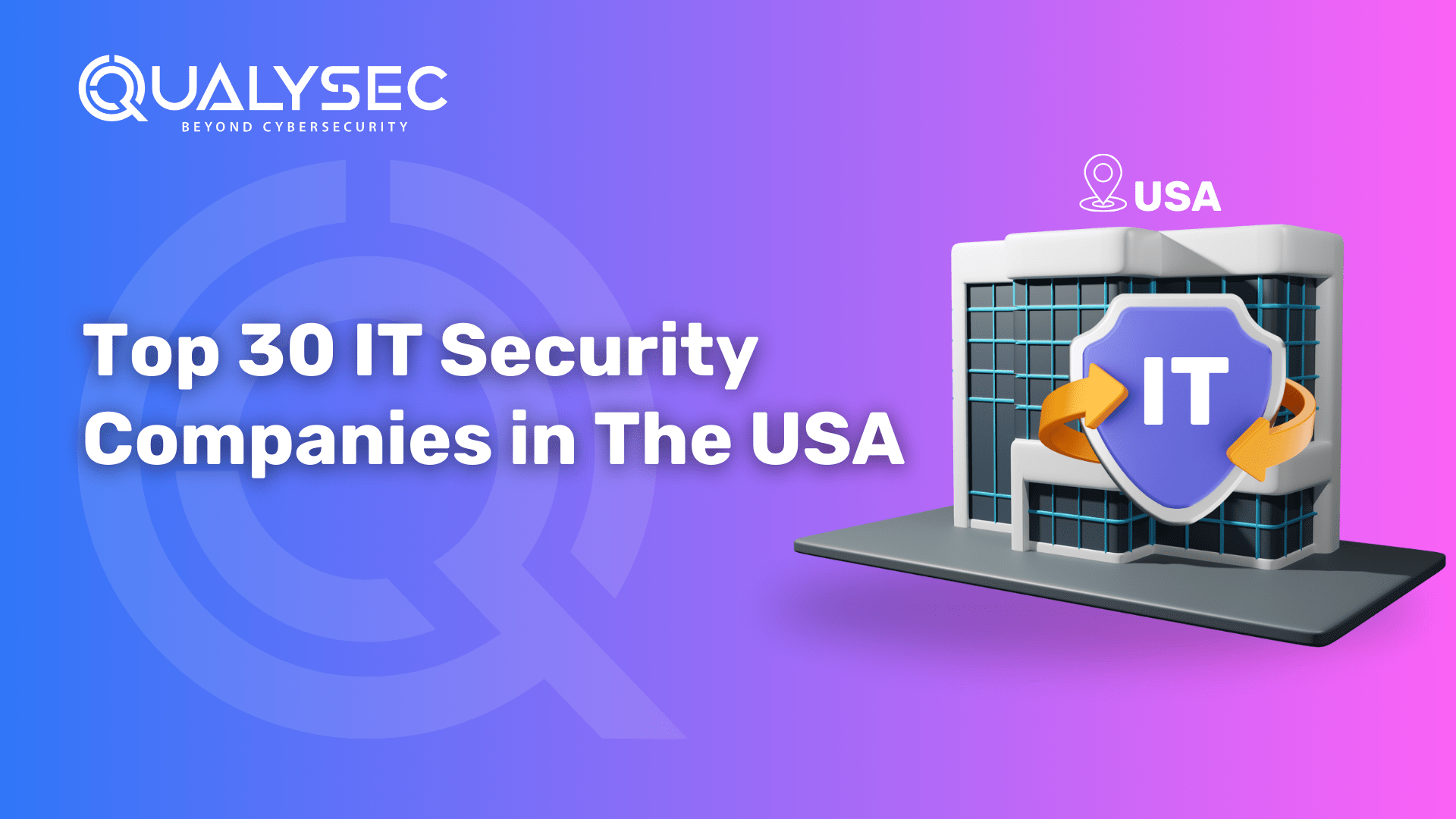
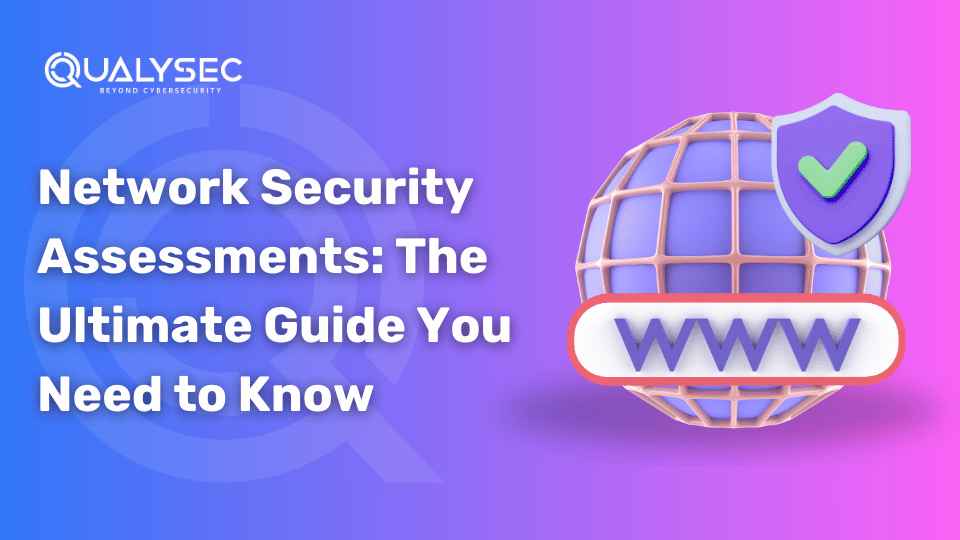
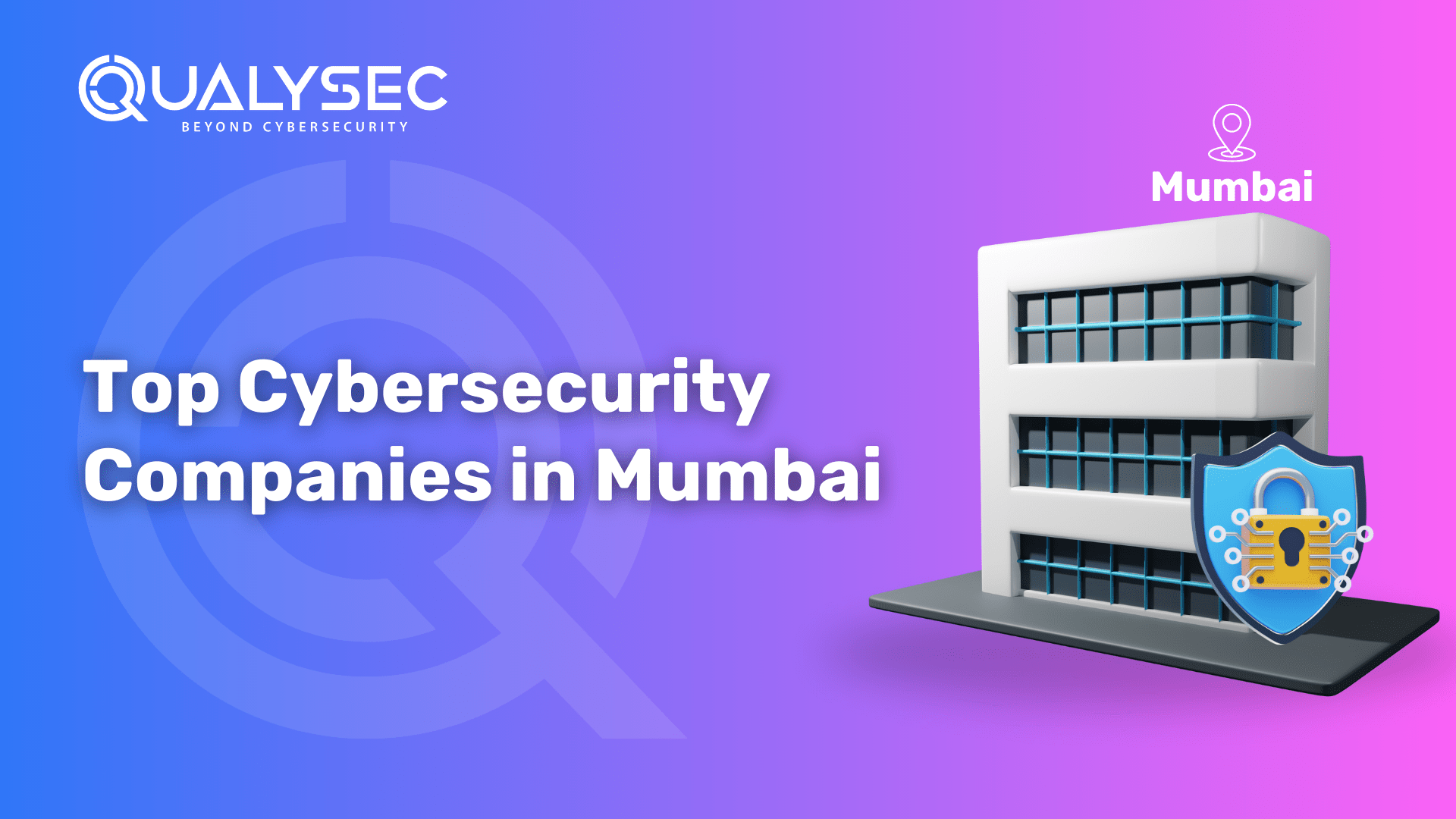

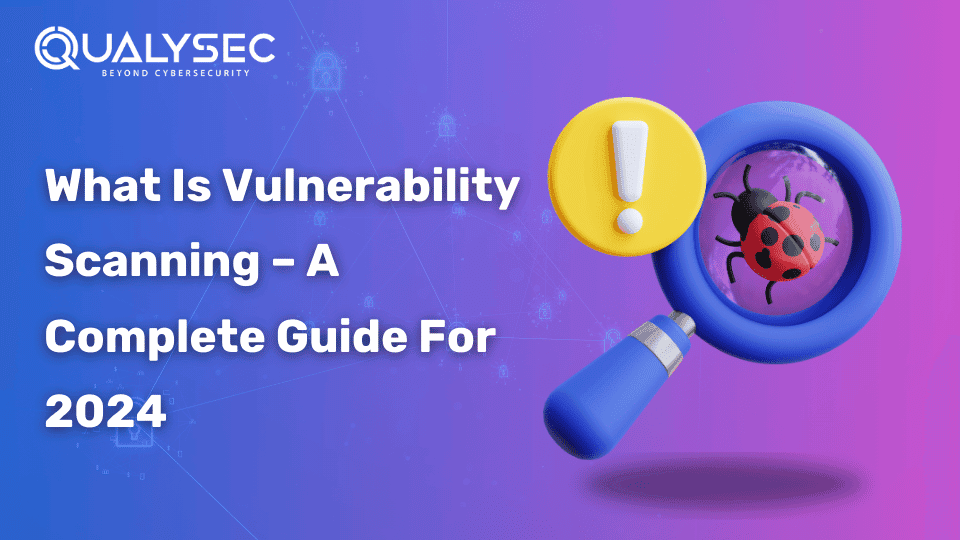
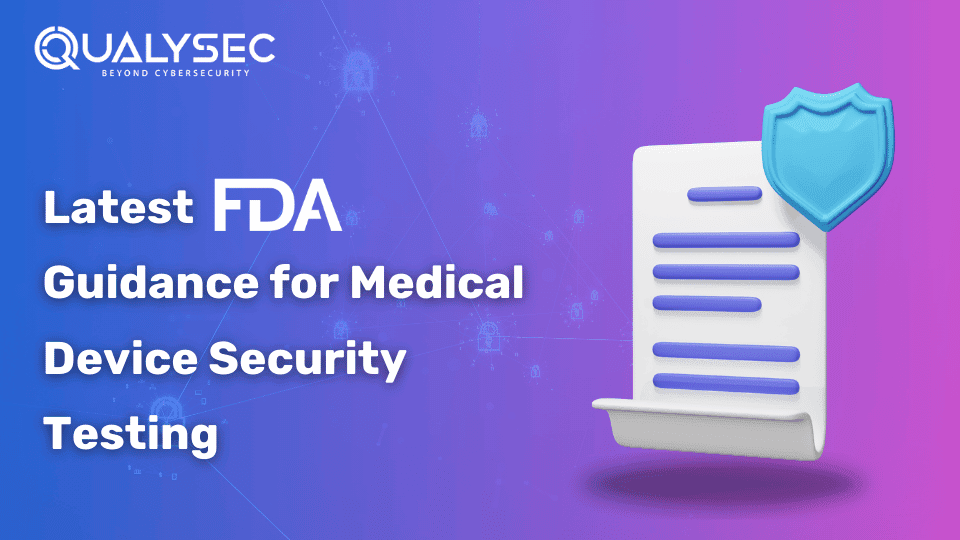
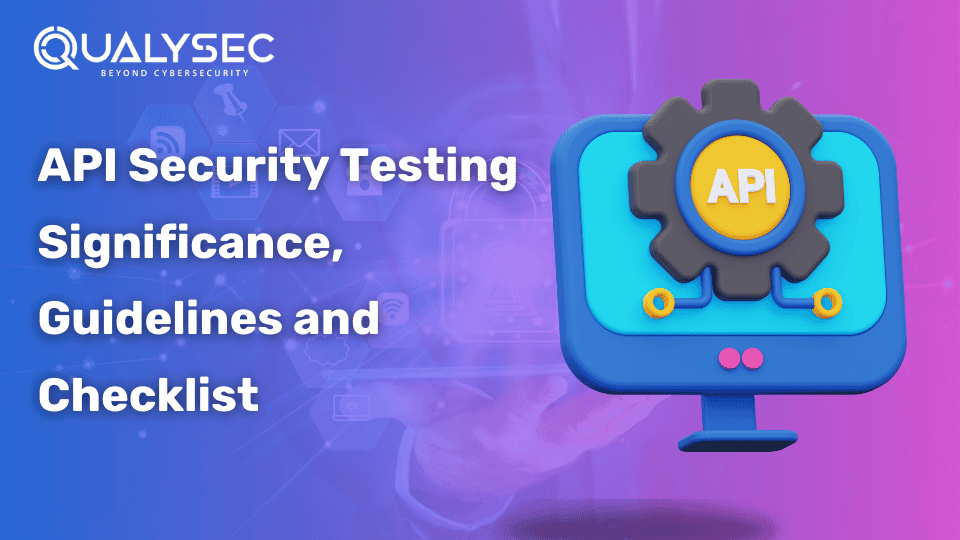
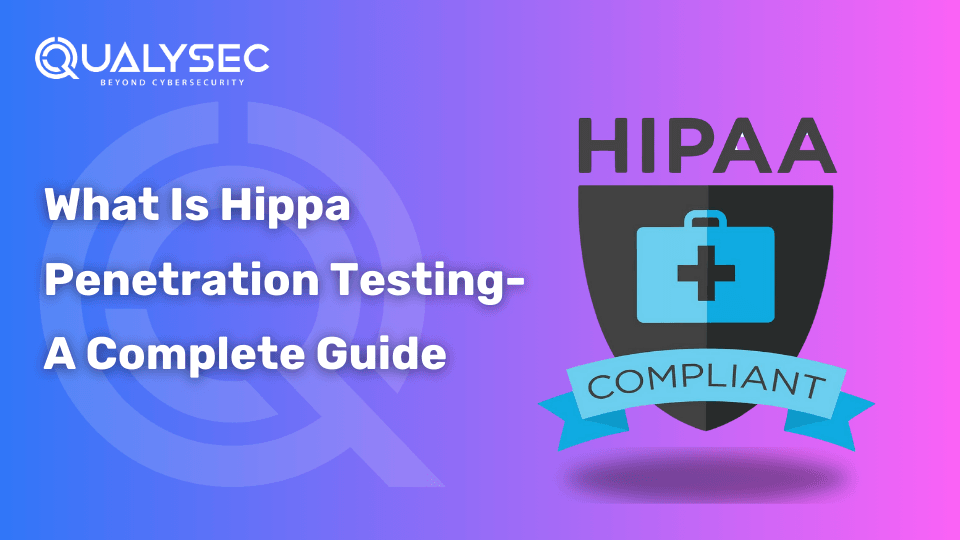
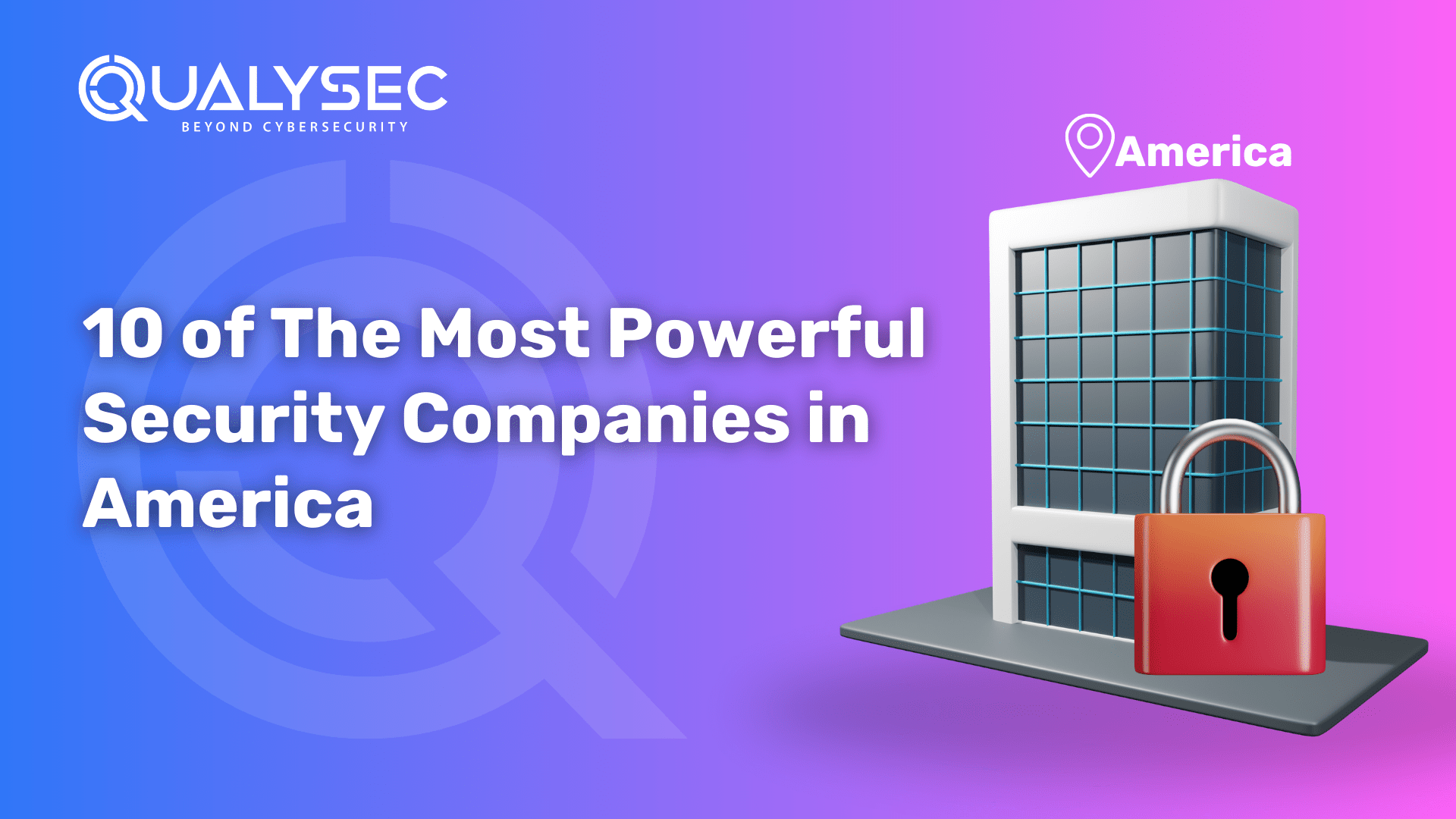

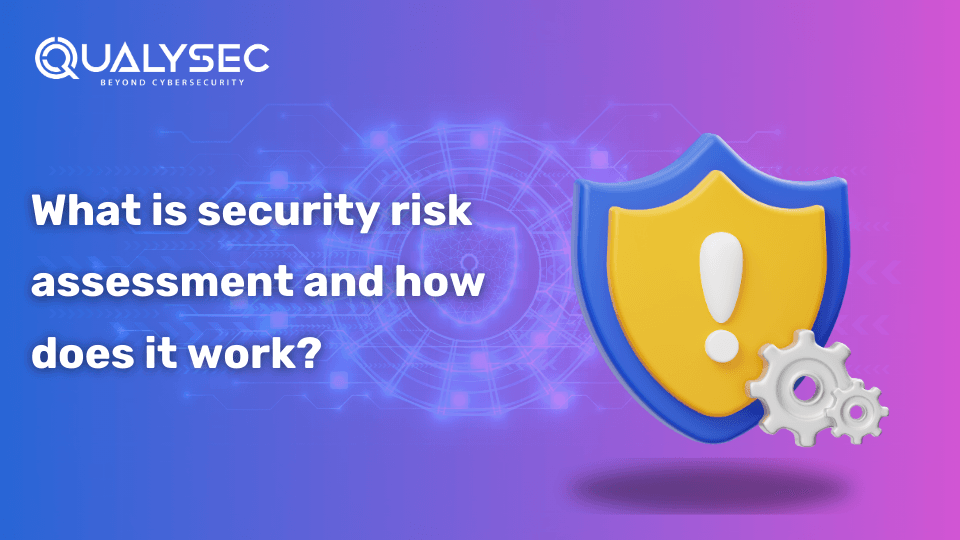
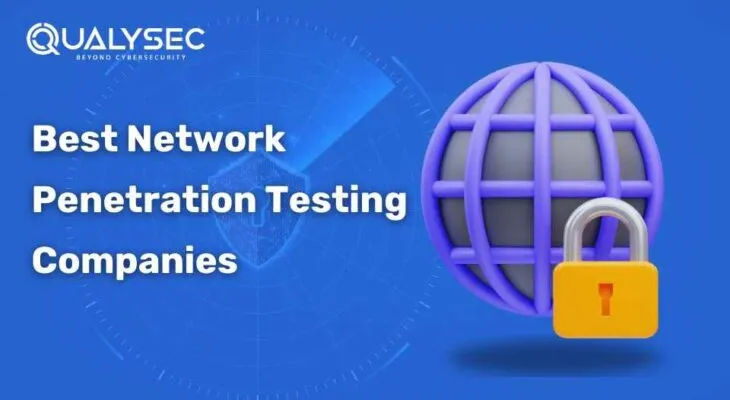
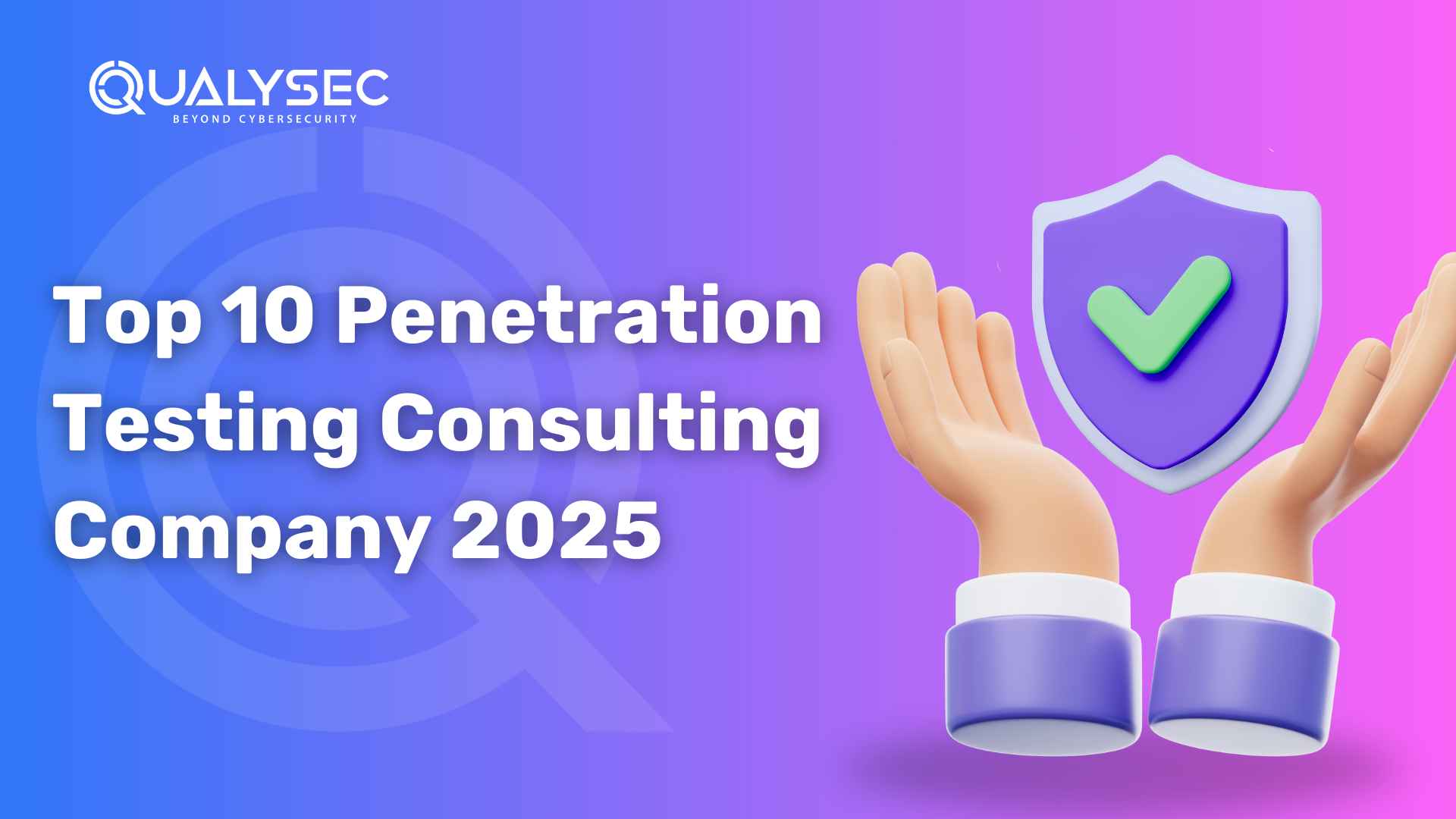
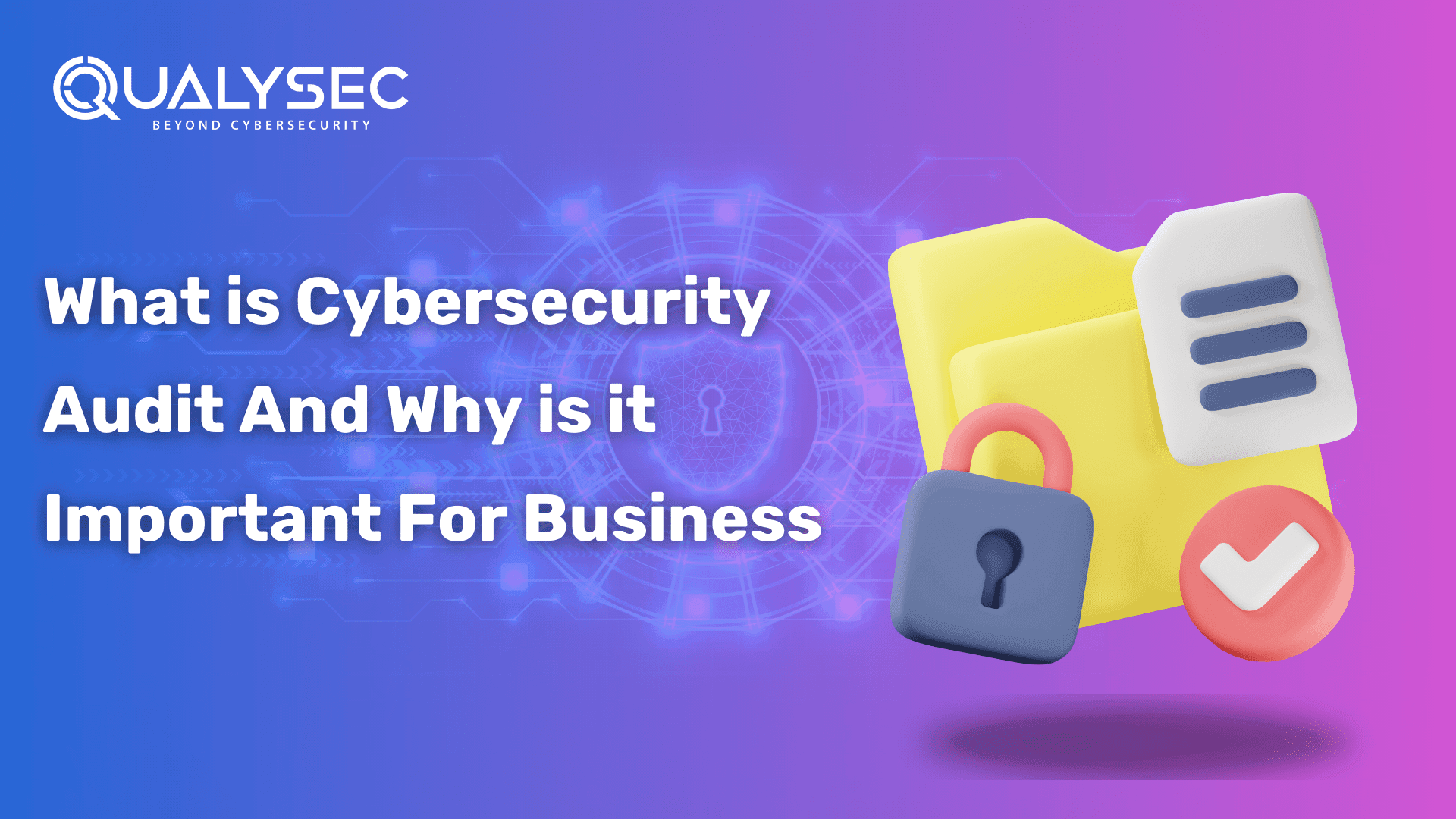
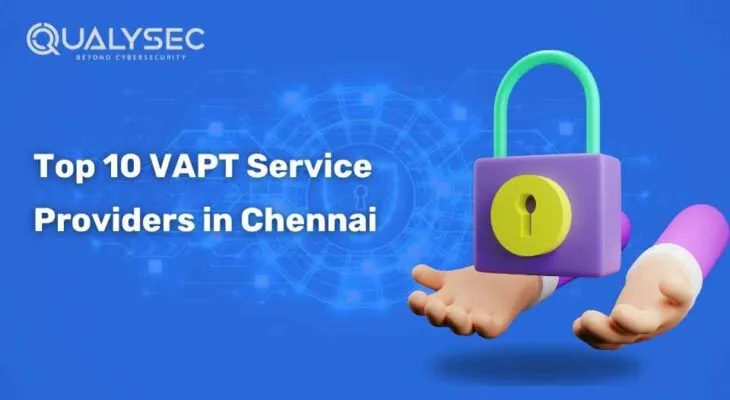
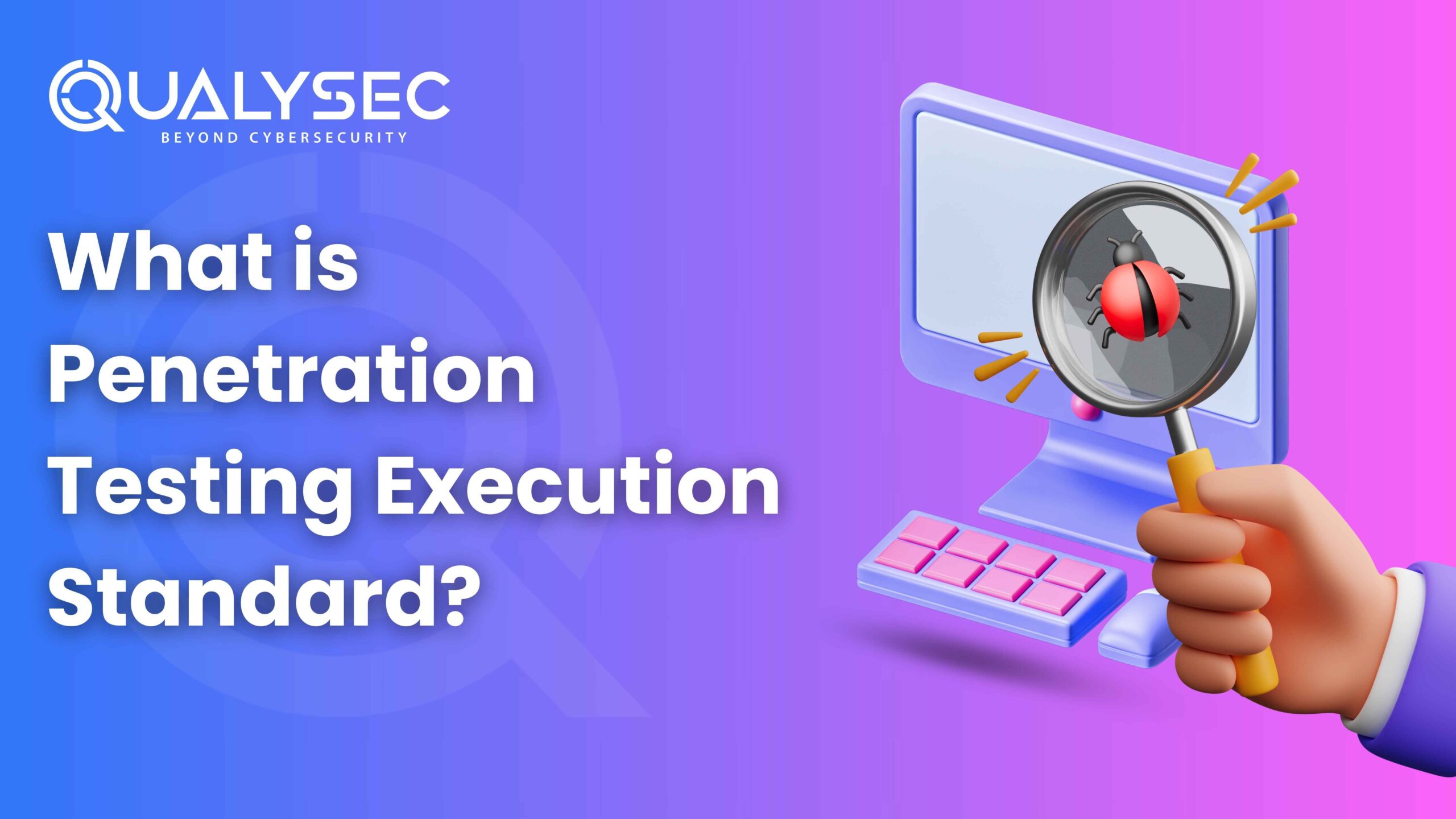

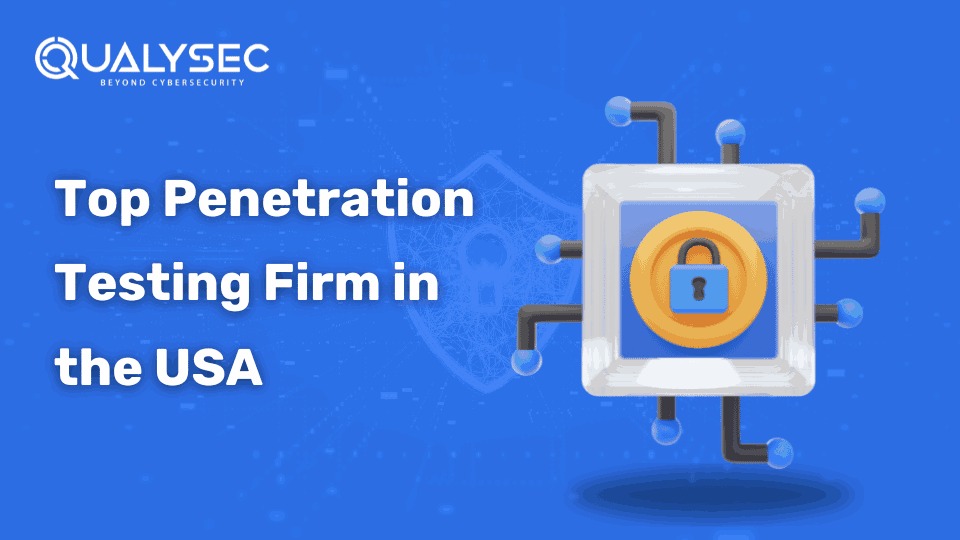

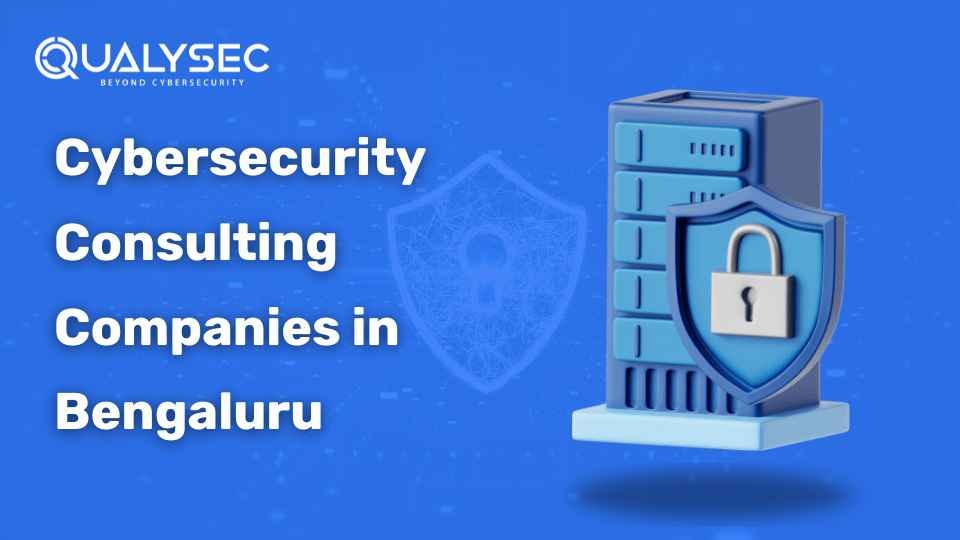


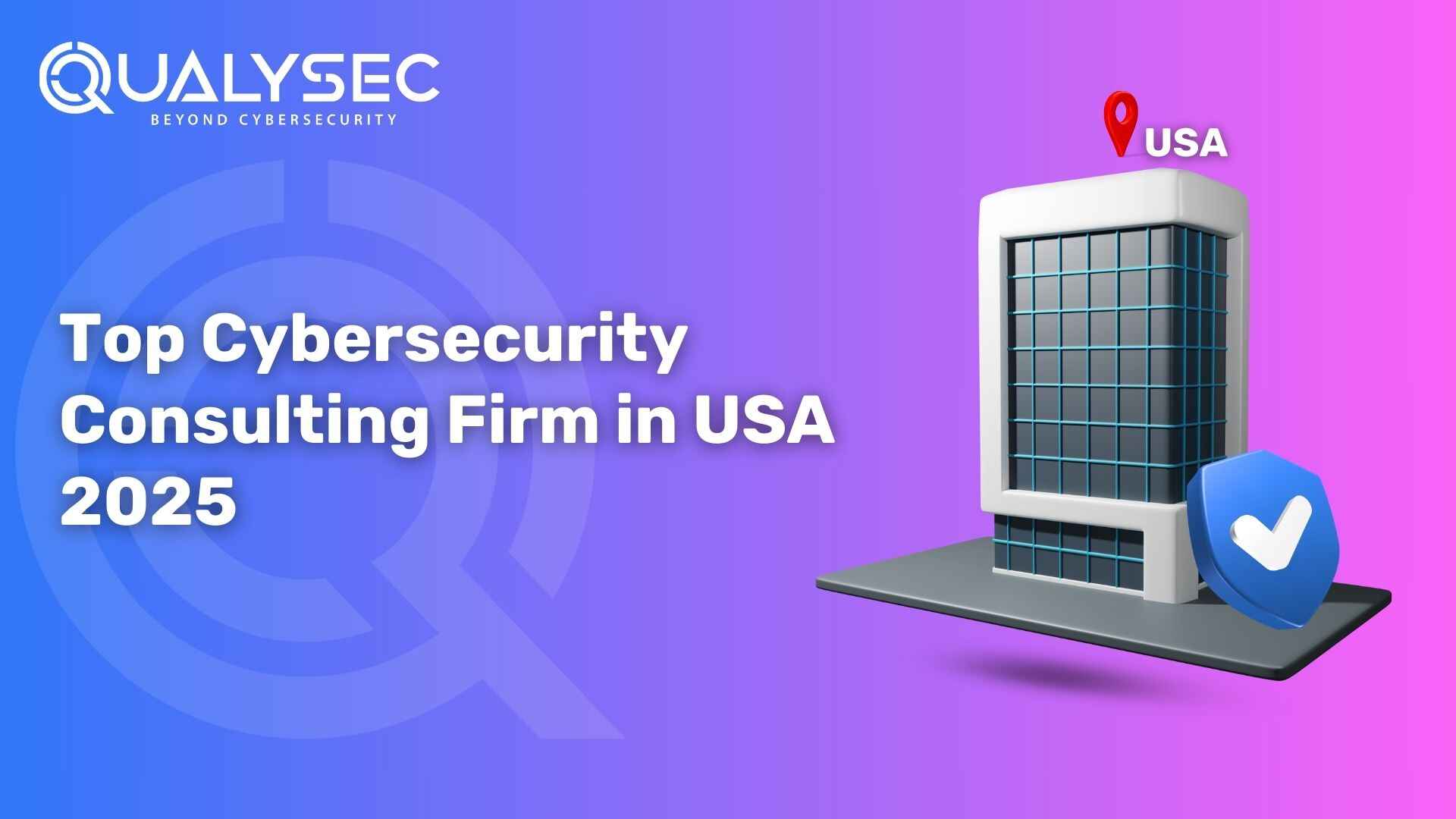
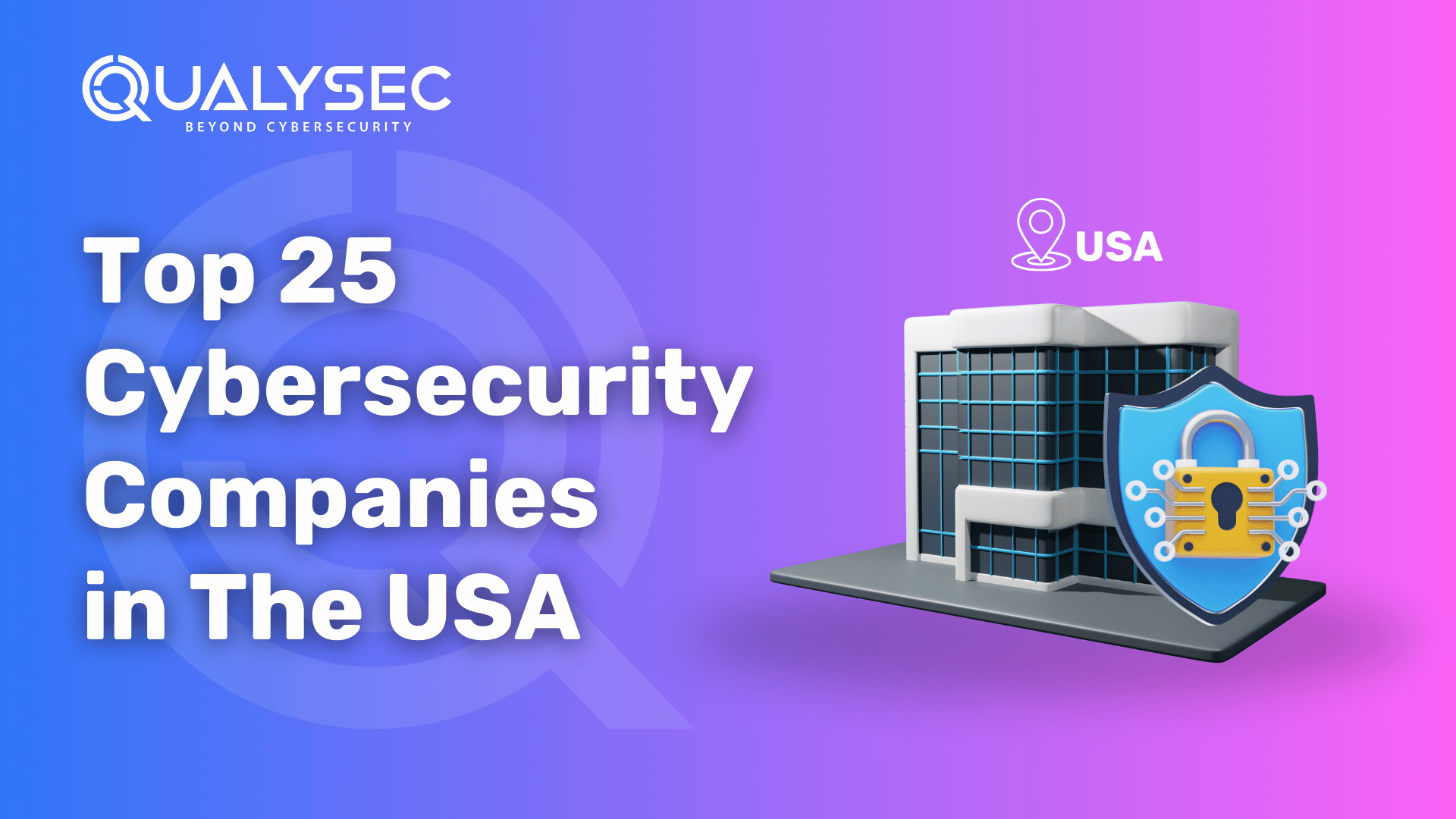

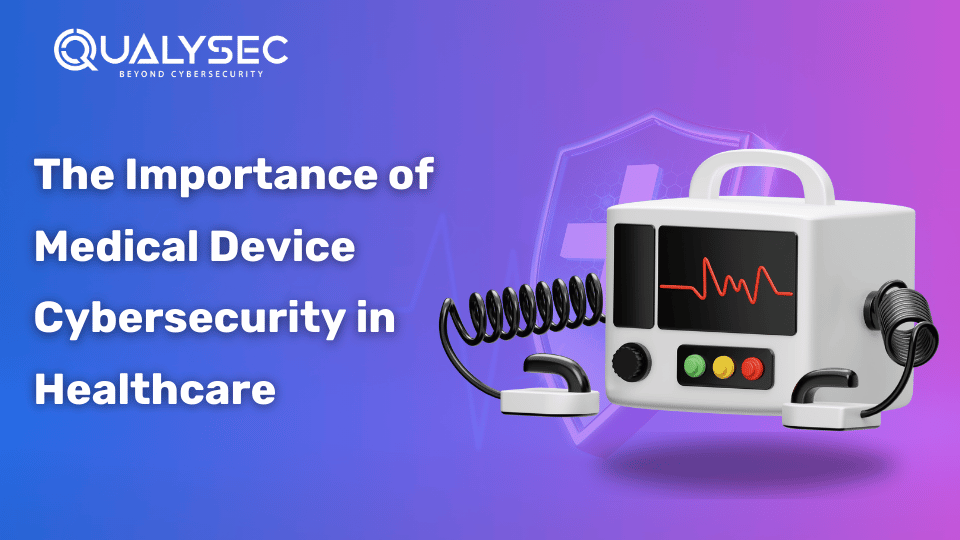

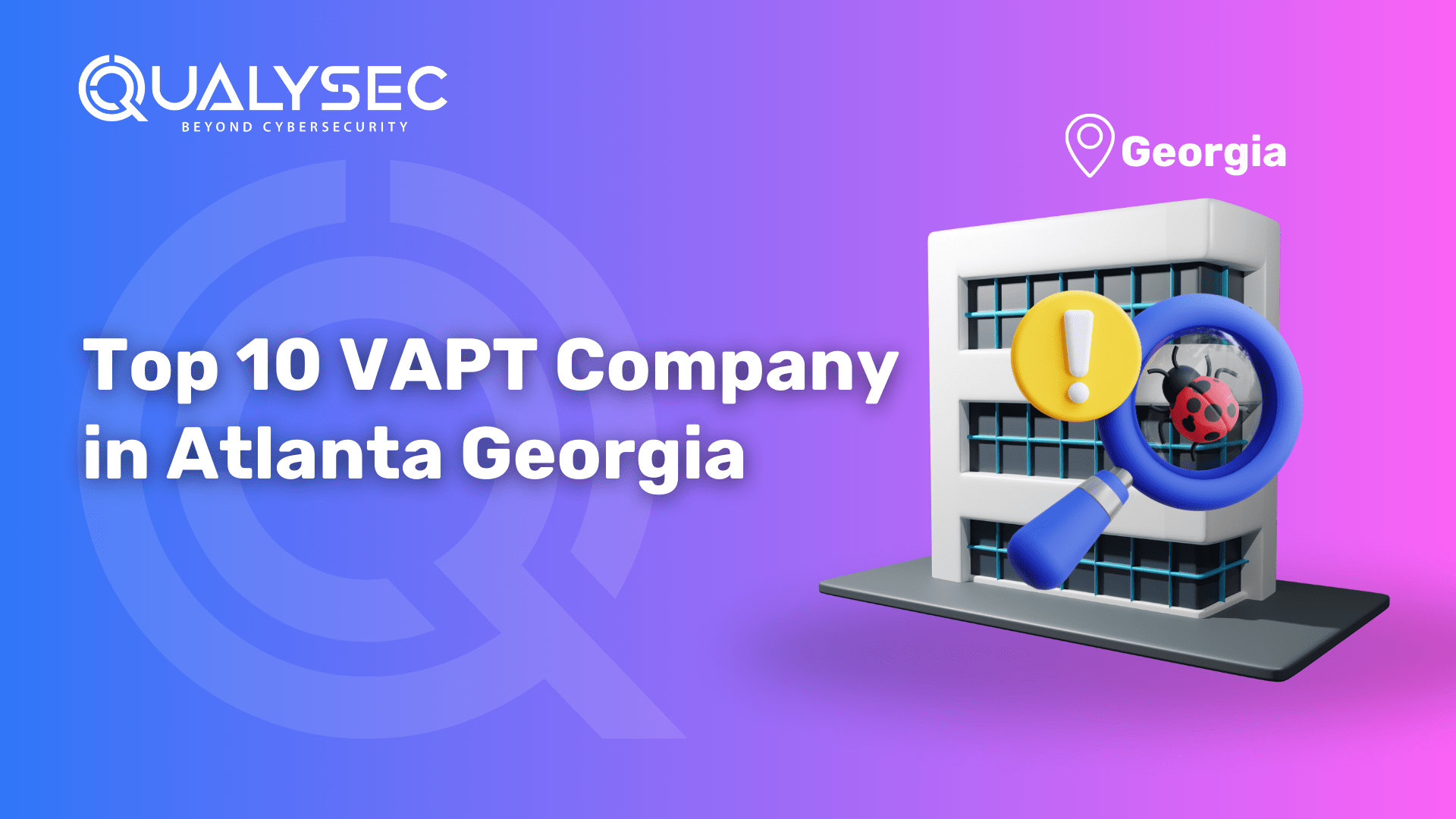
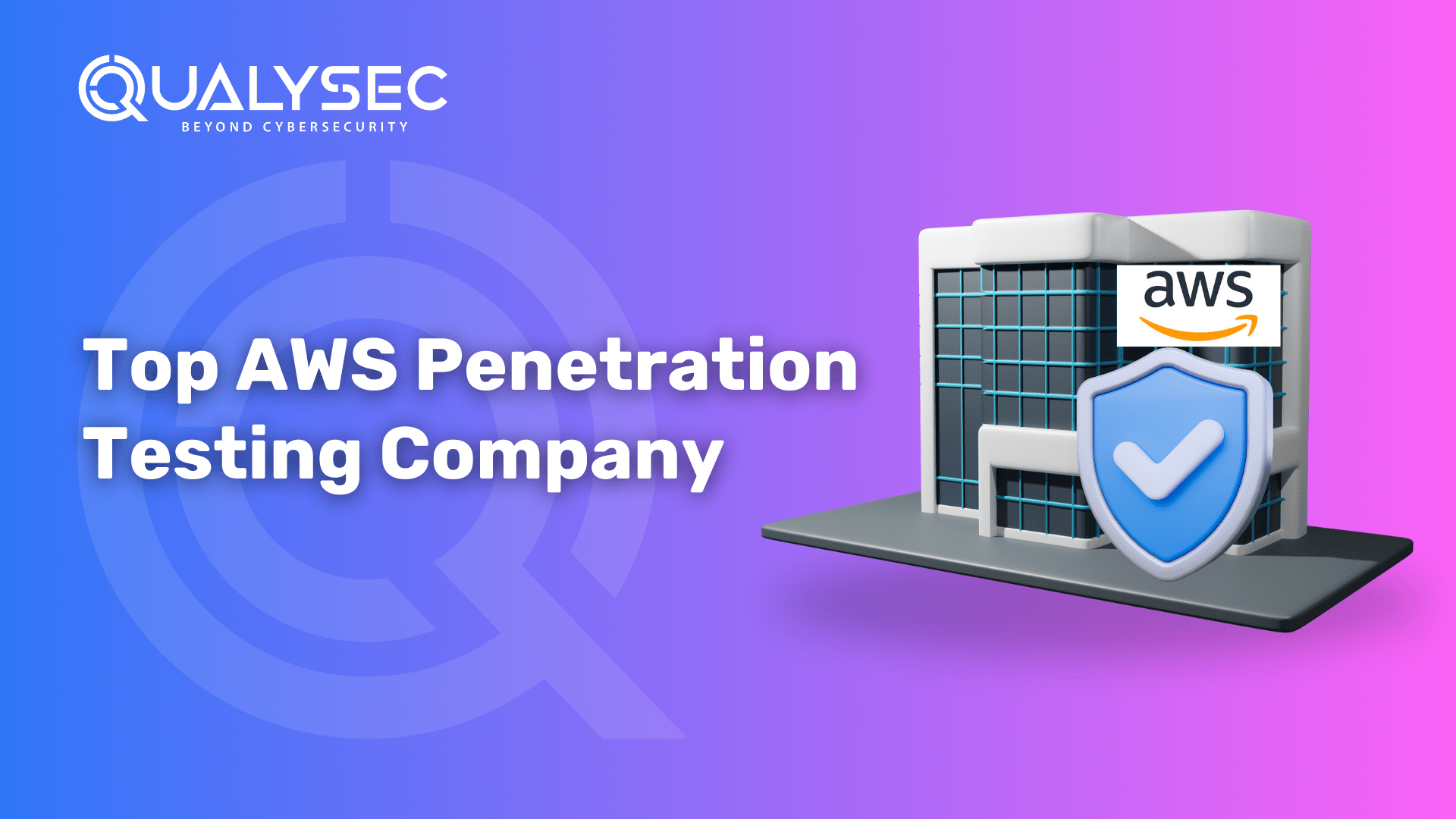
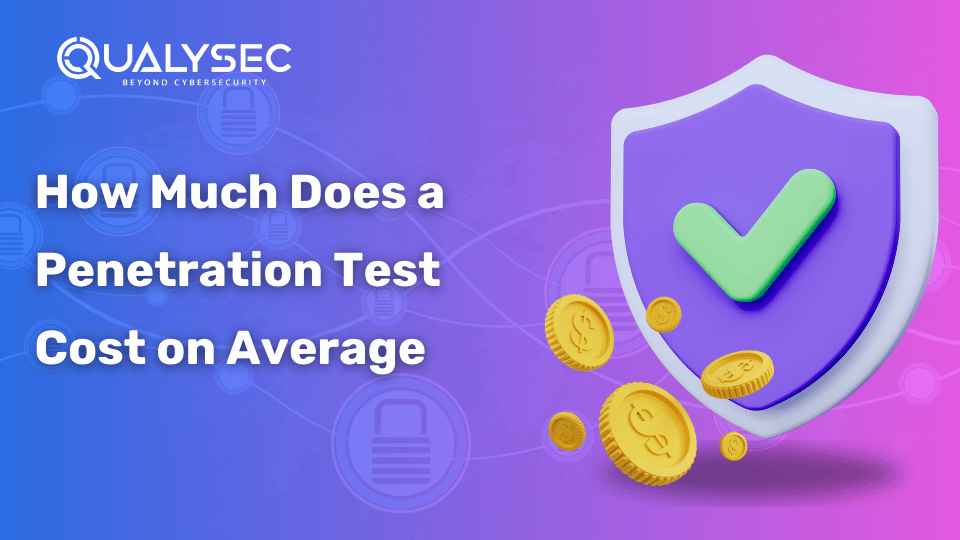
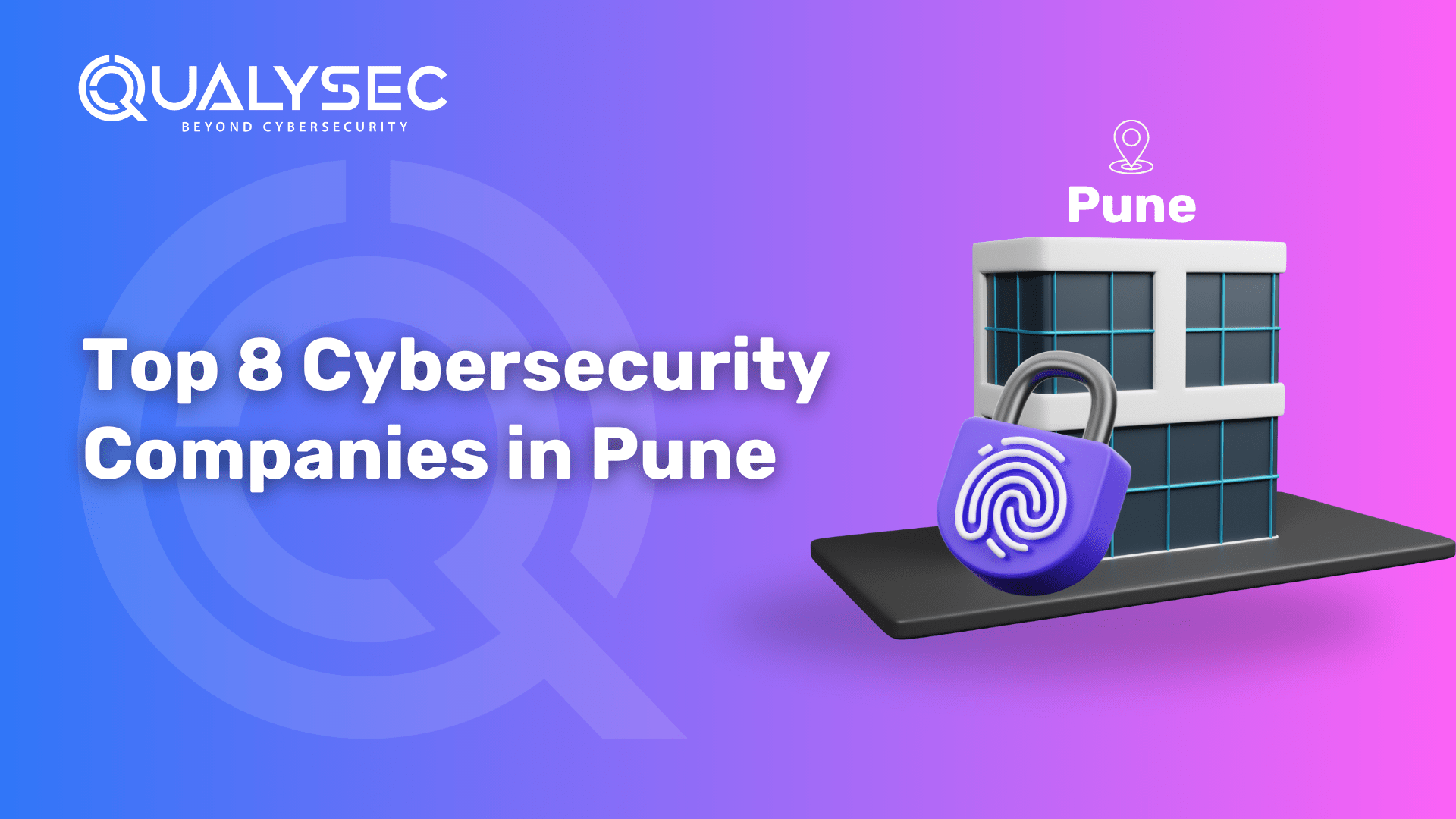
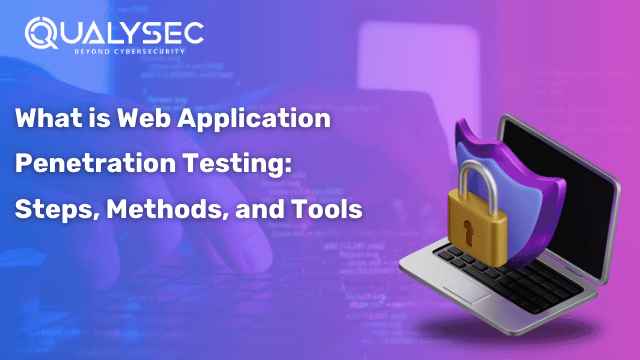

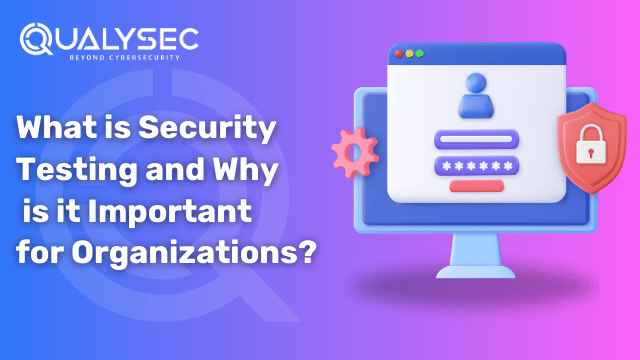

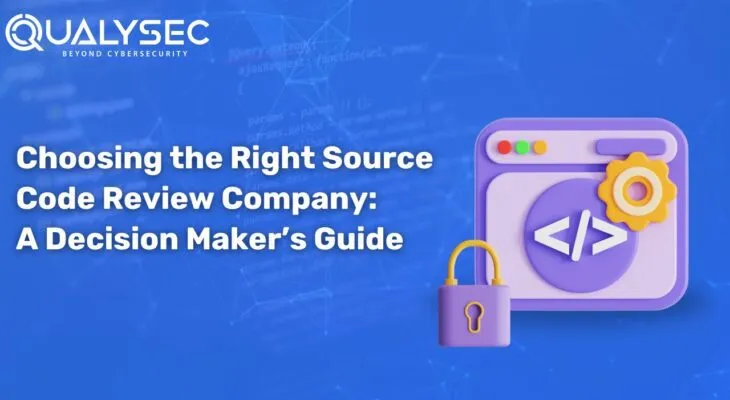
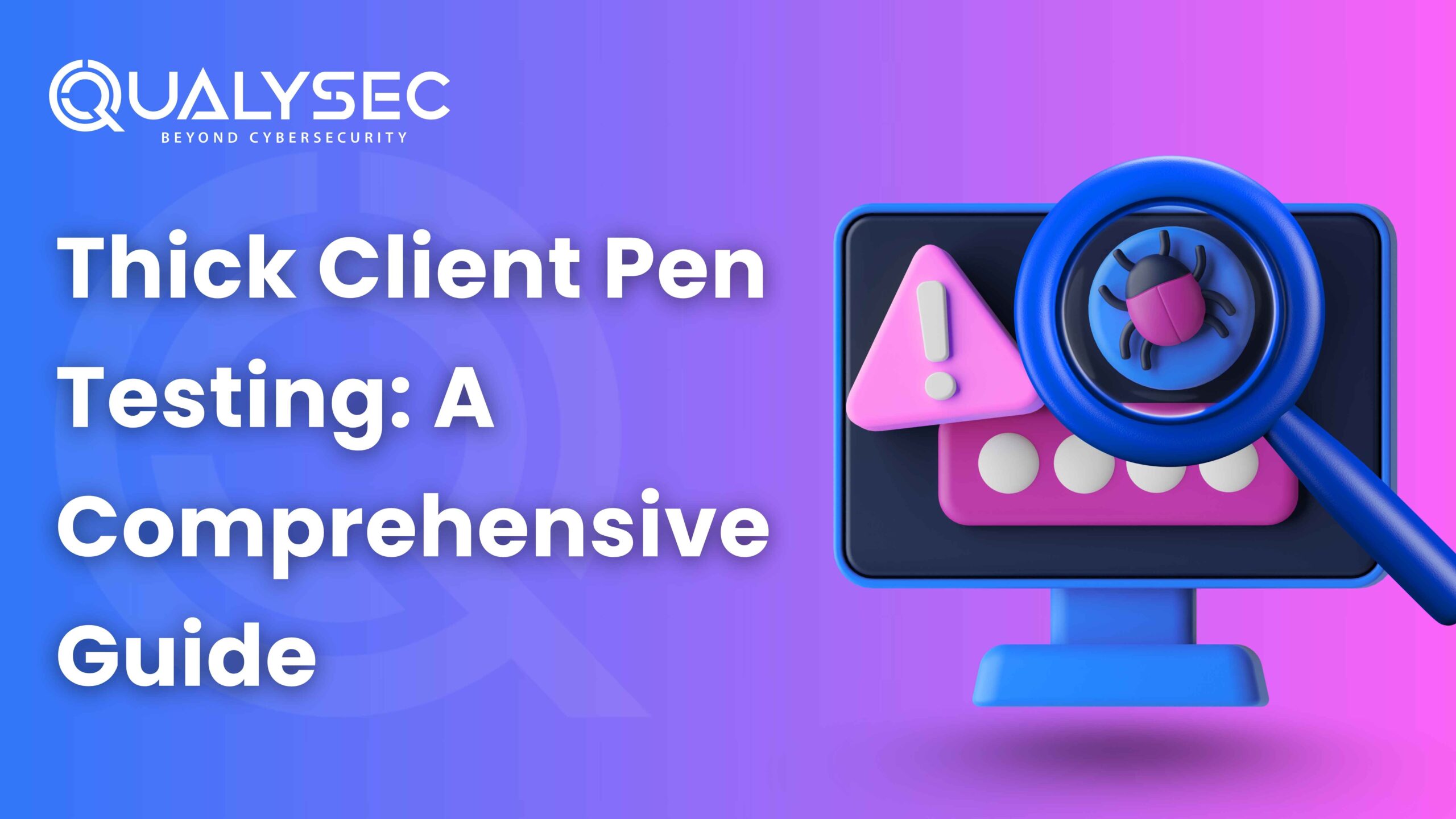

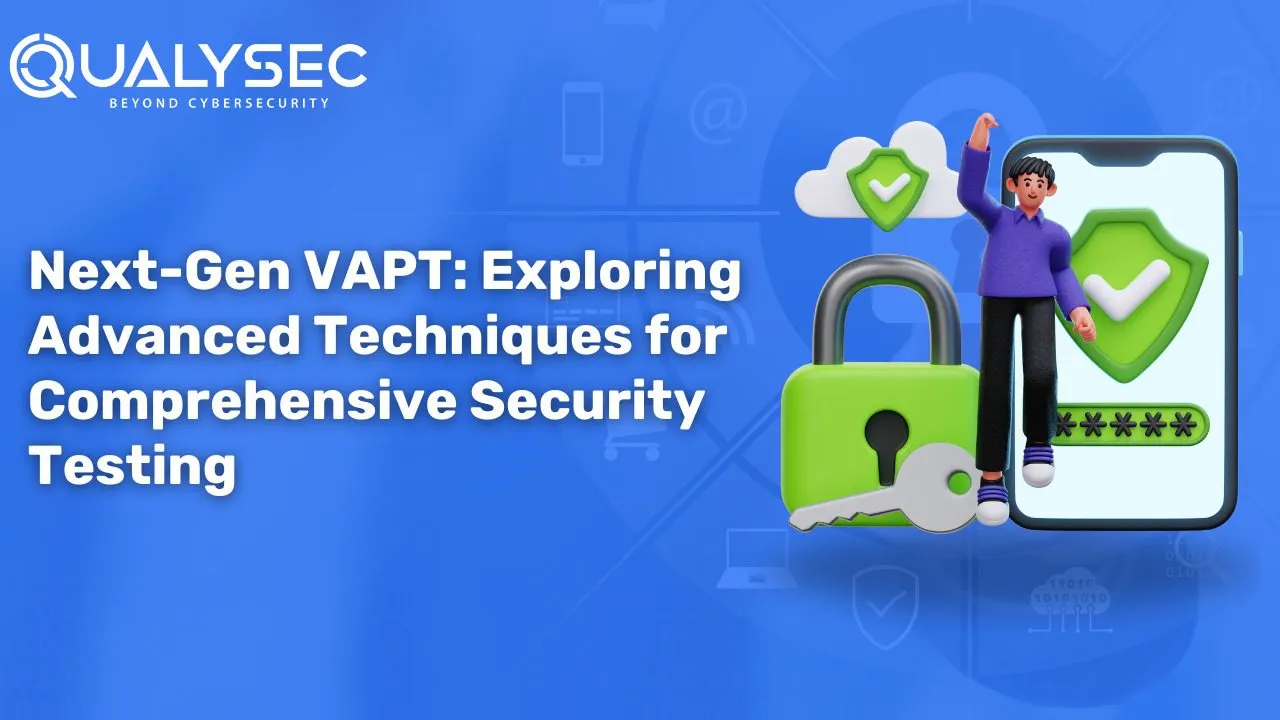

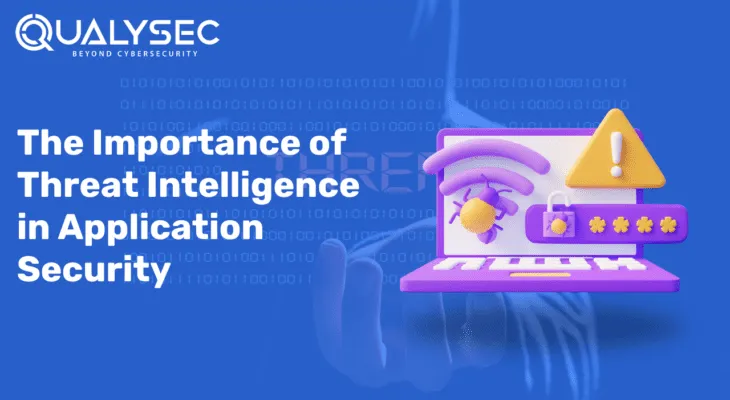
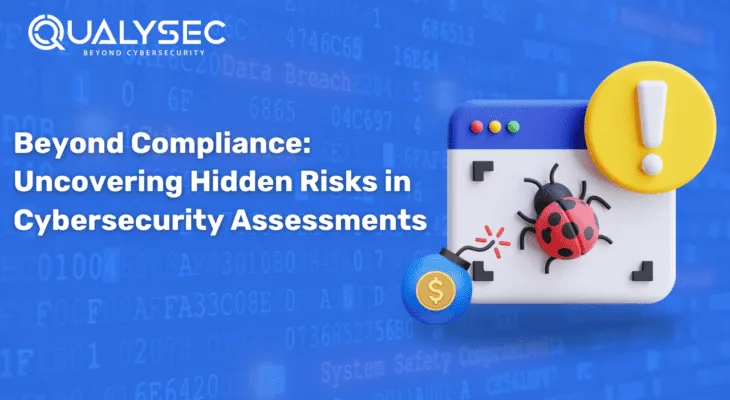
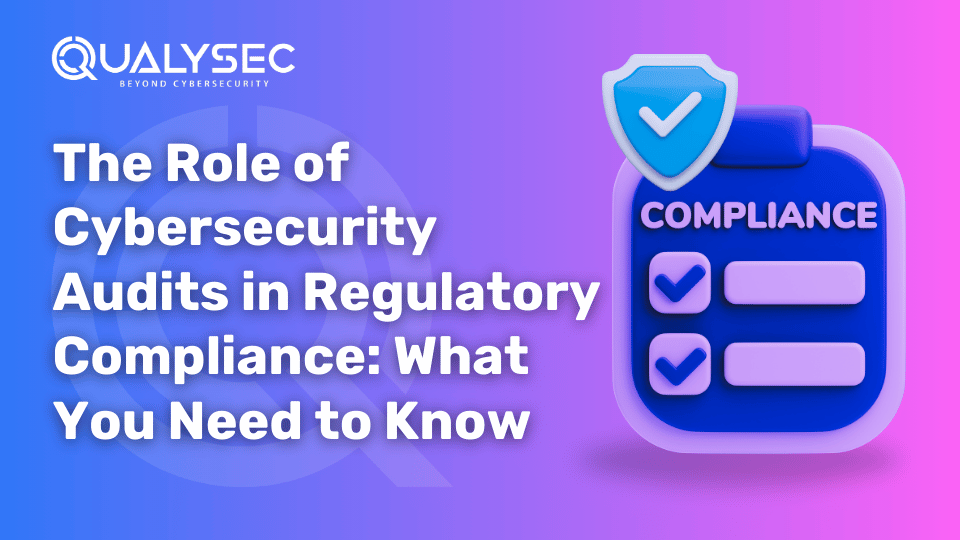
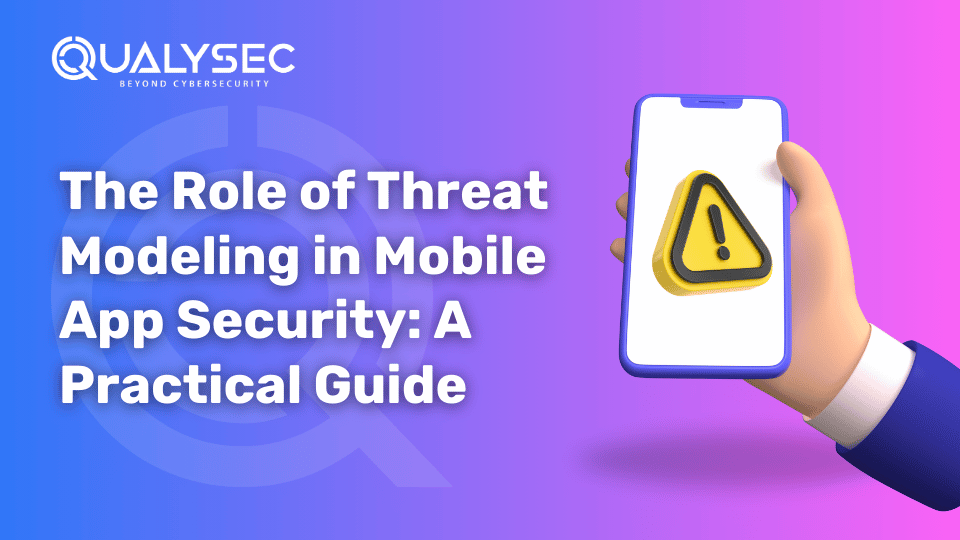

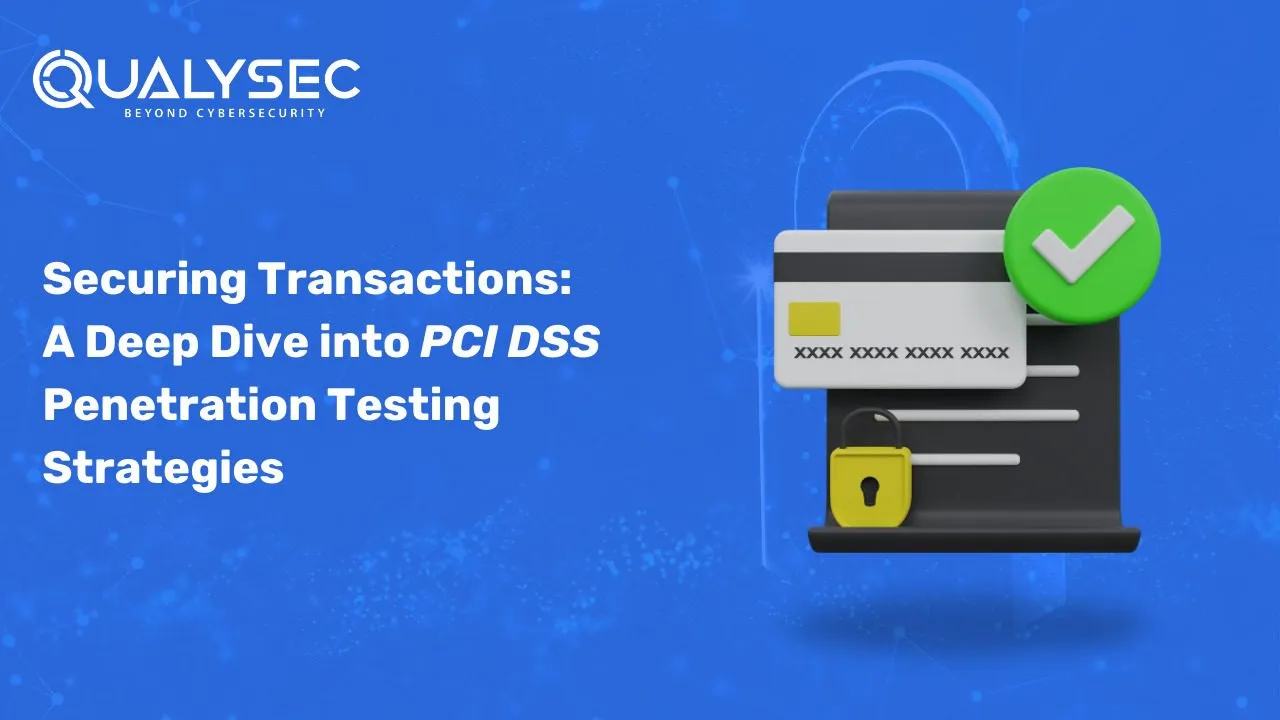
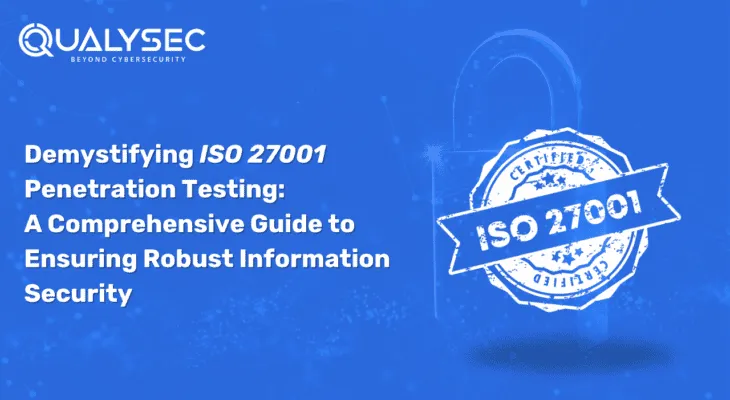
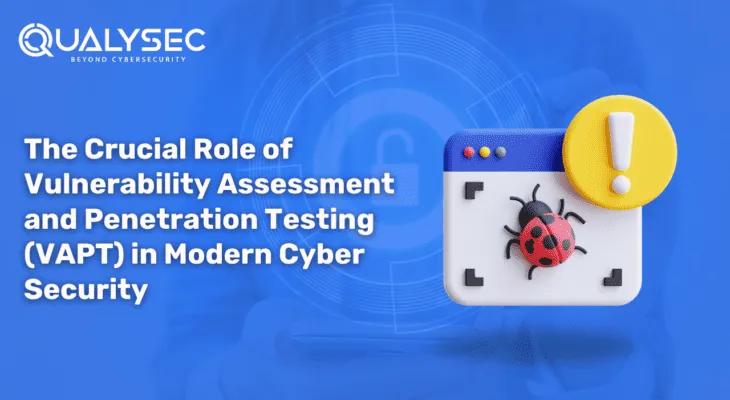
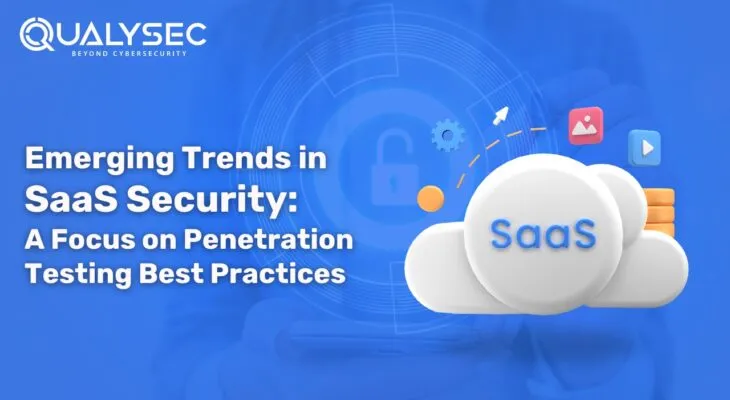
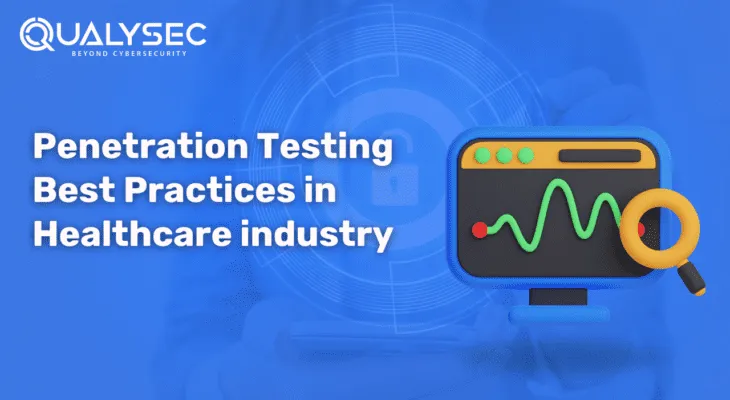
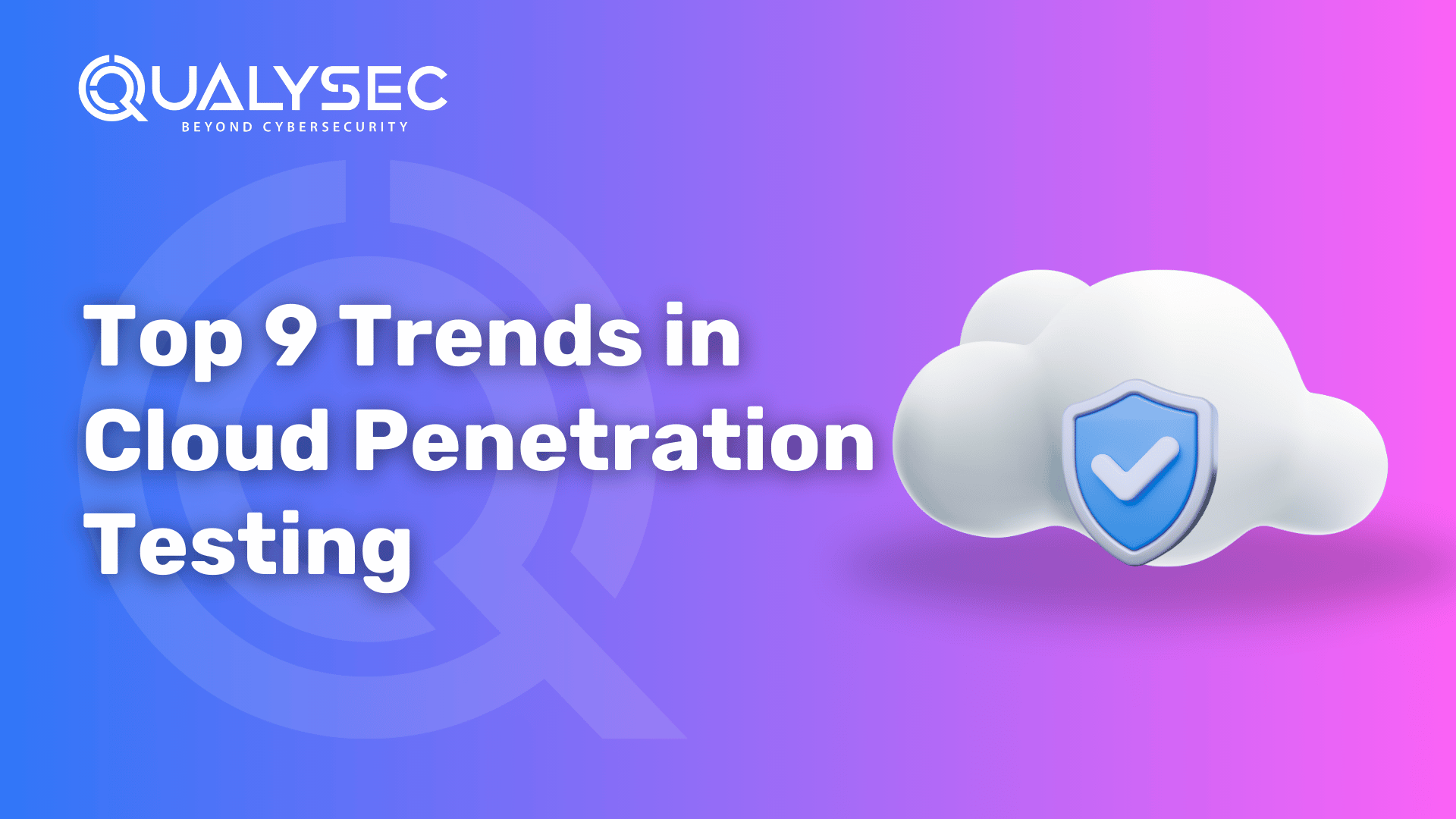
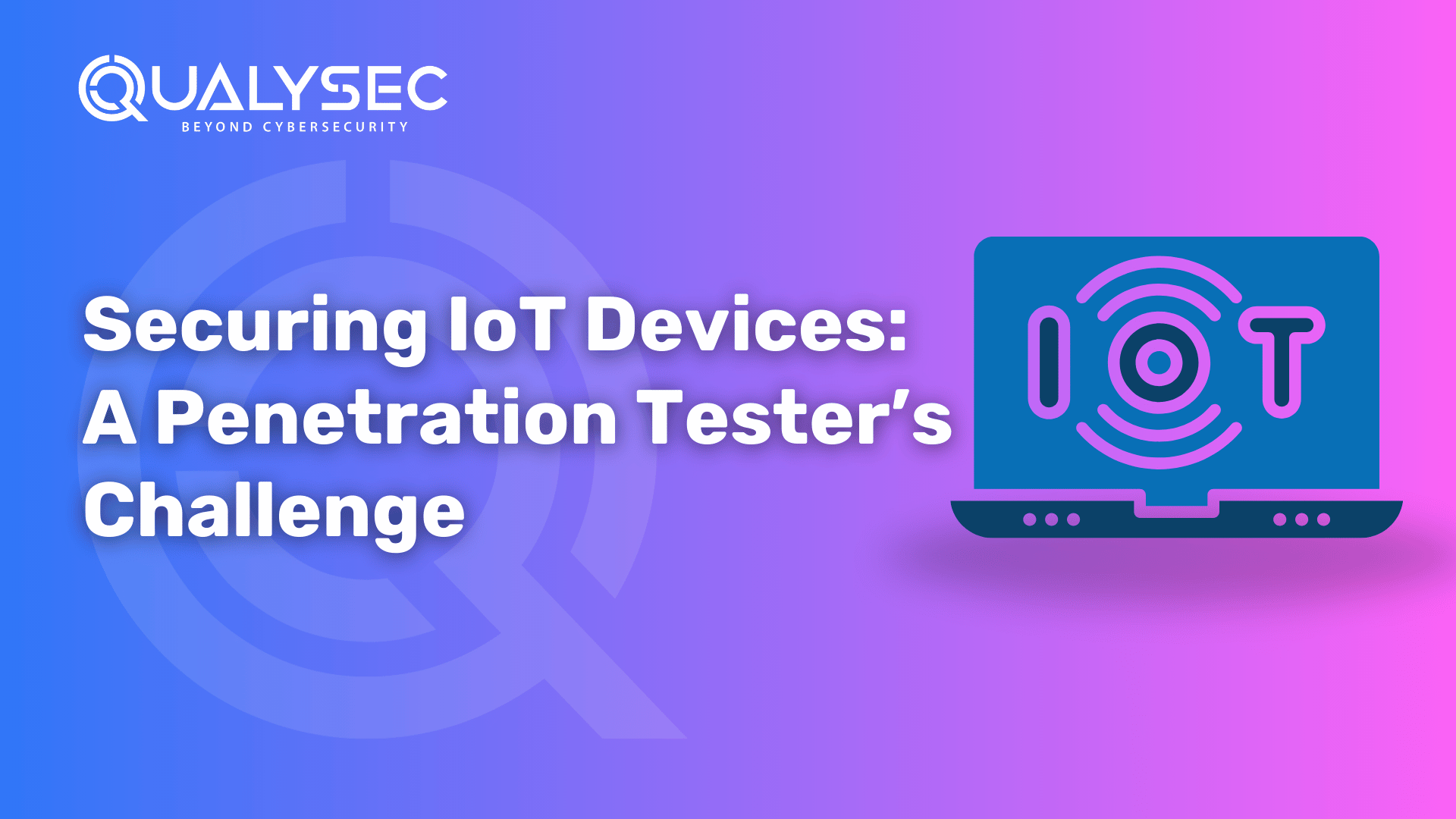
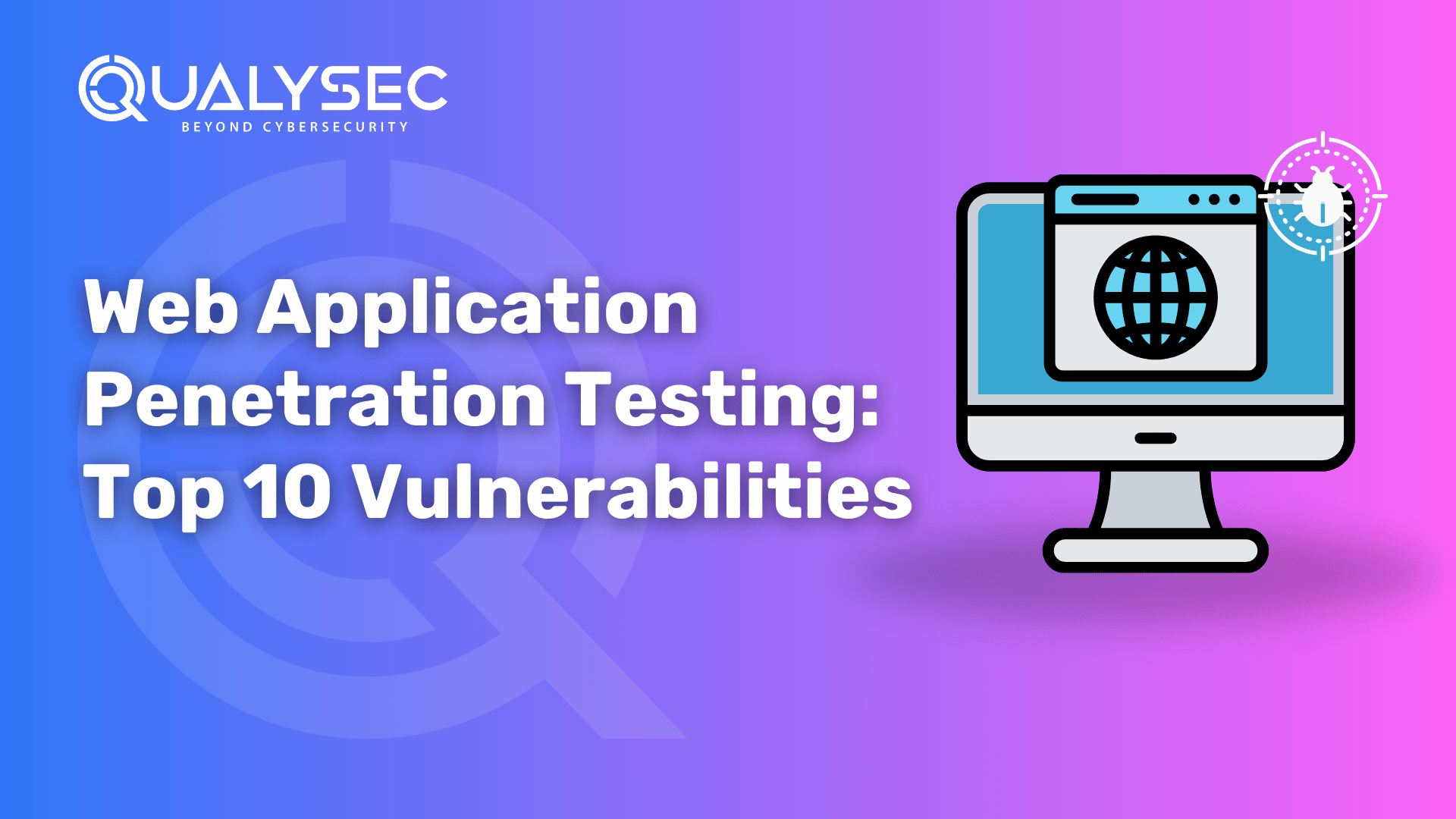
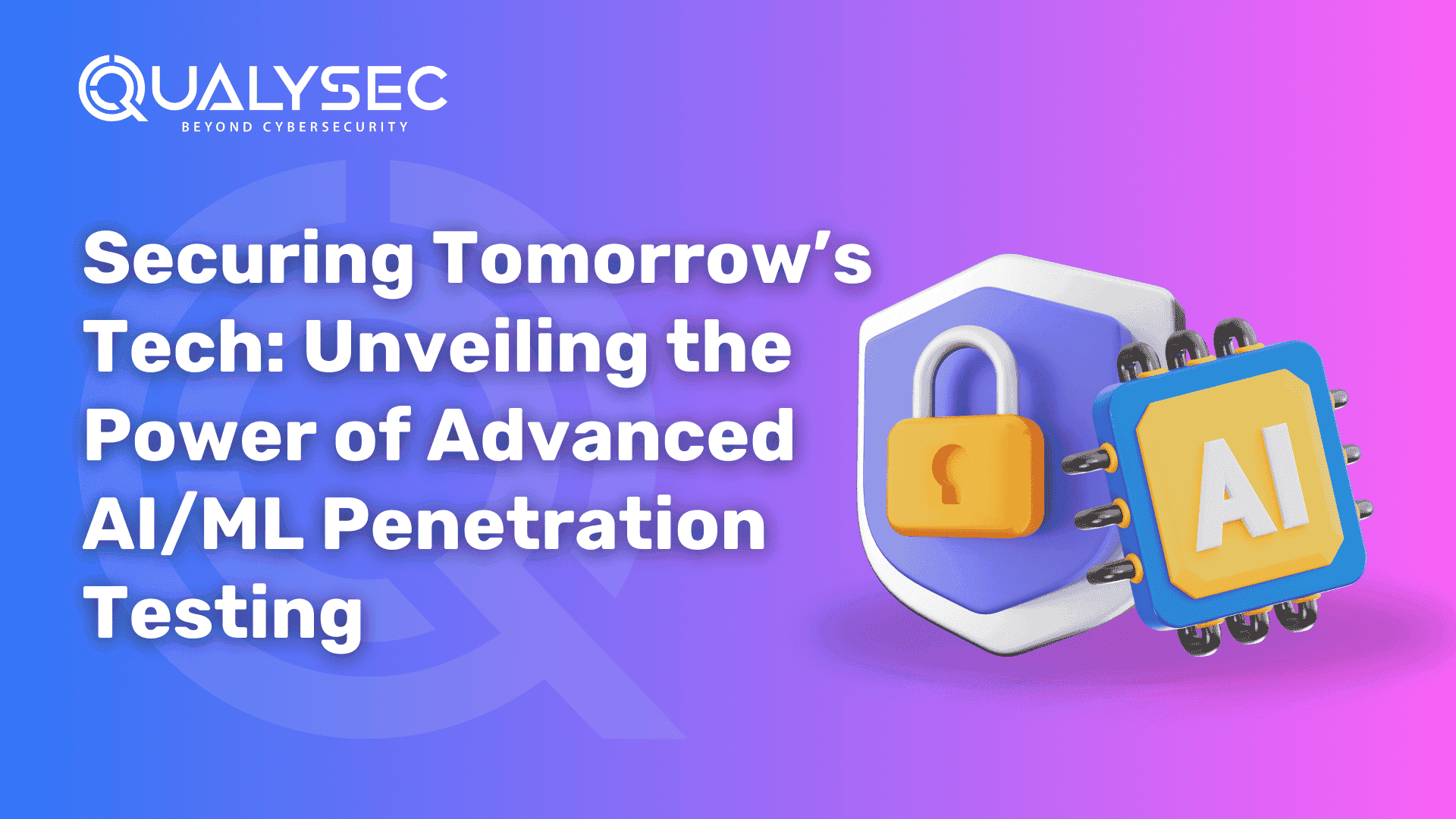
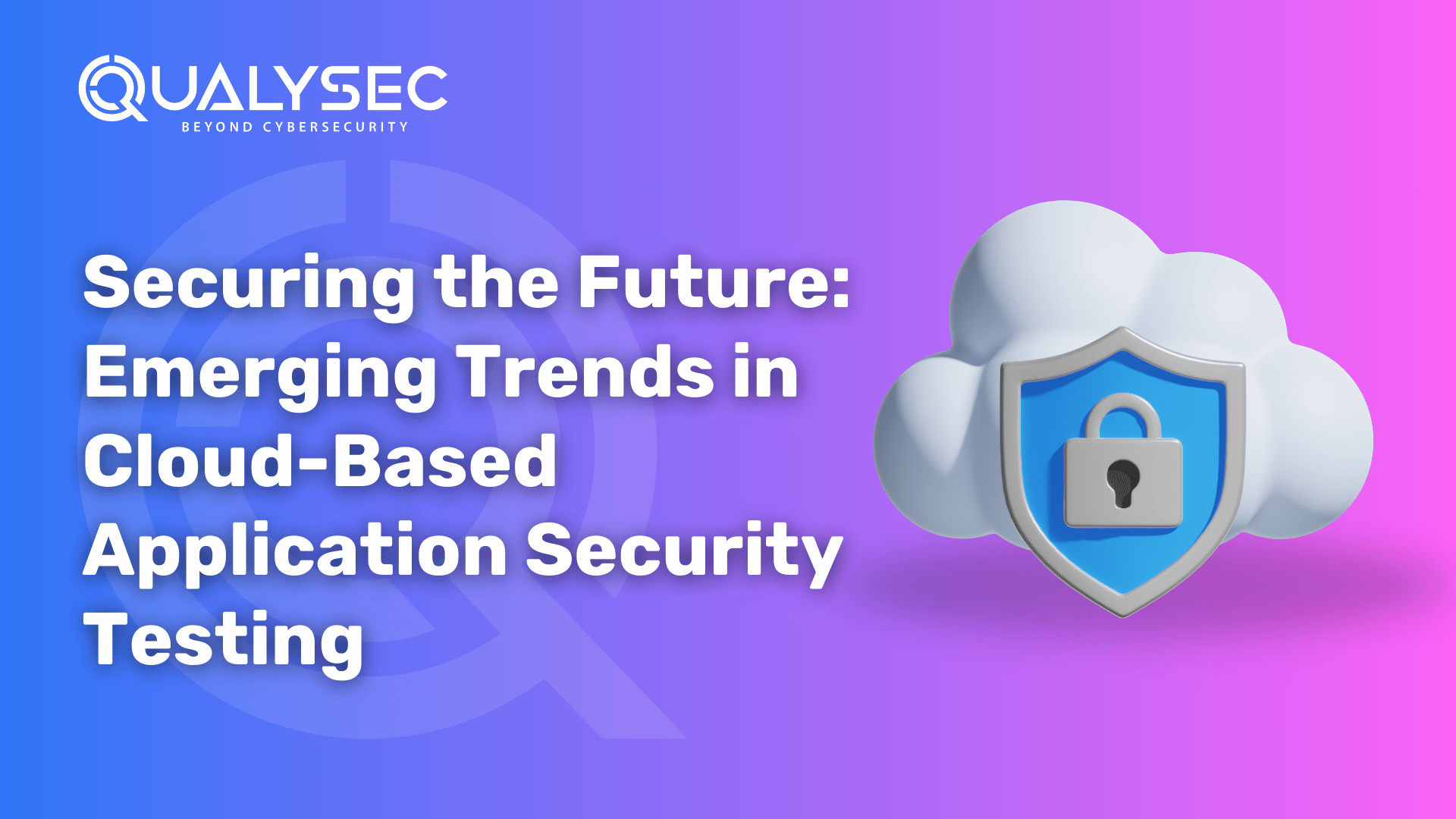
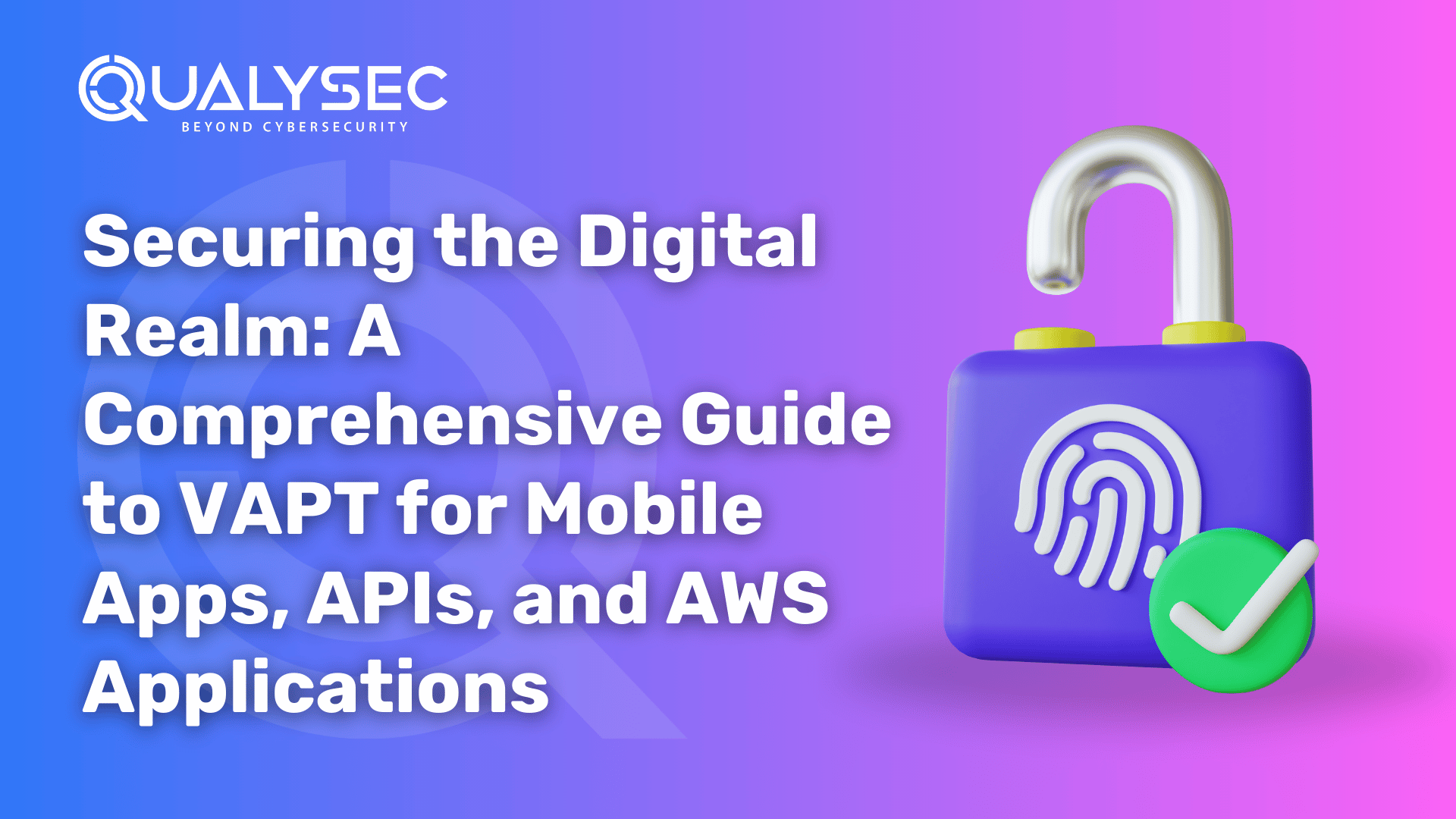
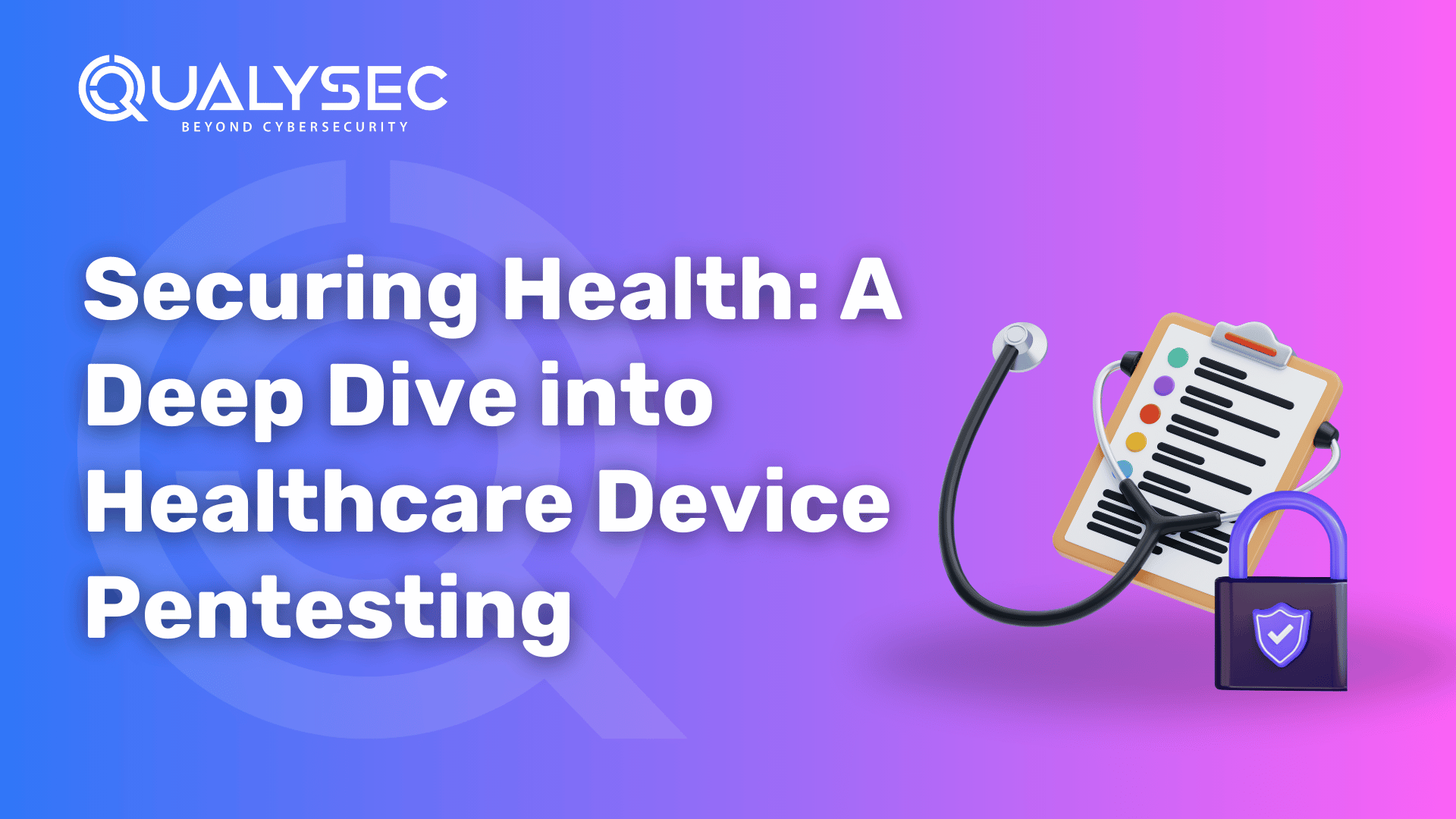
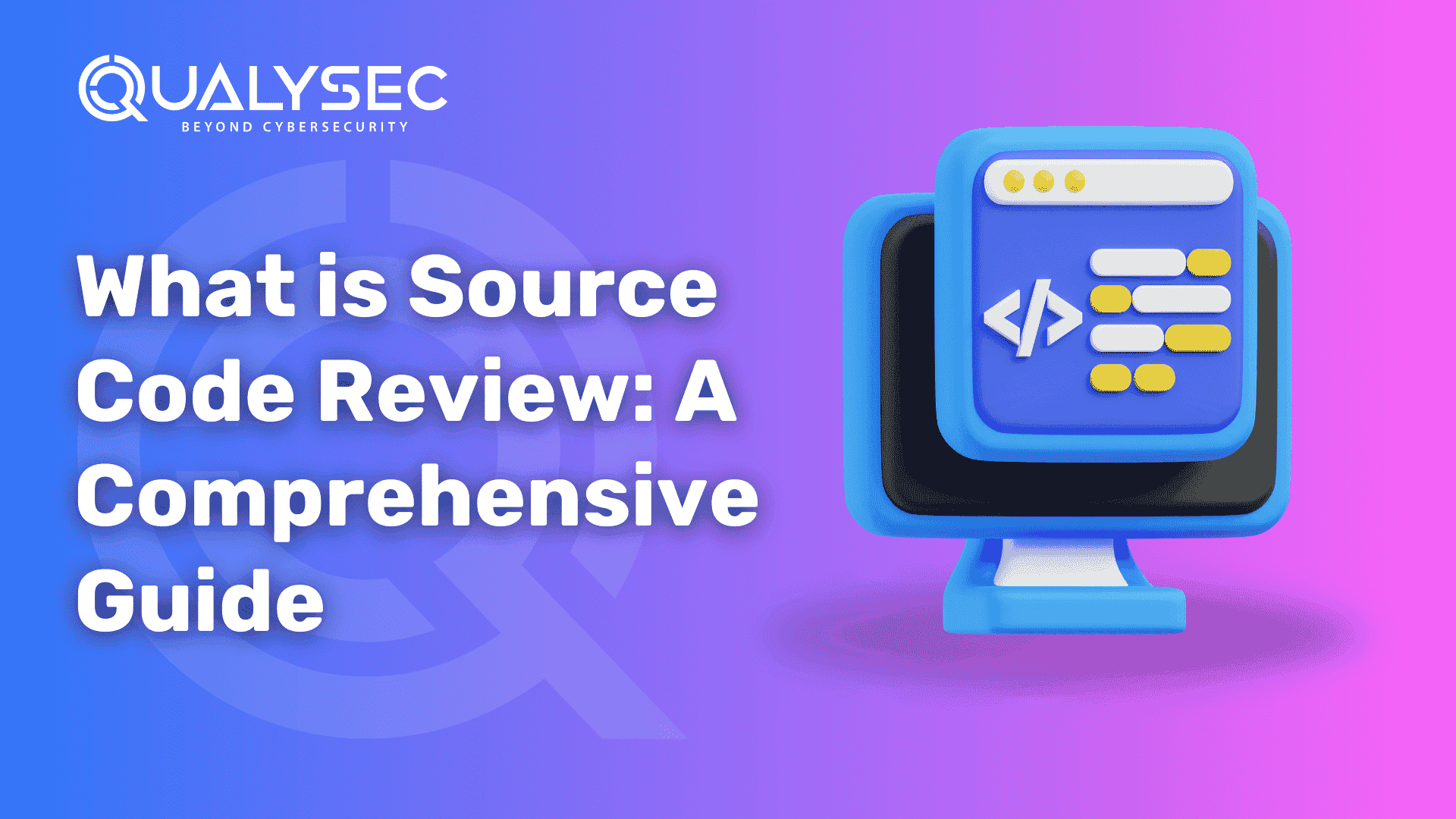
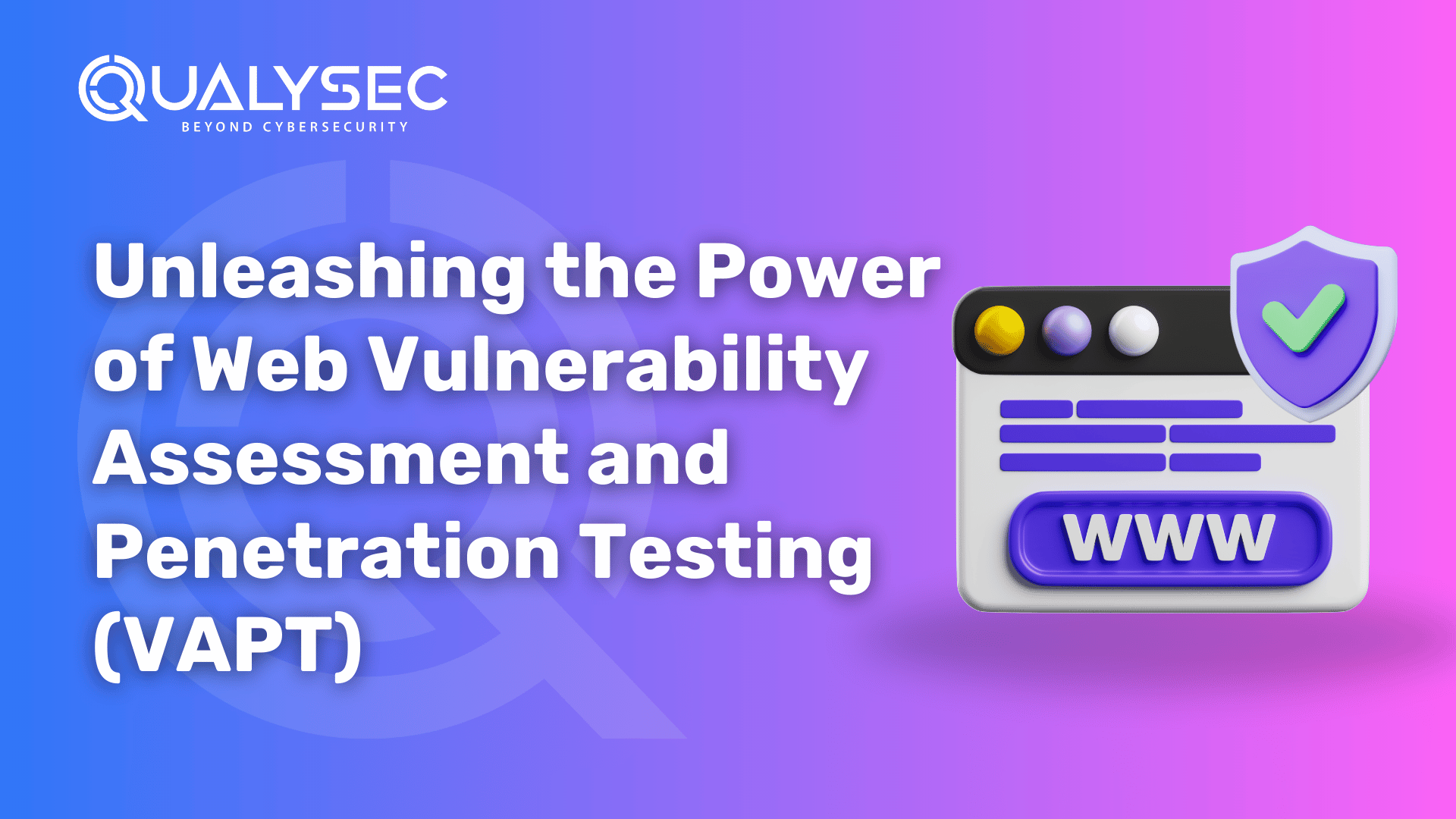
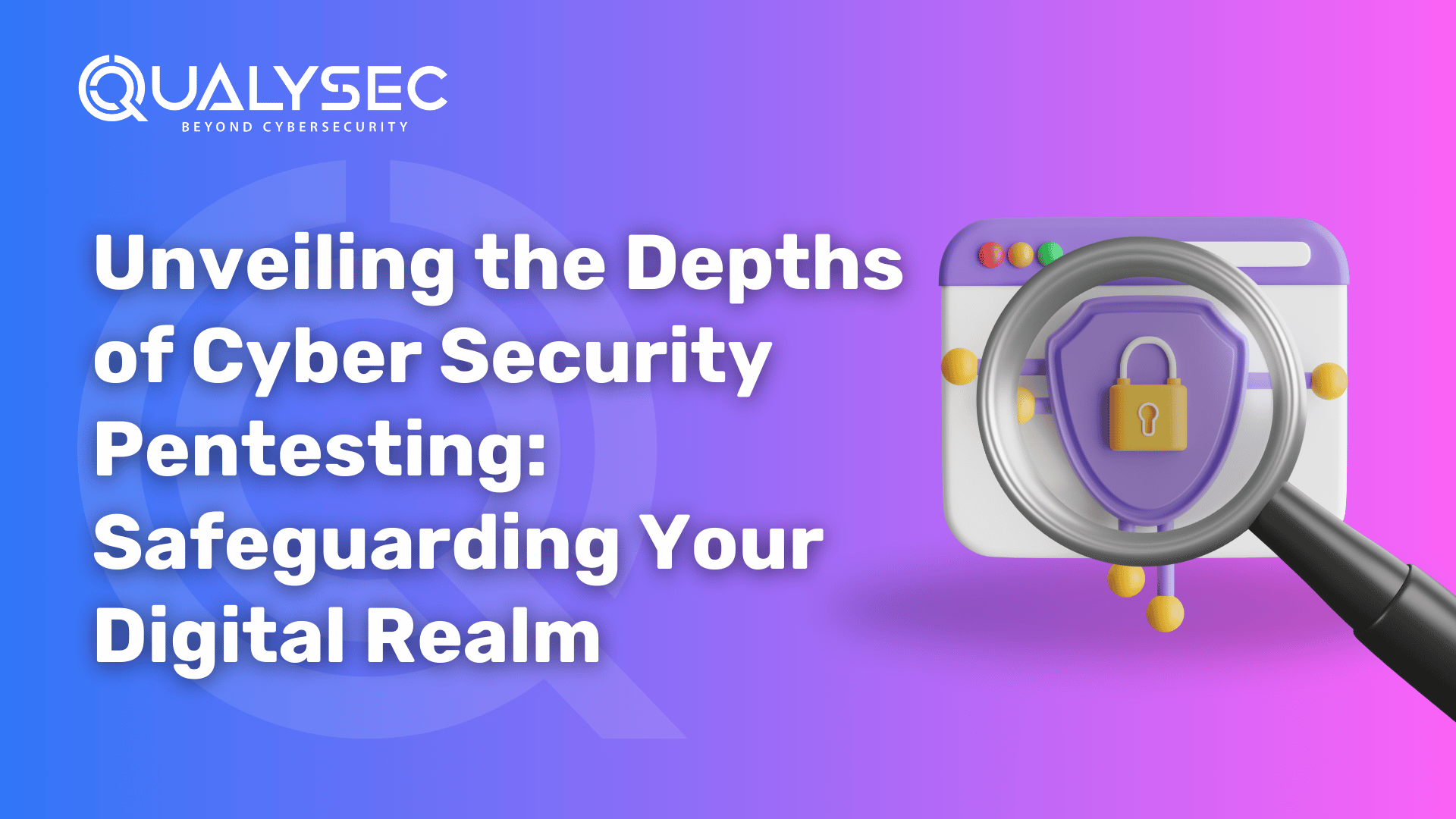
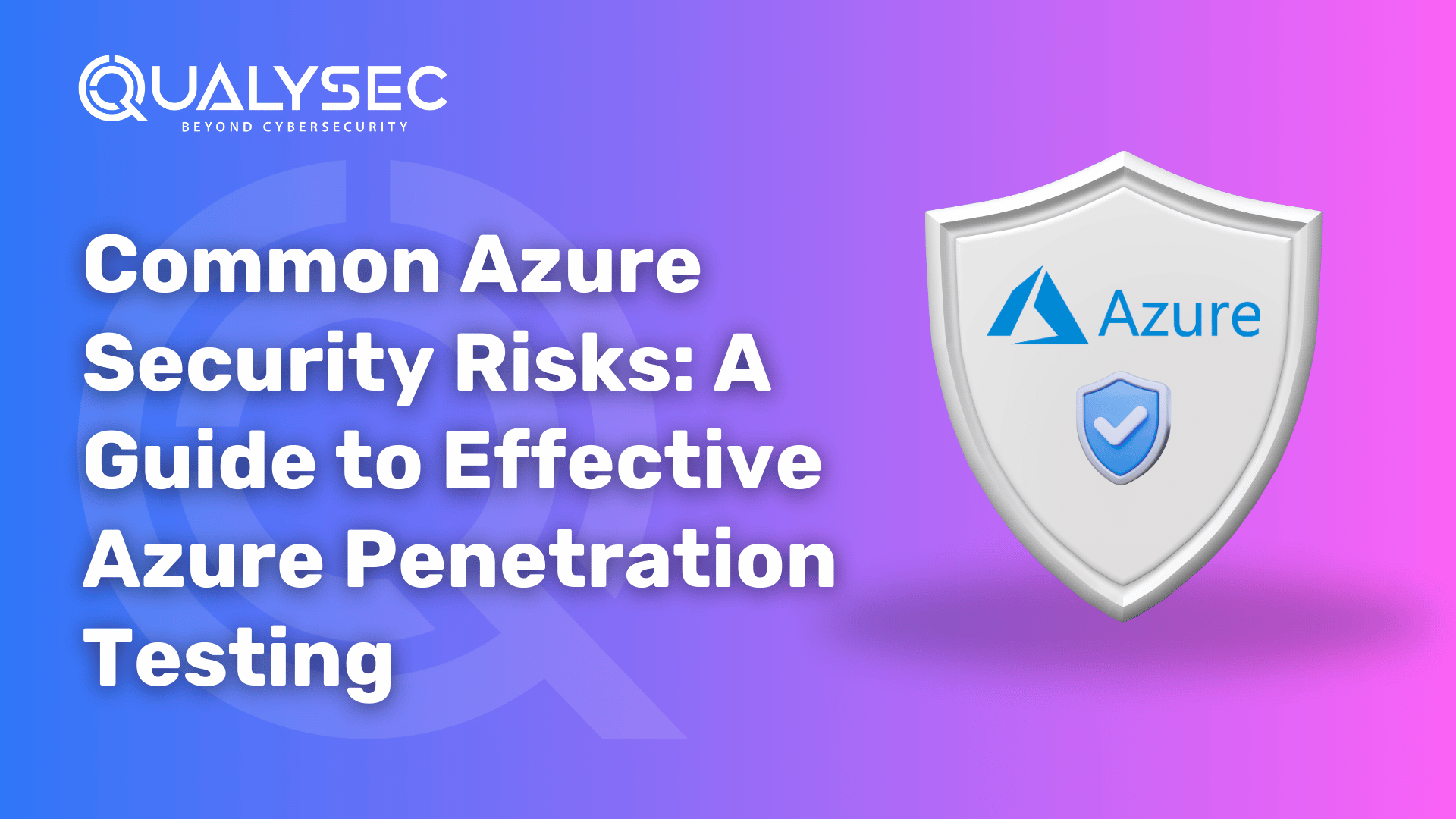
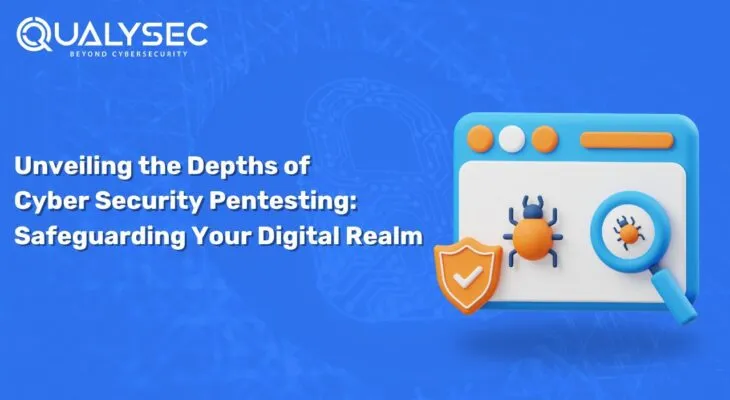
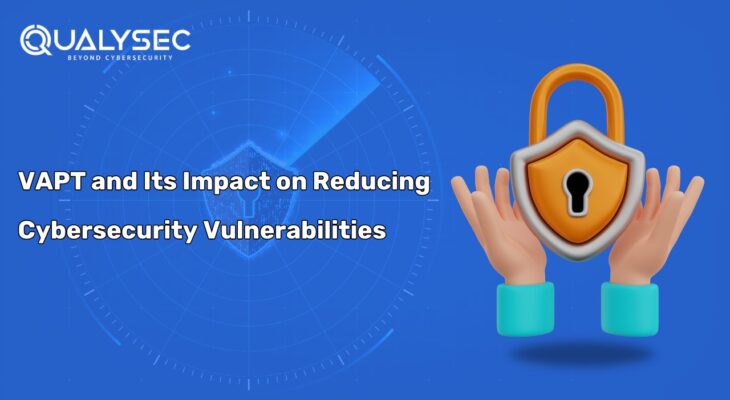
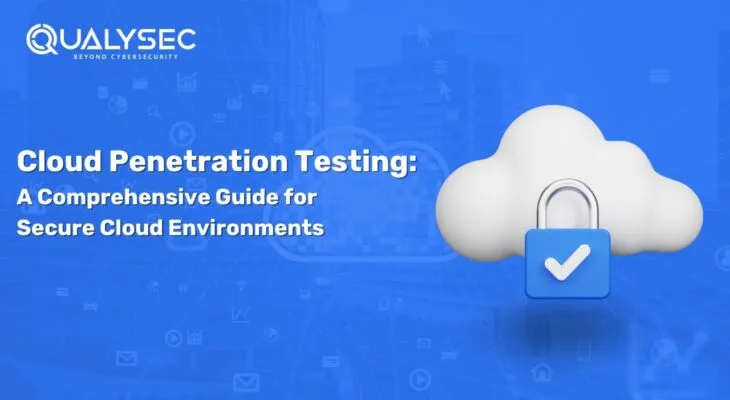
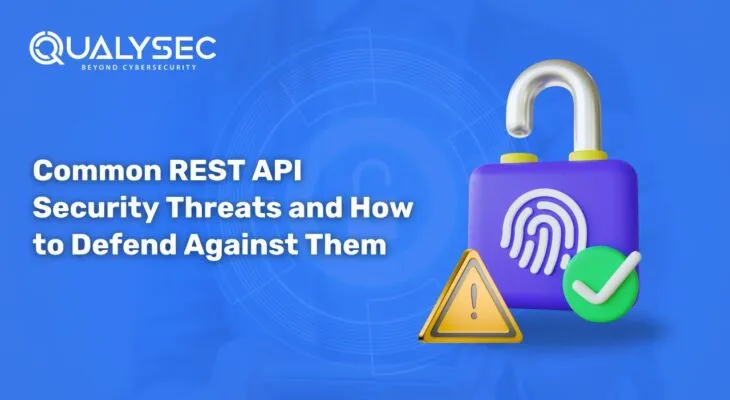
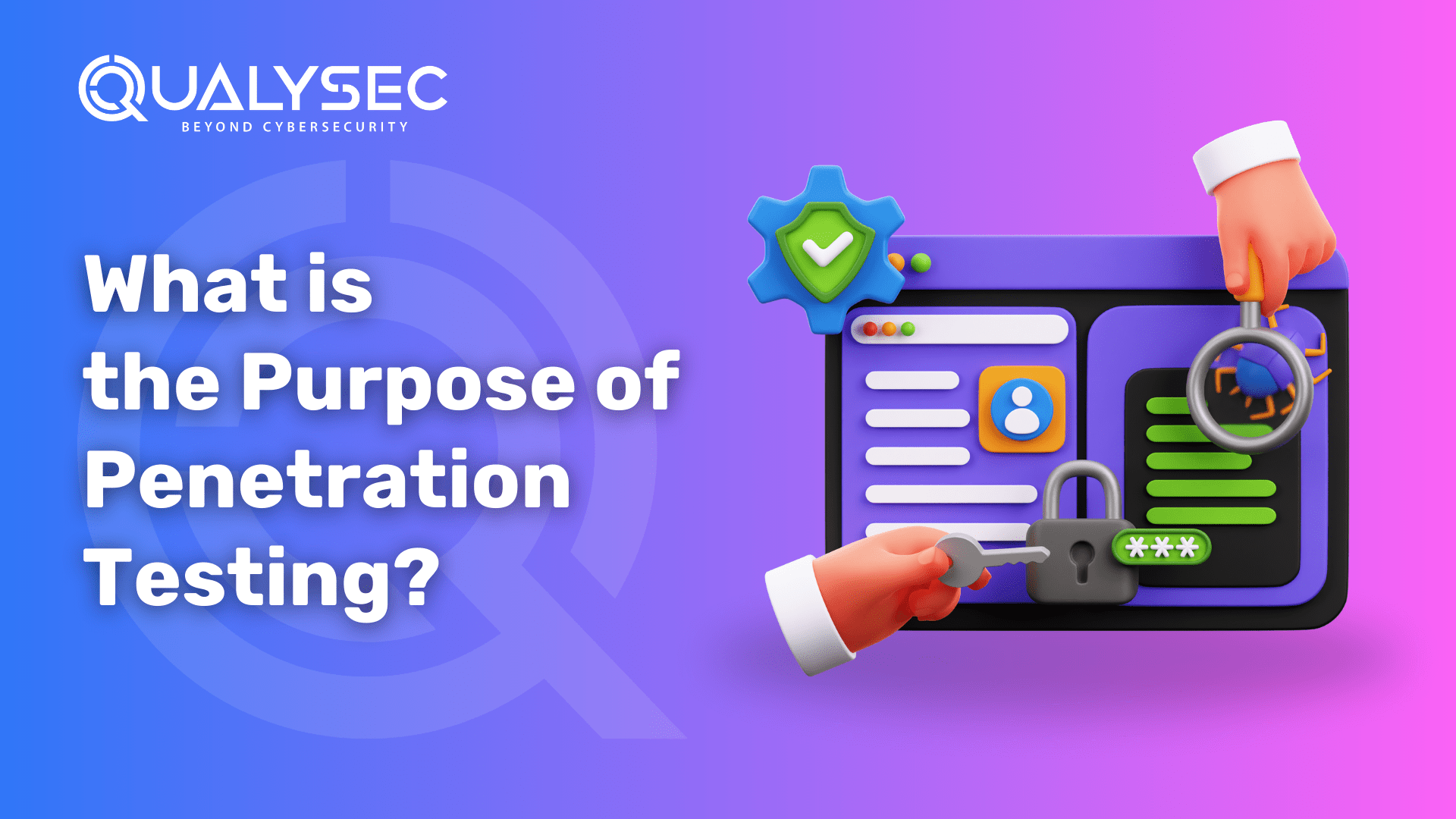
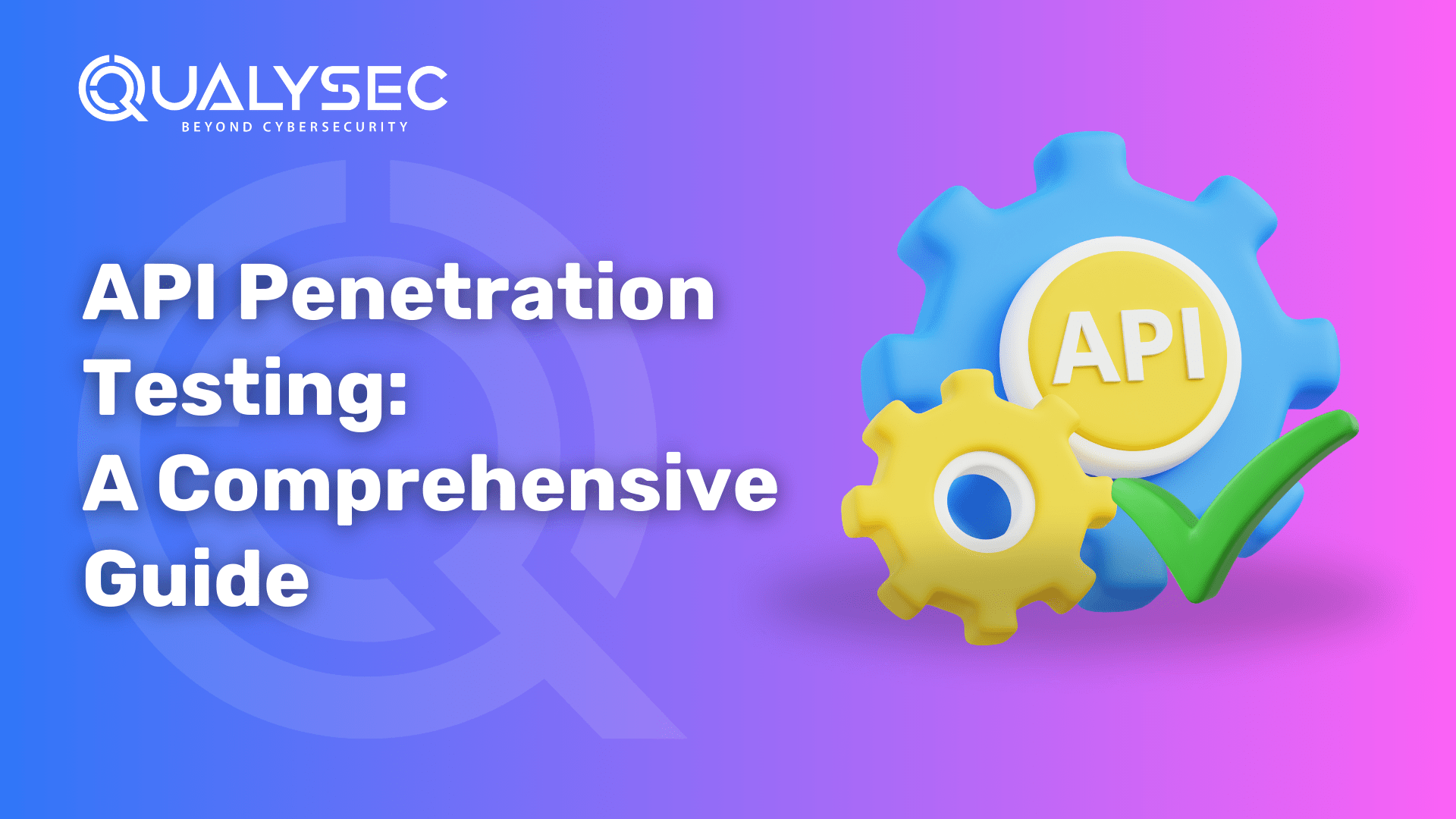
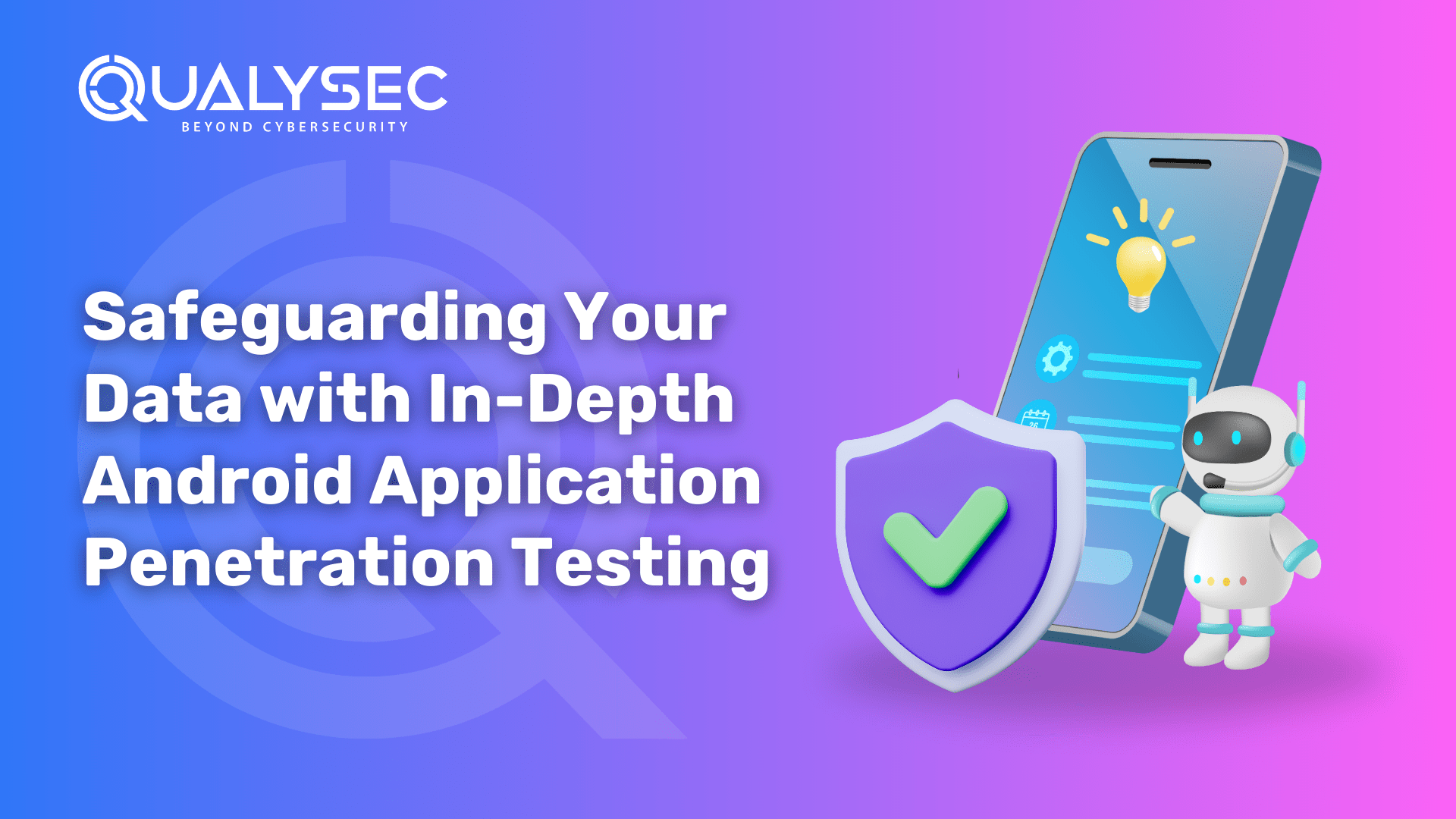

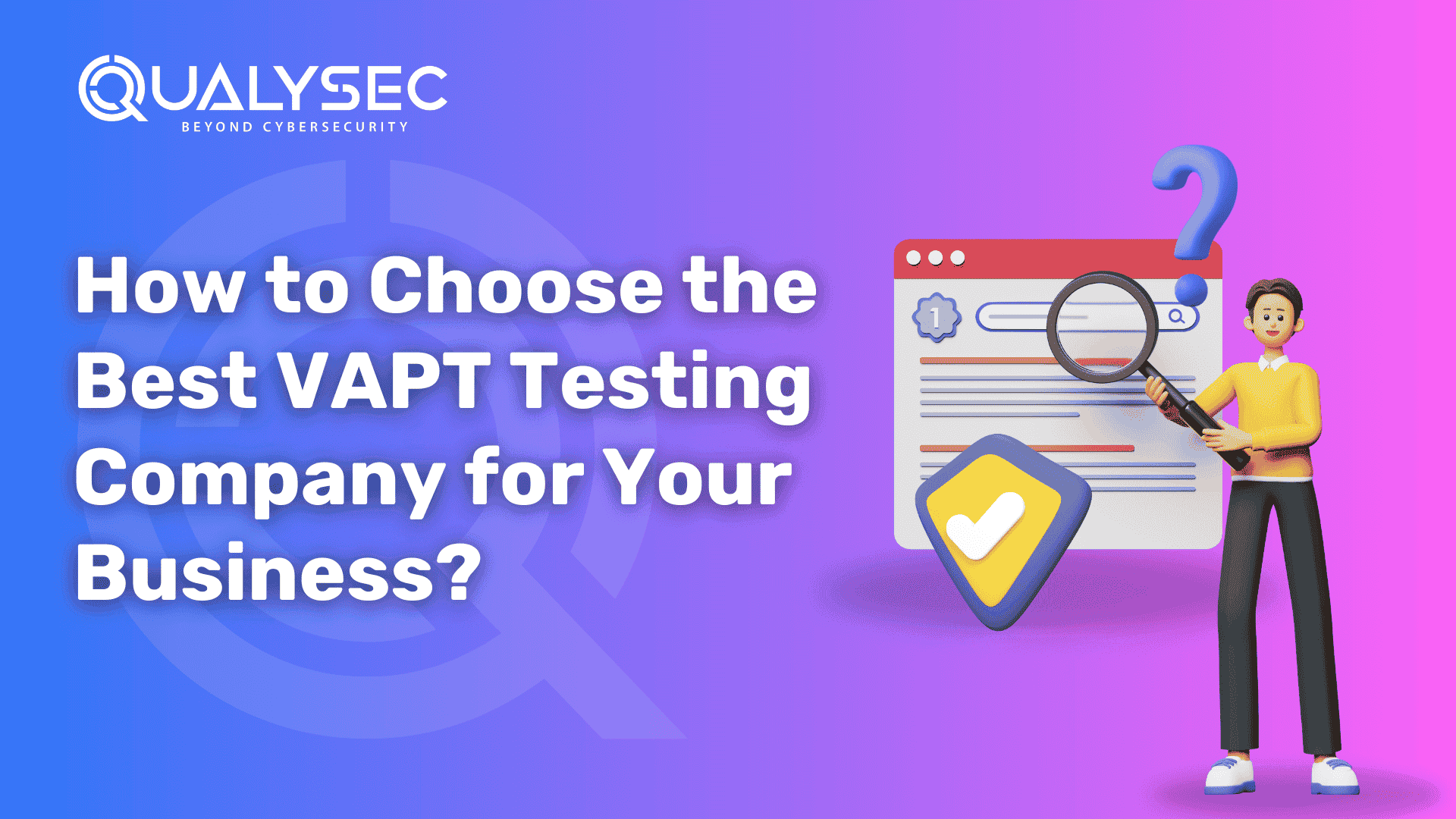
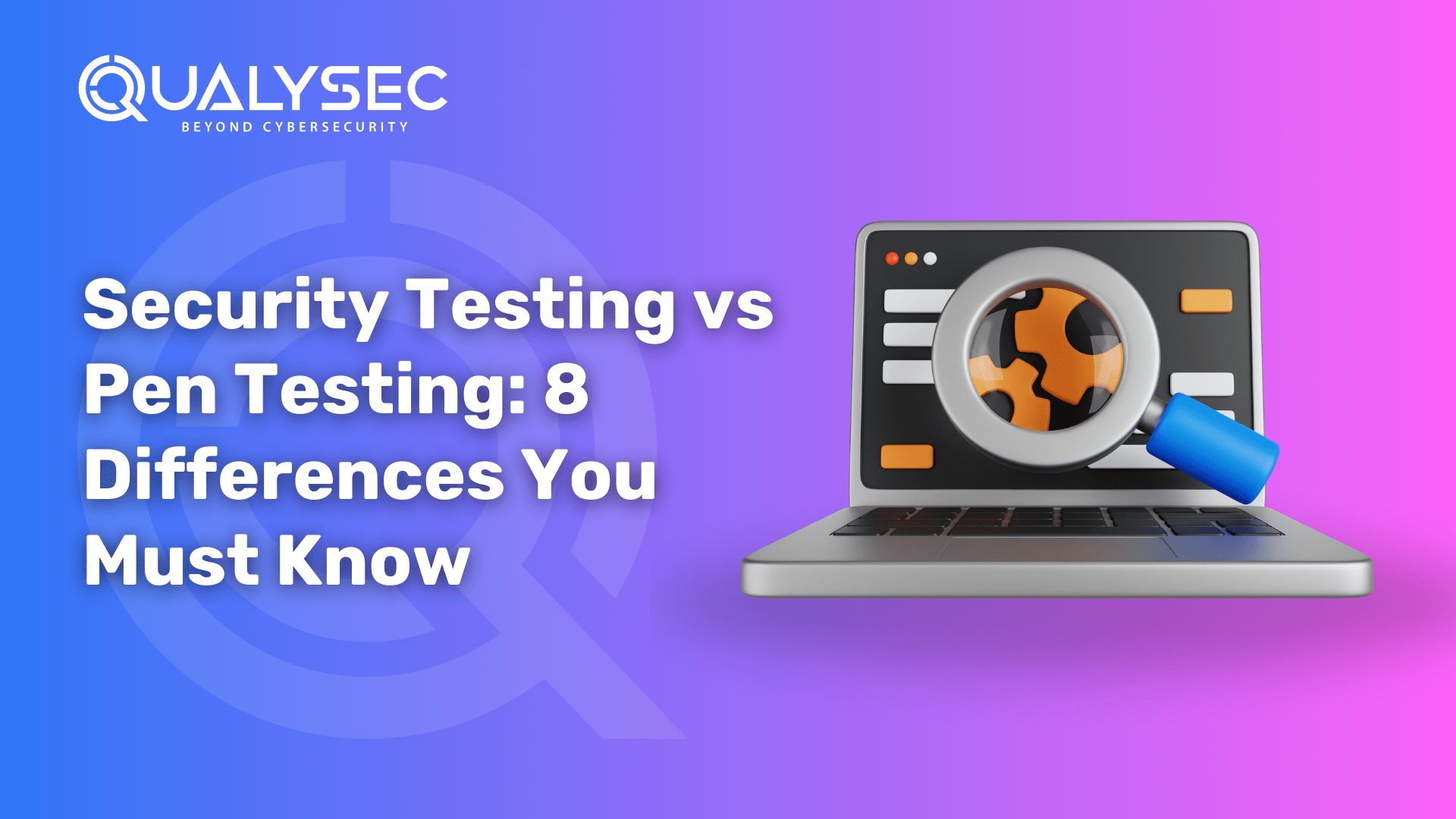
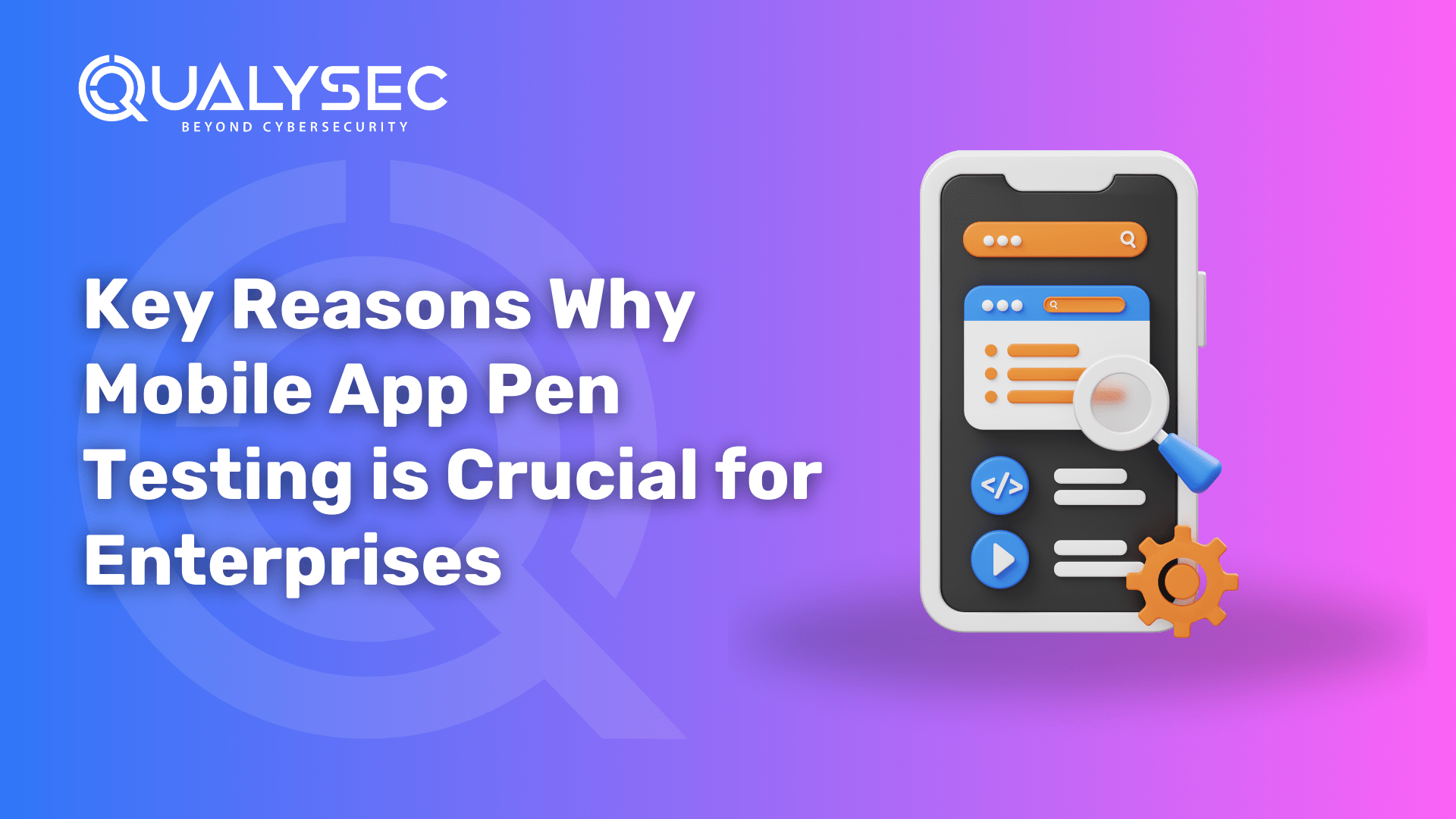
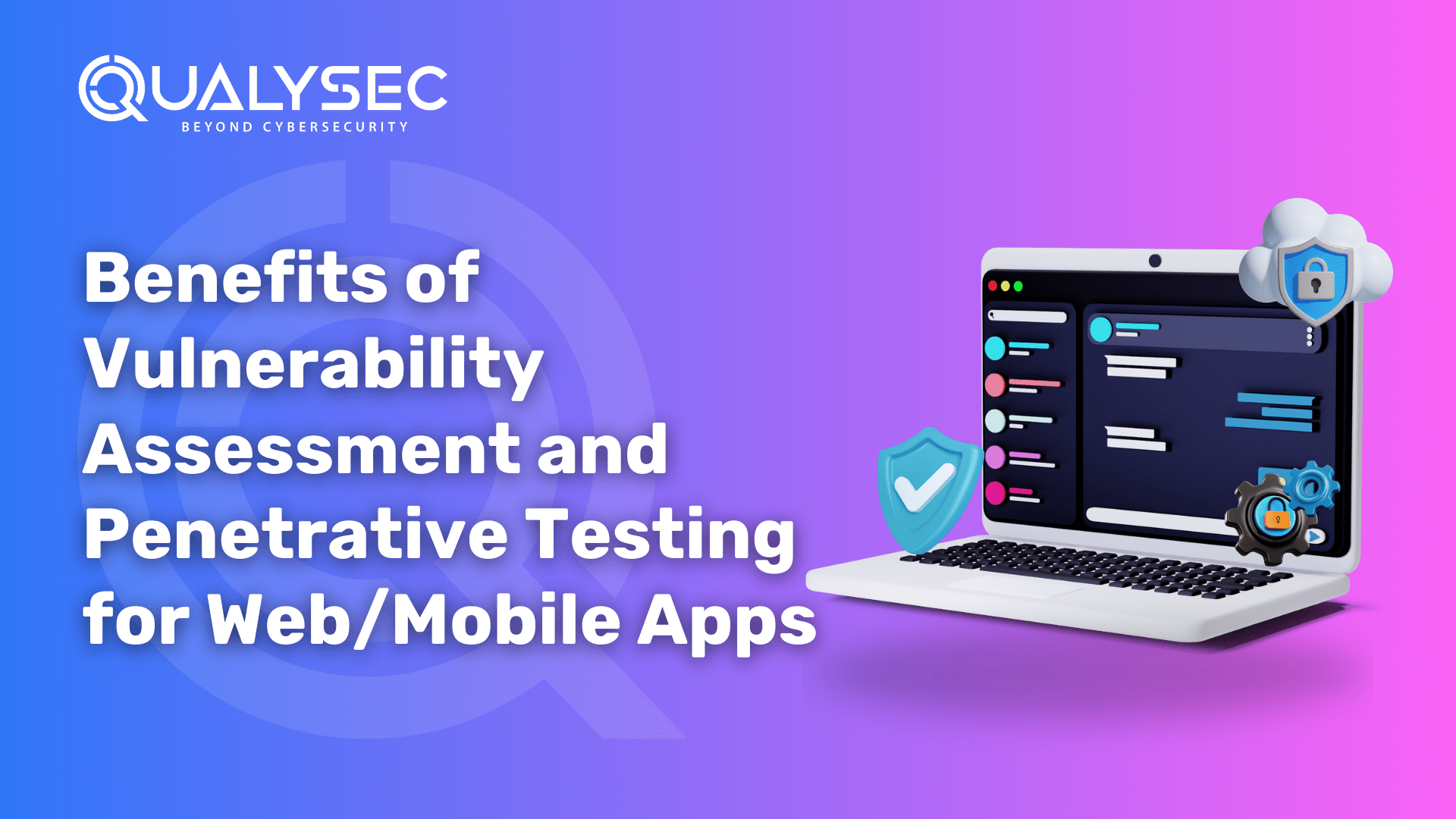
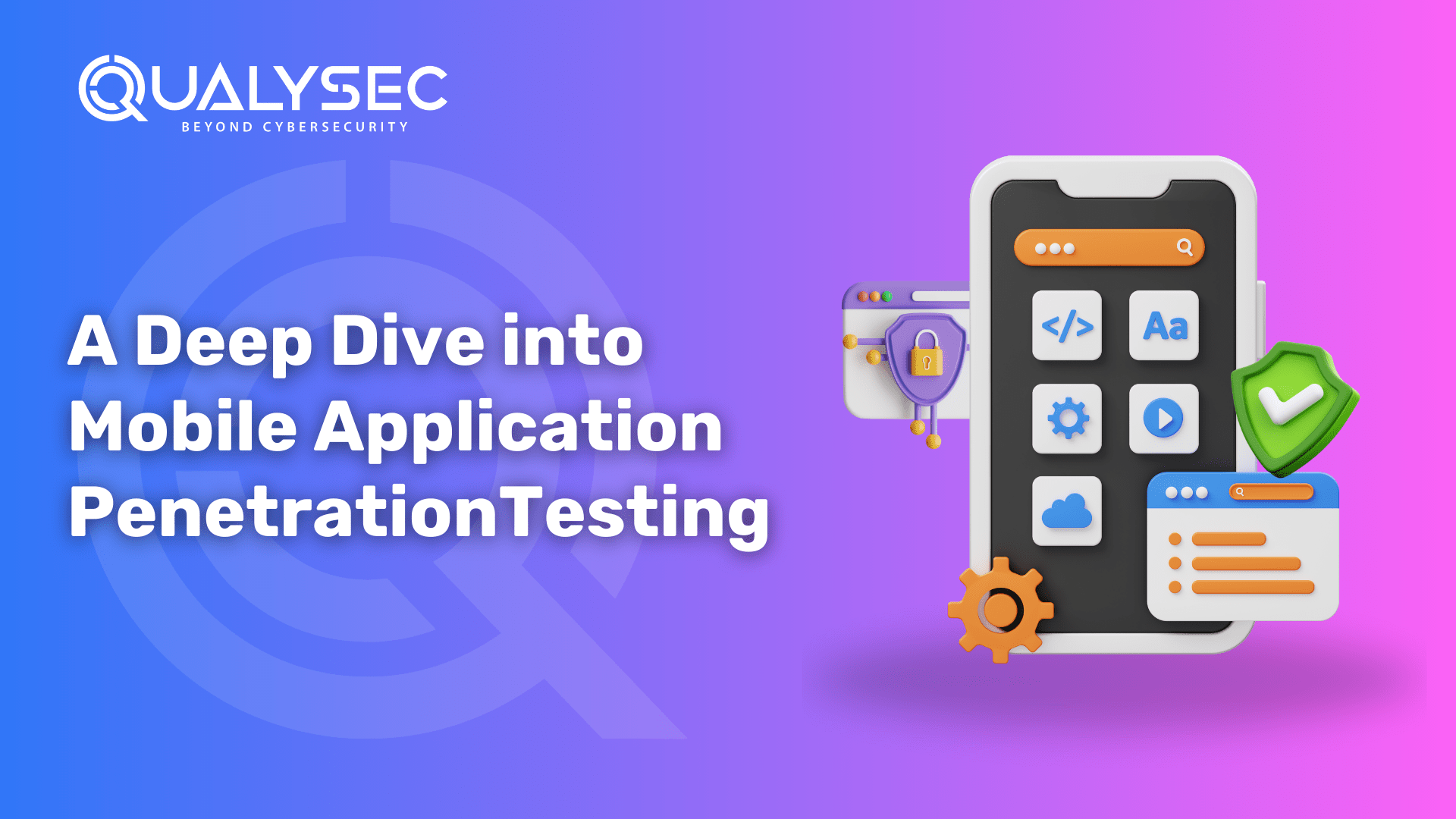

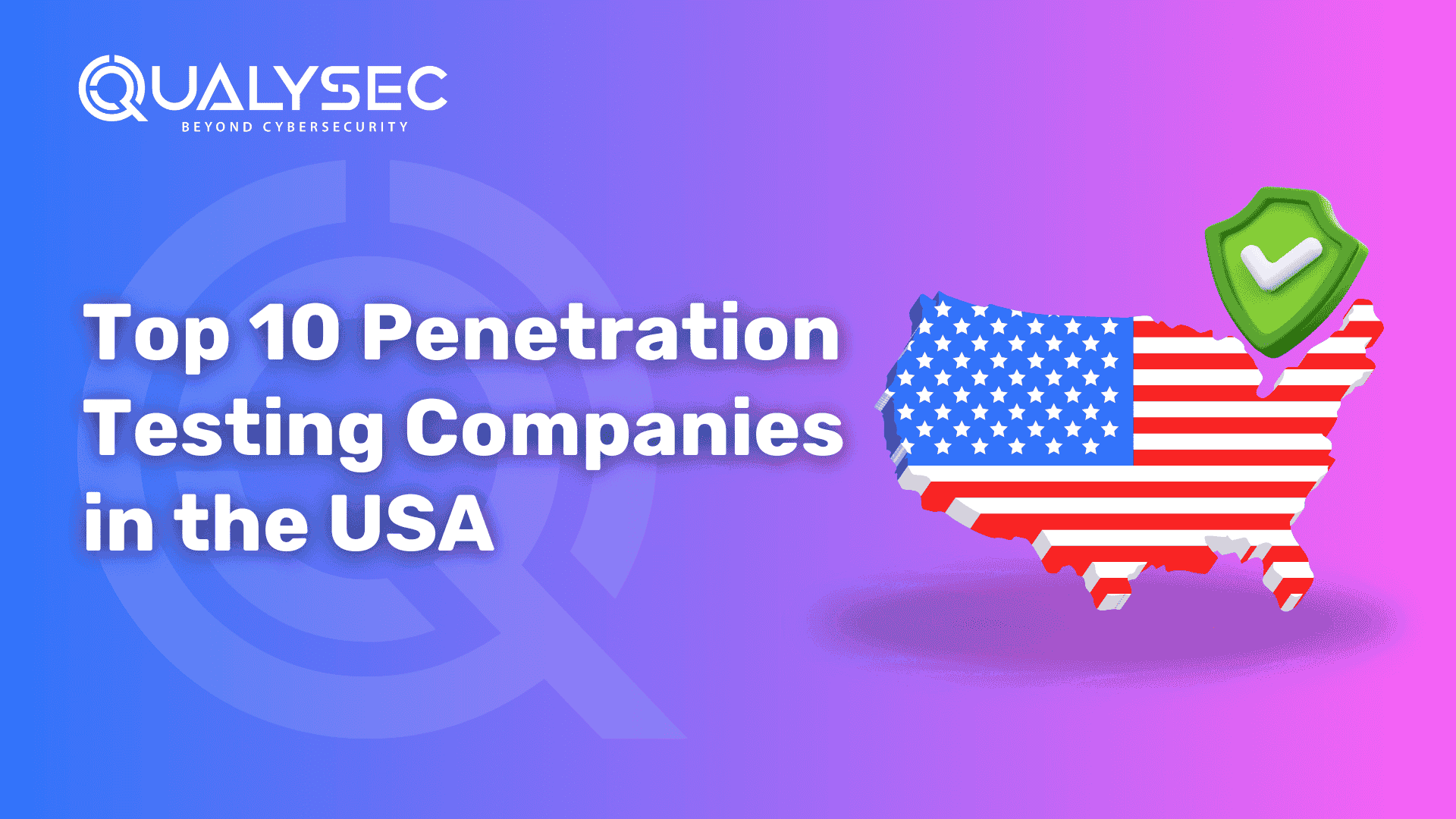
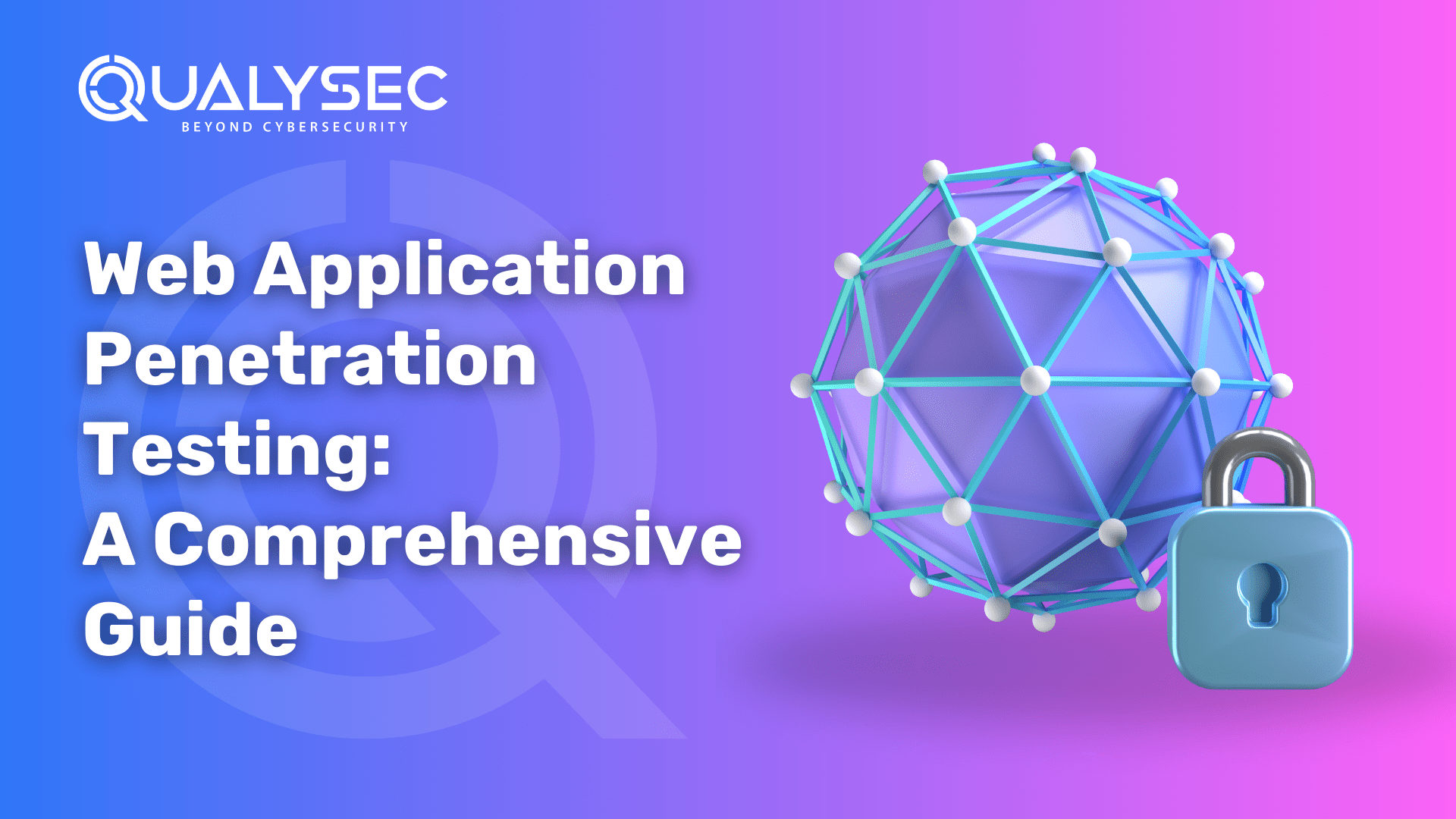
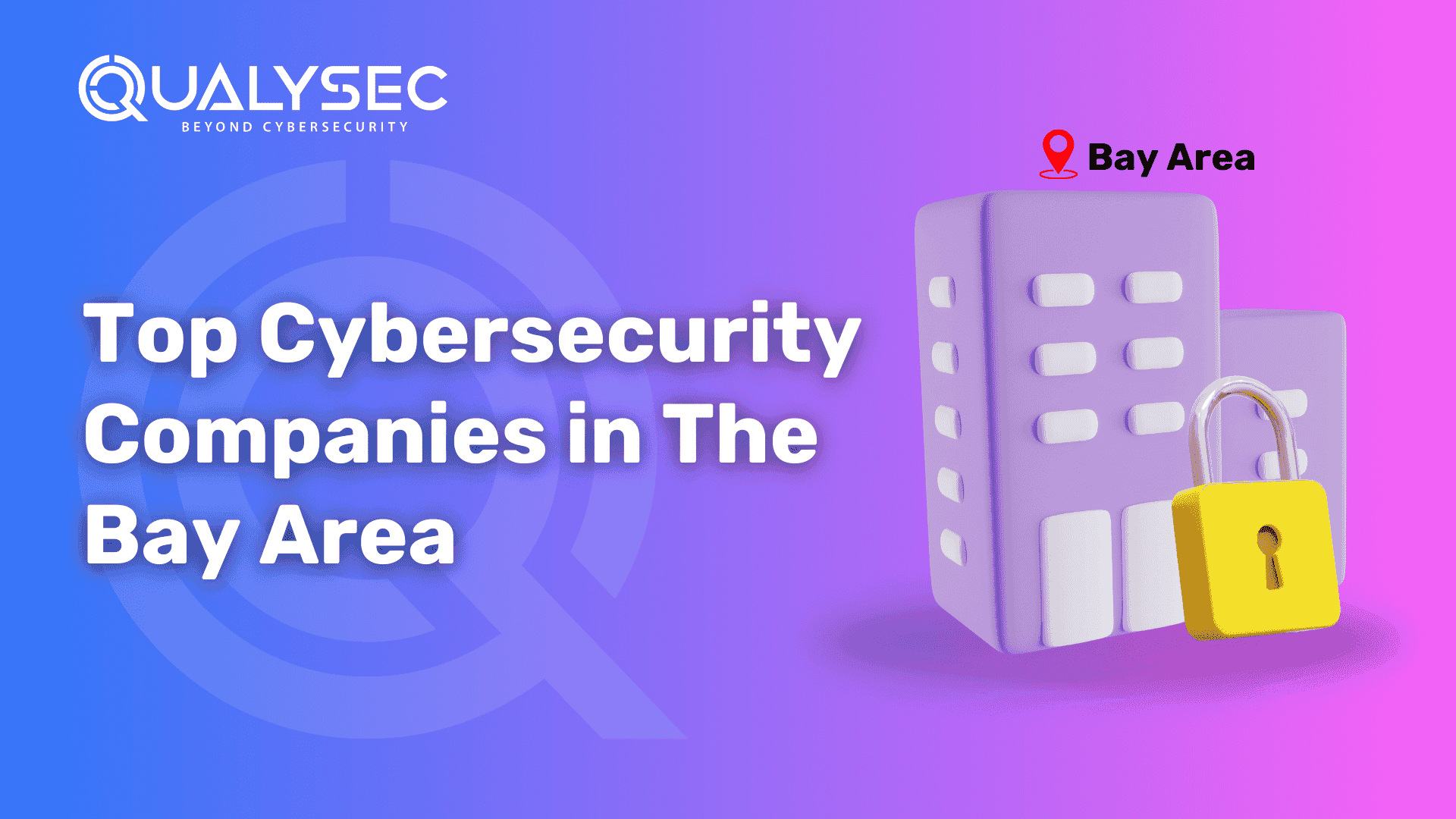
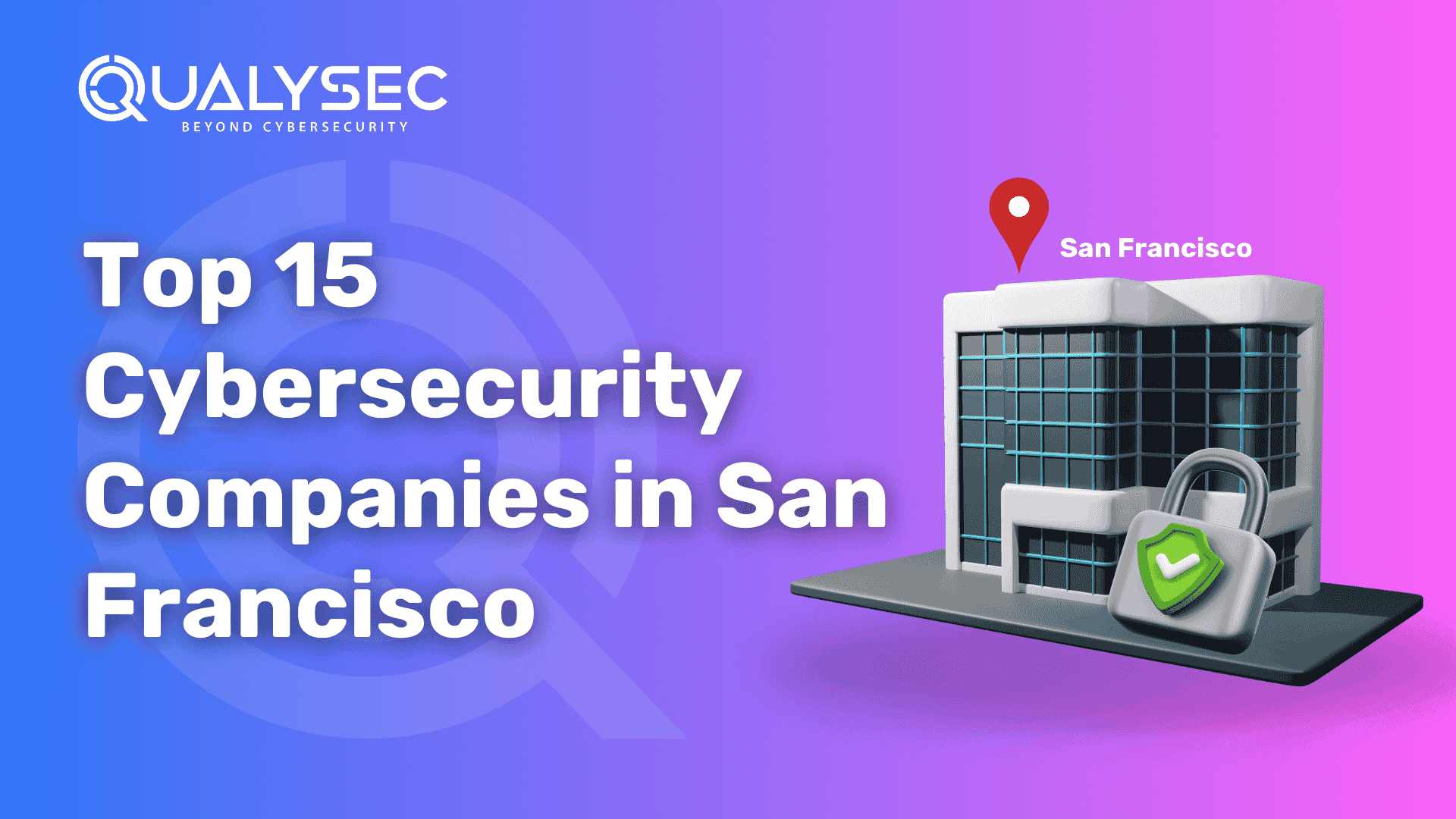
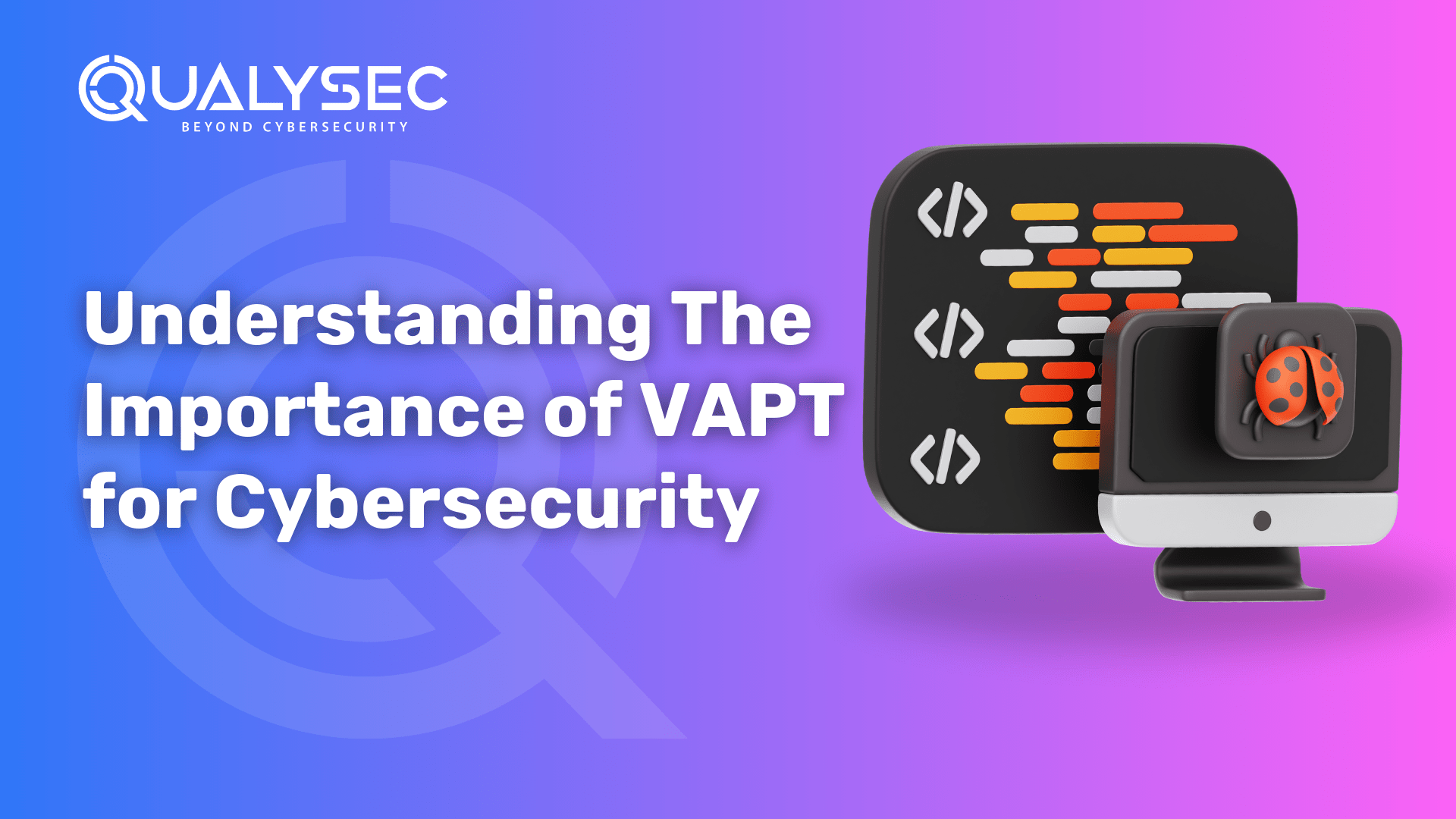
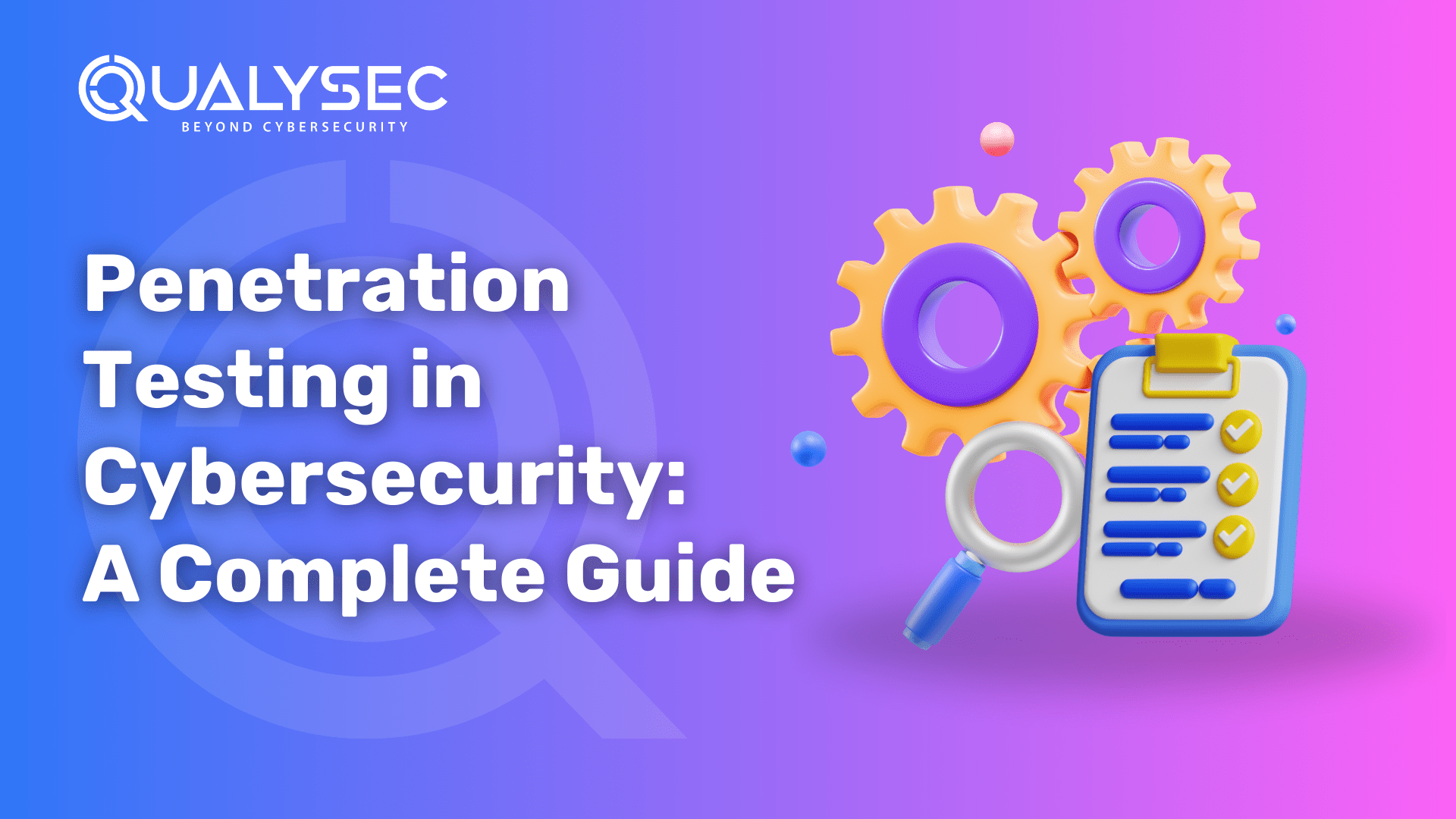
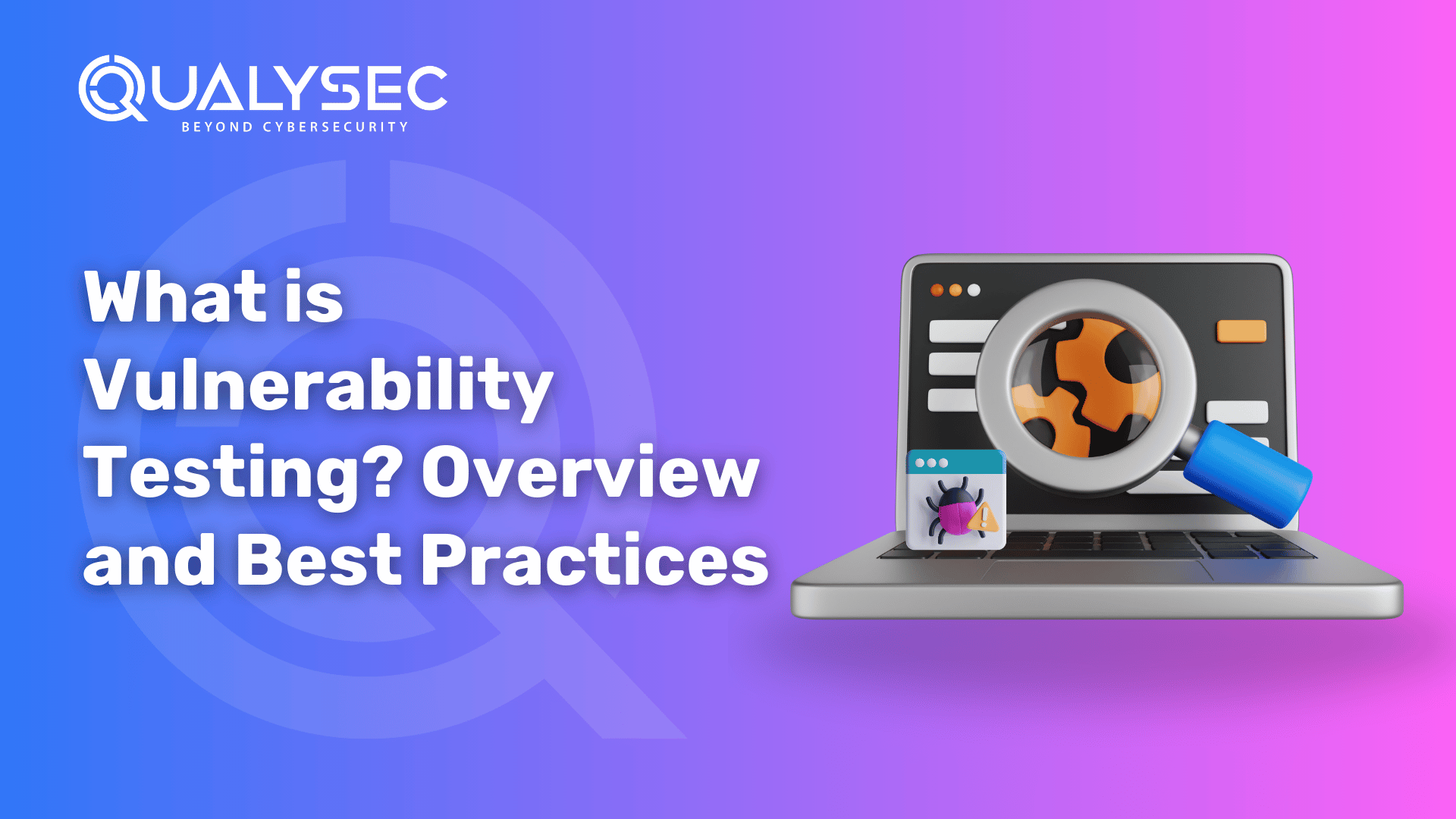
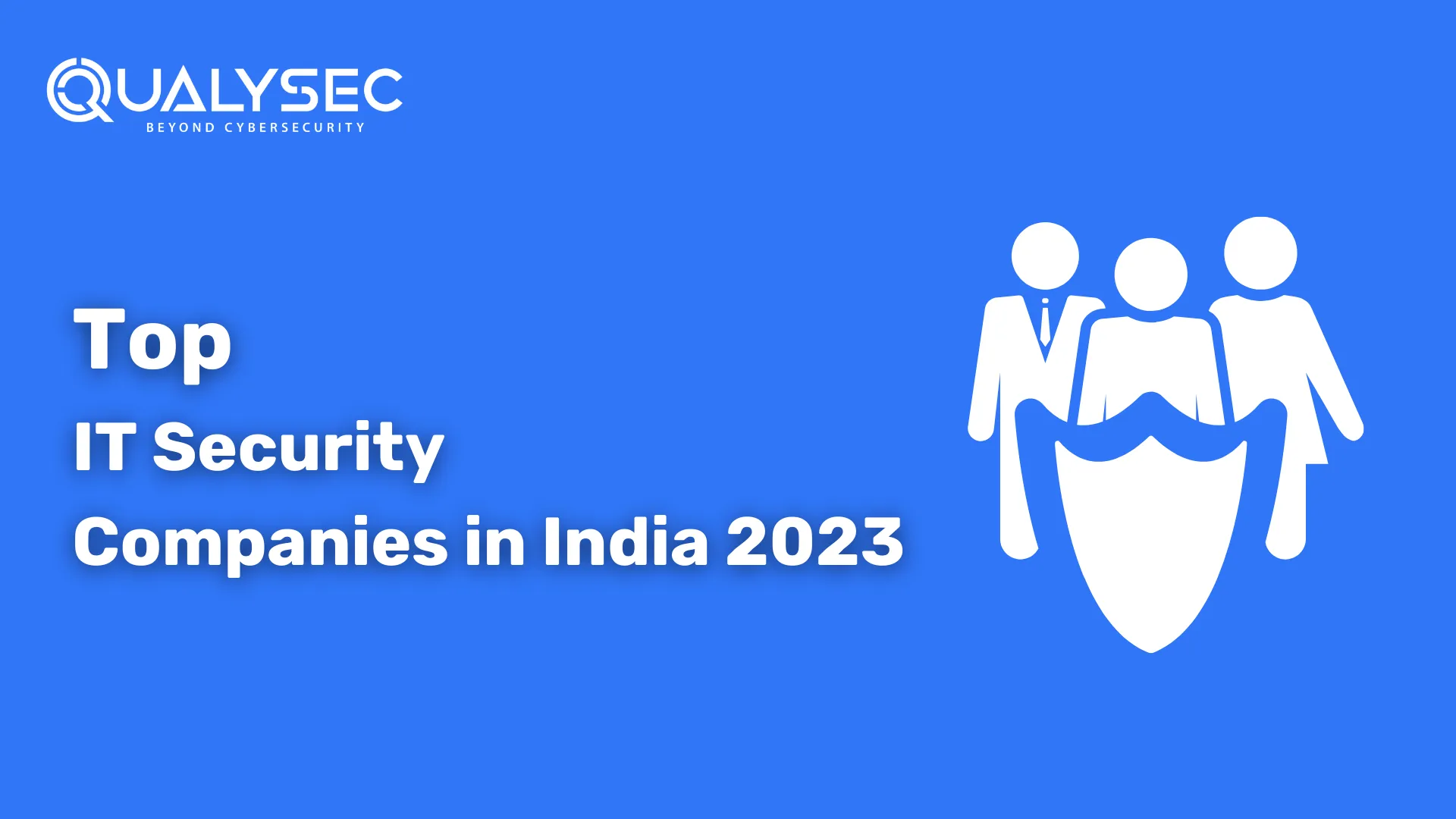
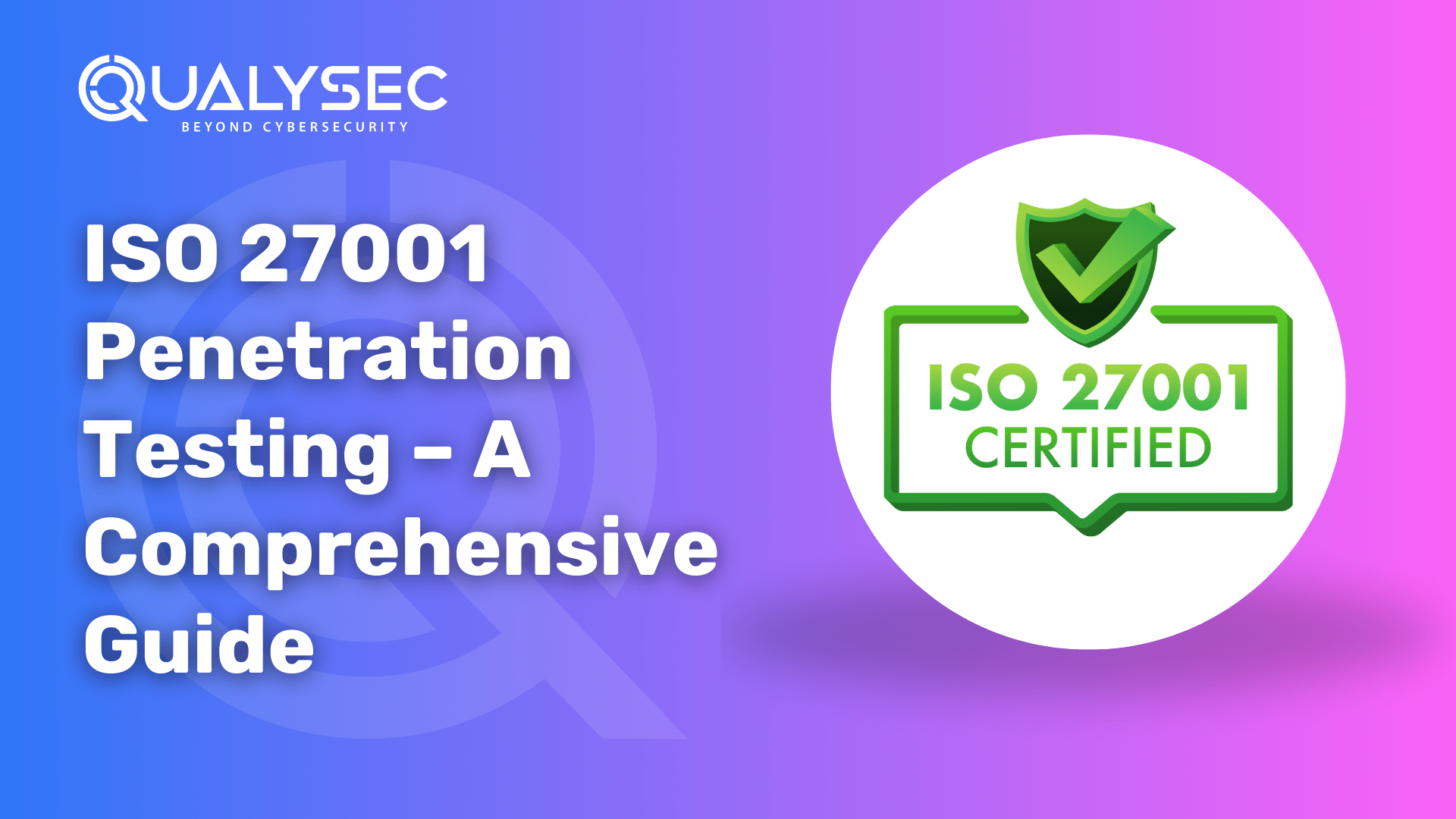
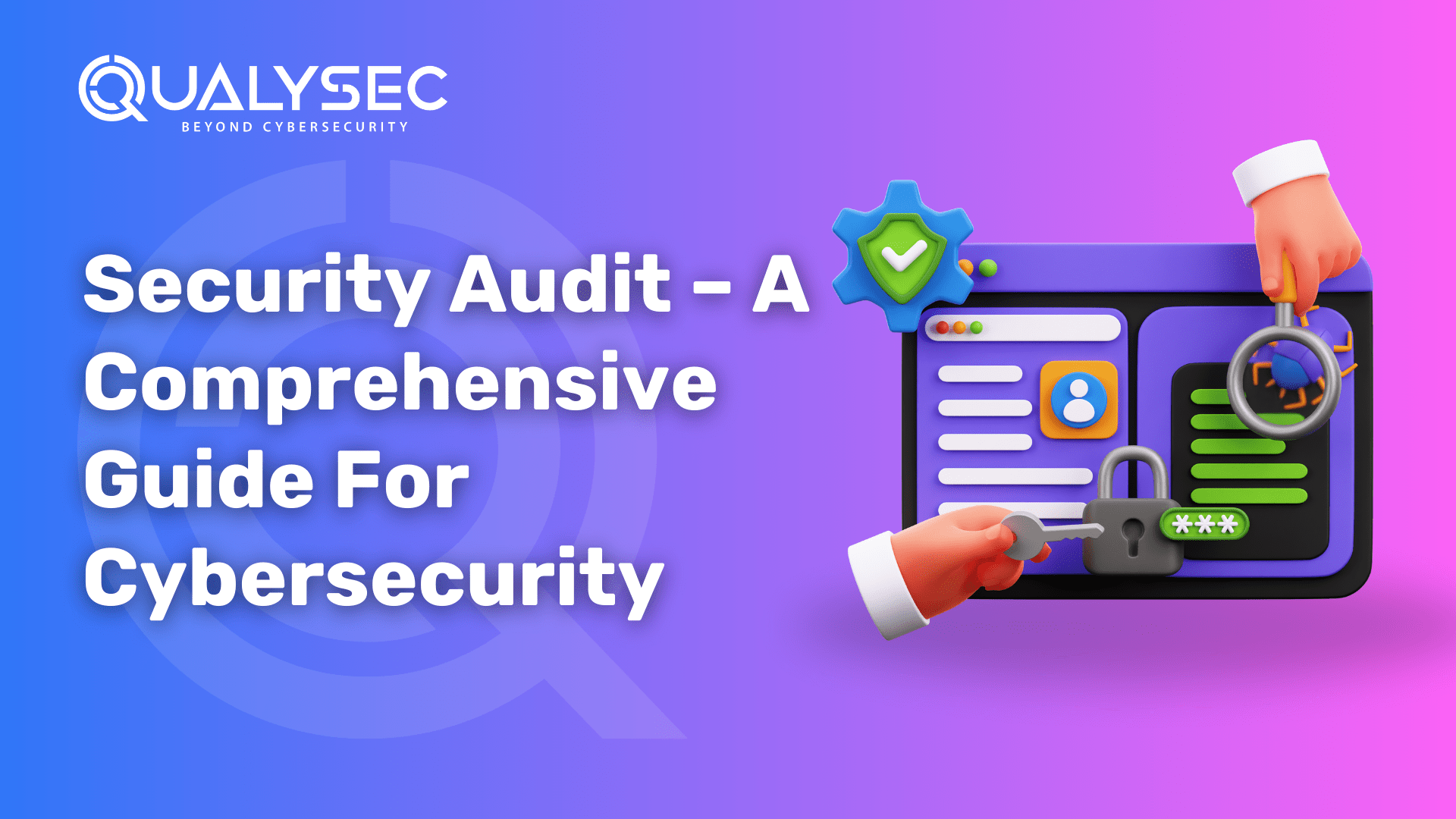
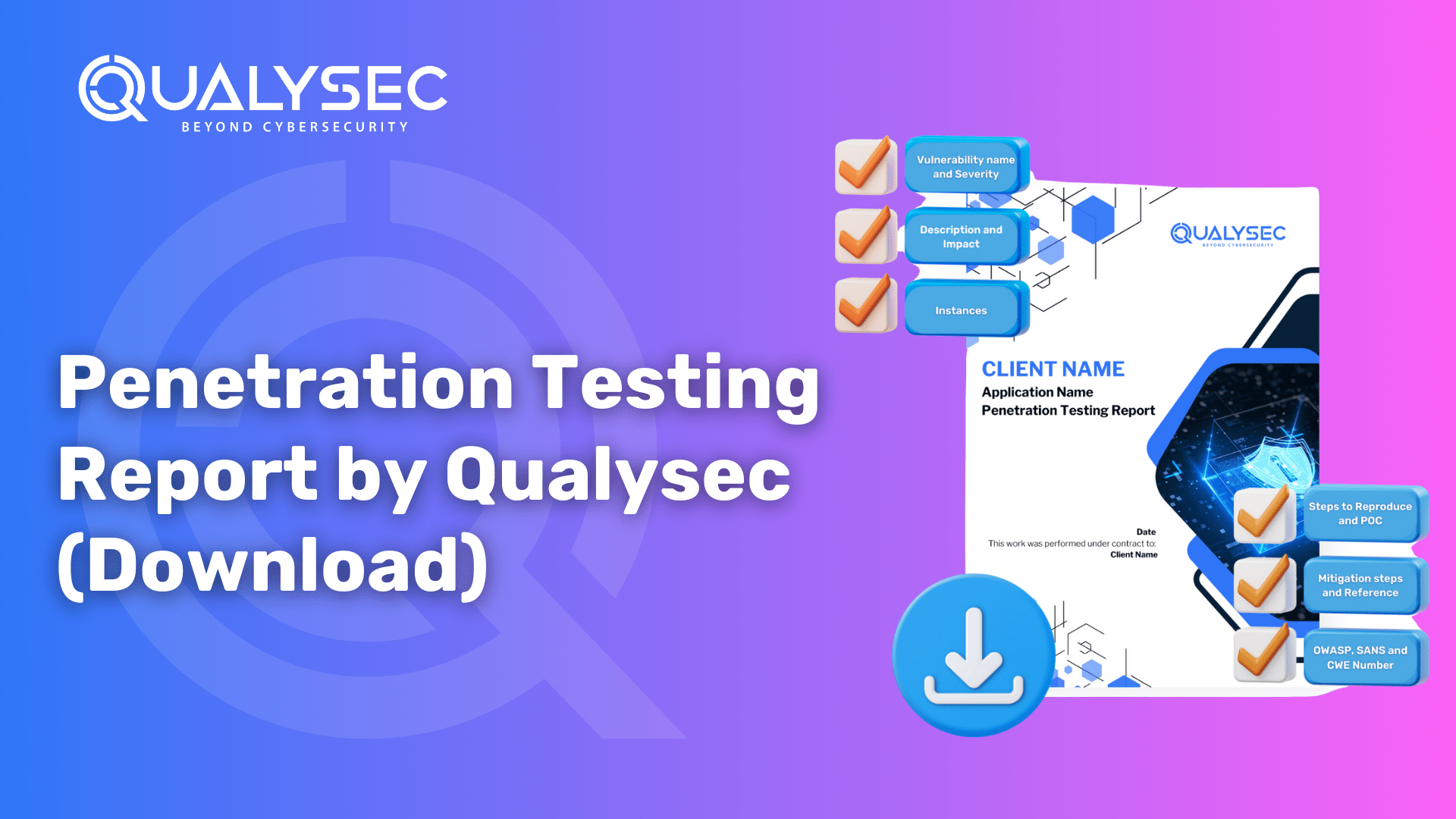
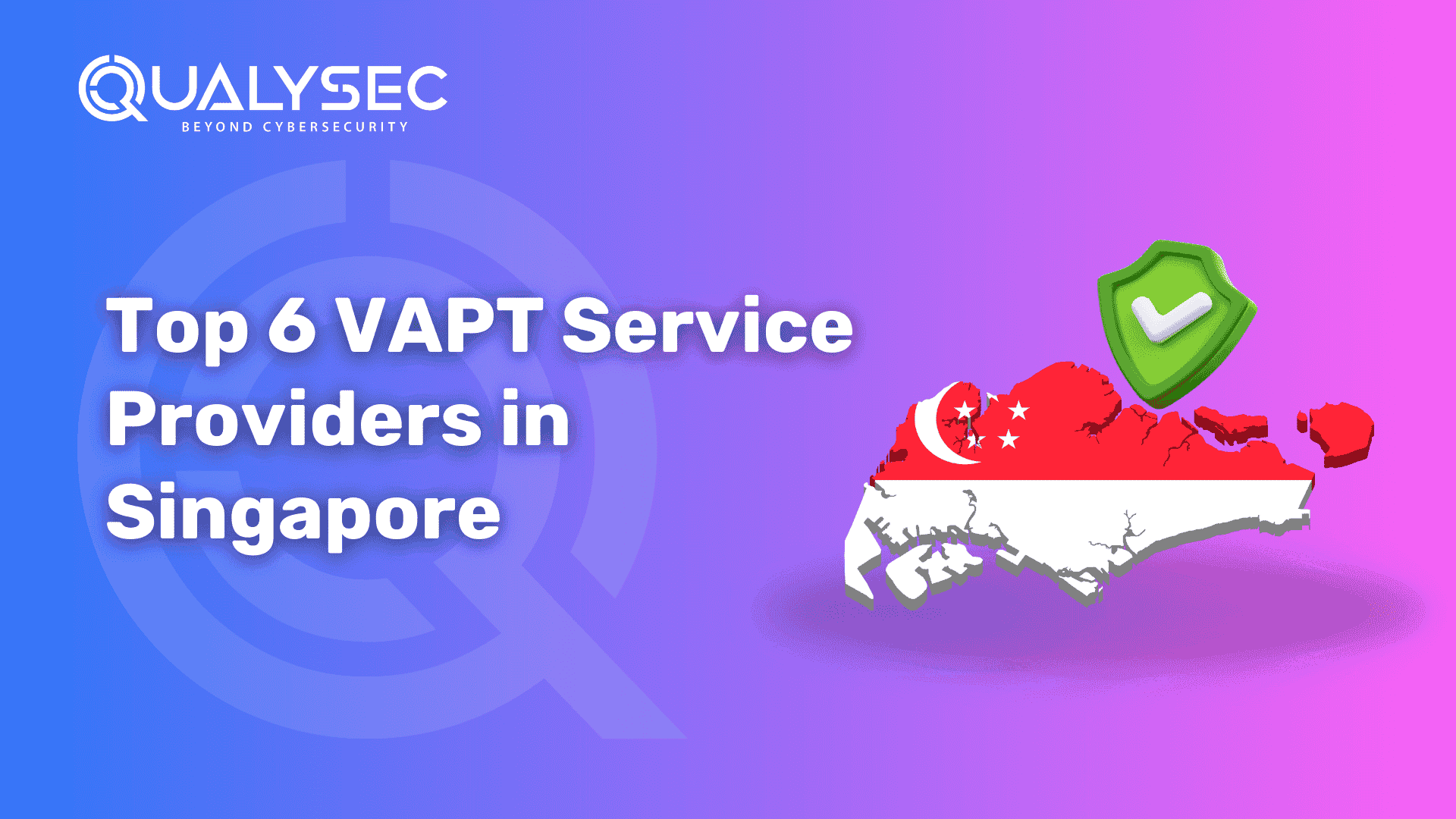
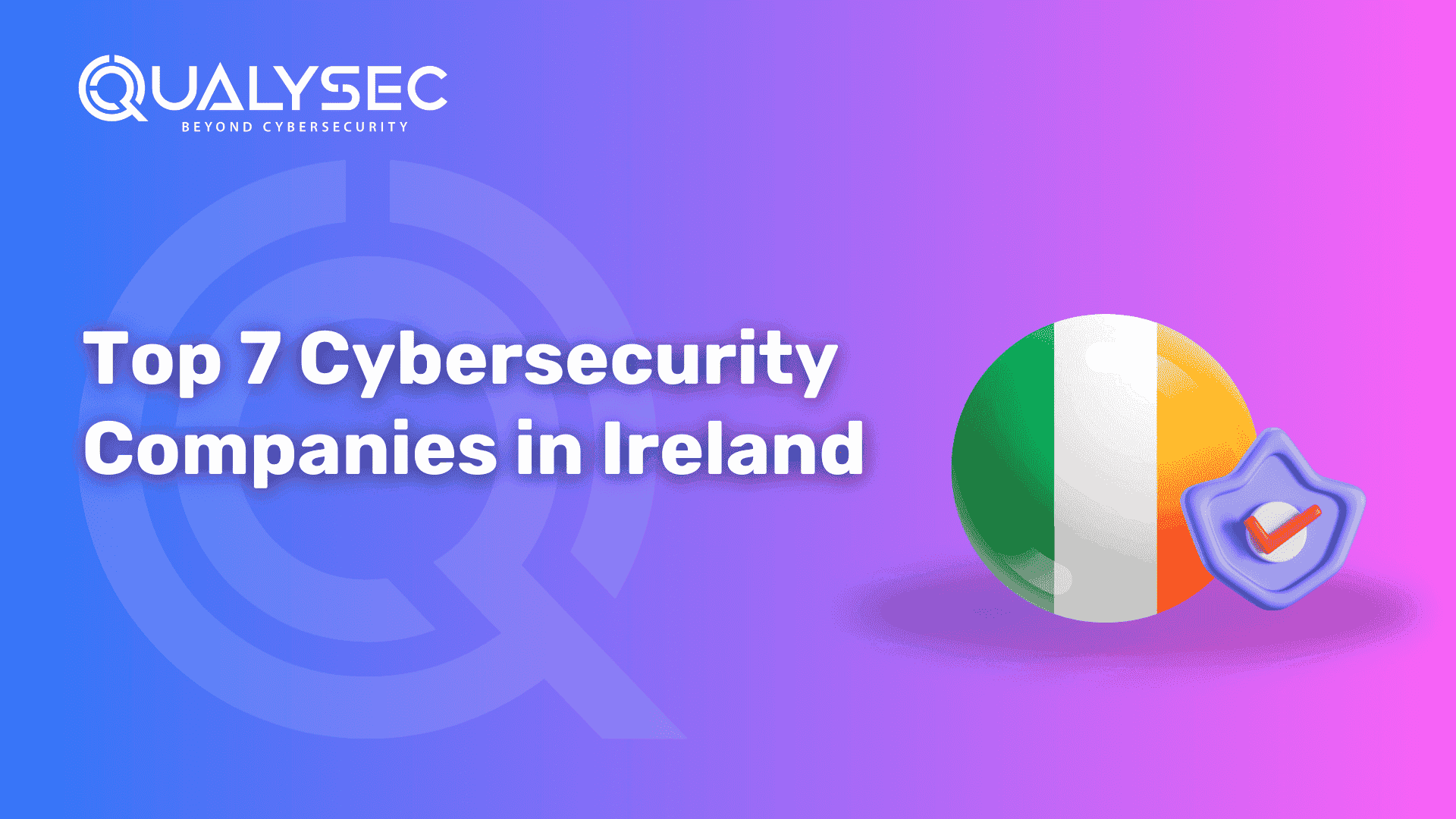
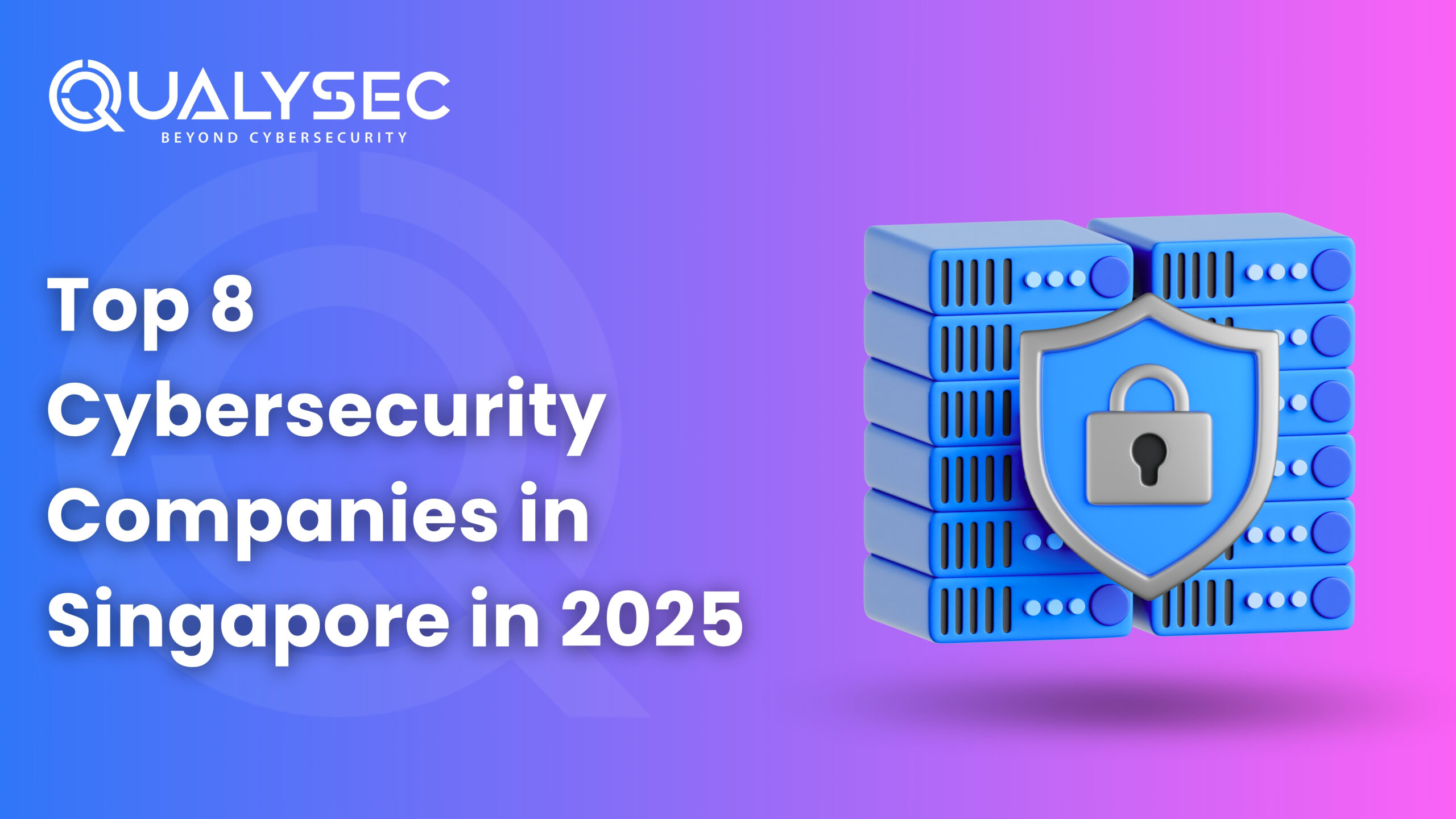
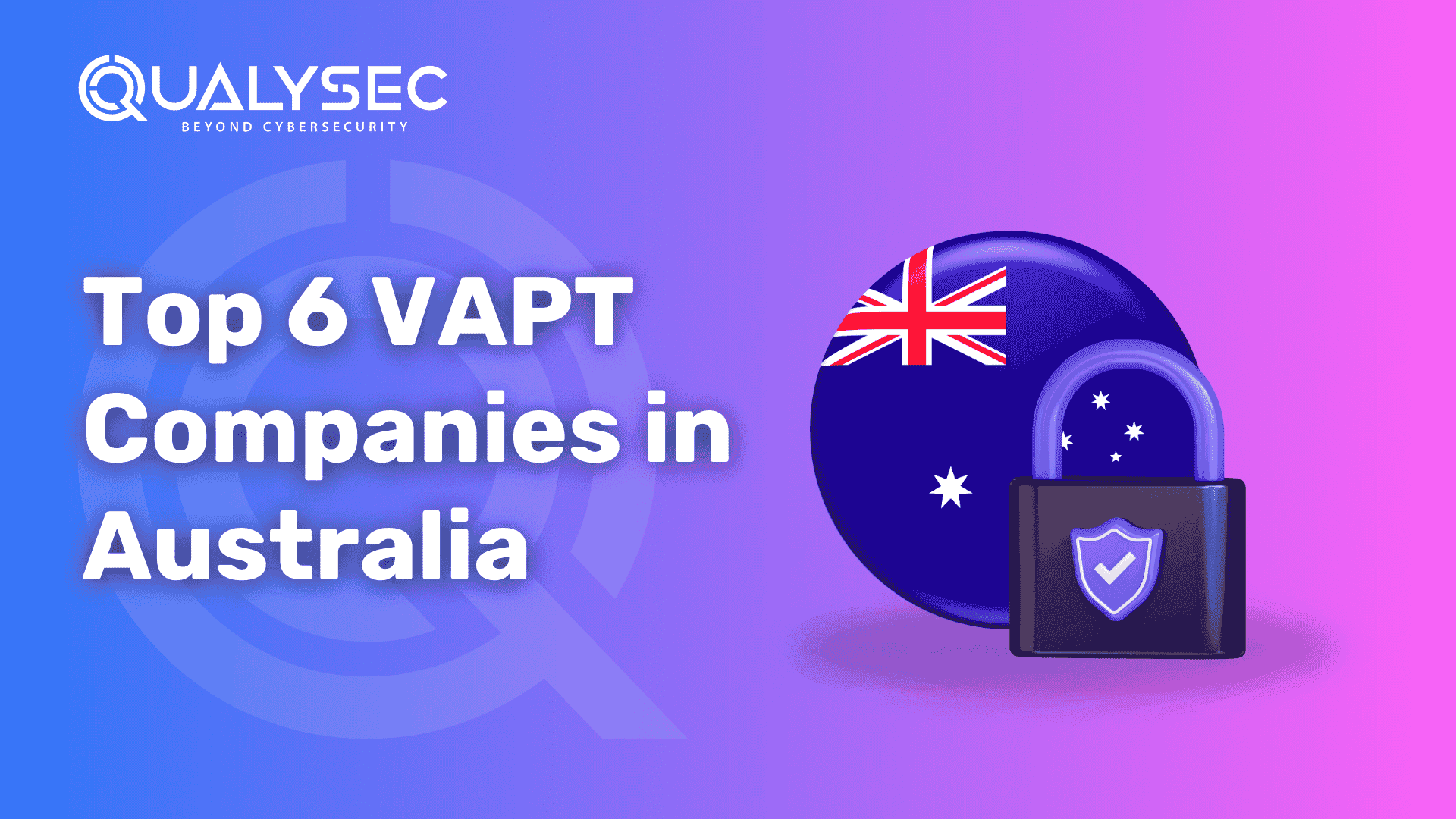
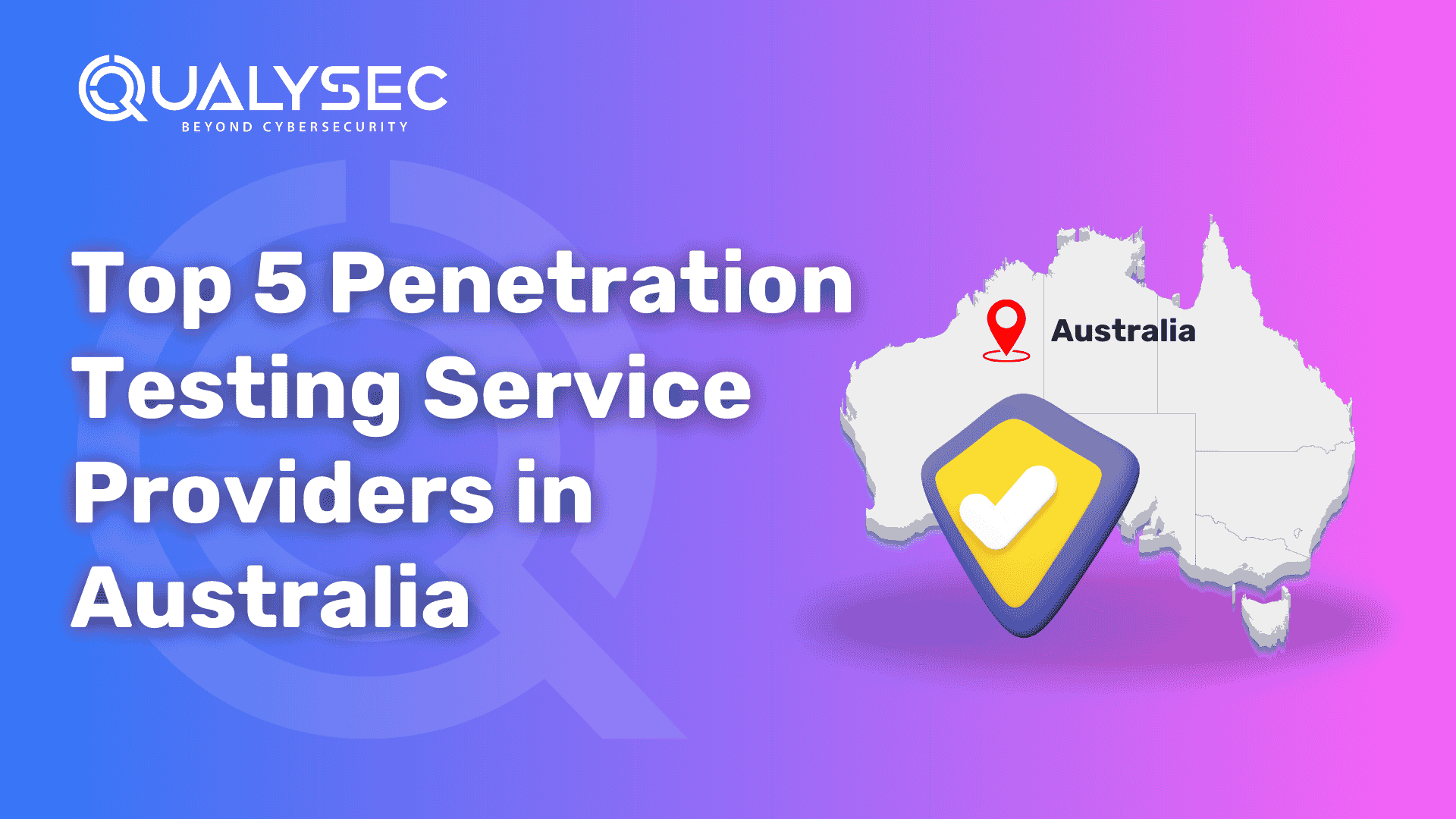
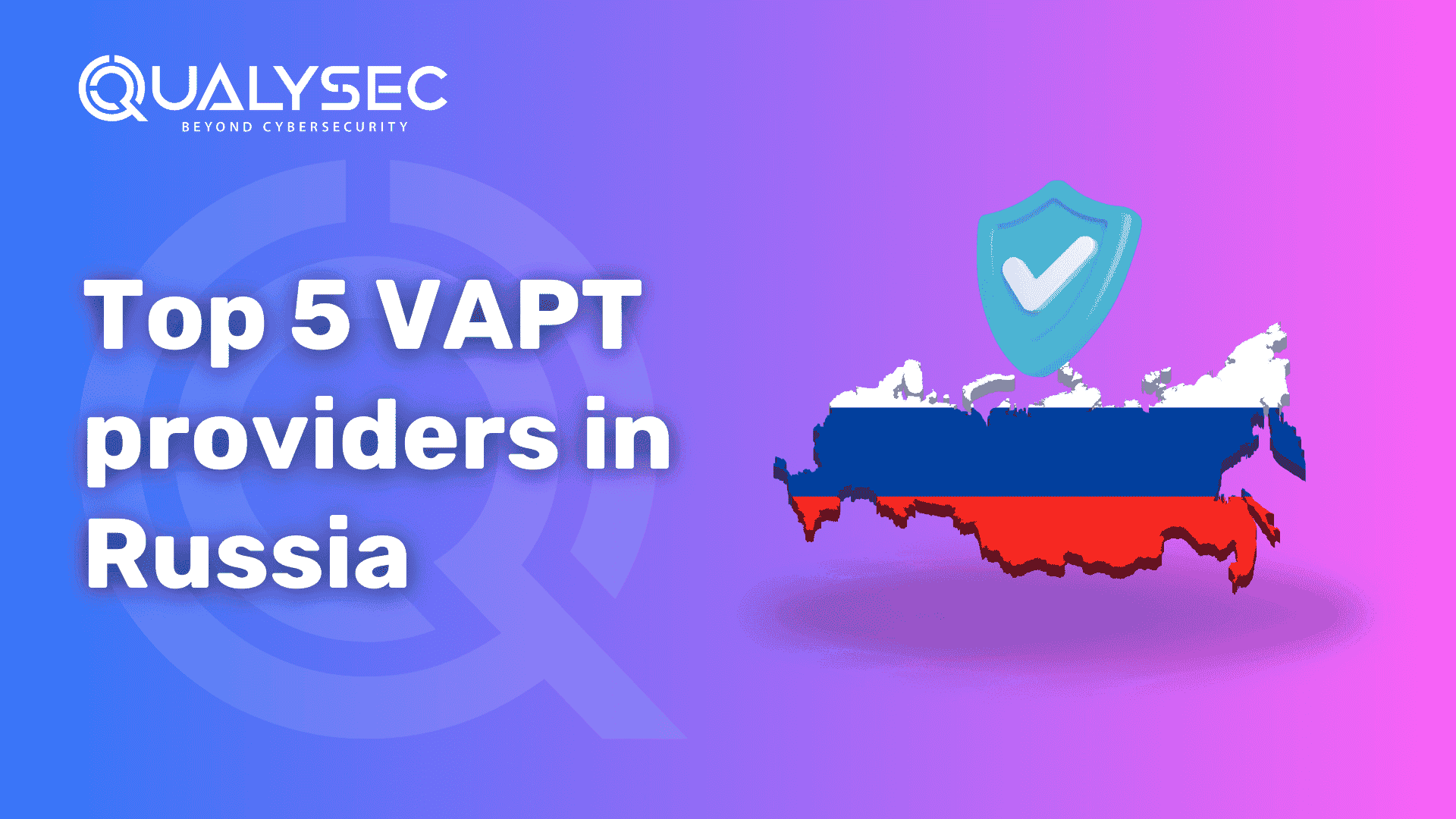
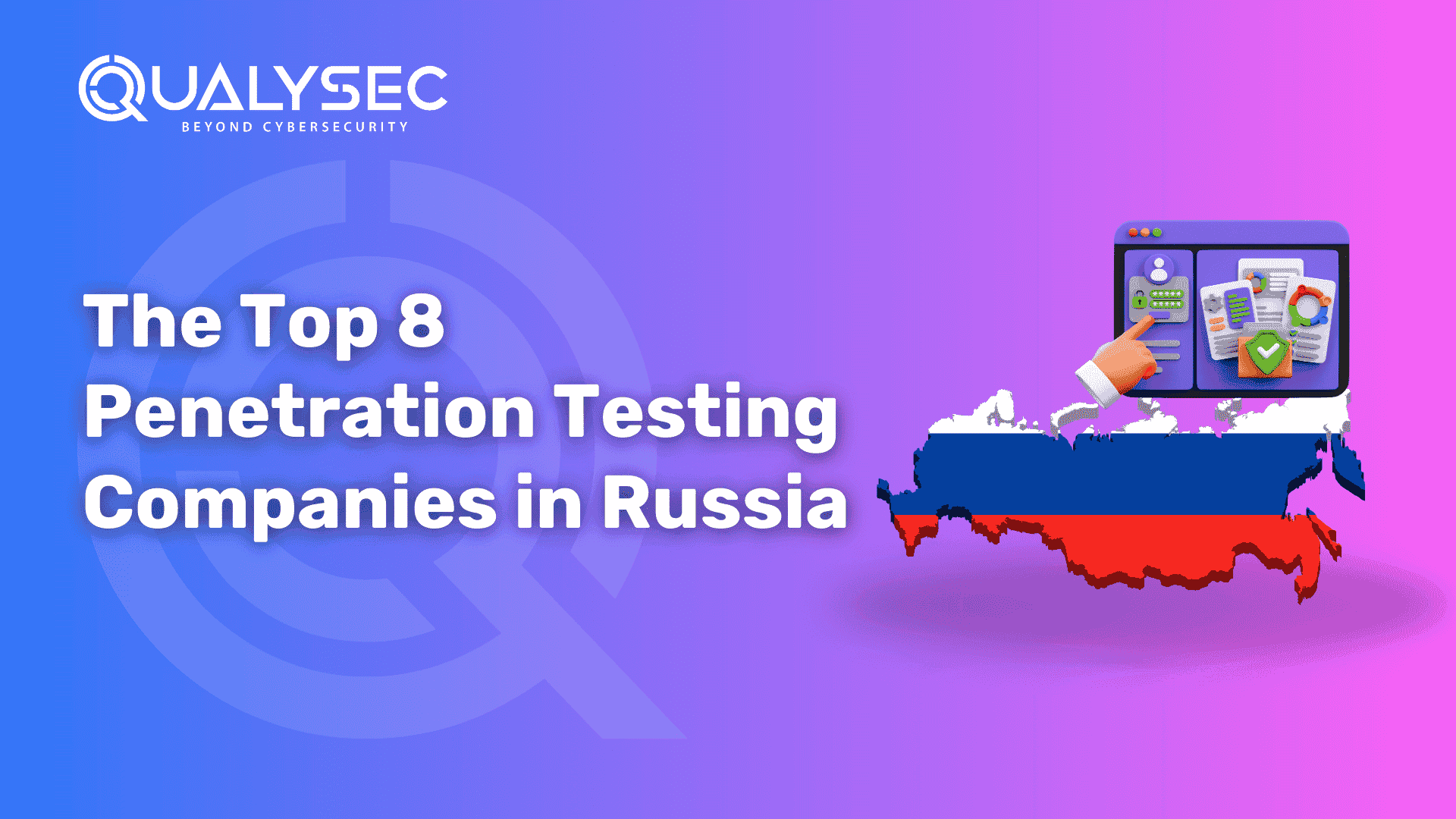
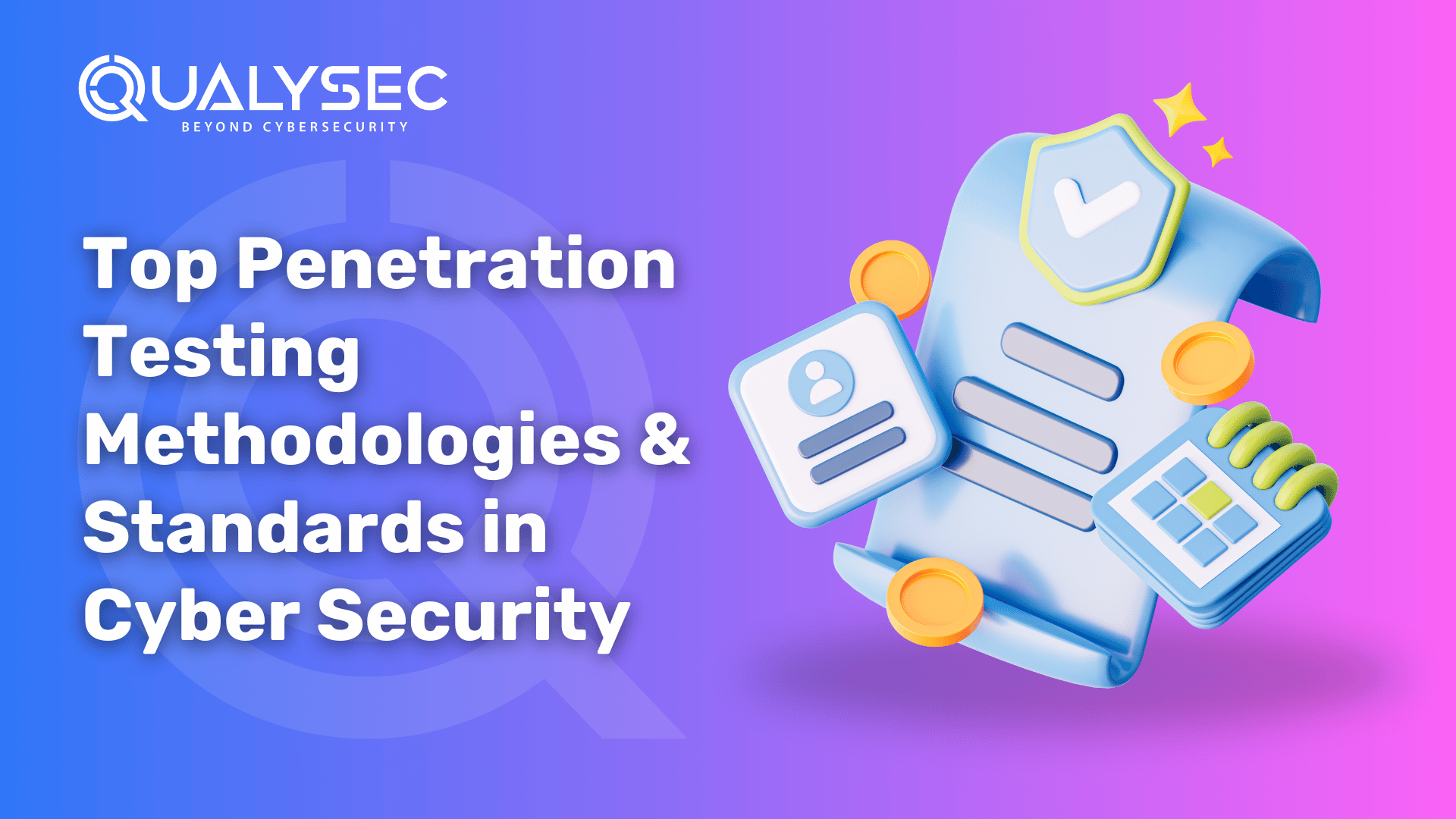
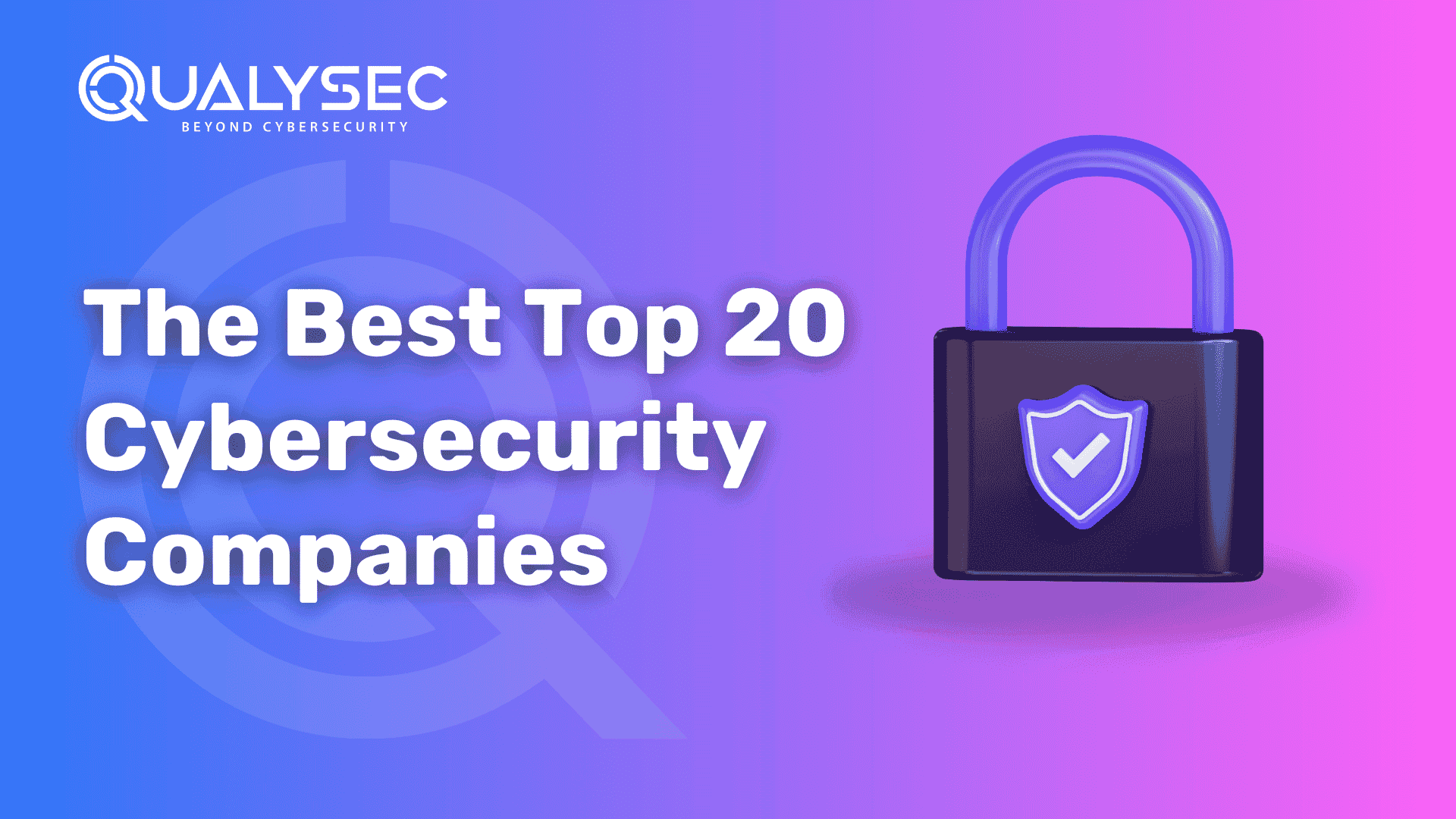
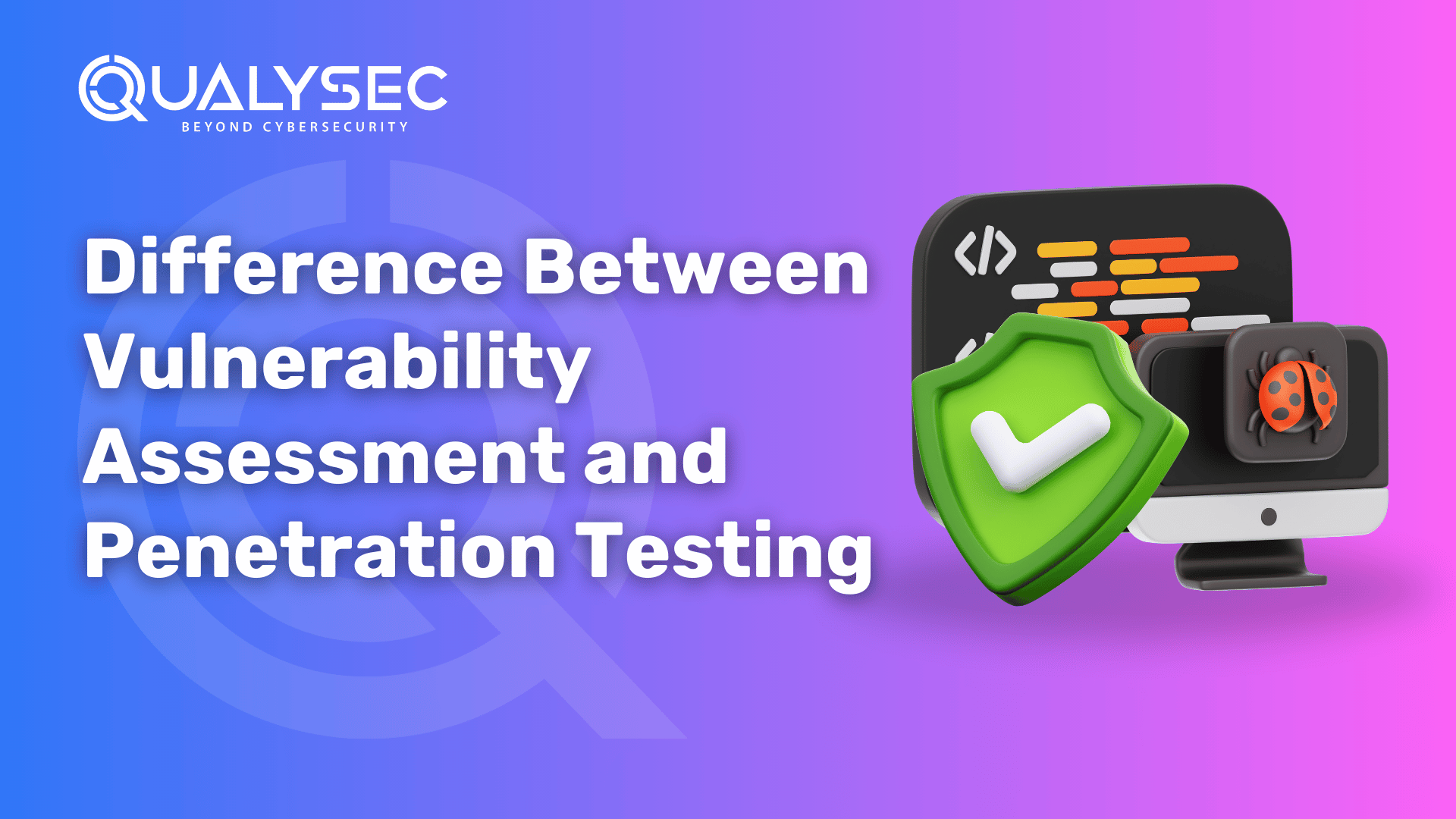
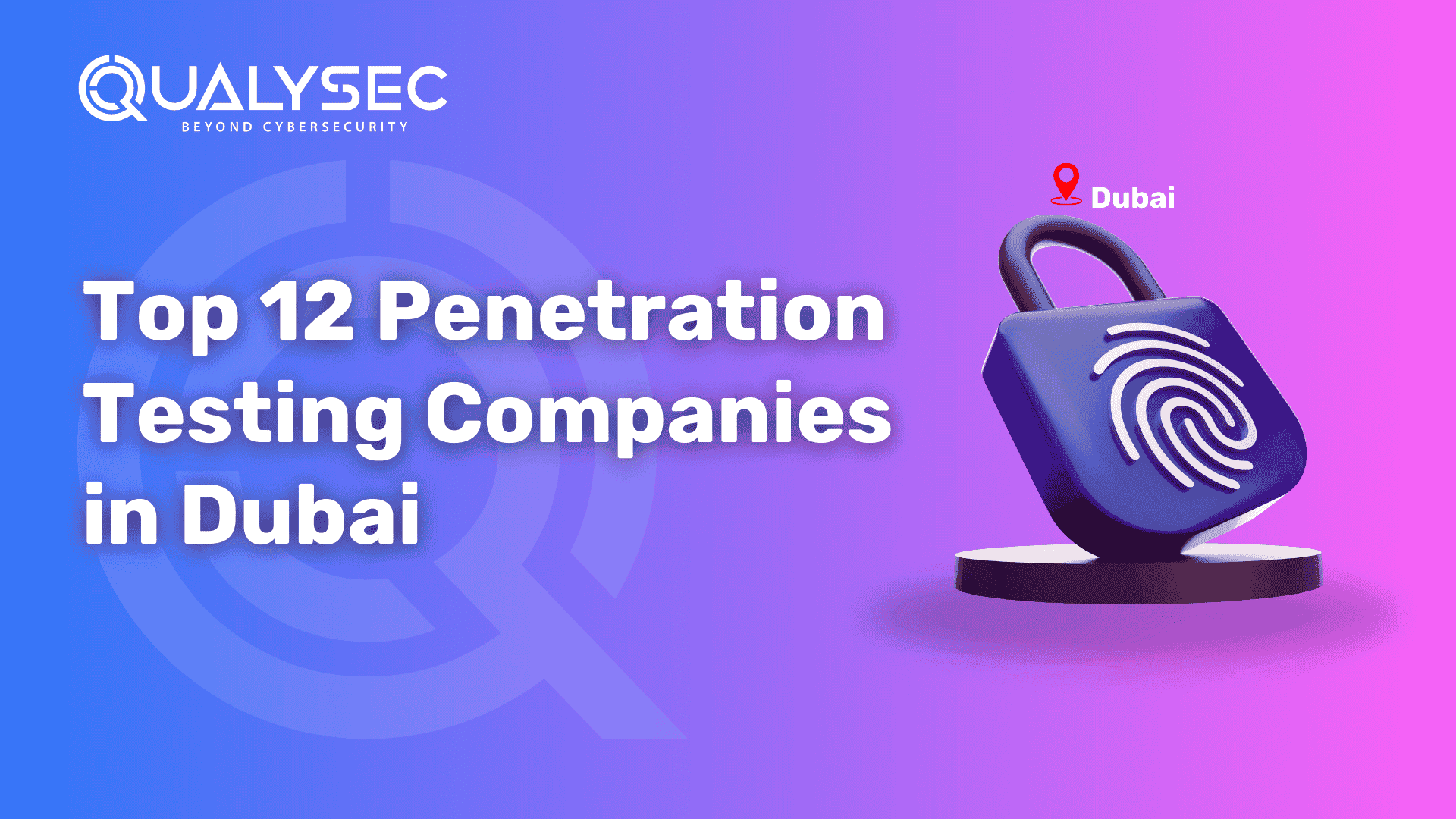
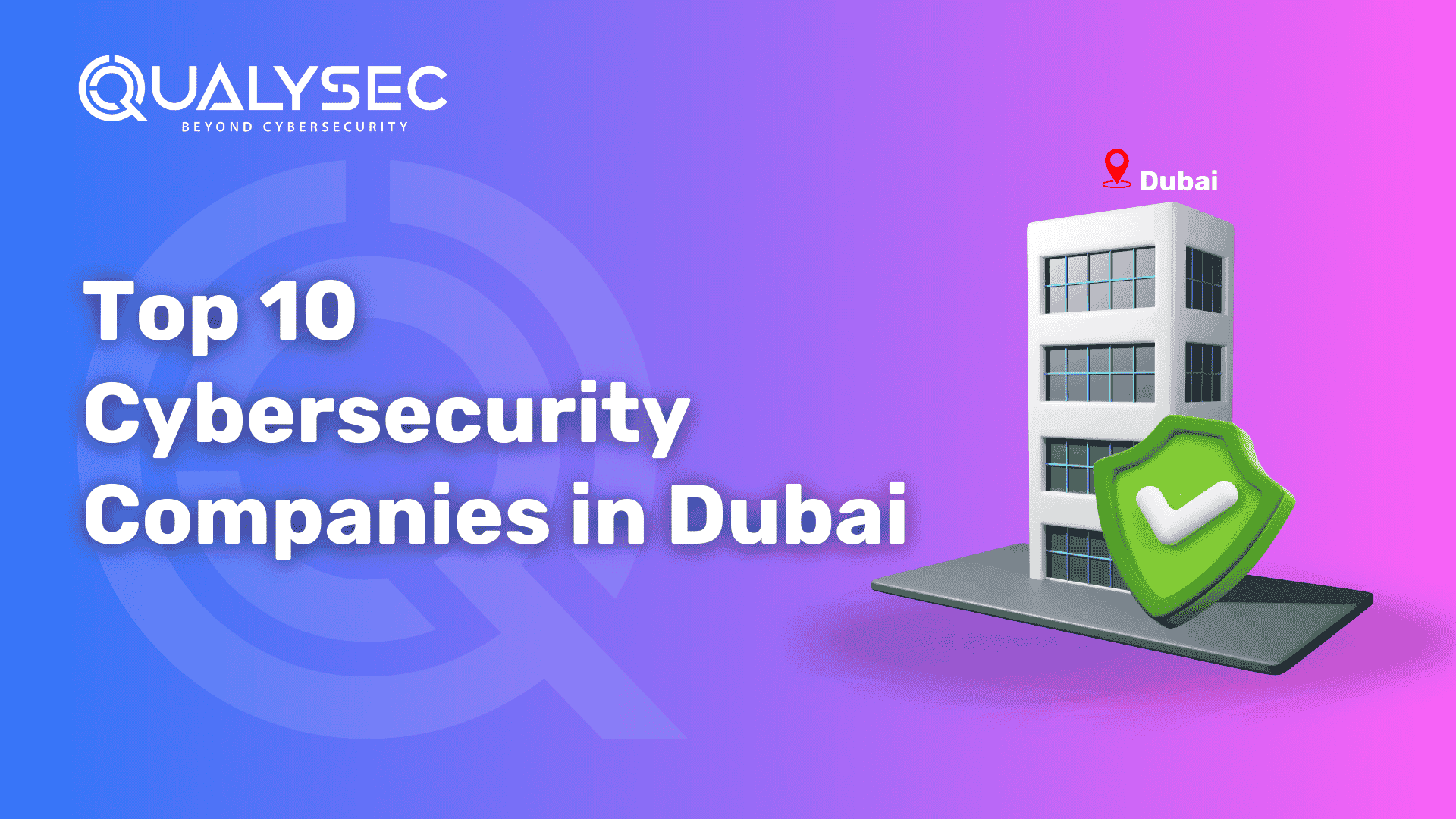
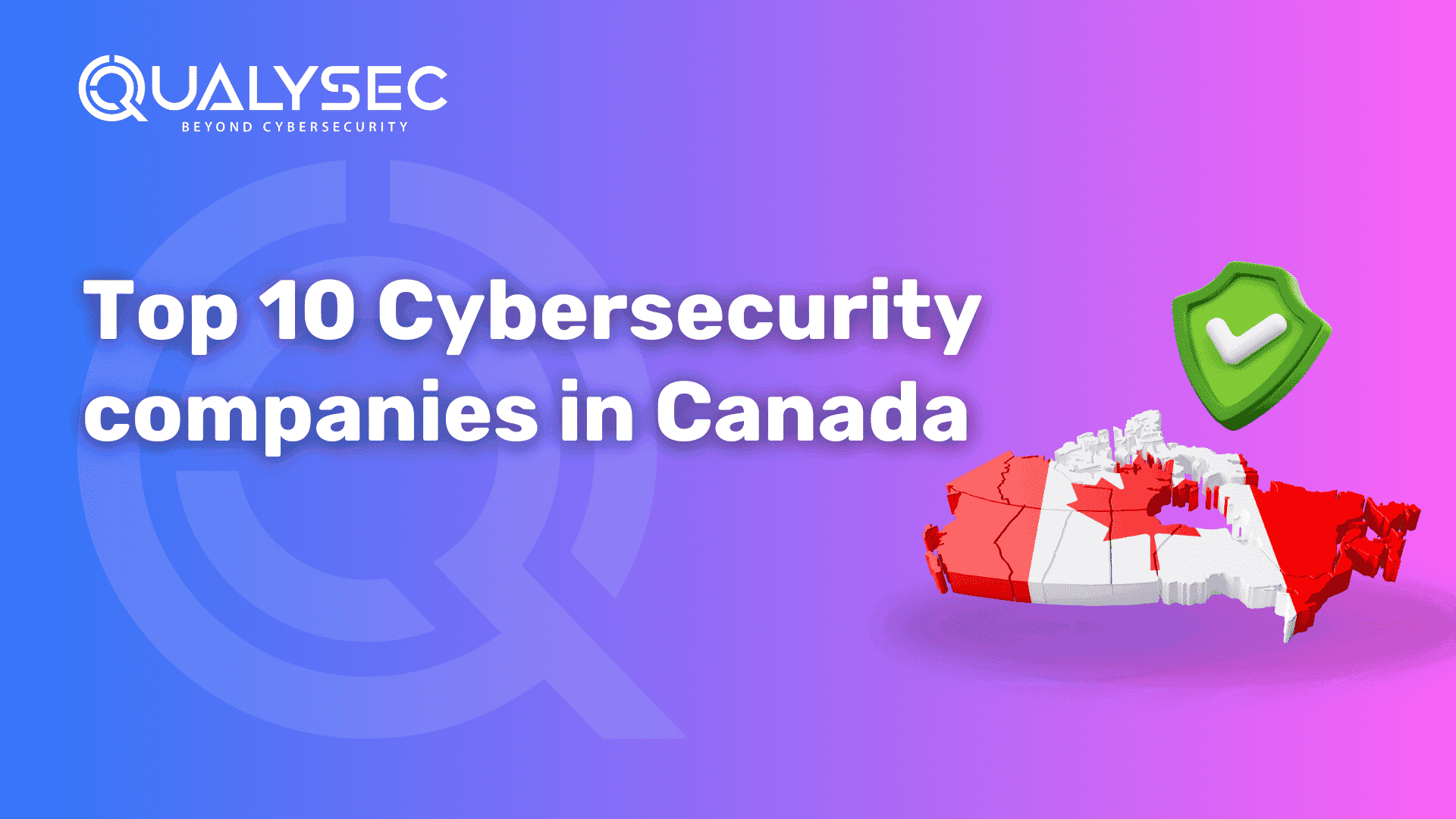




0 Comments